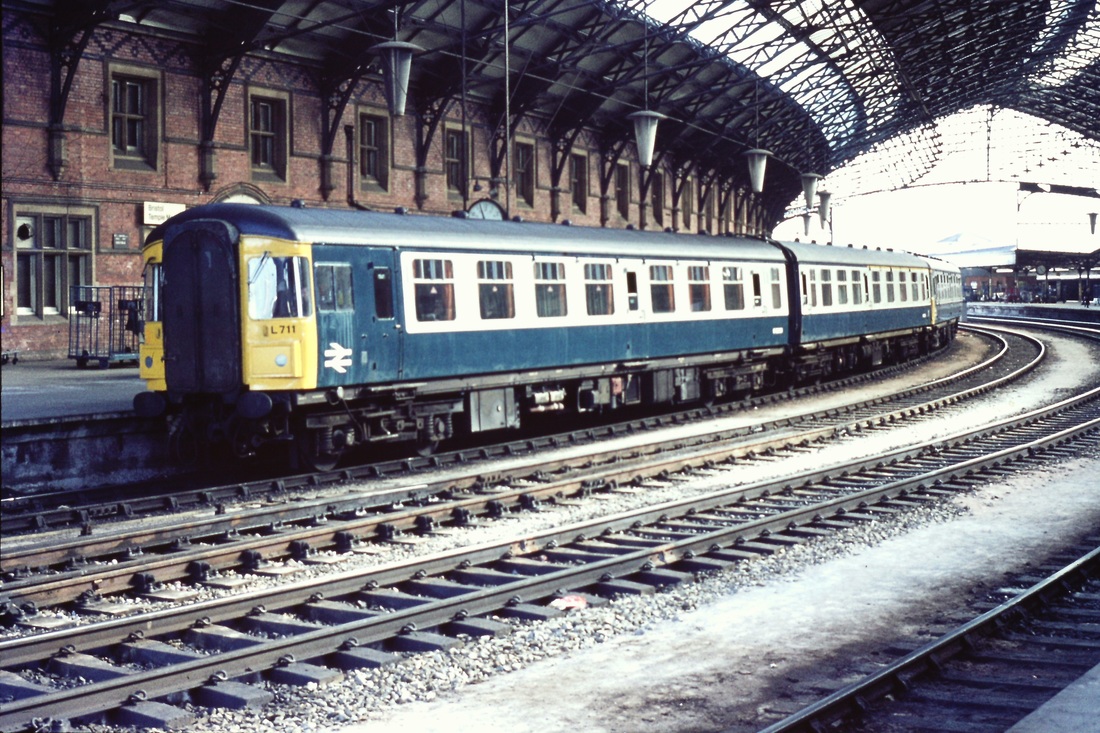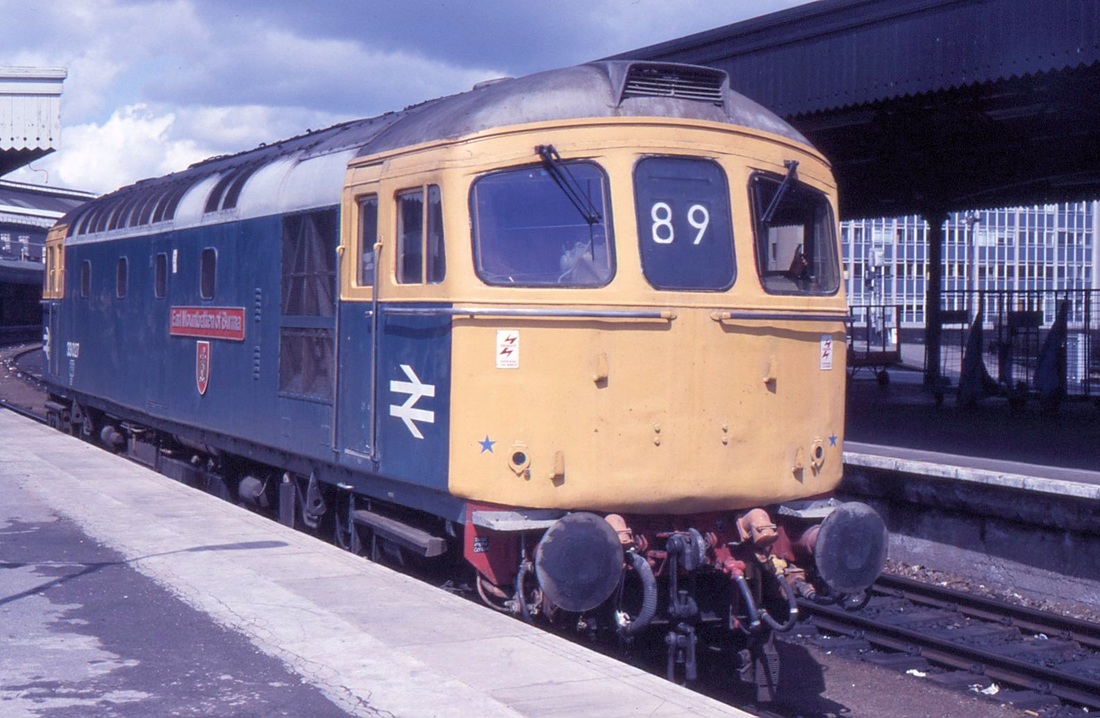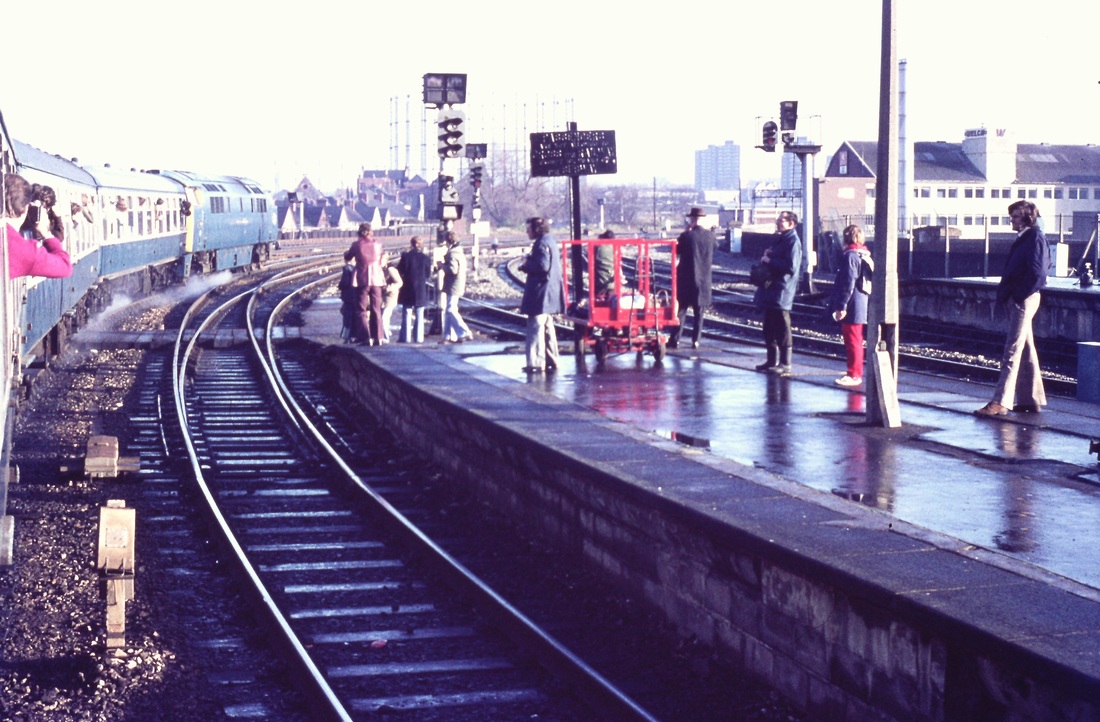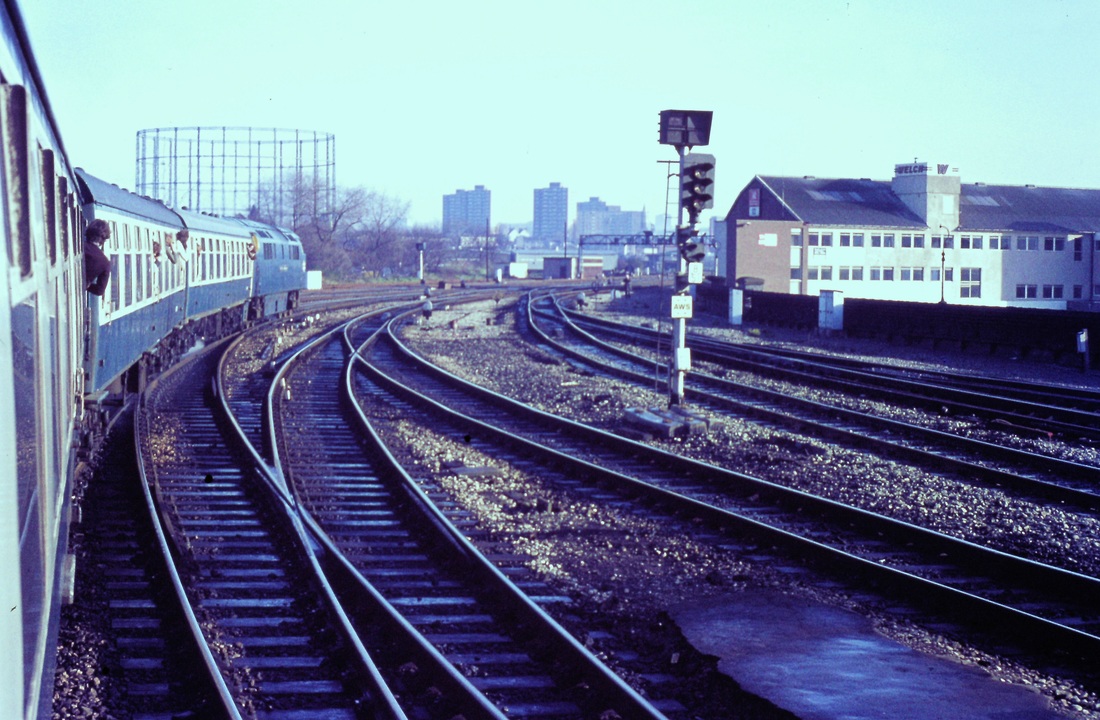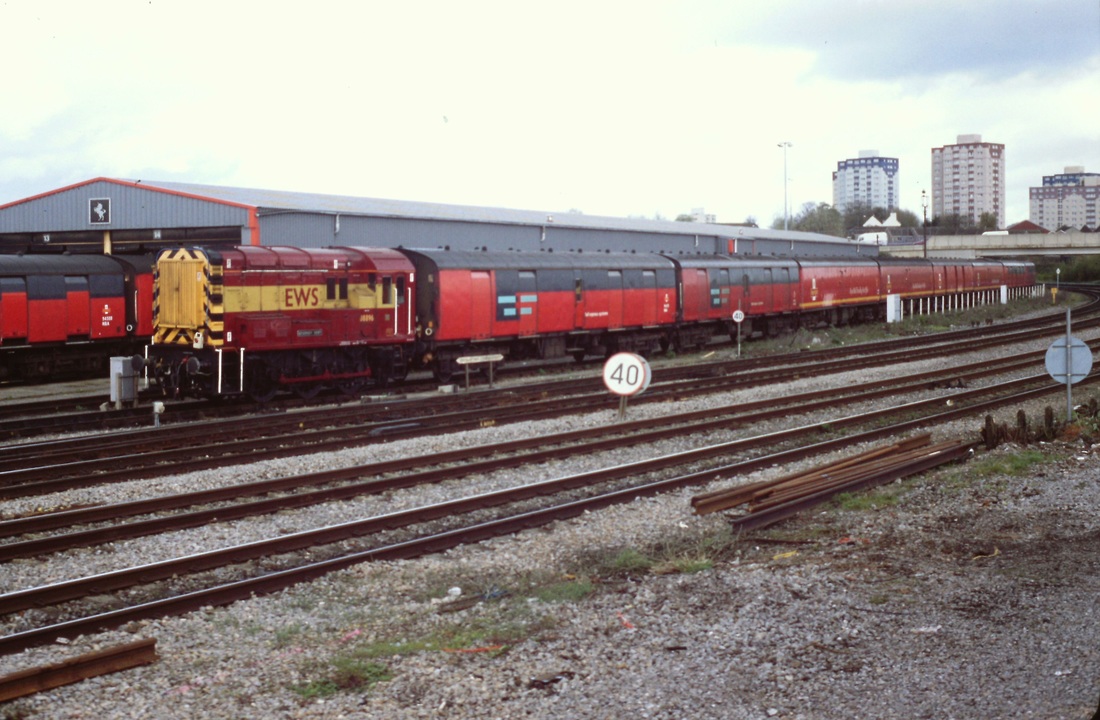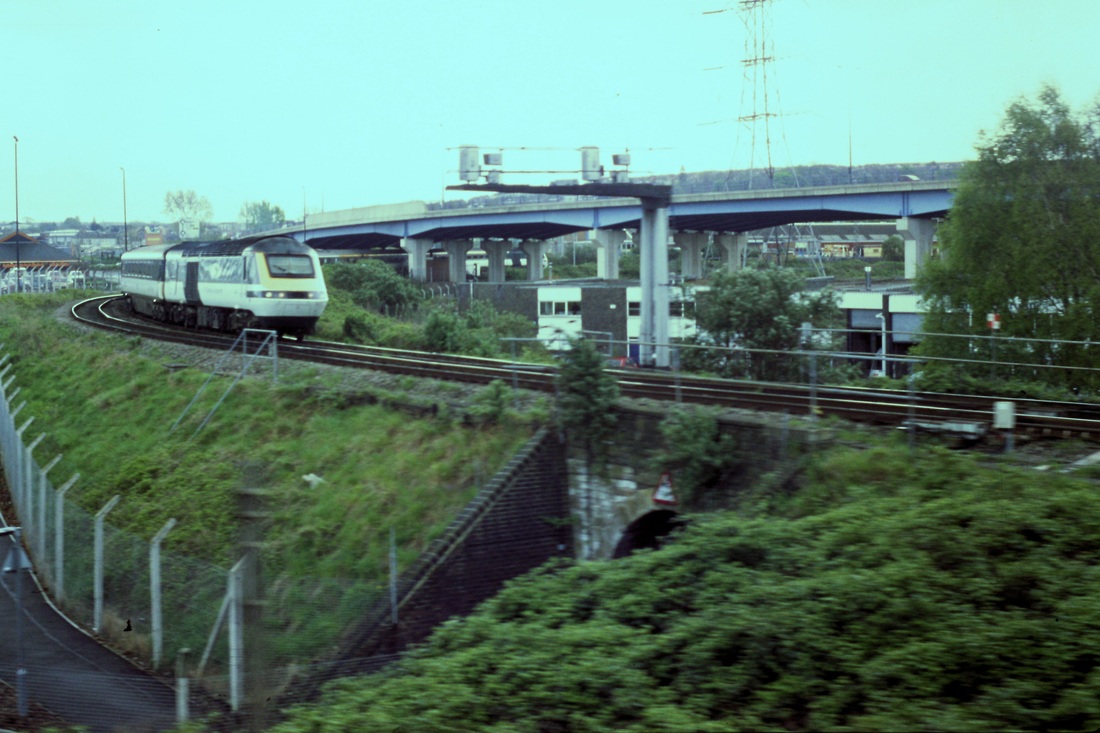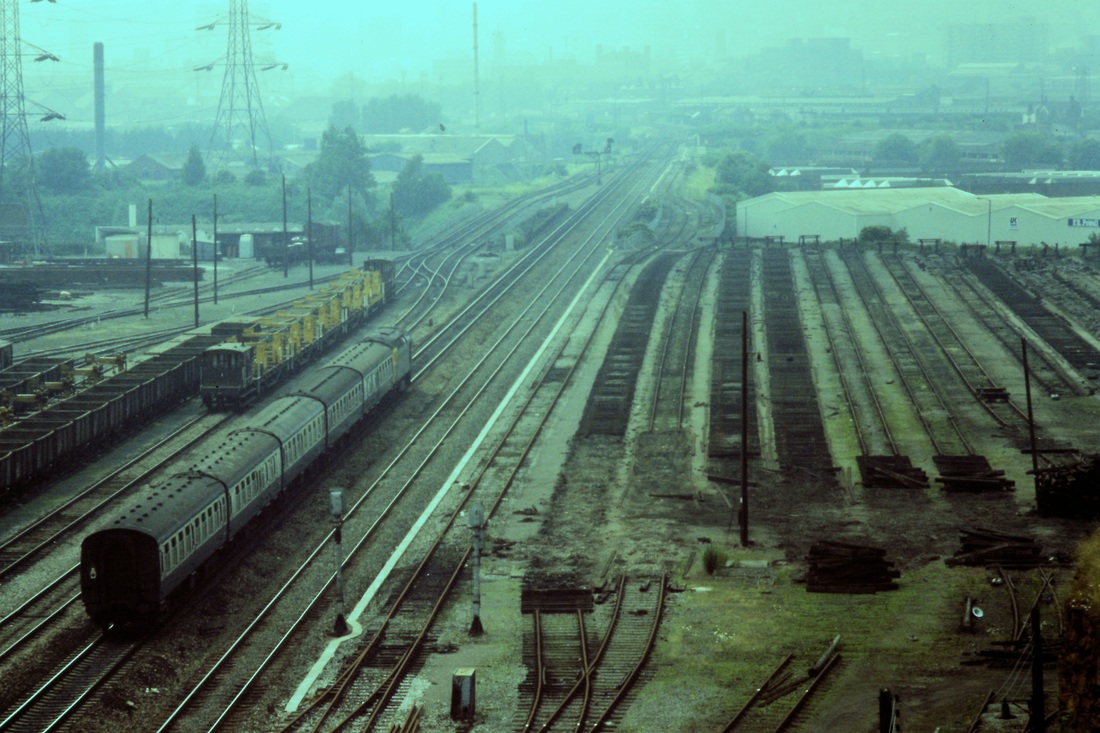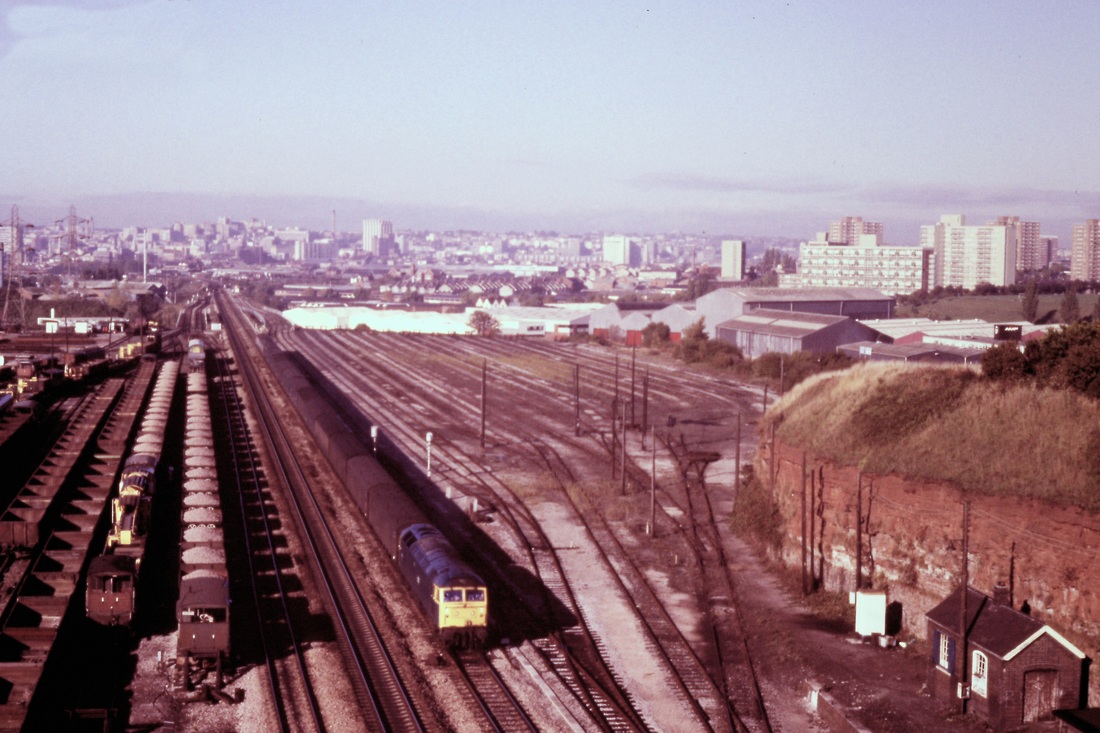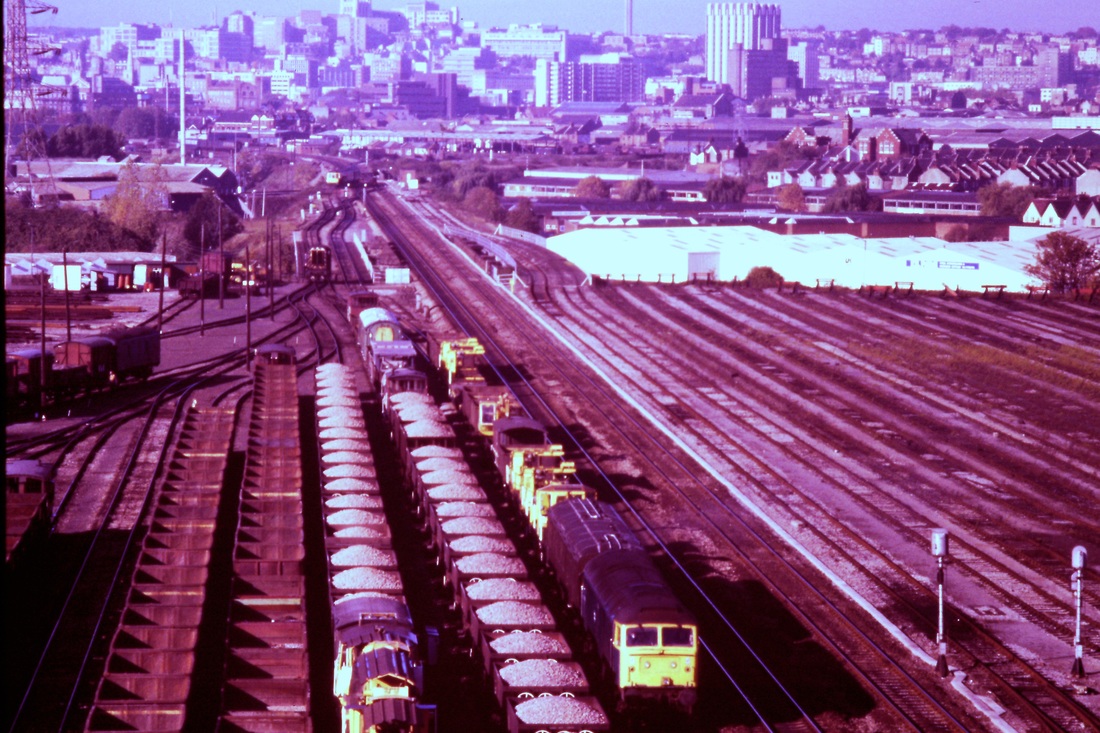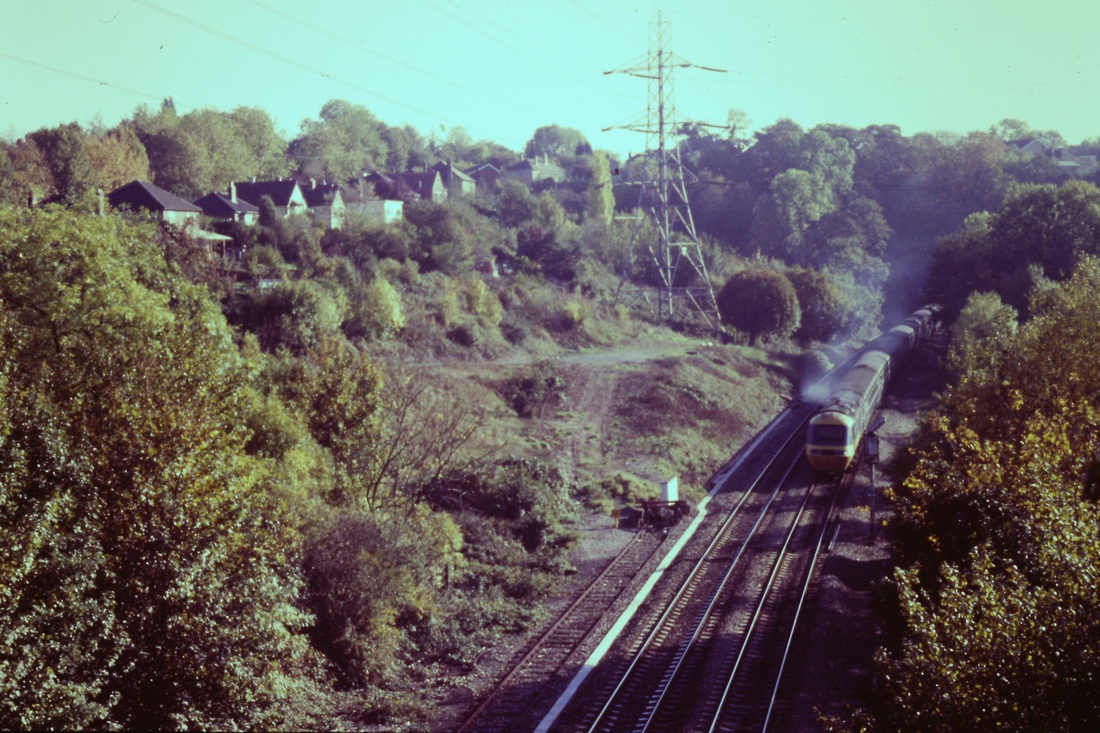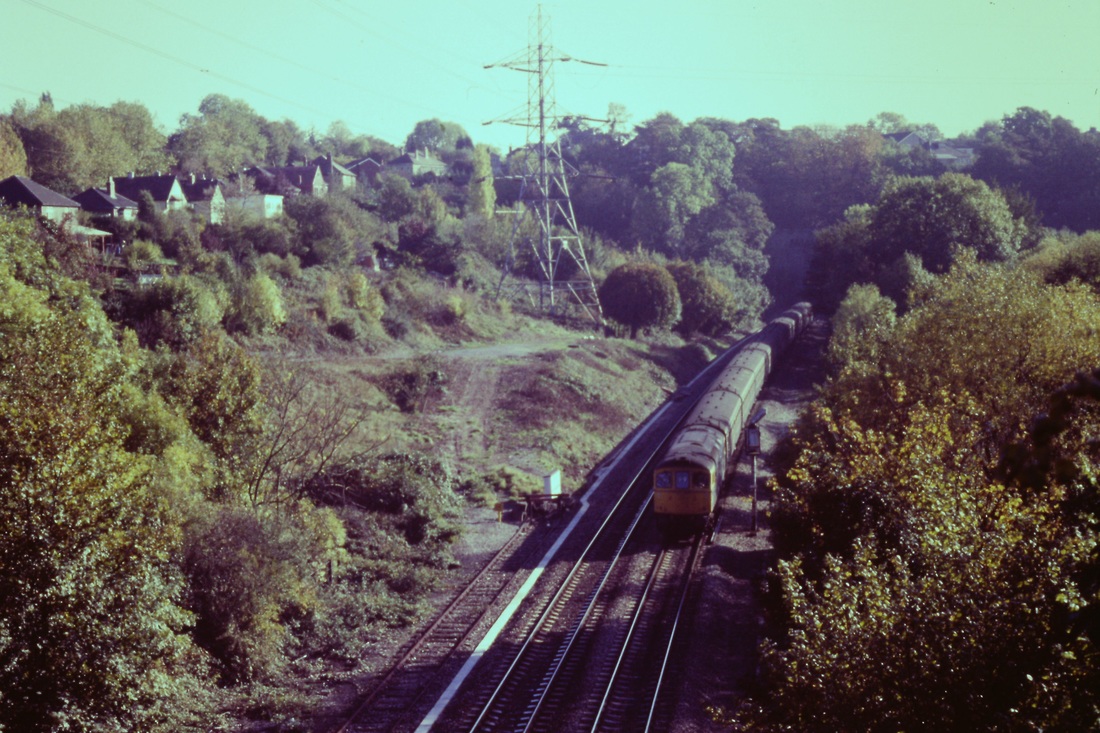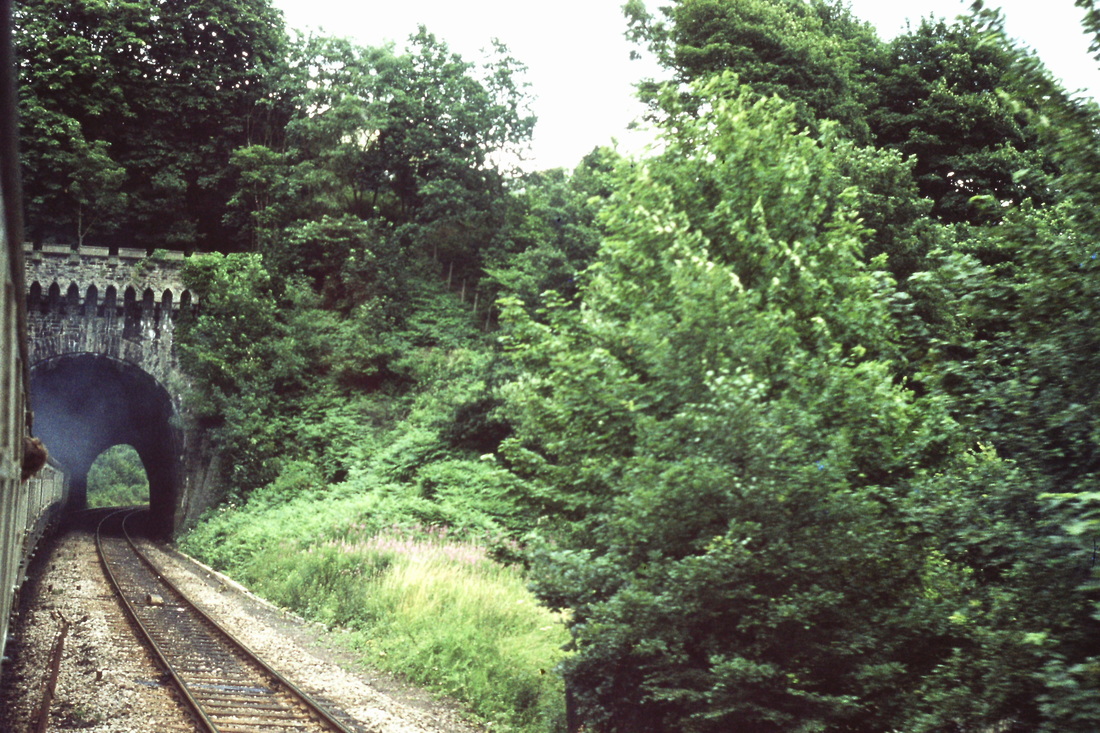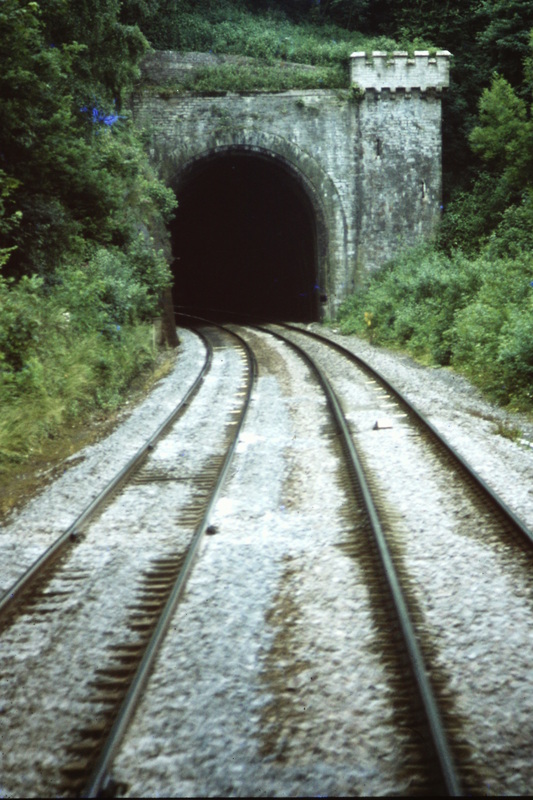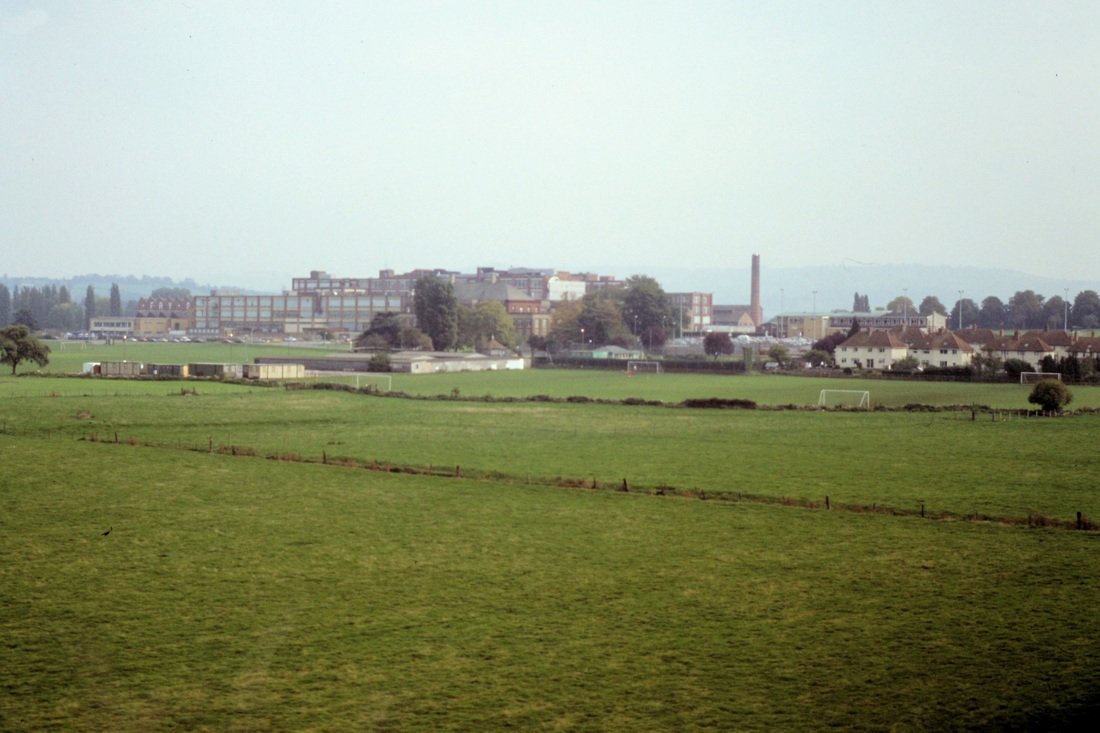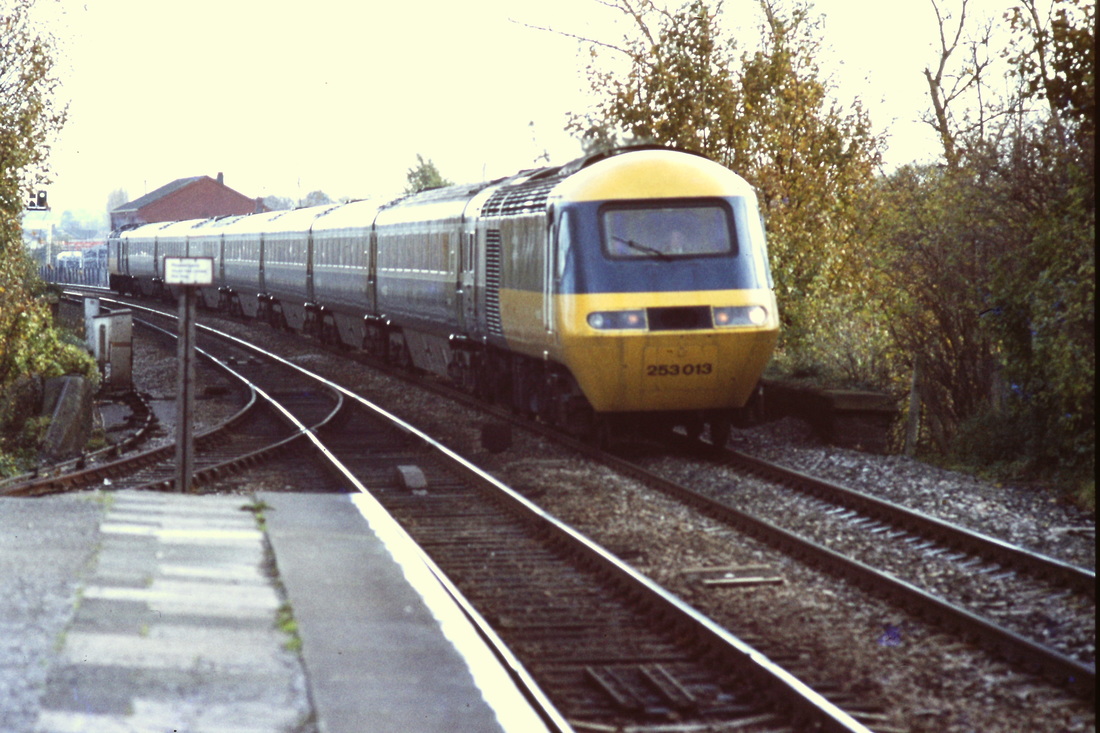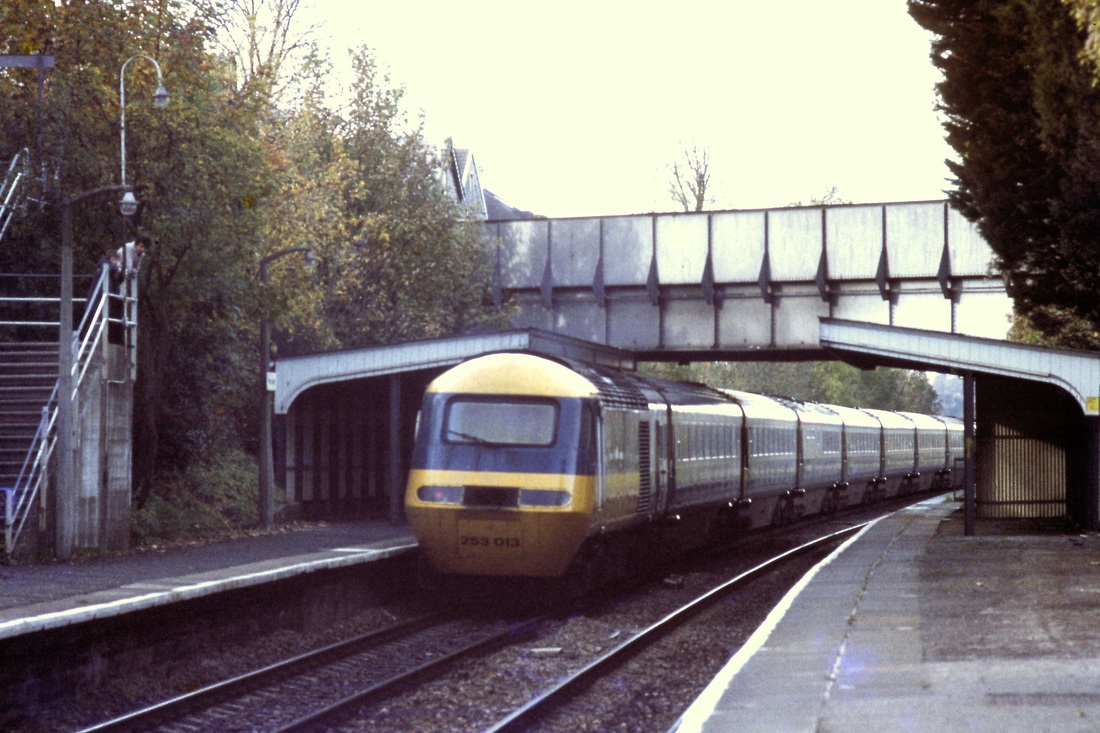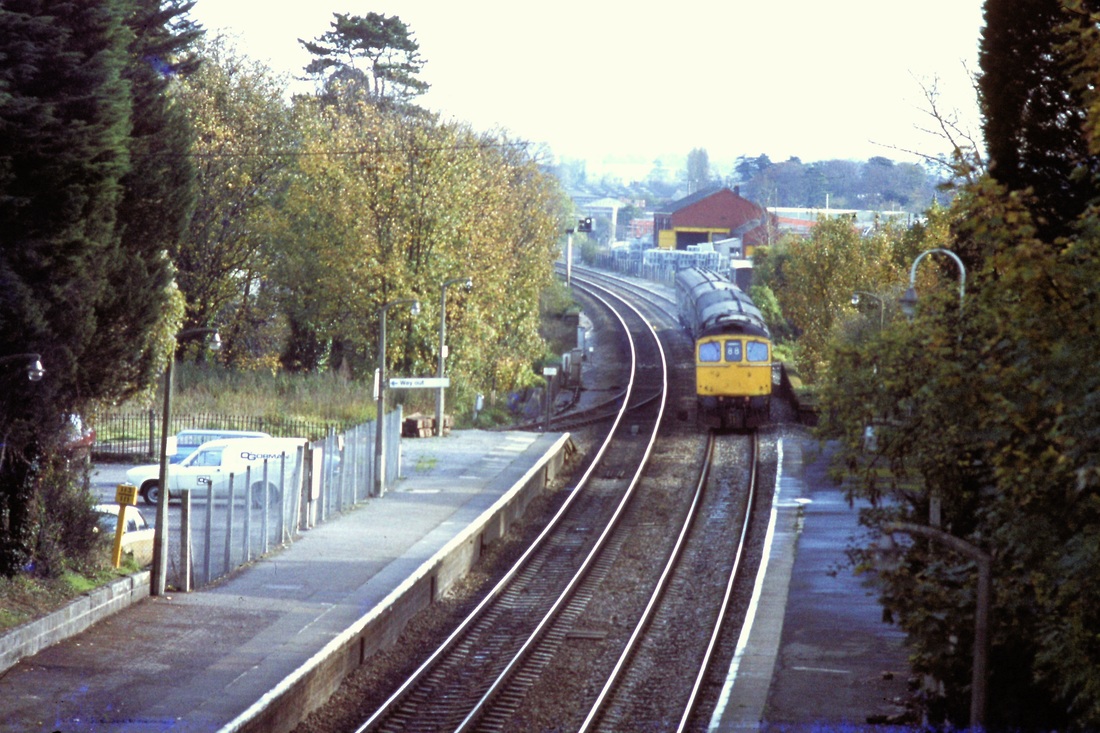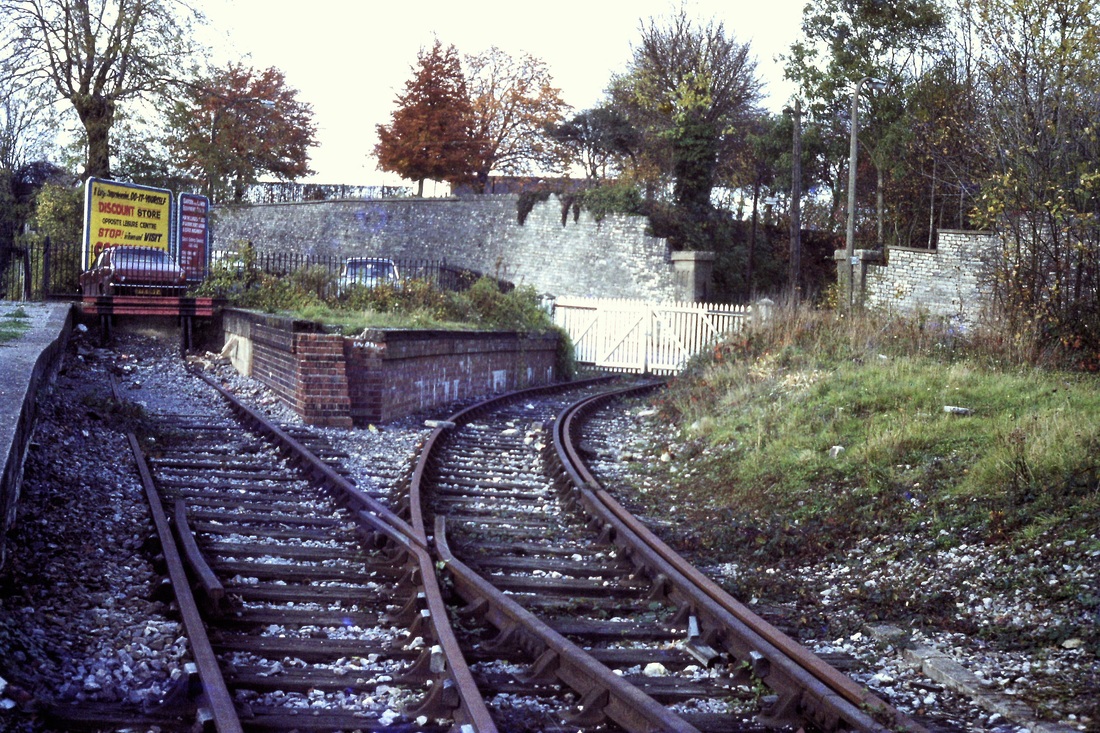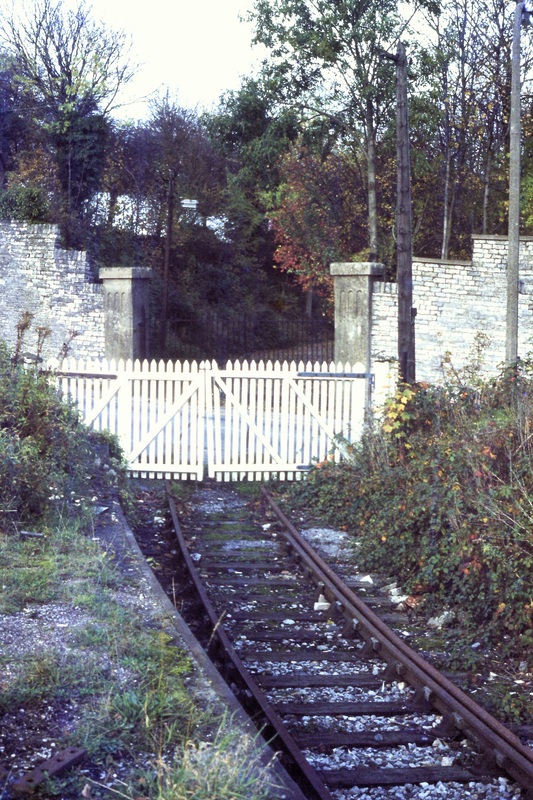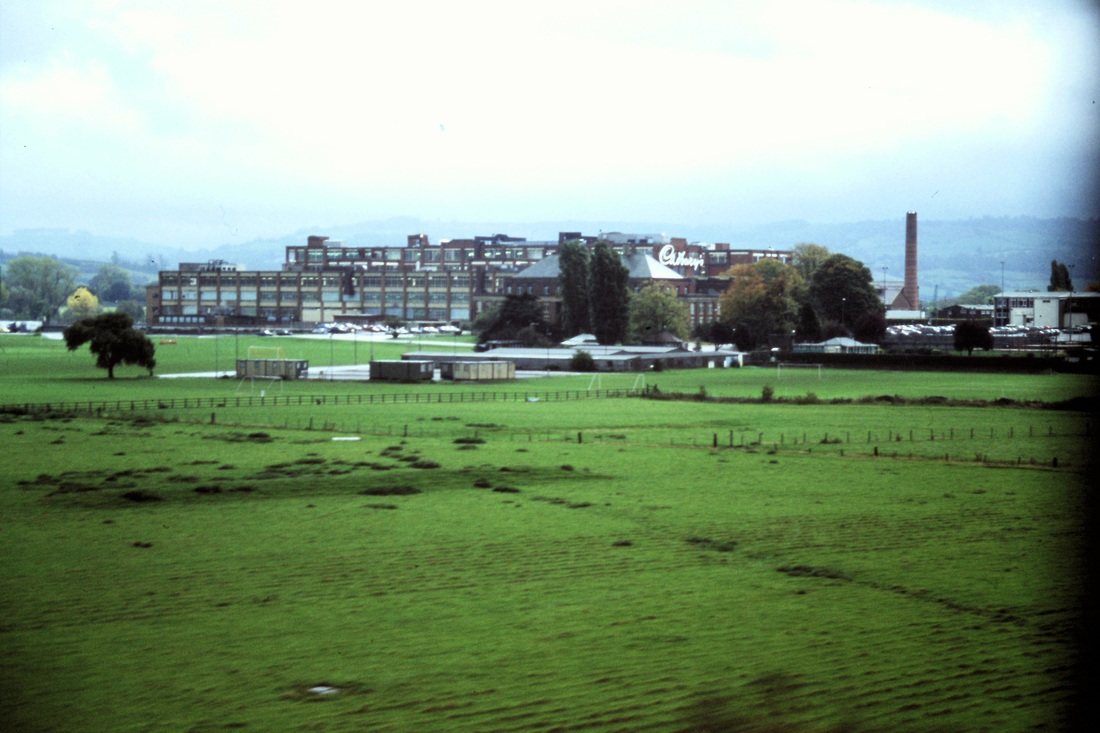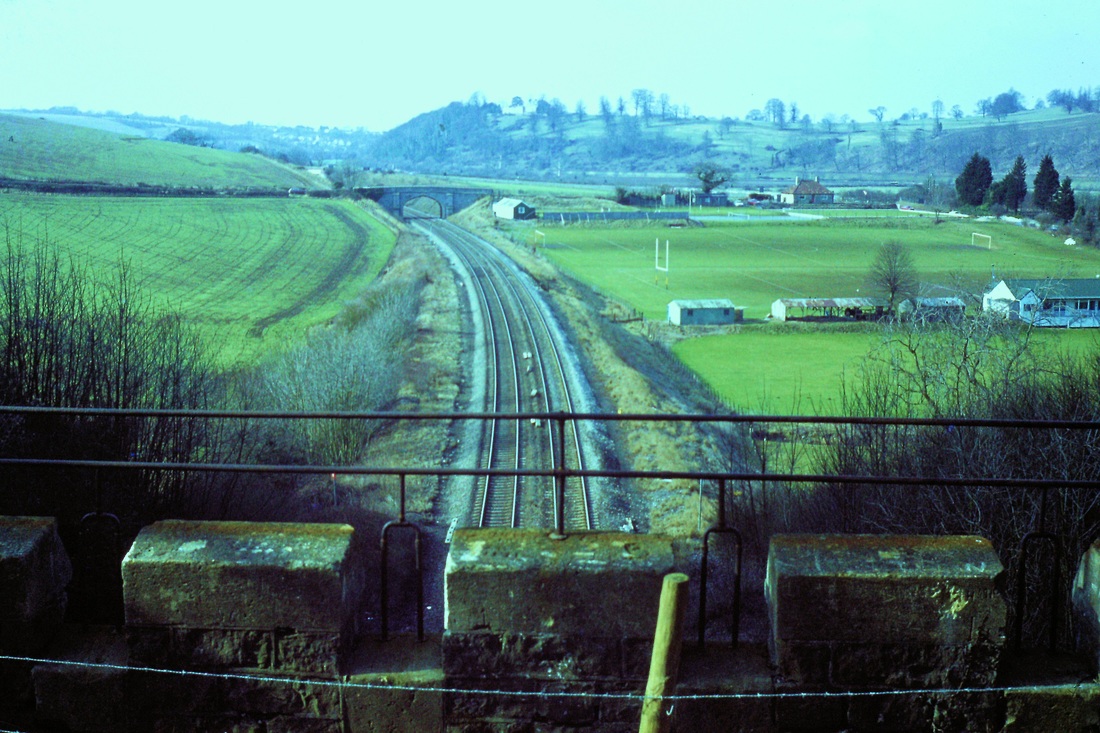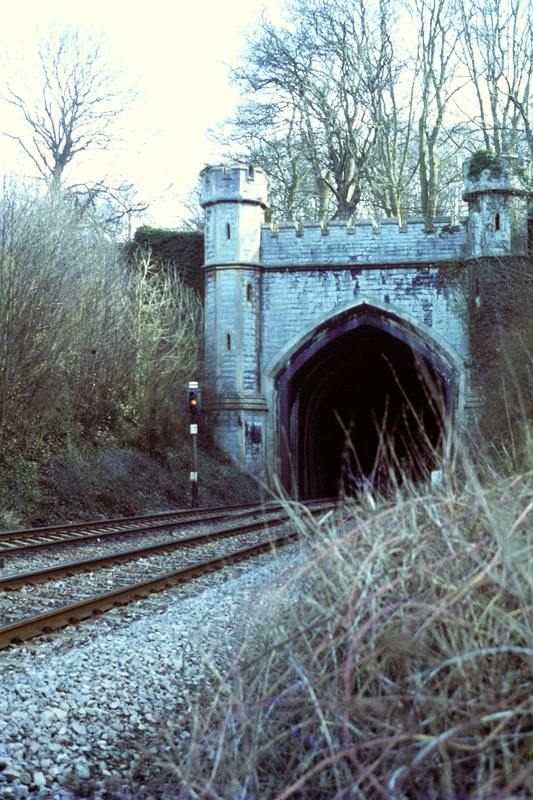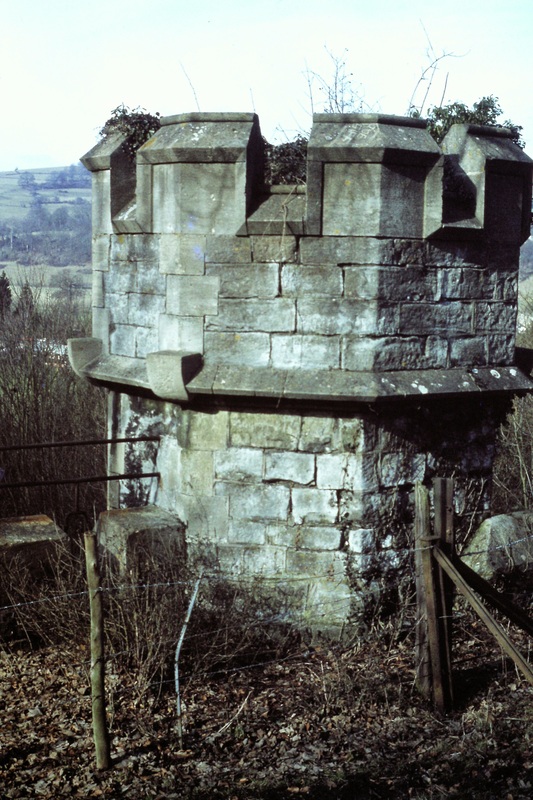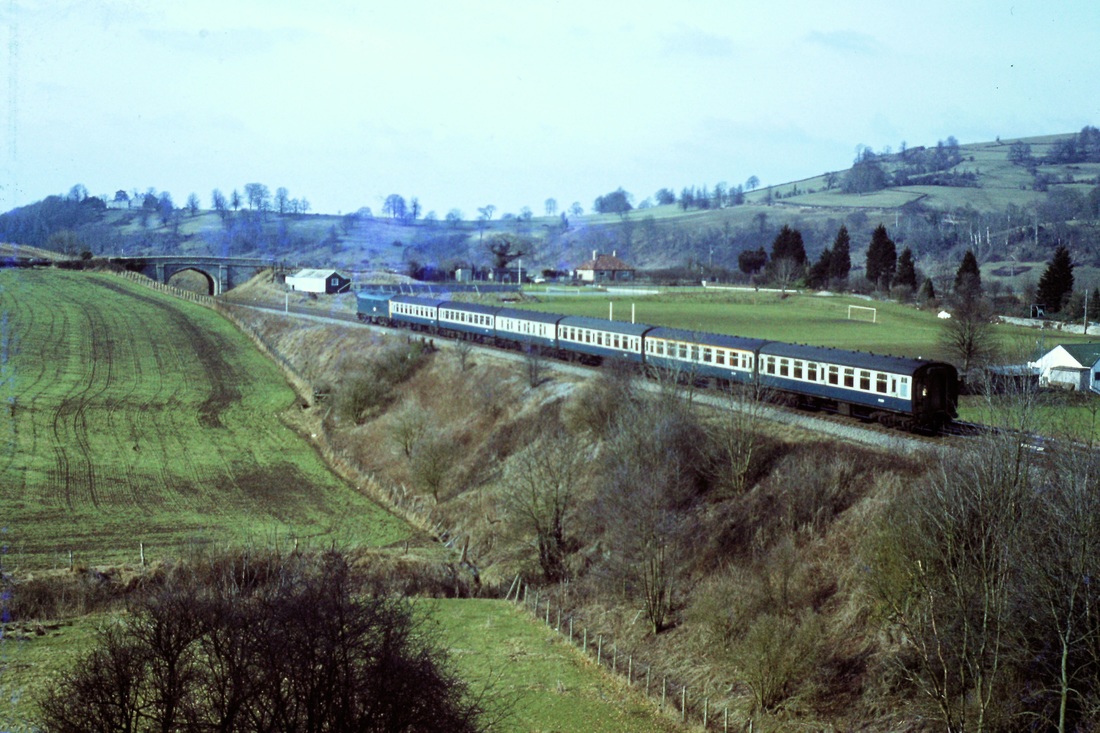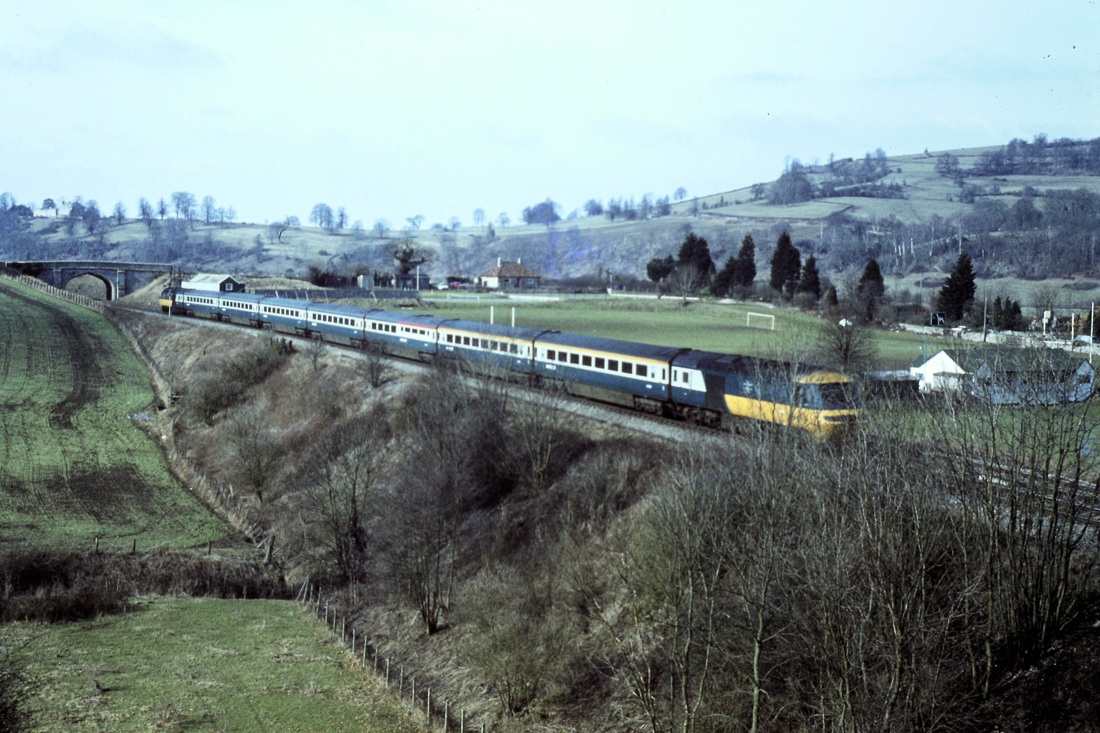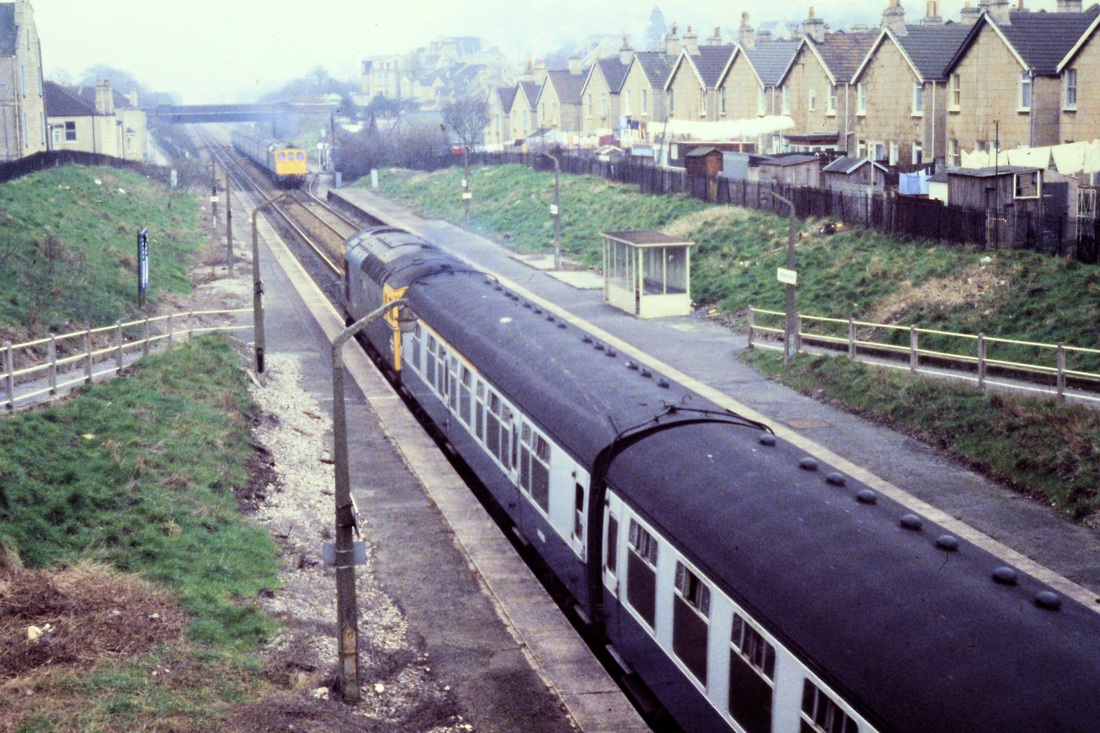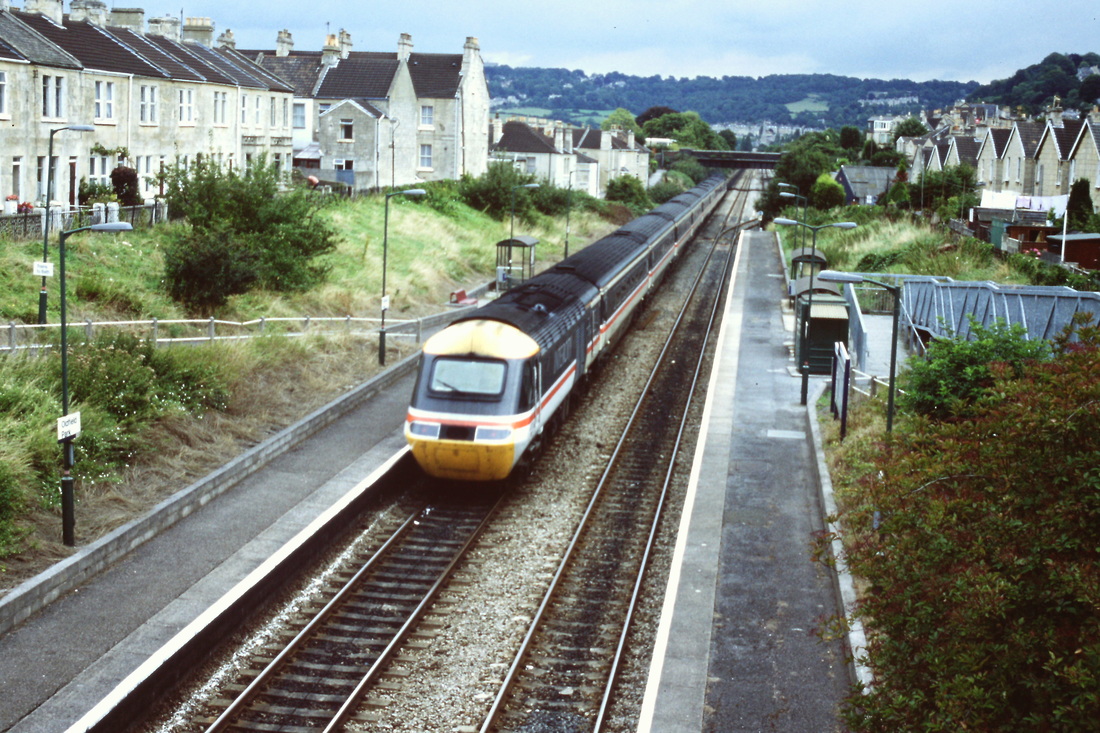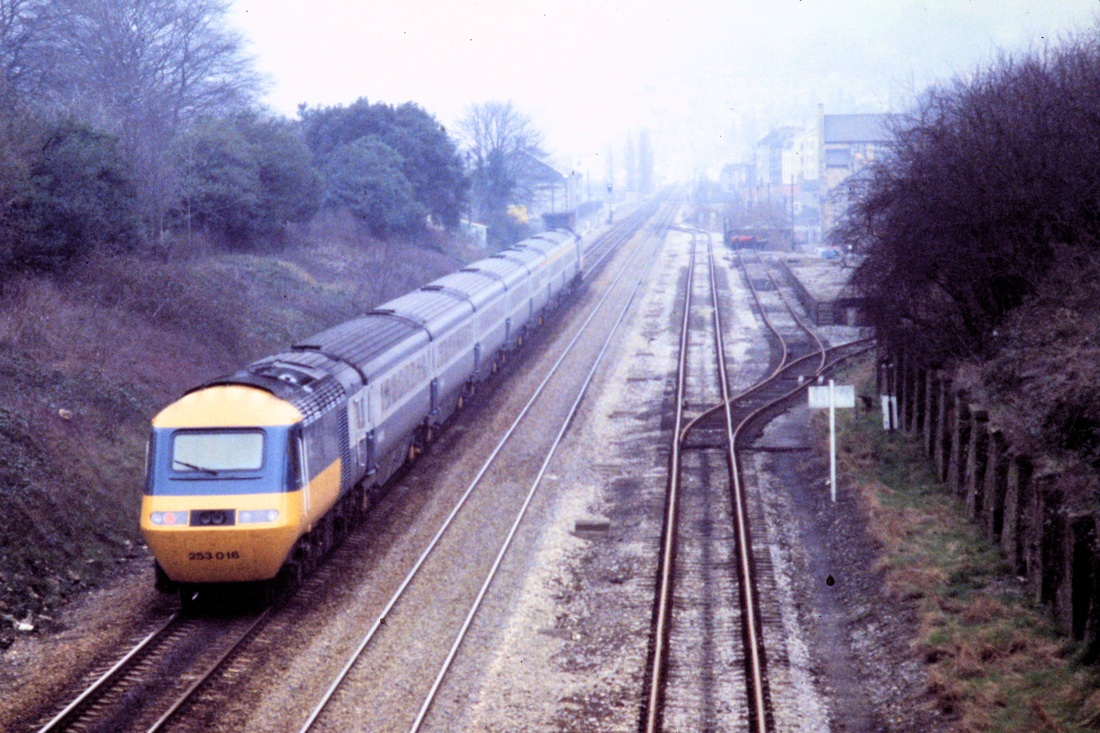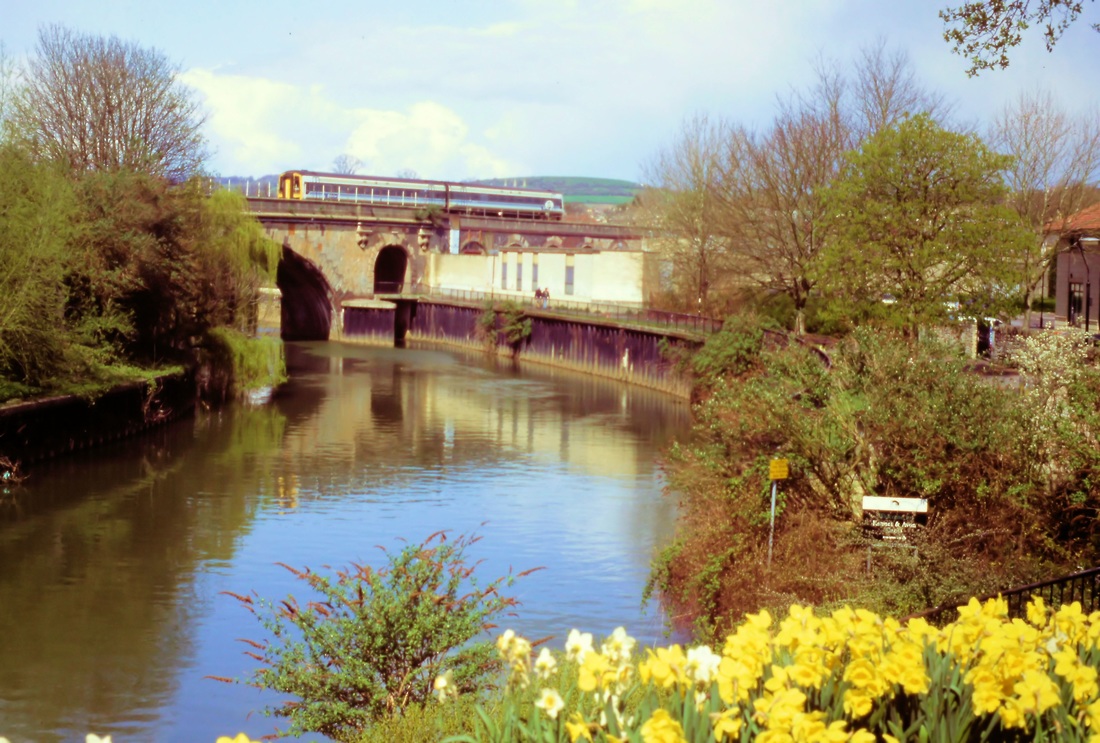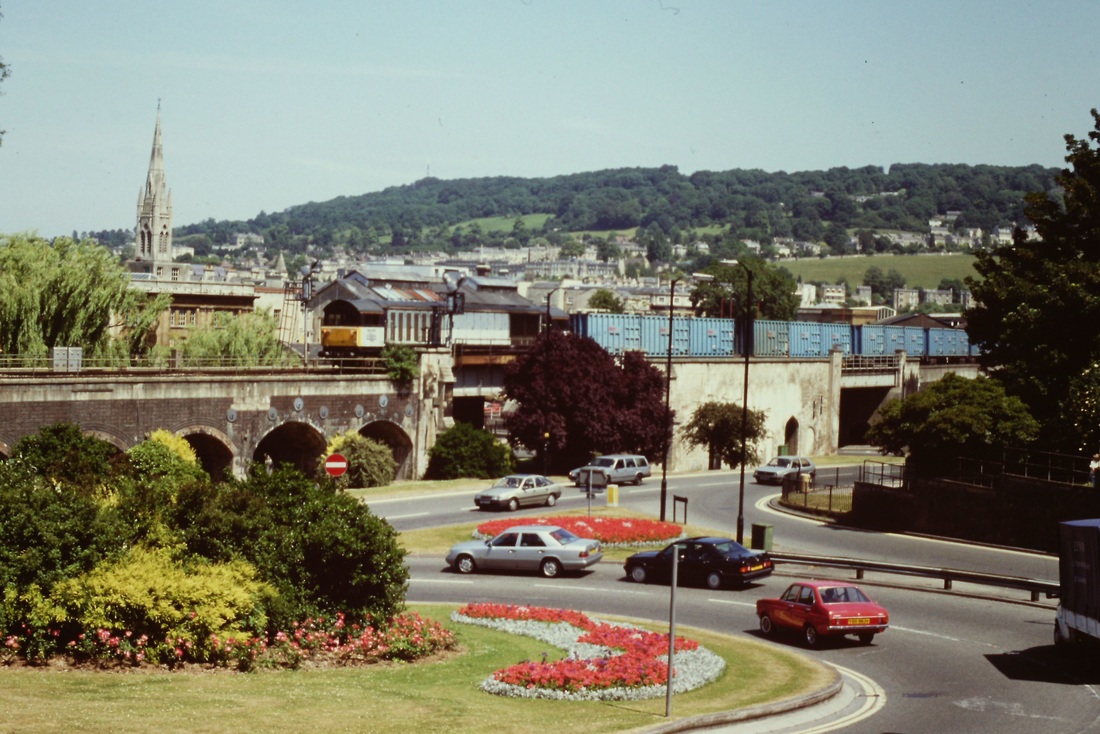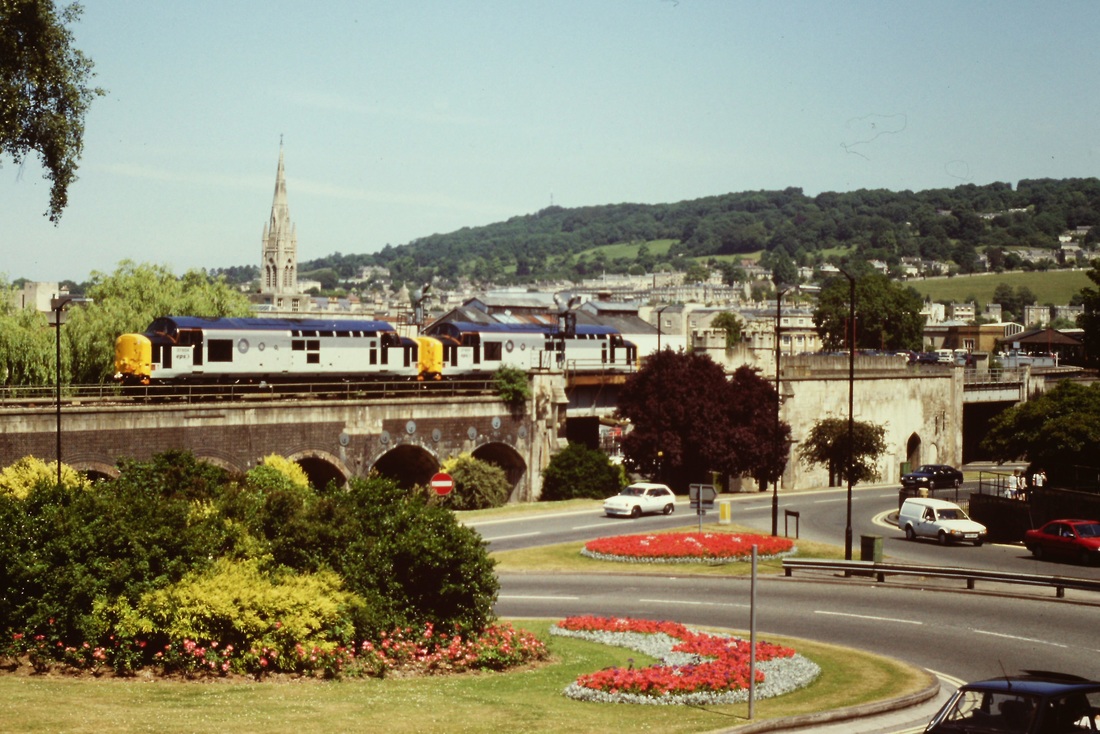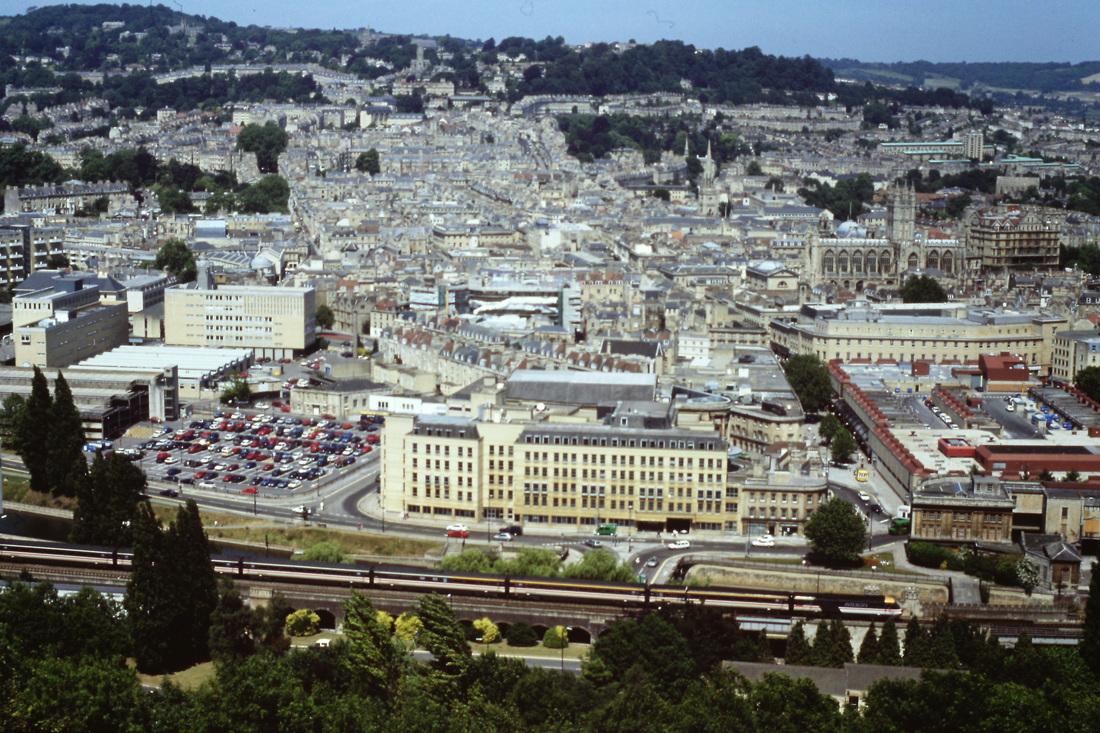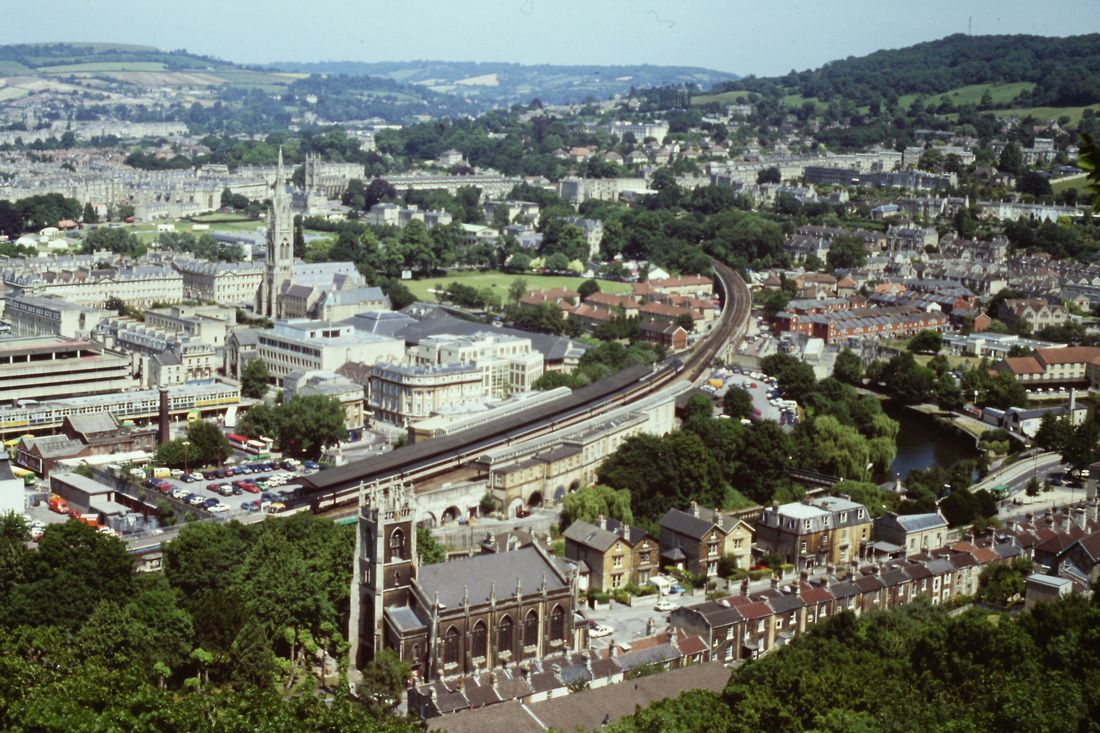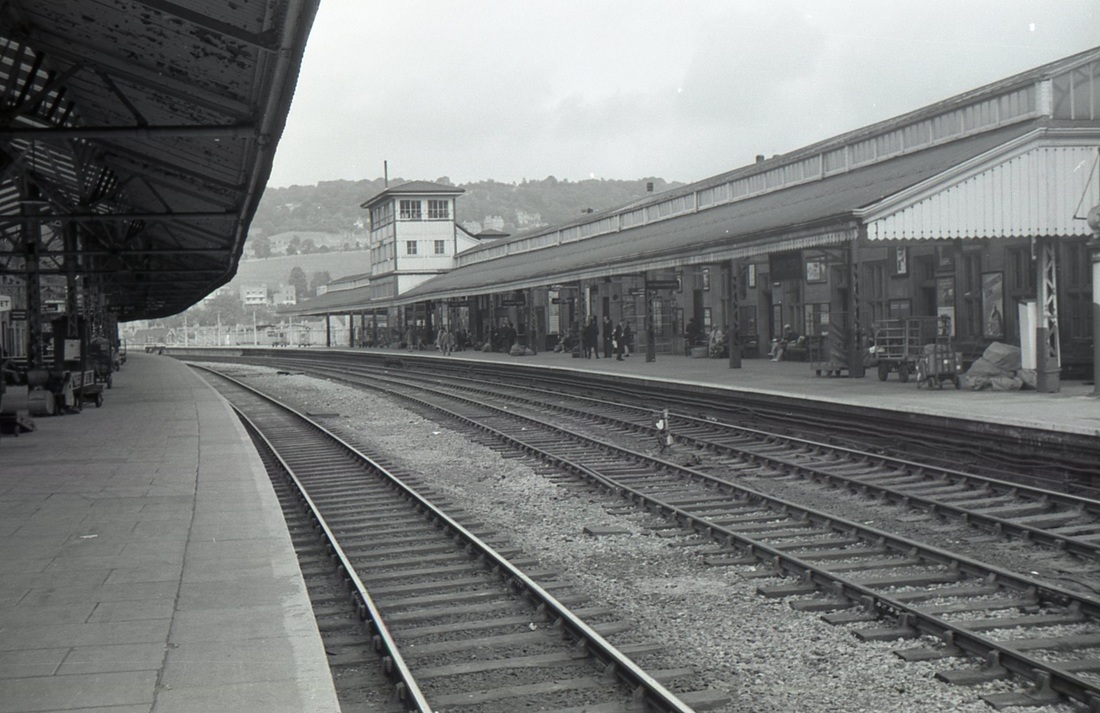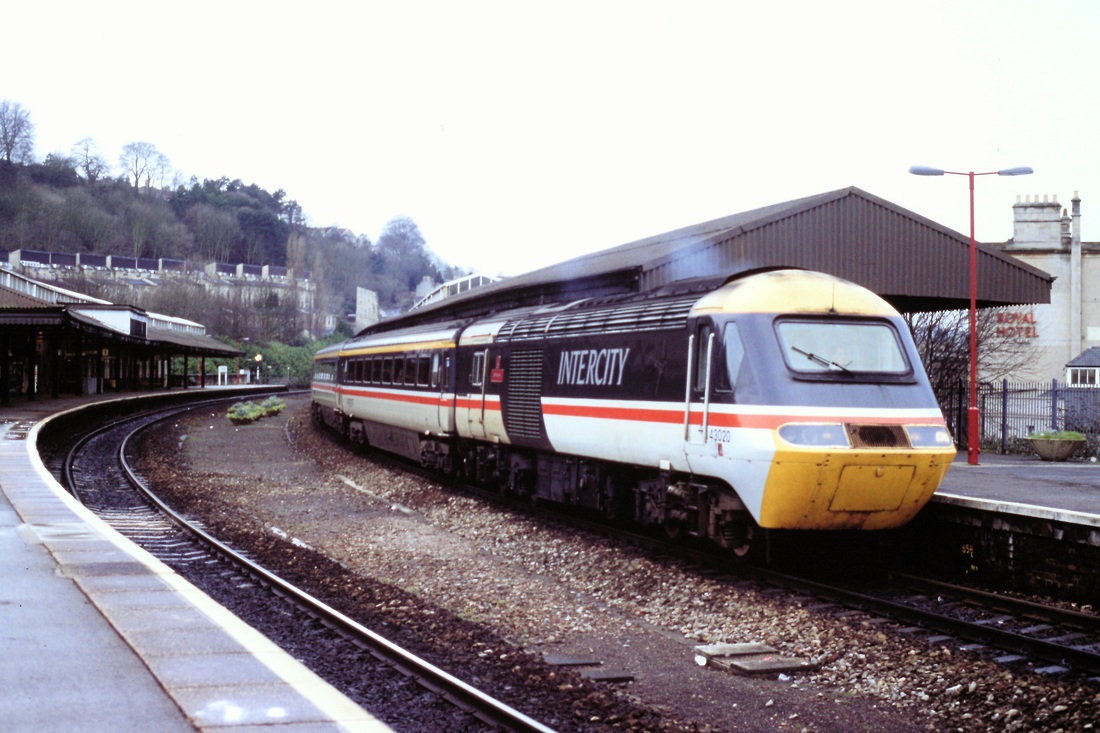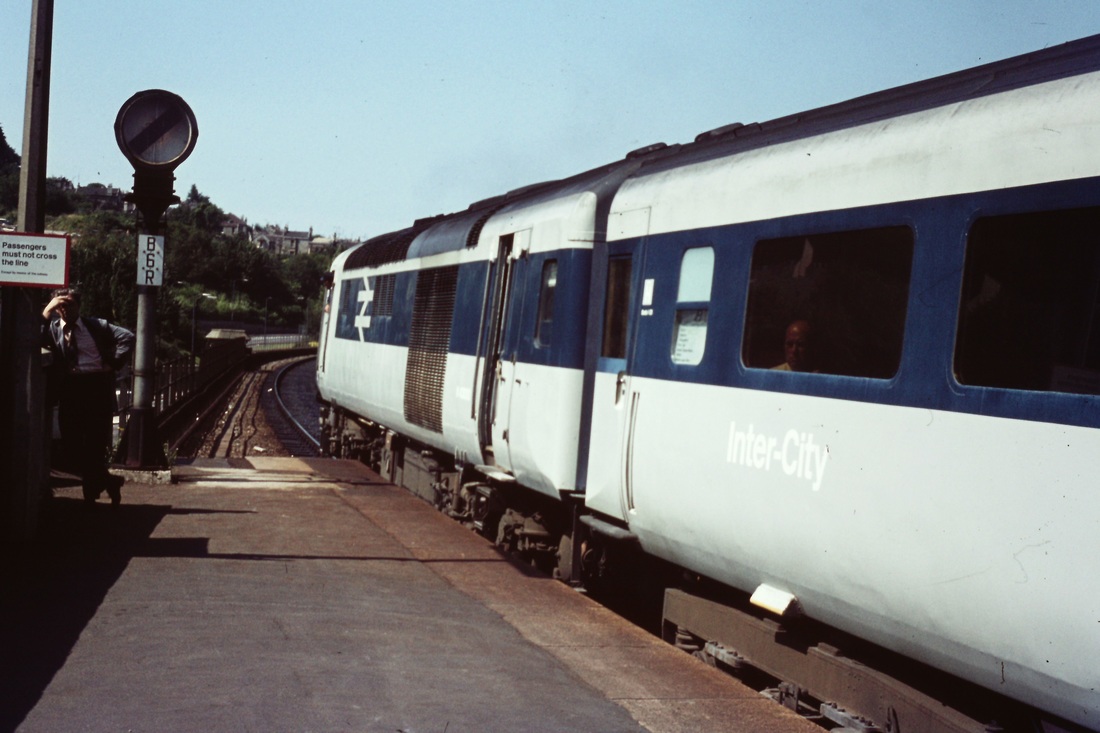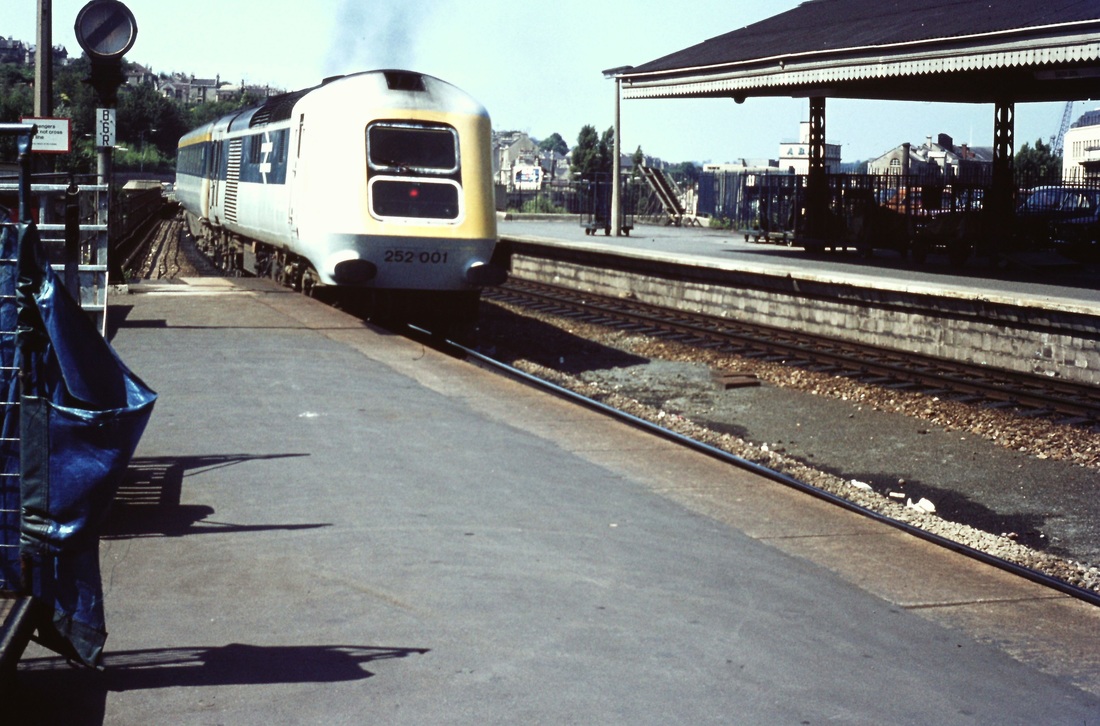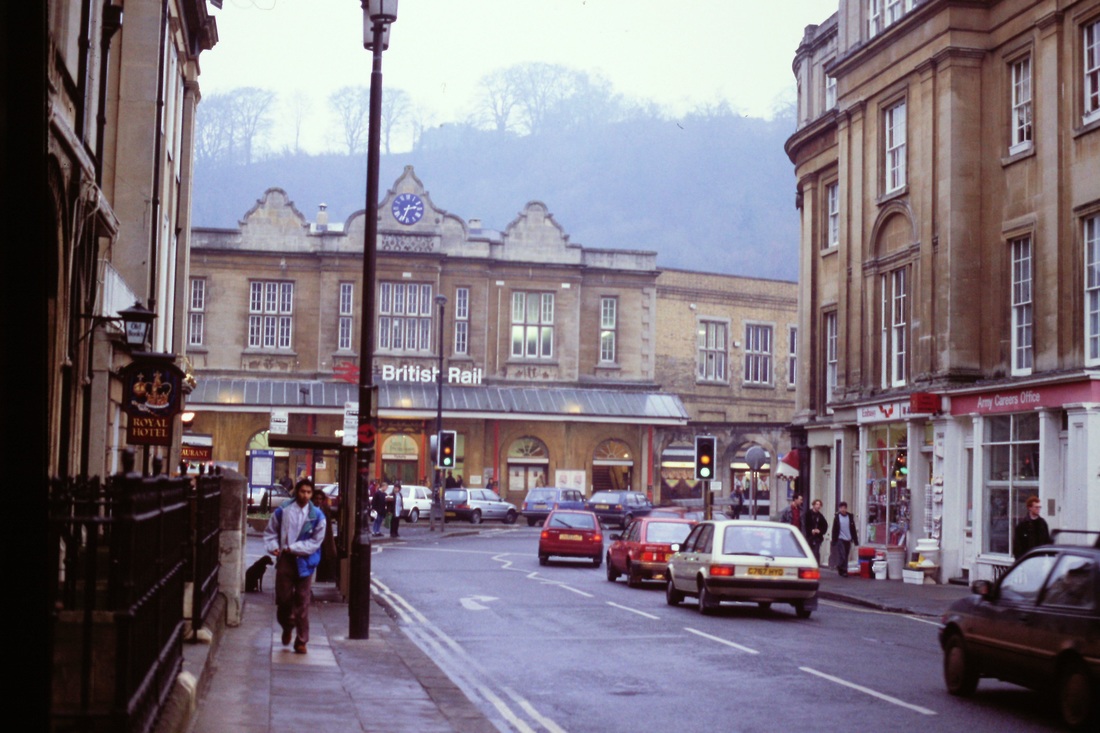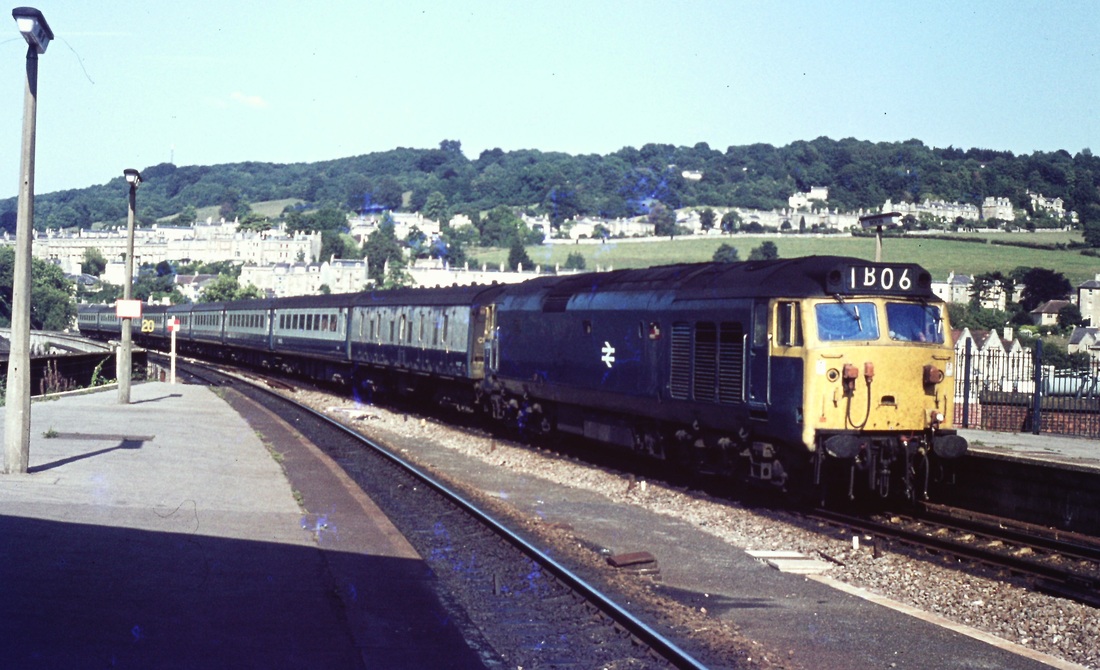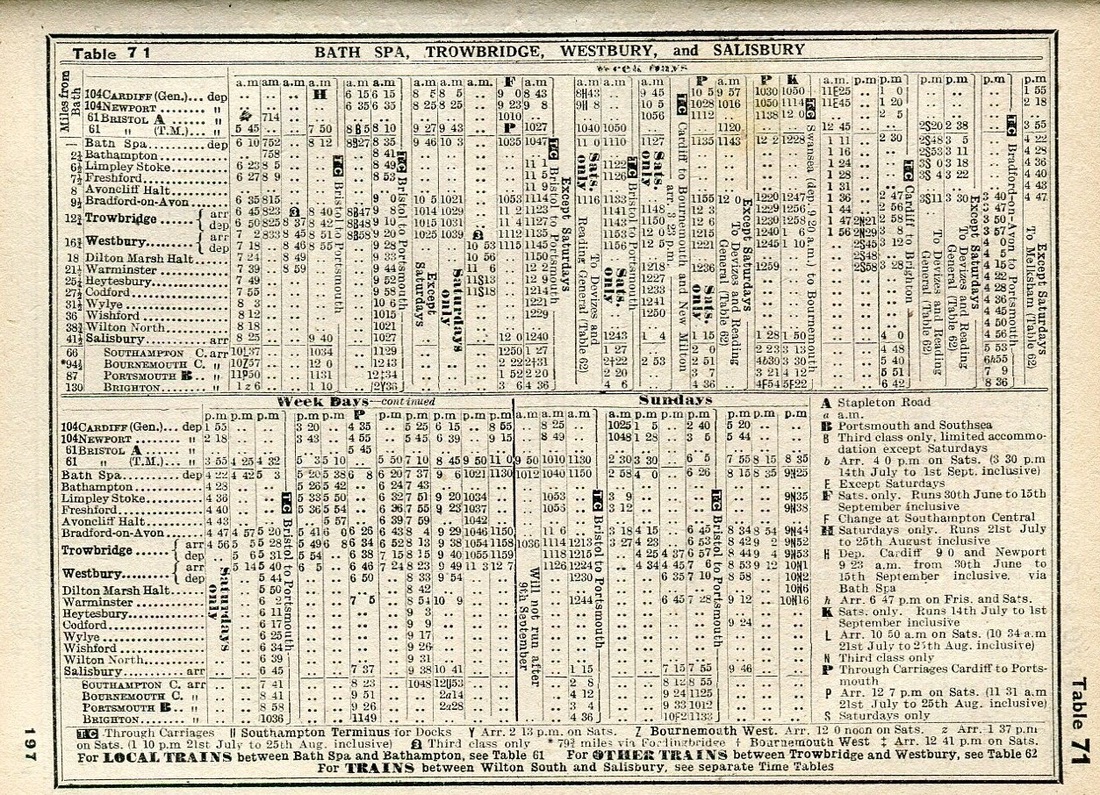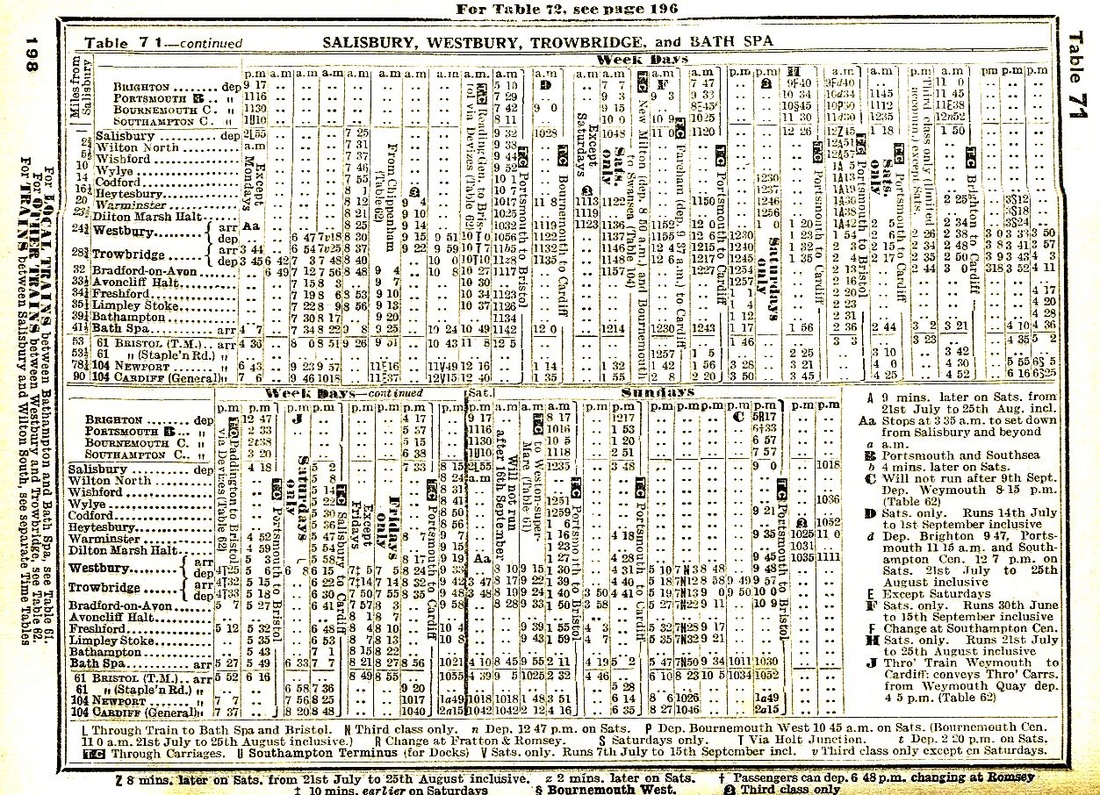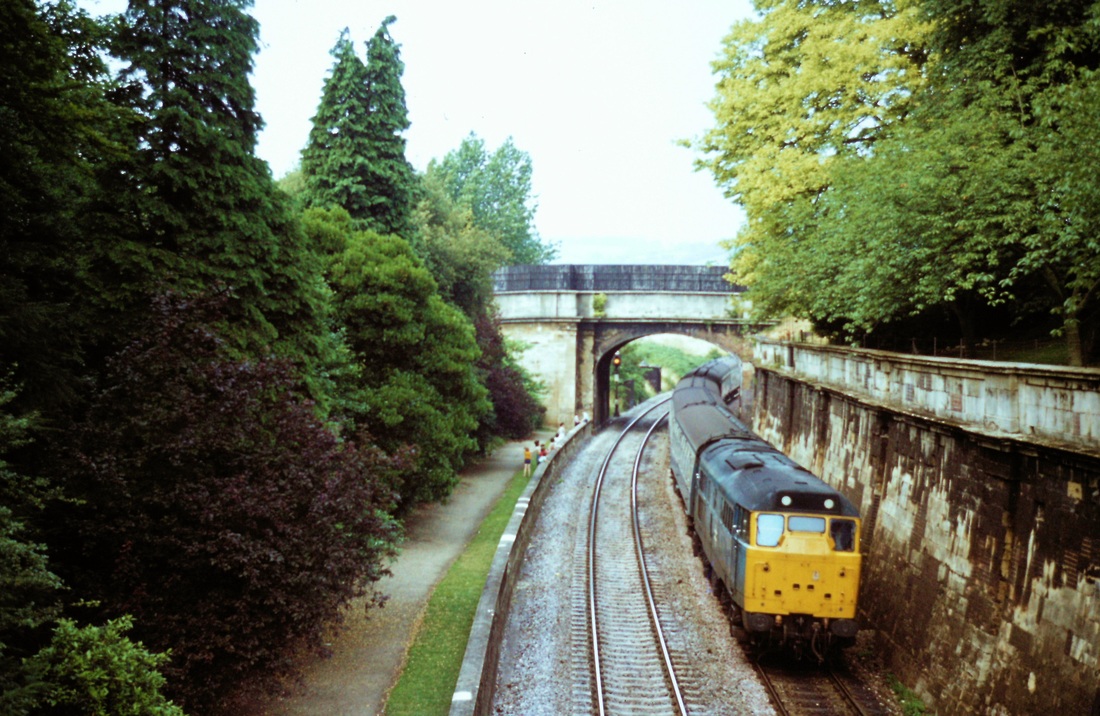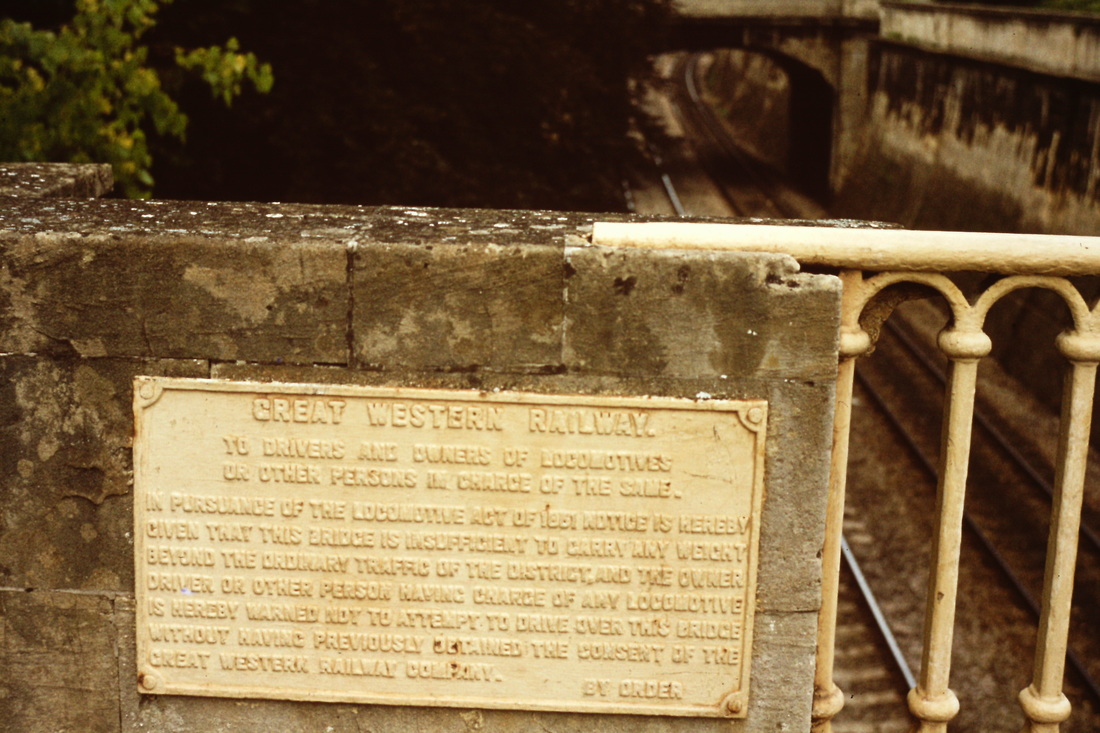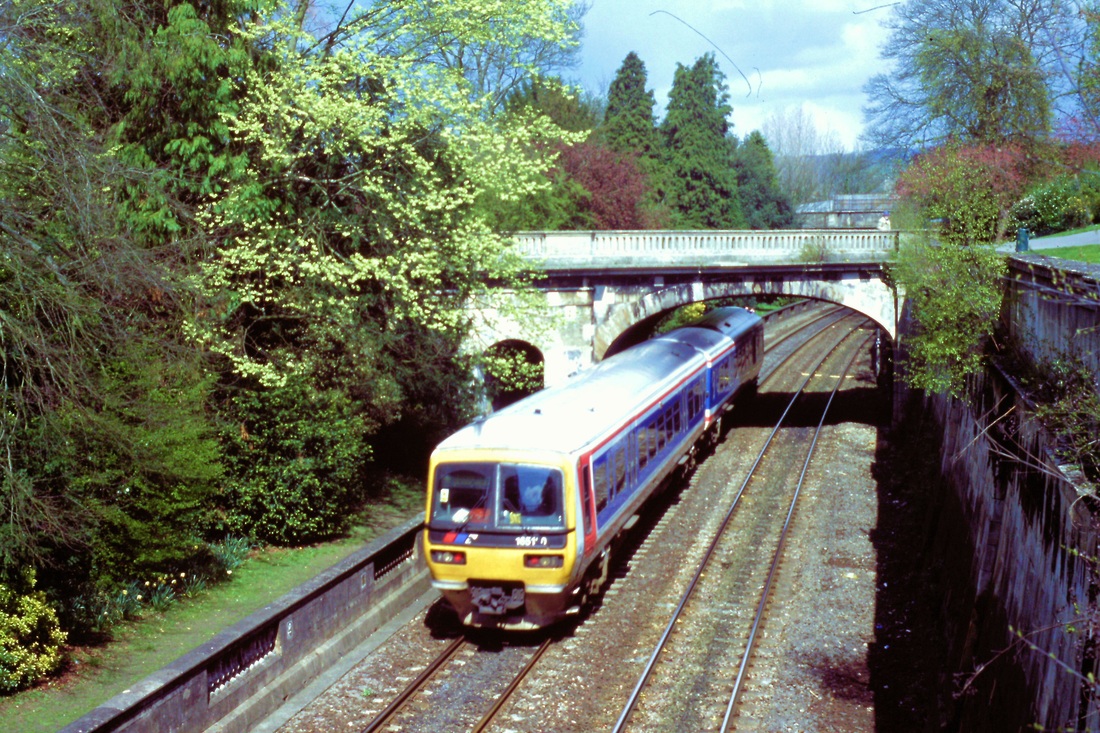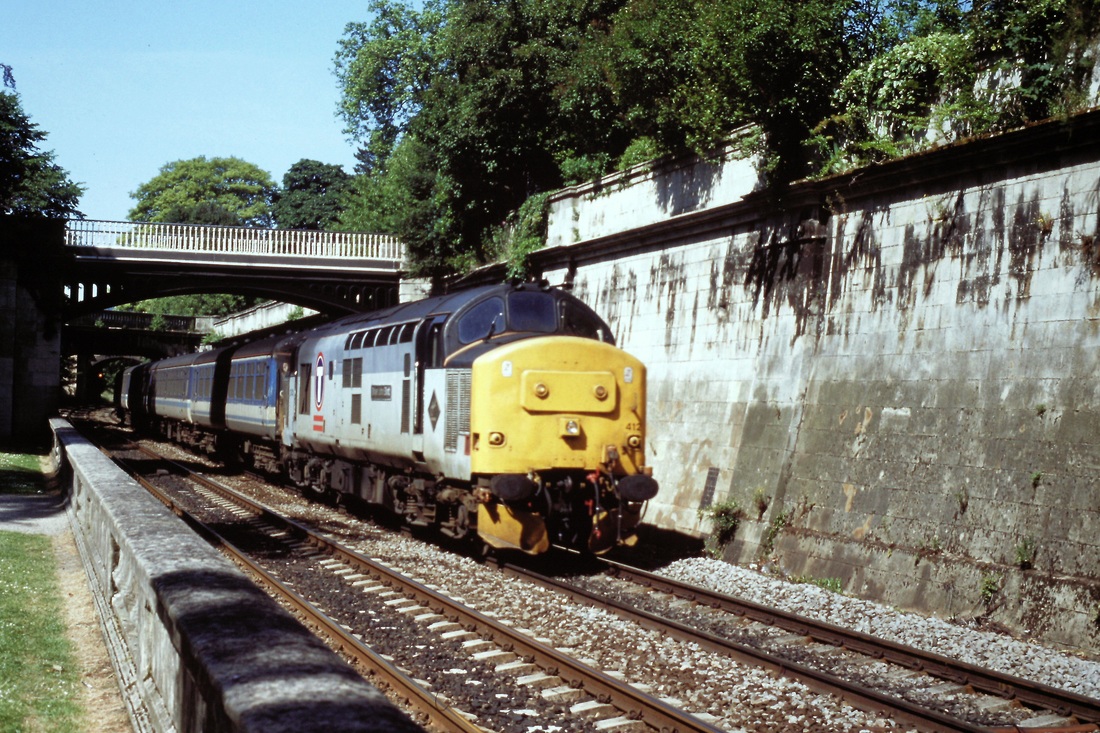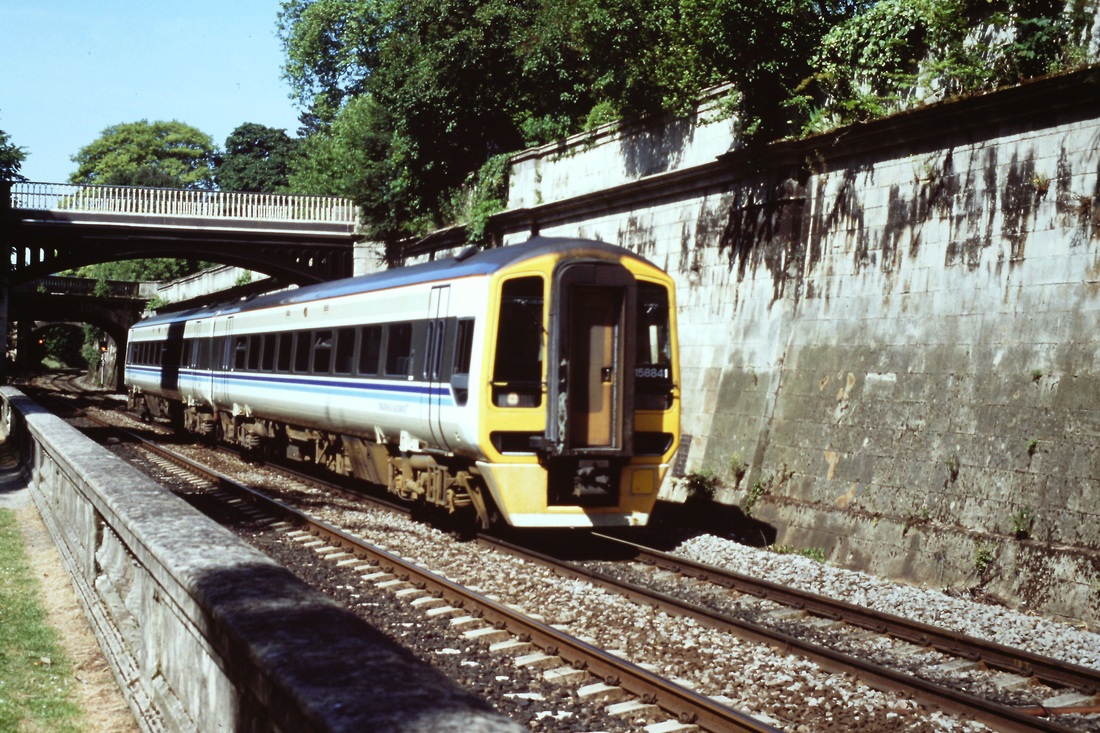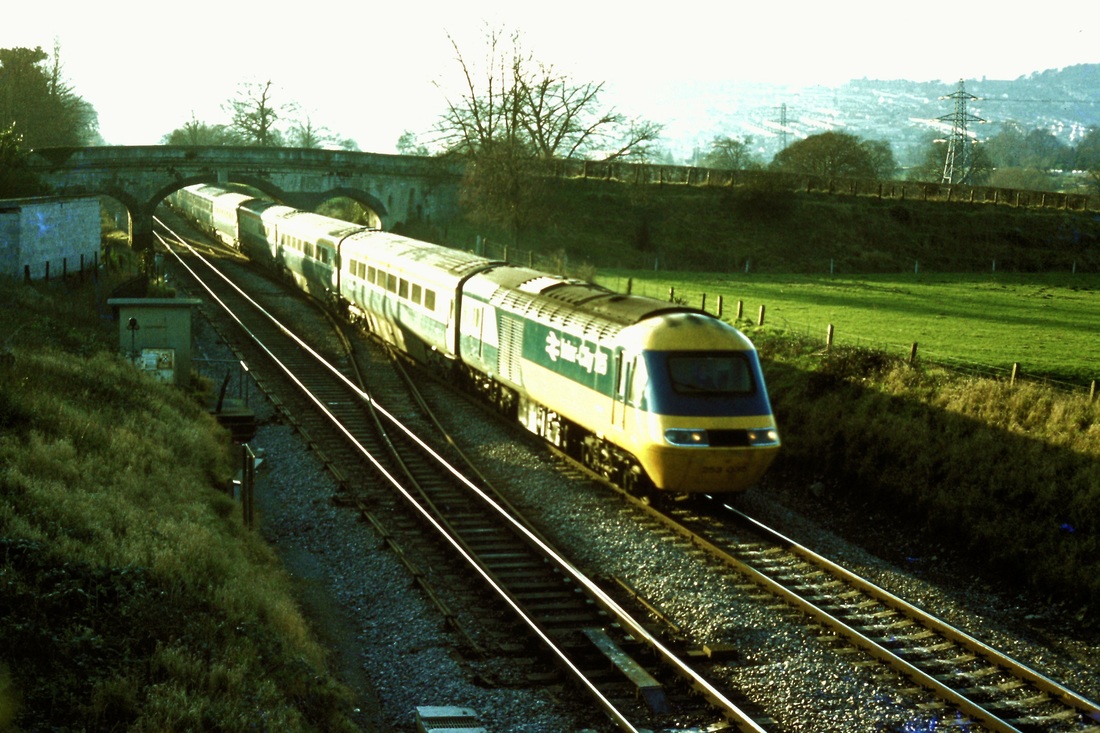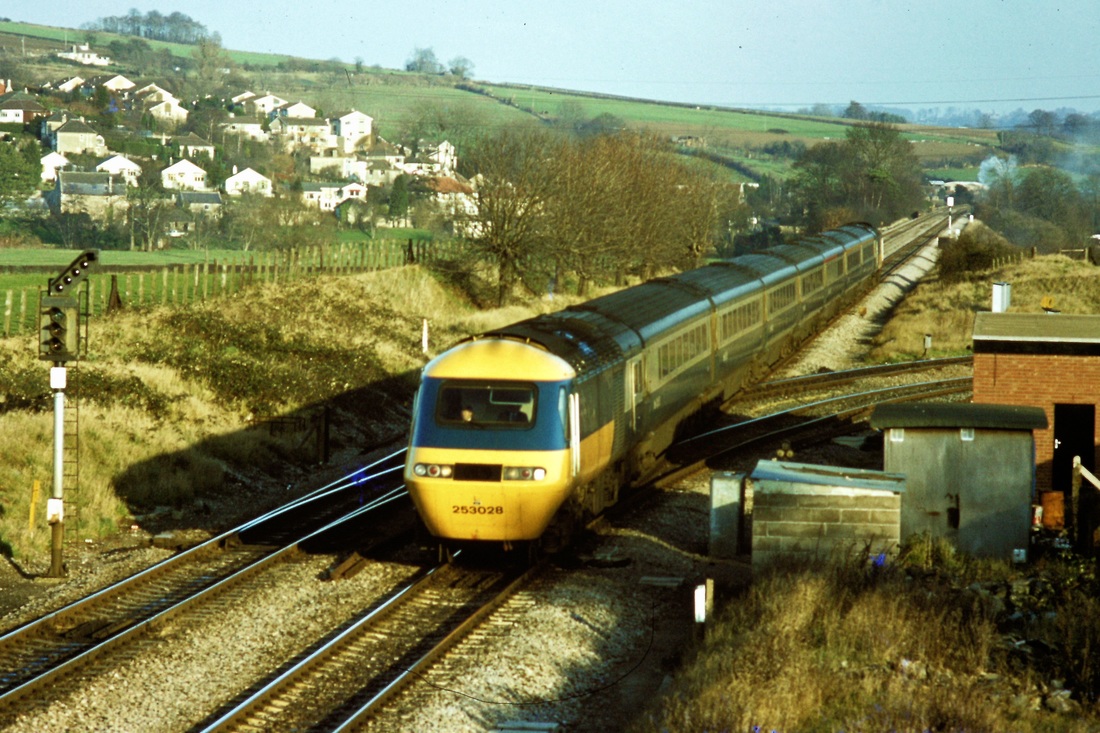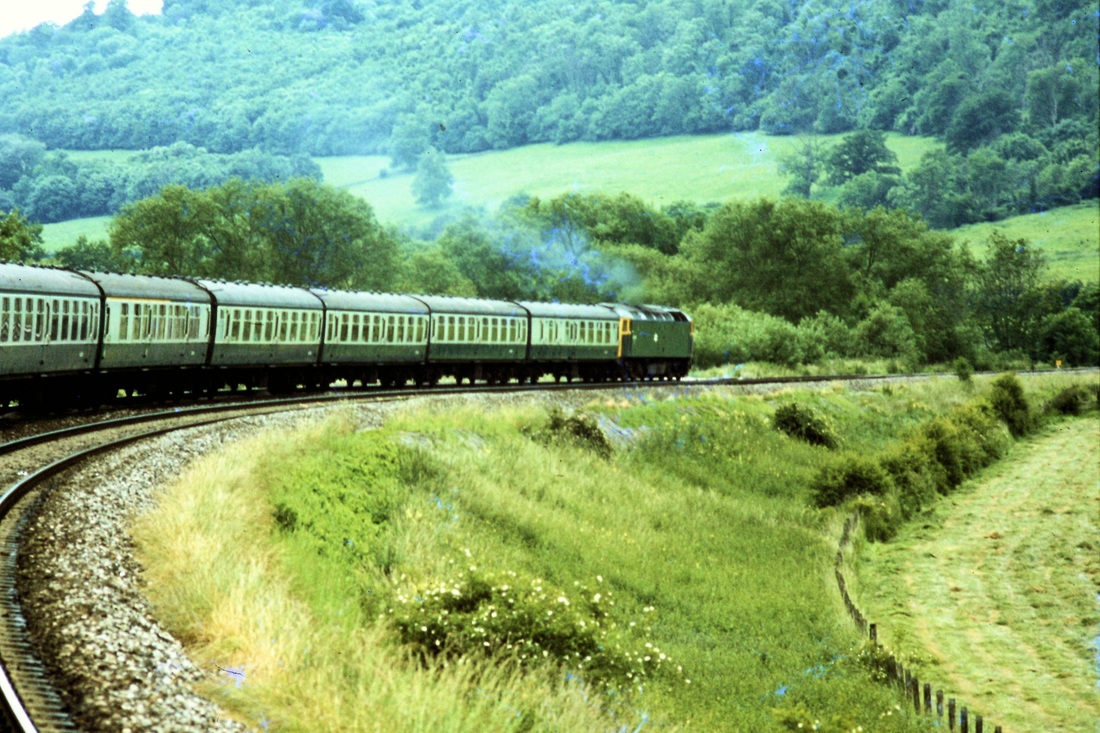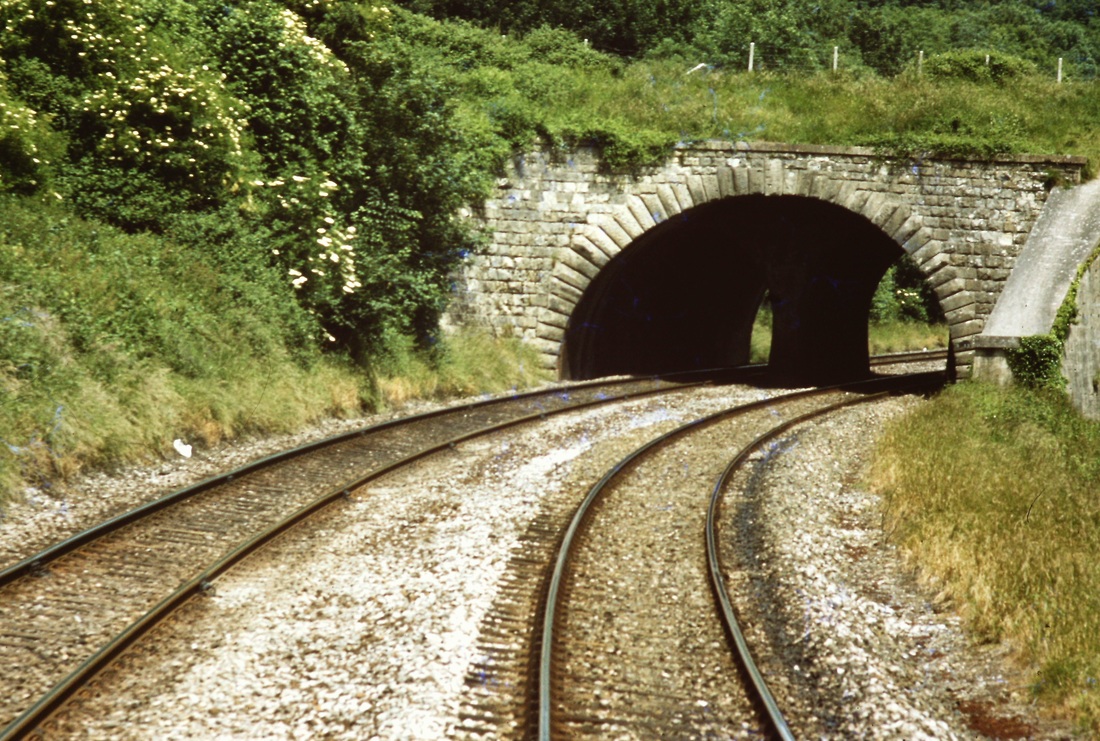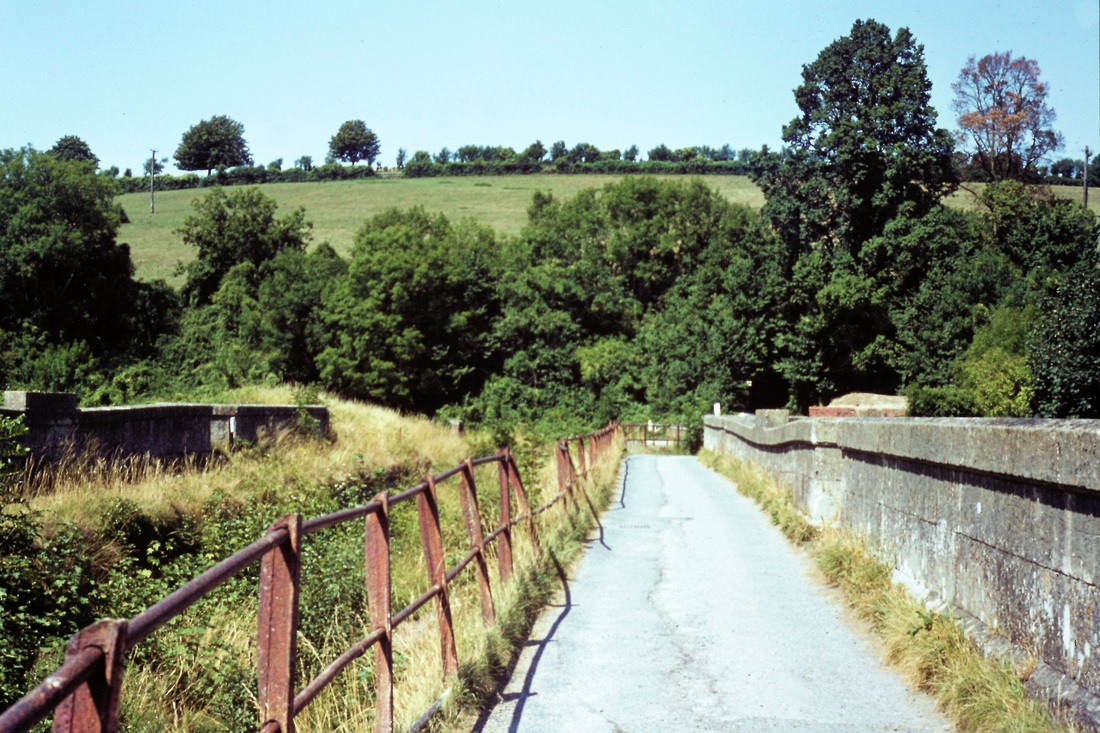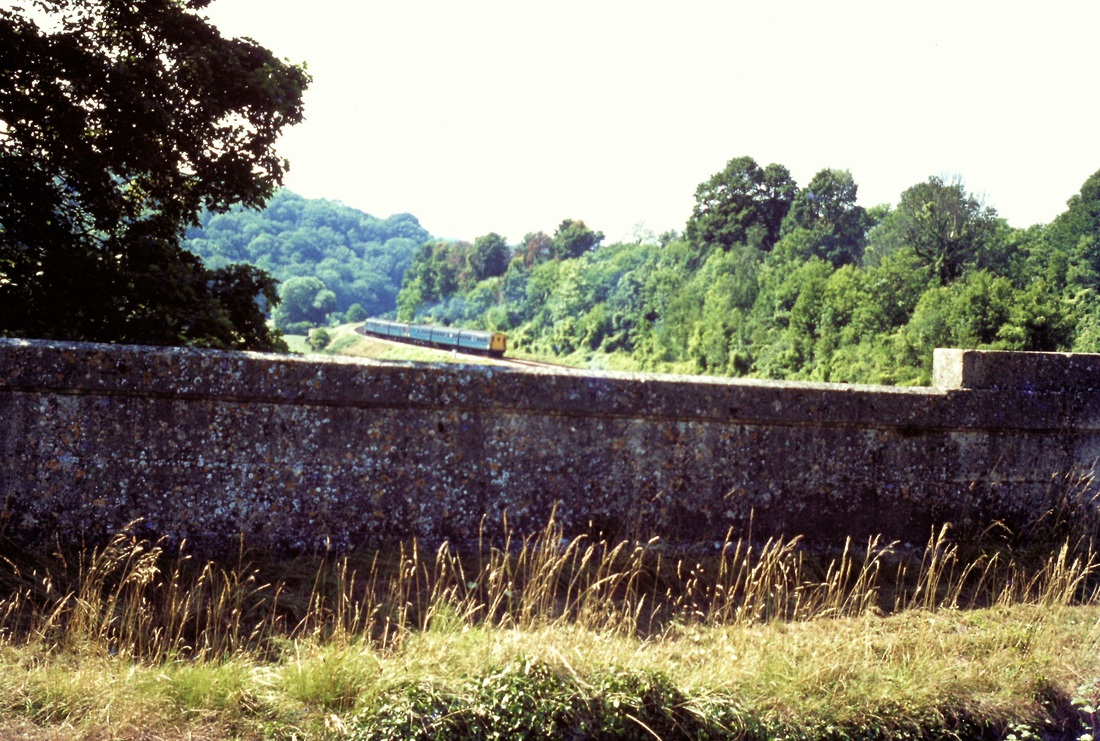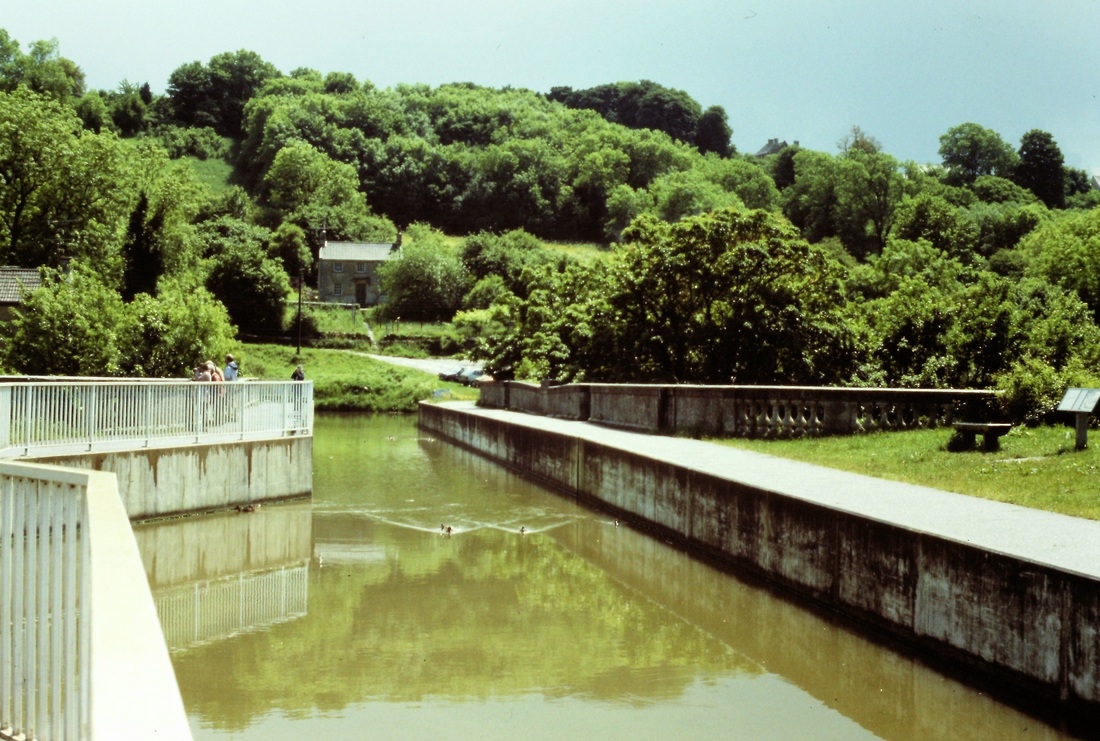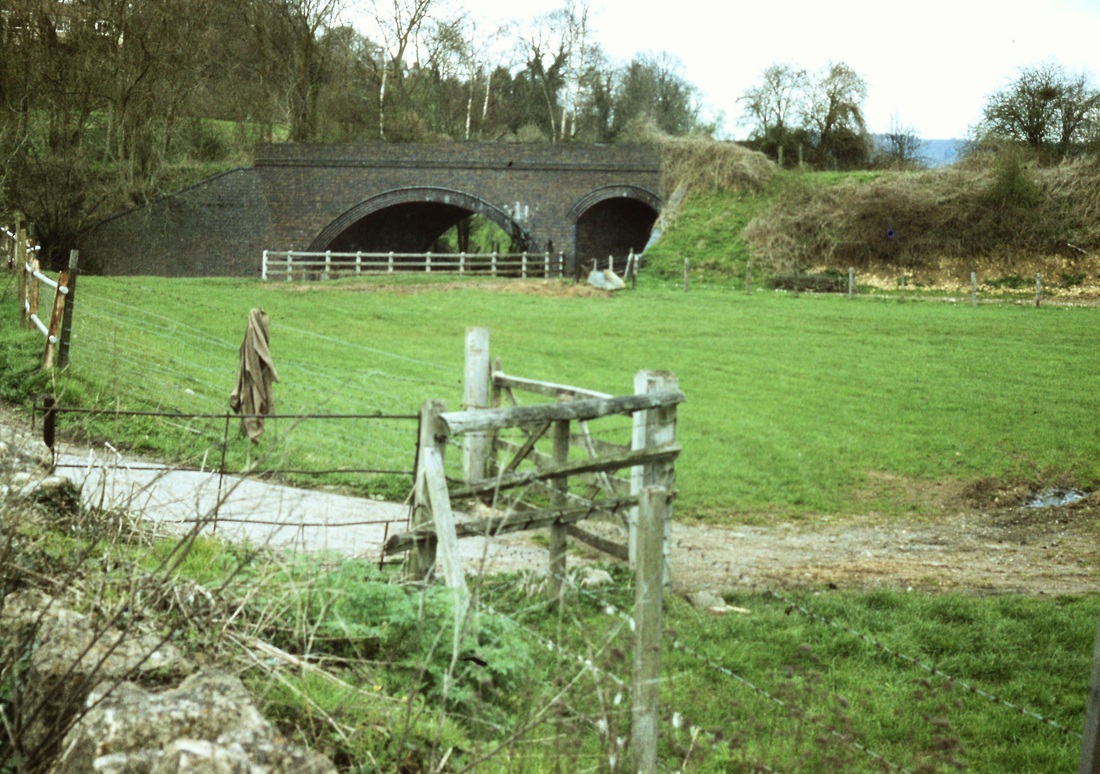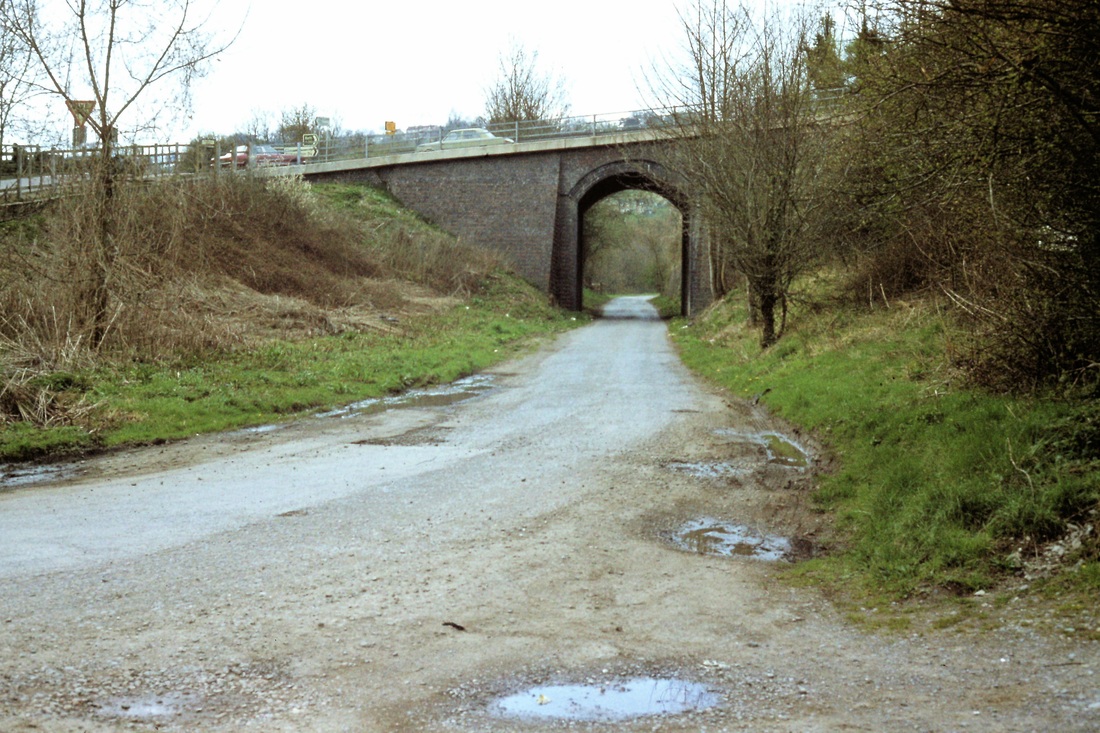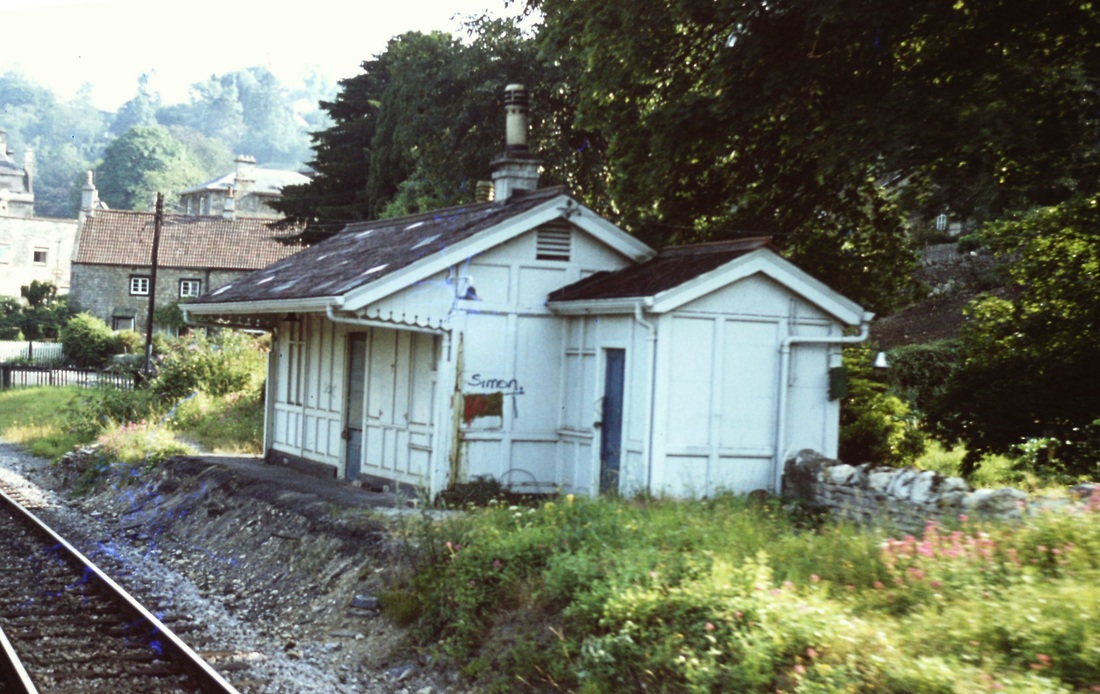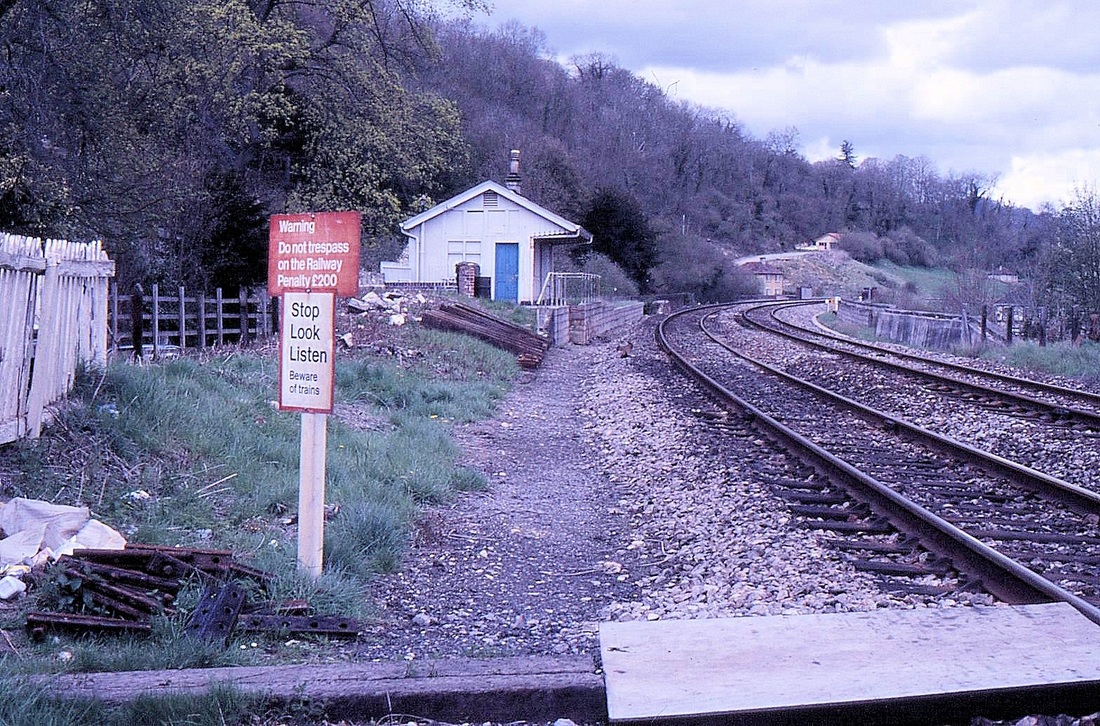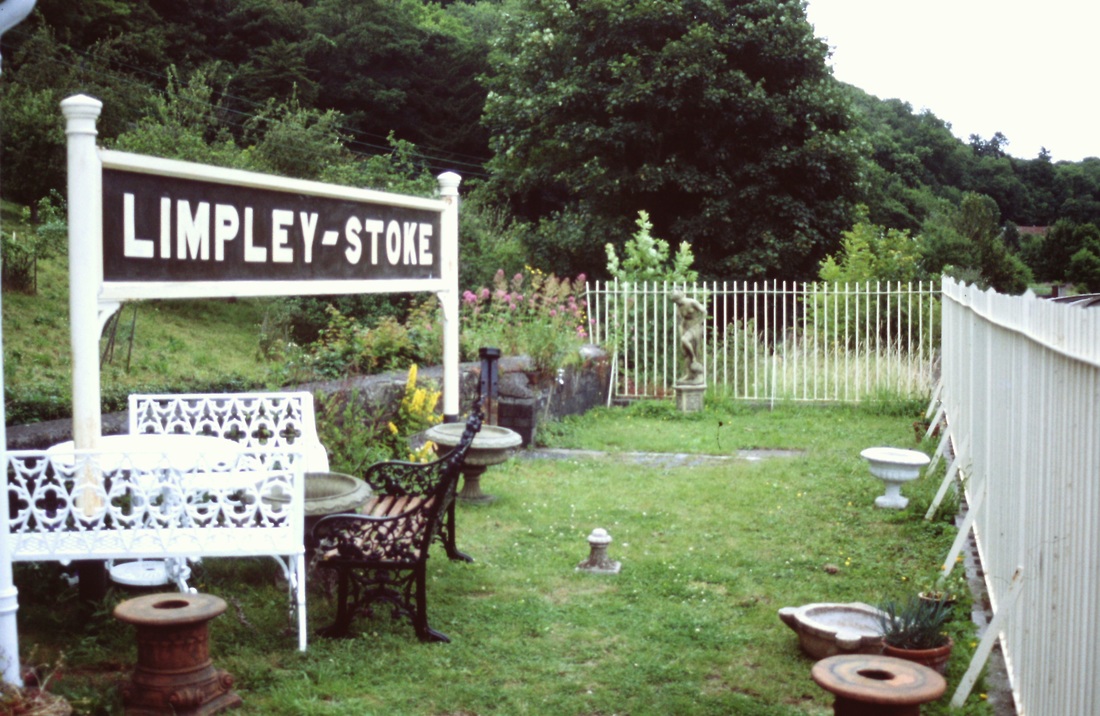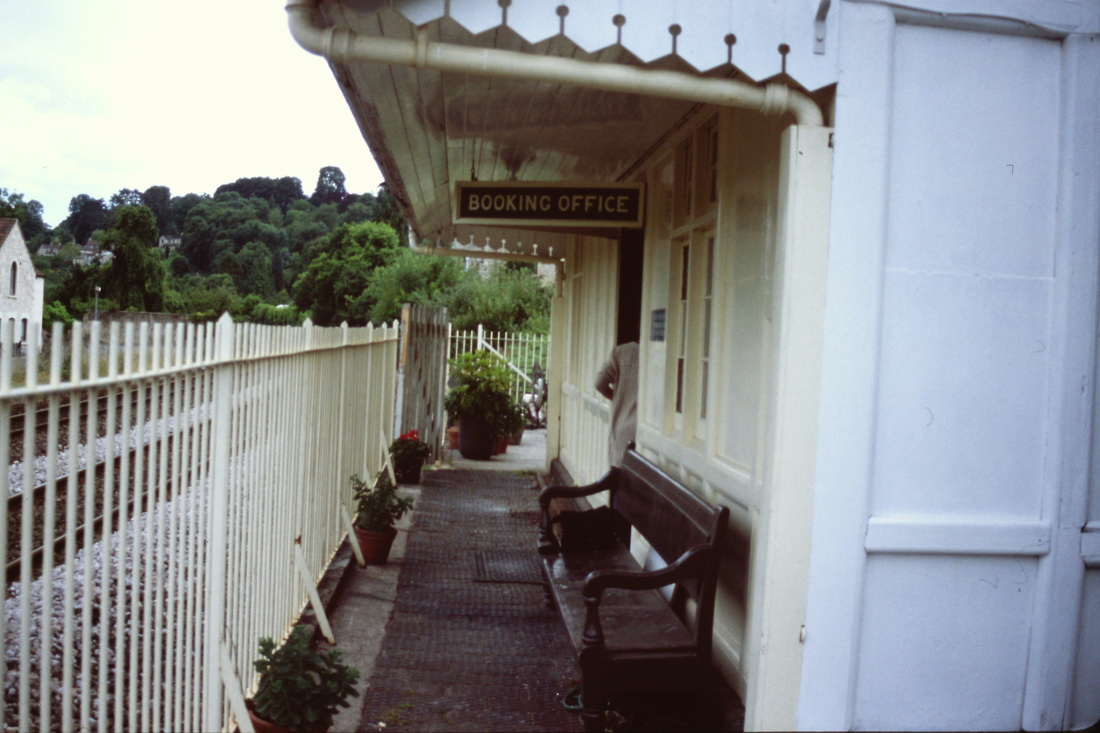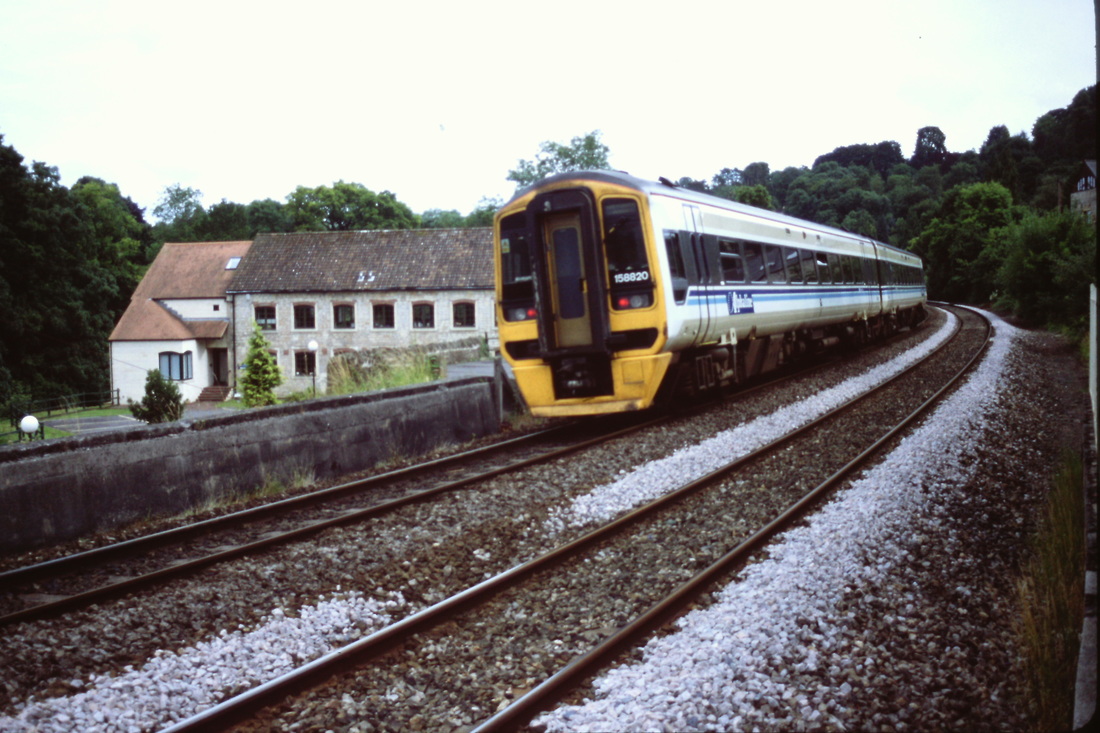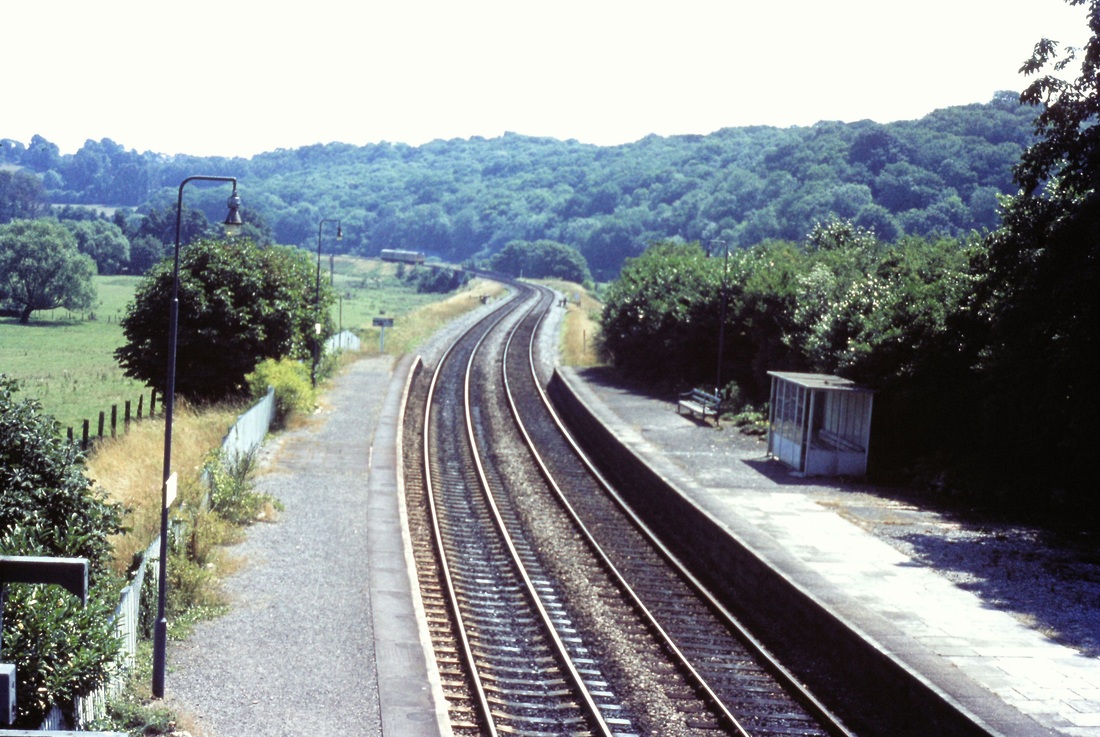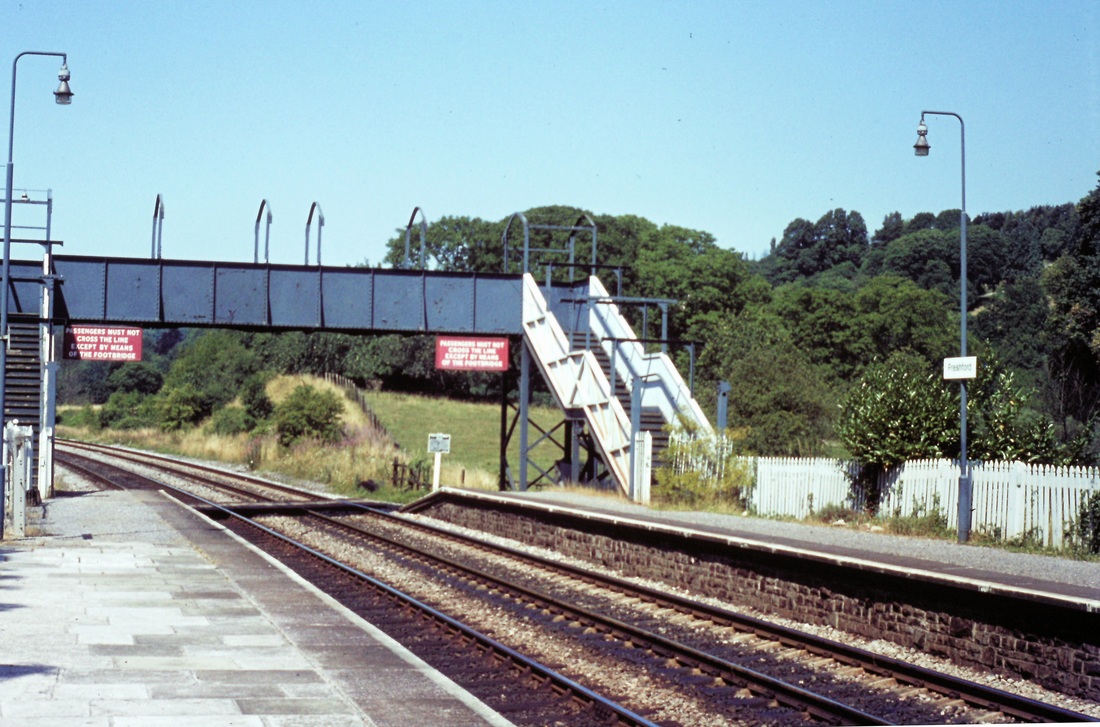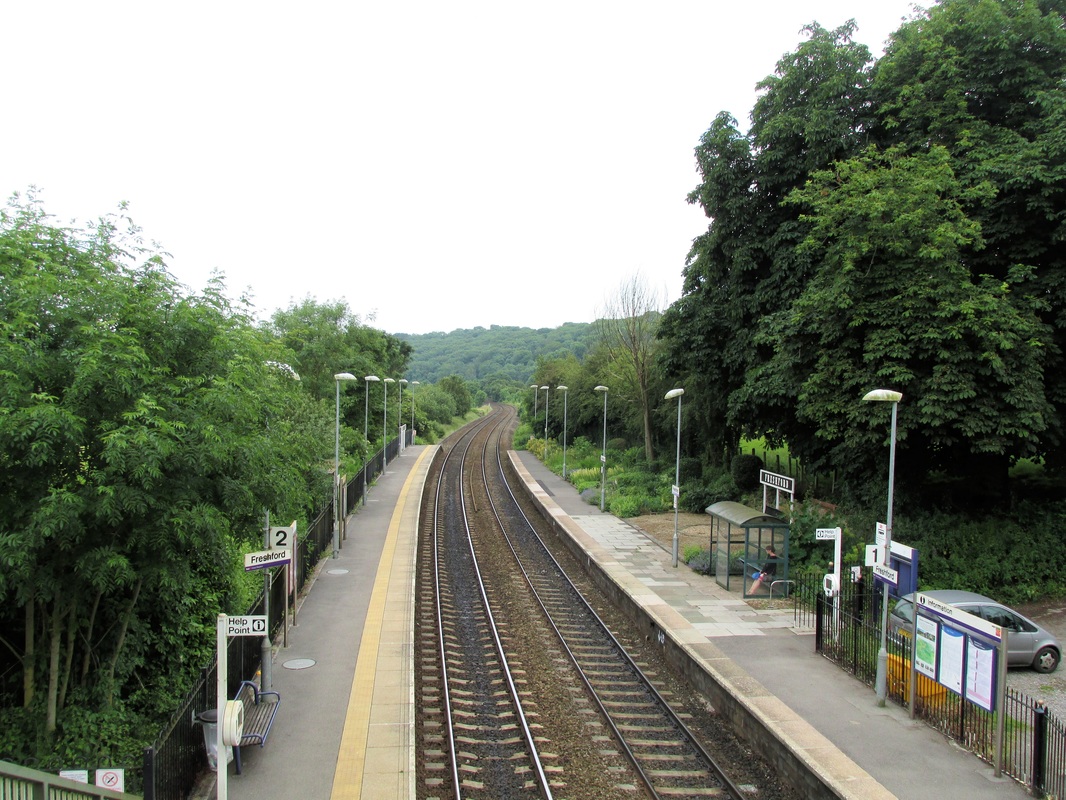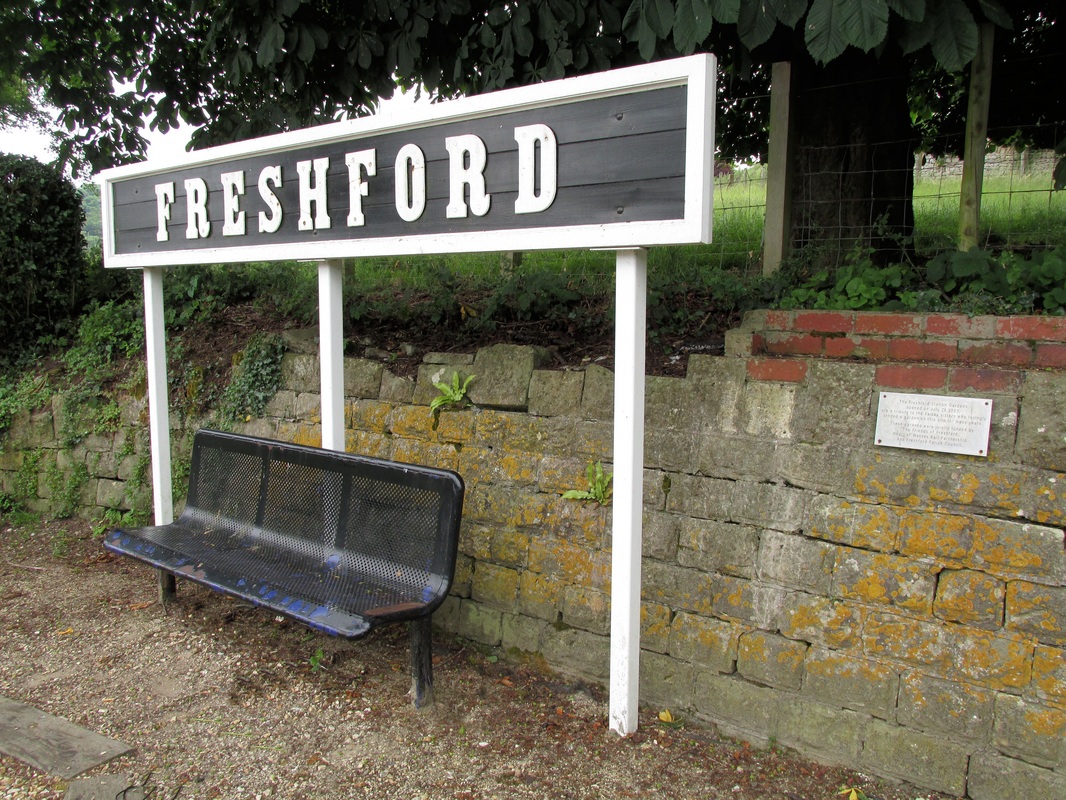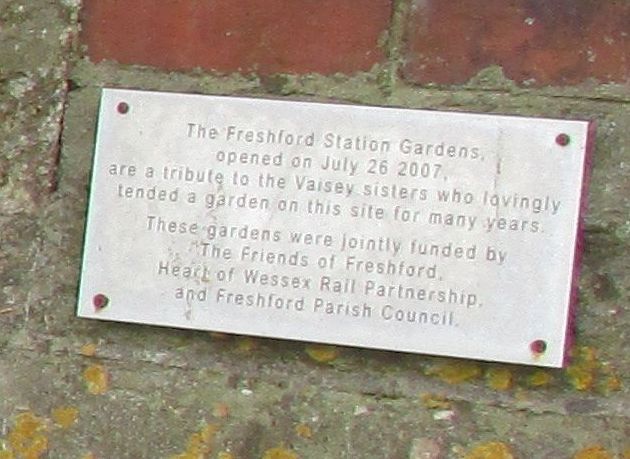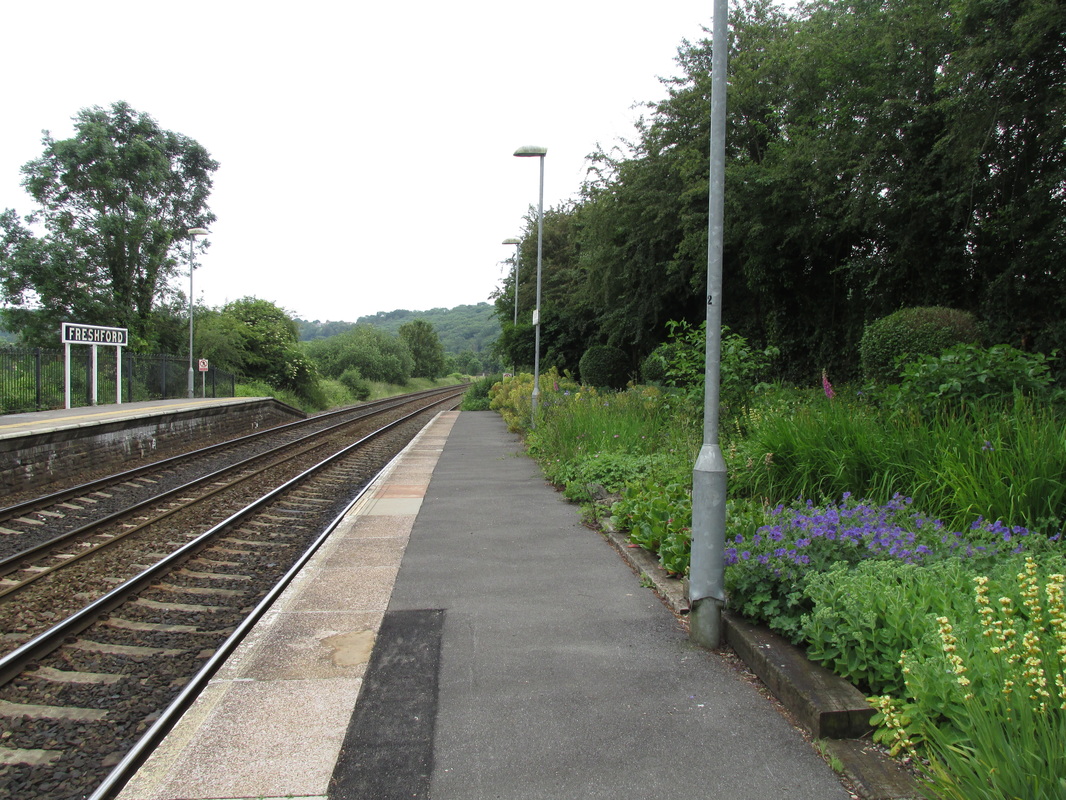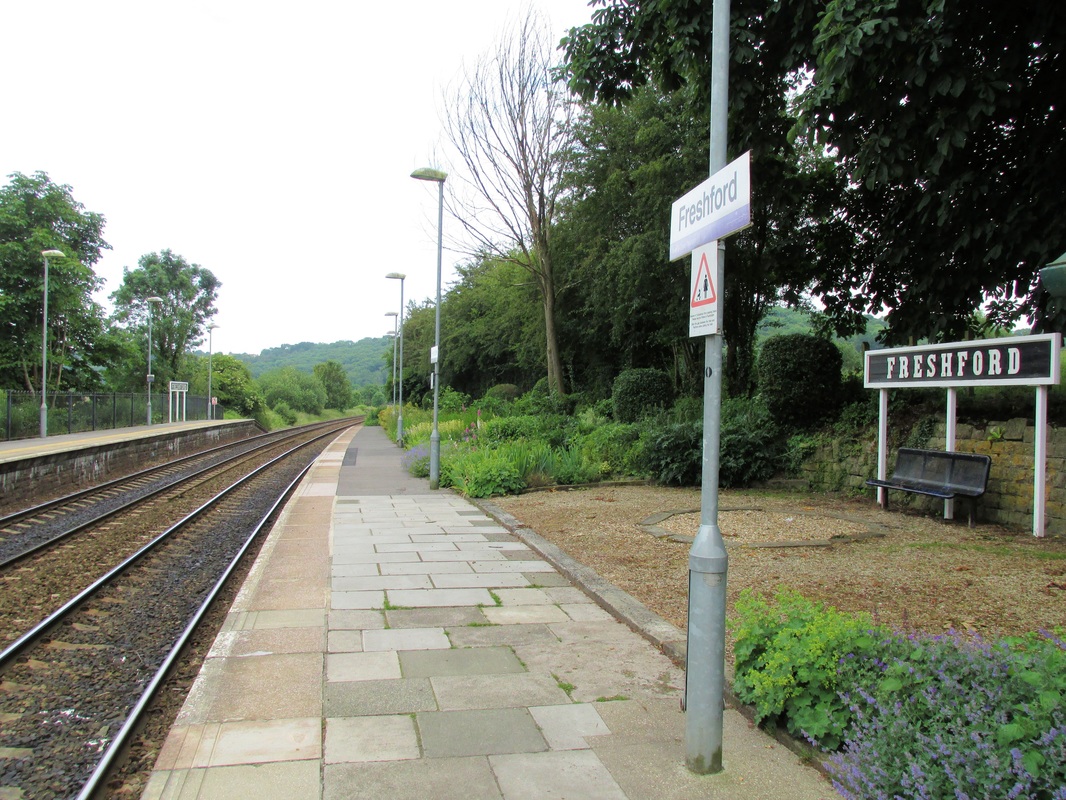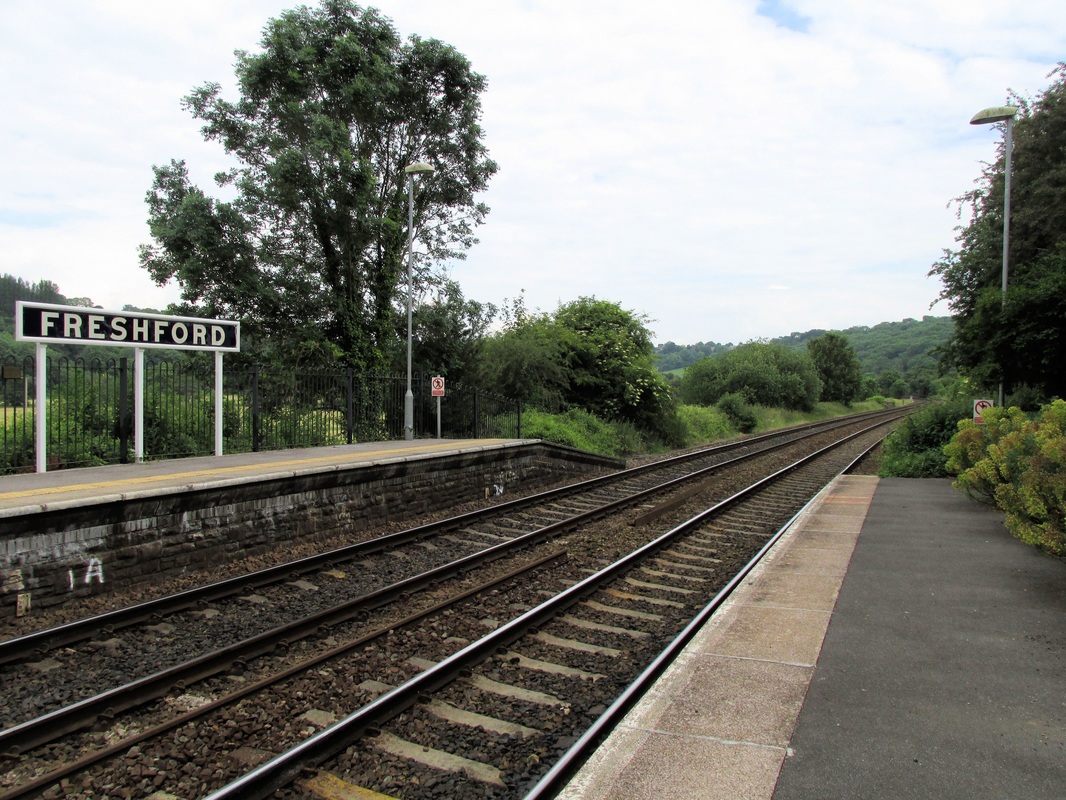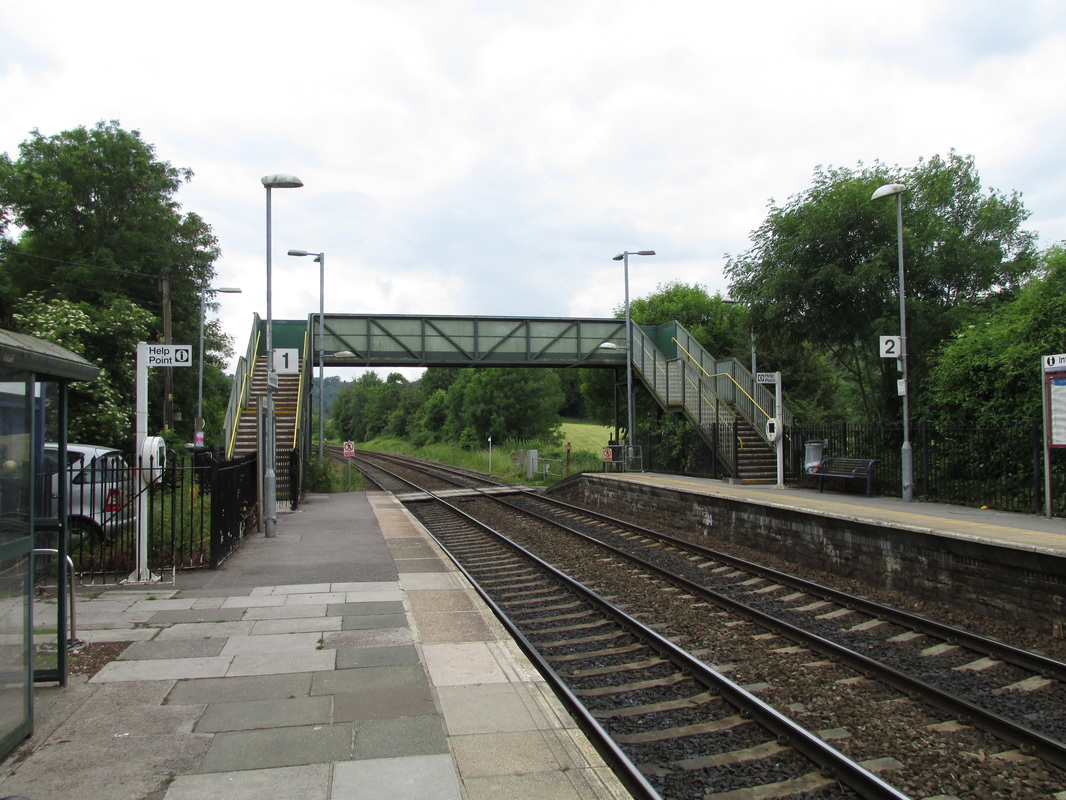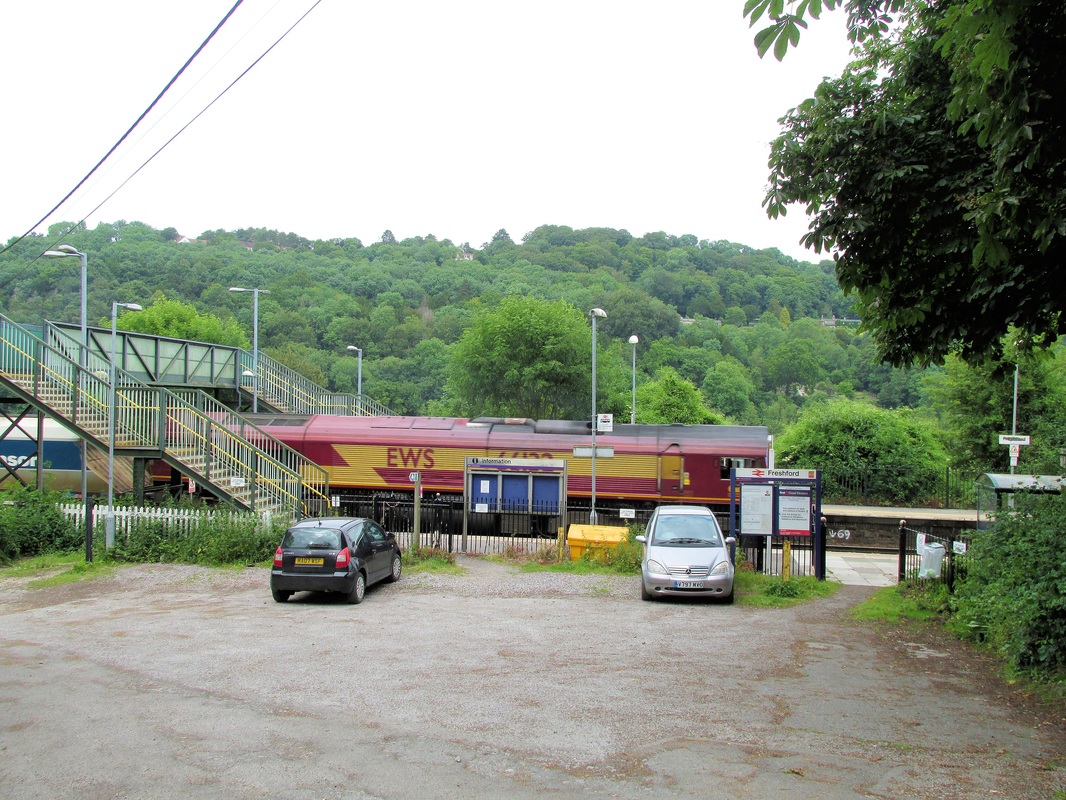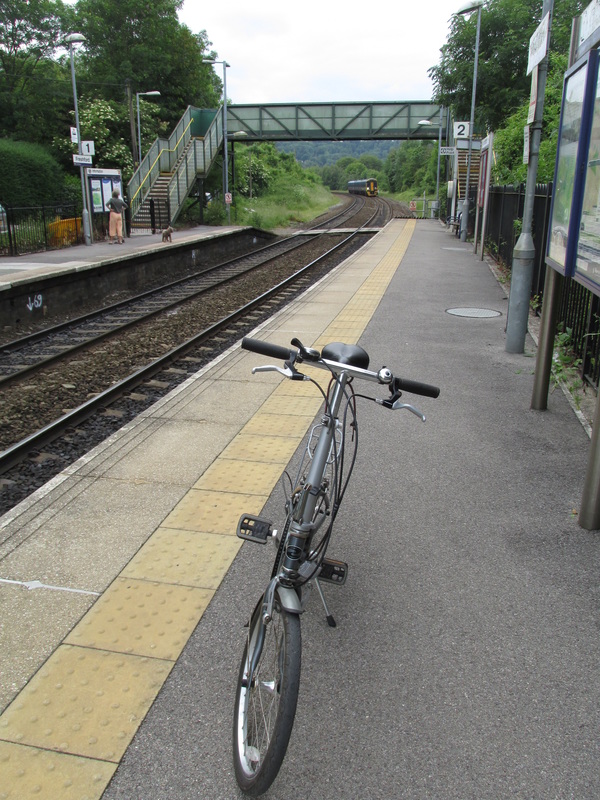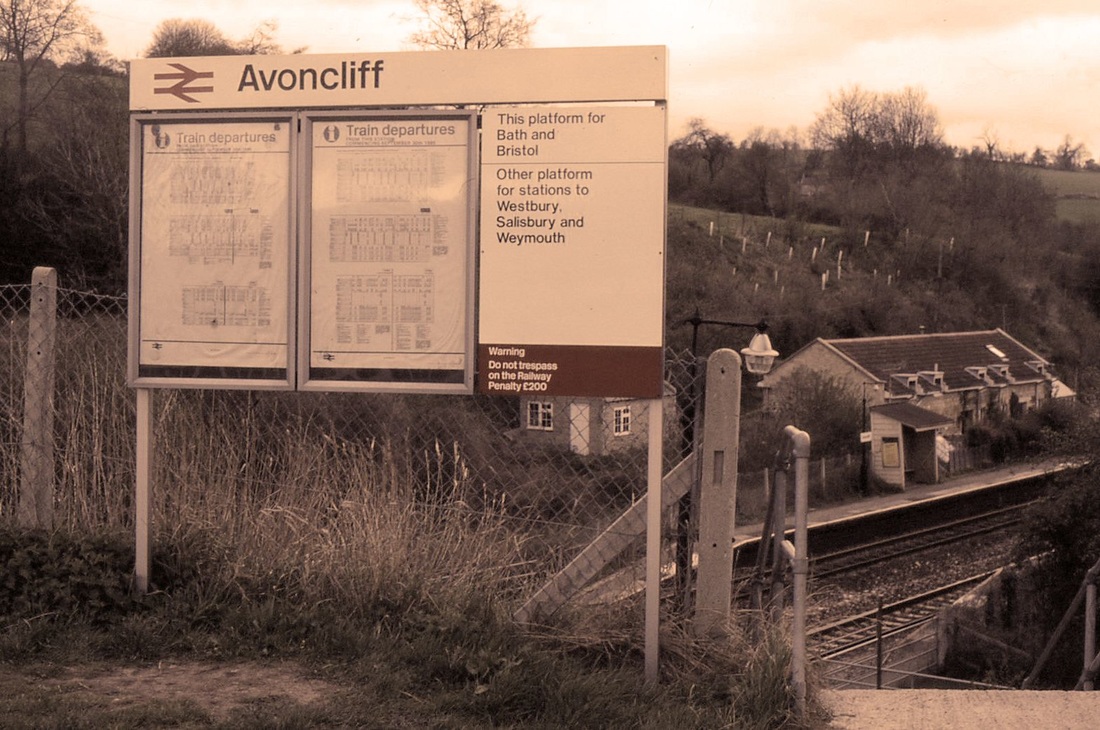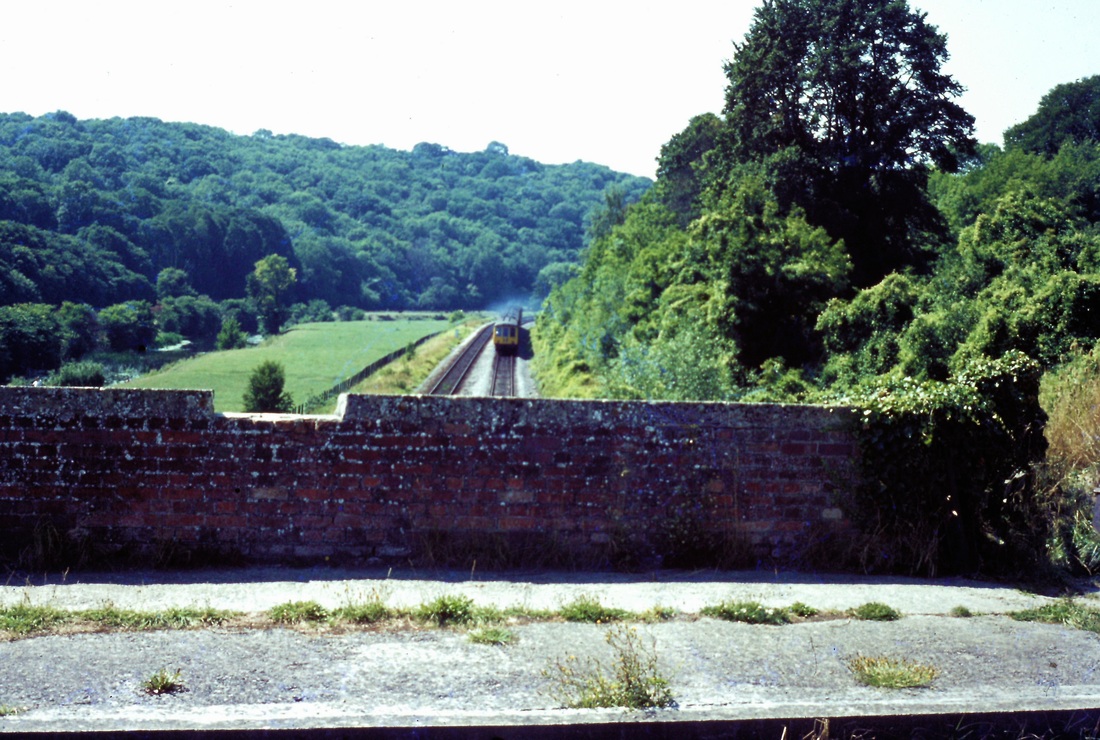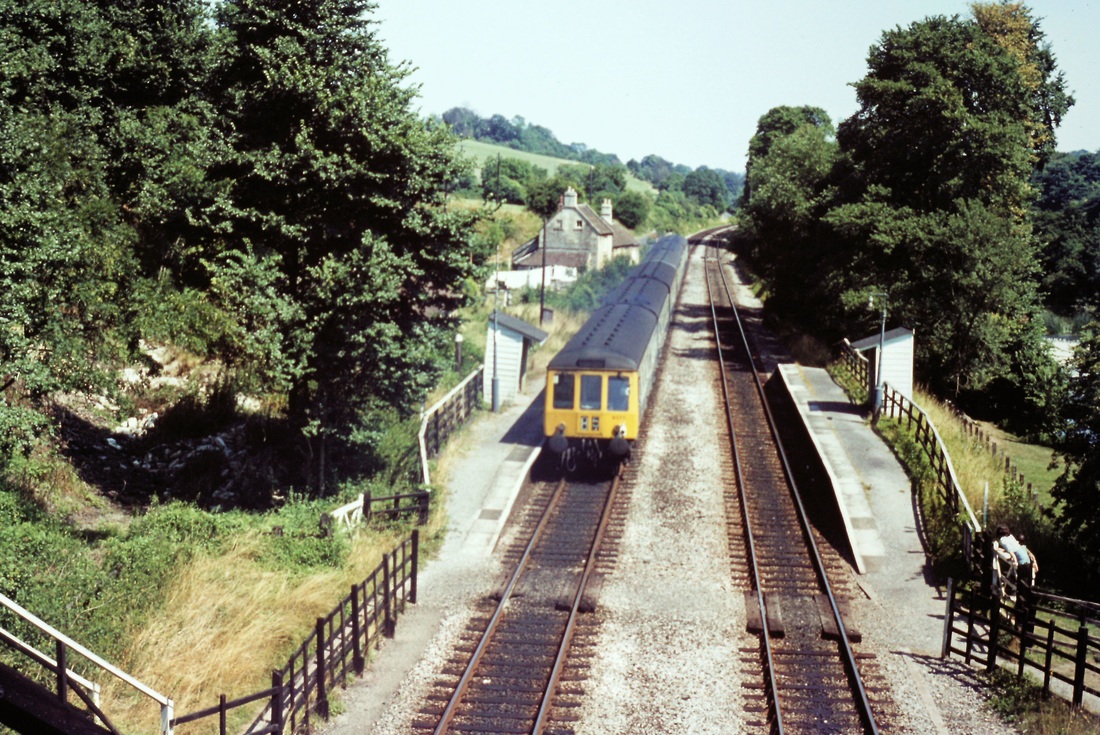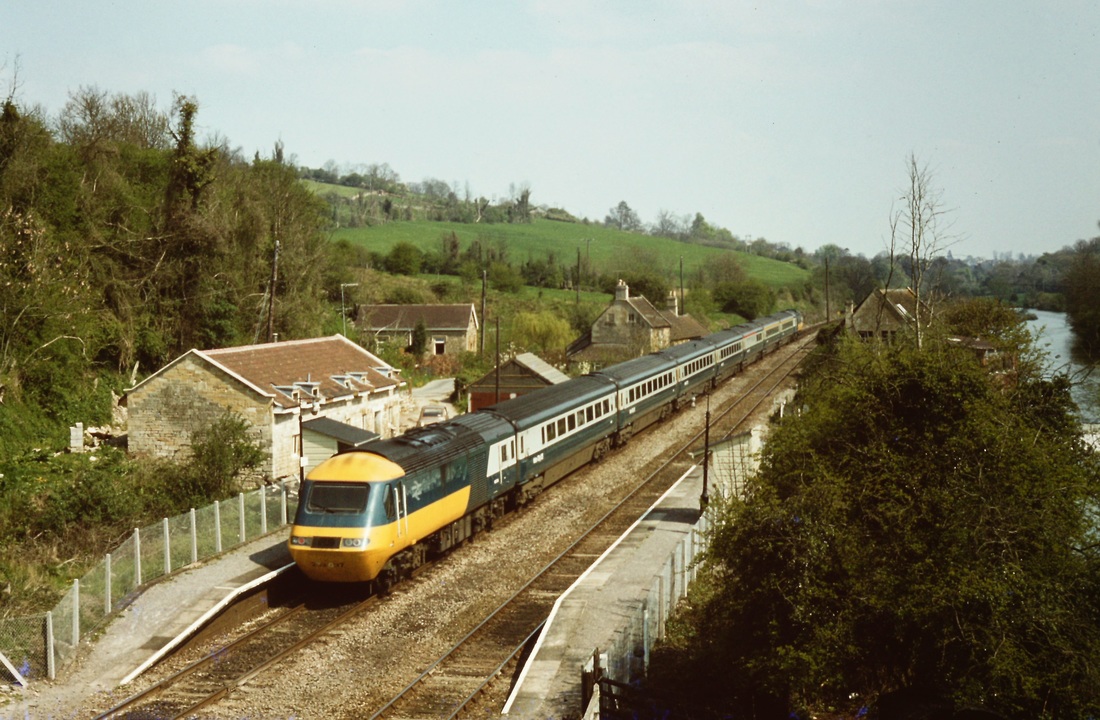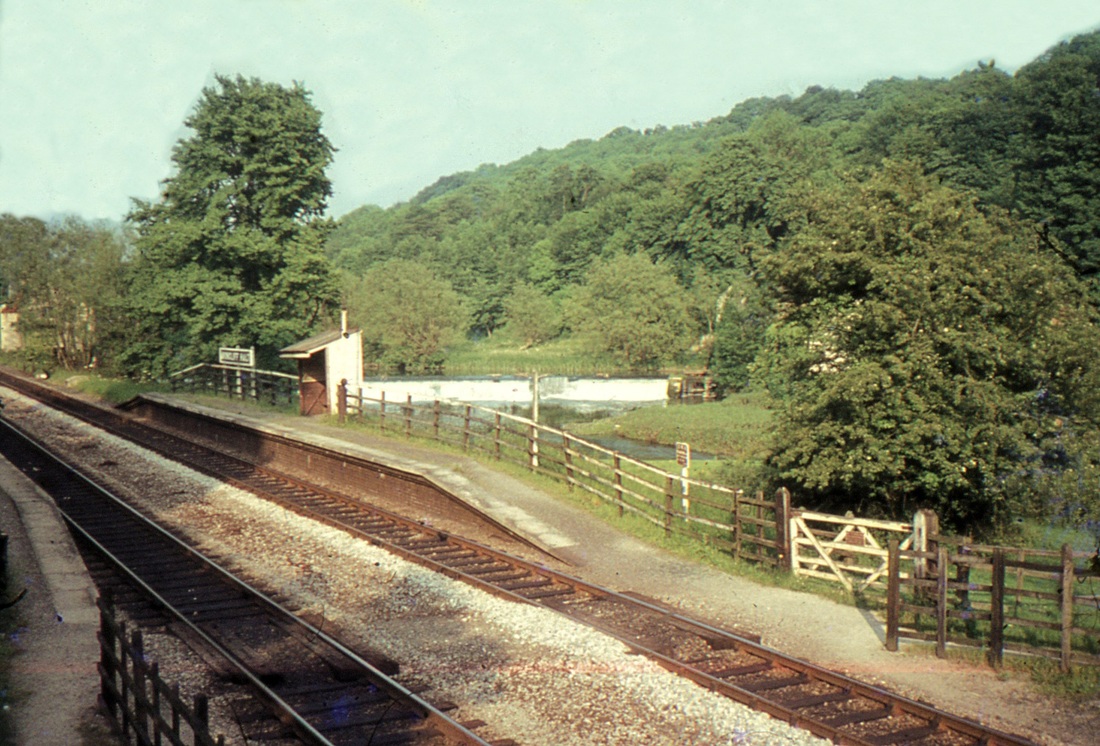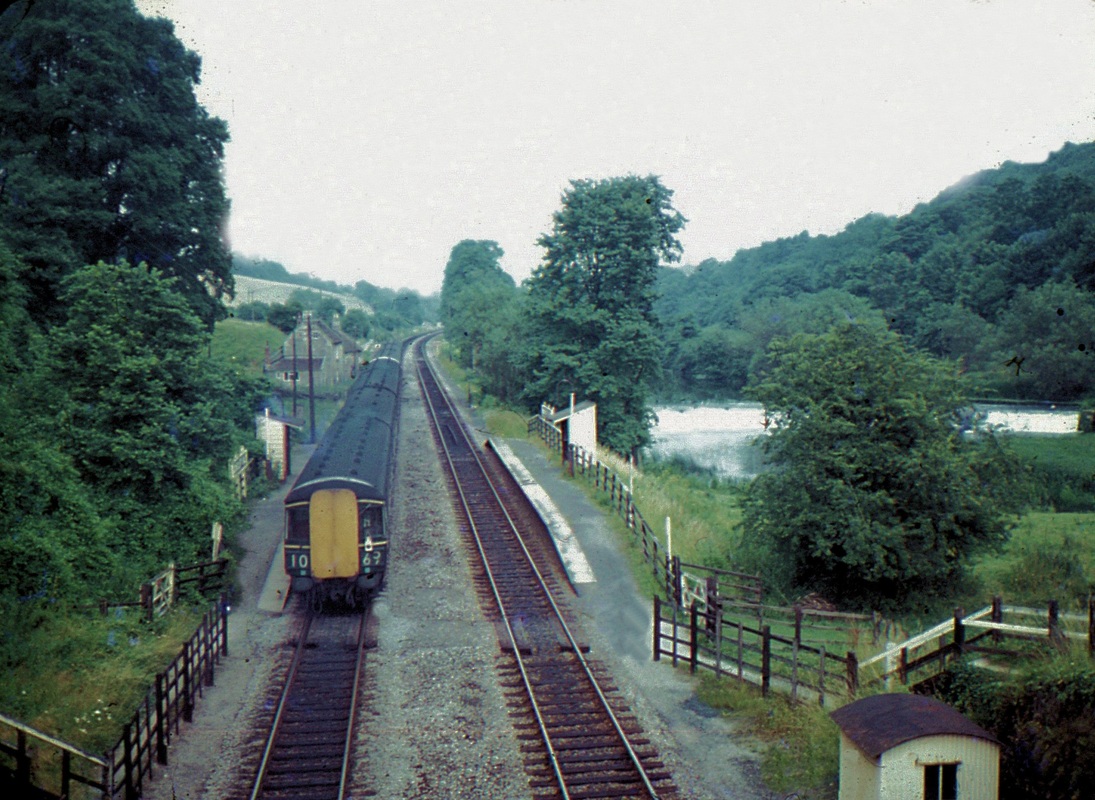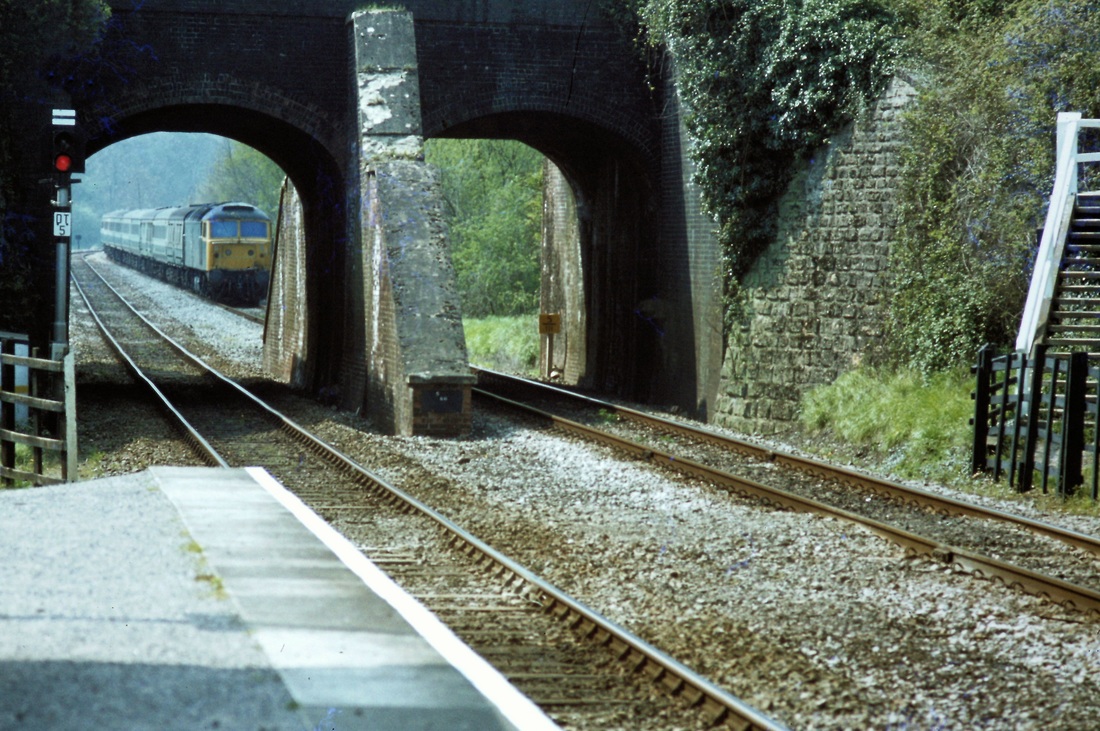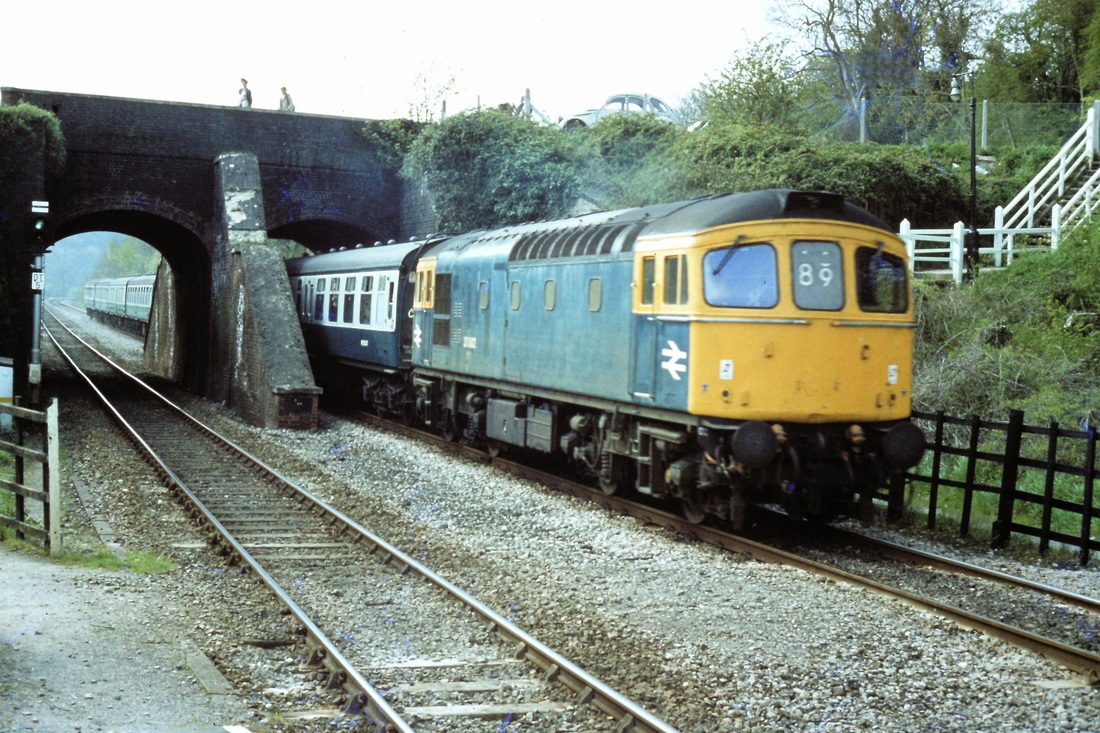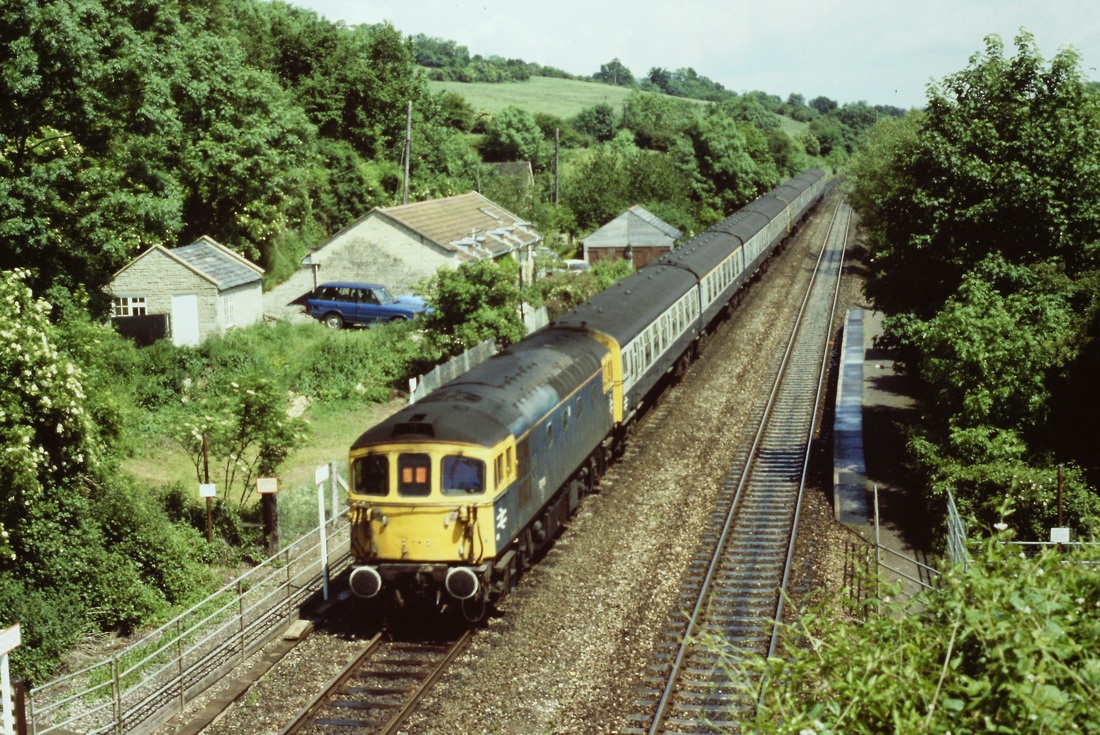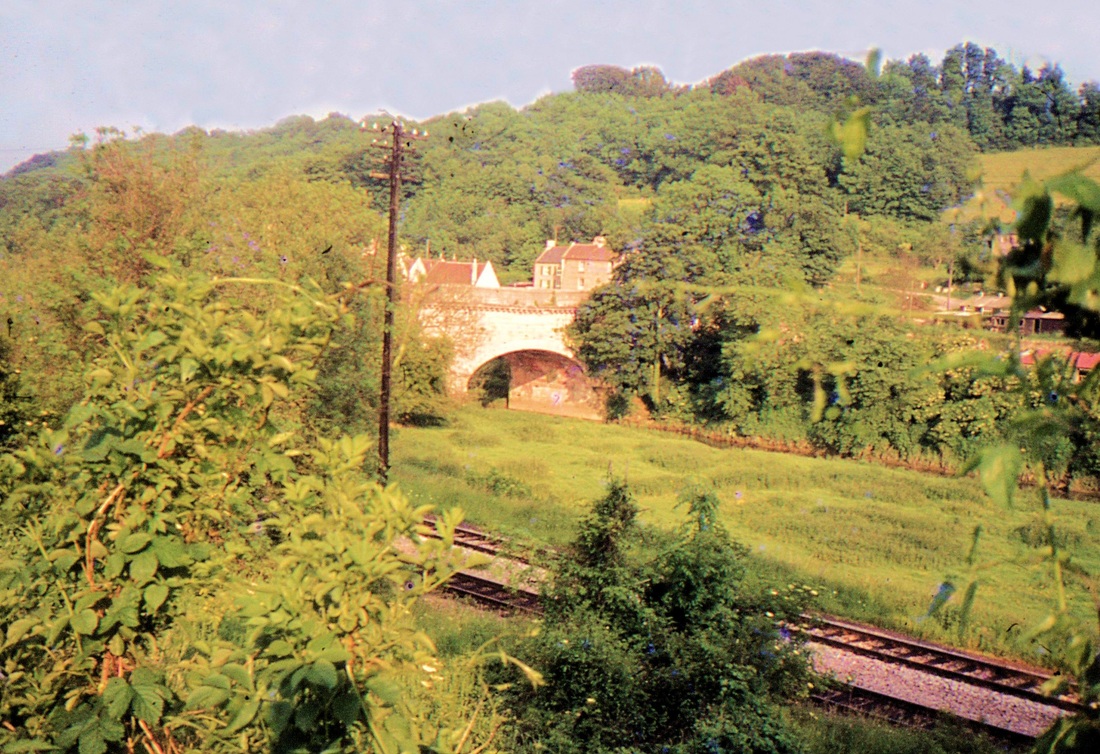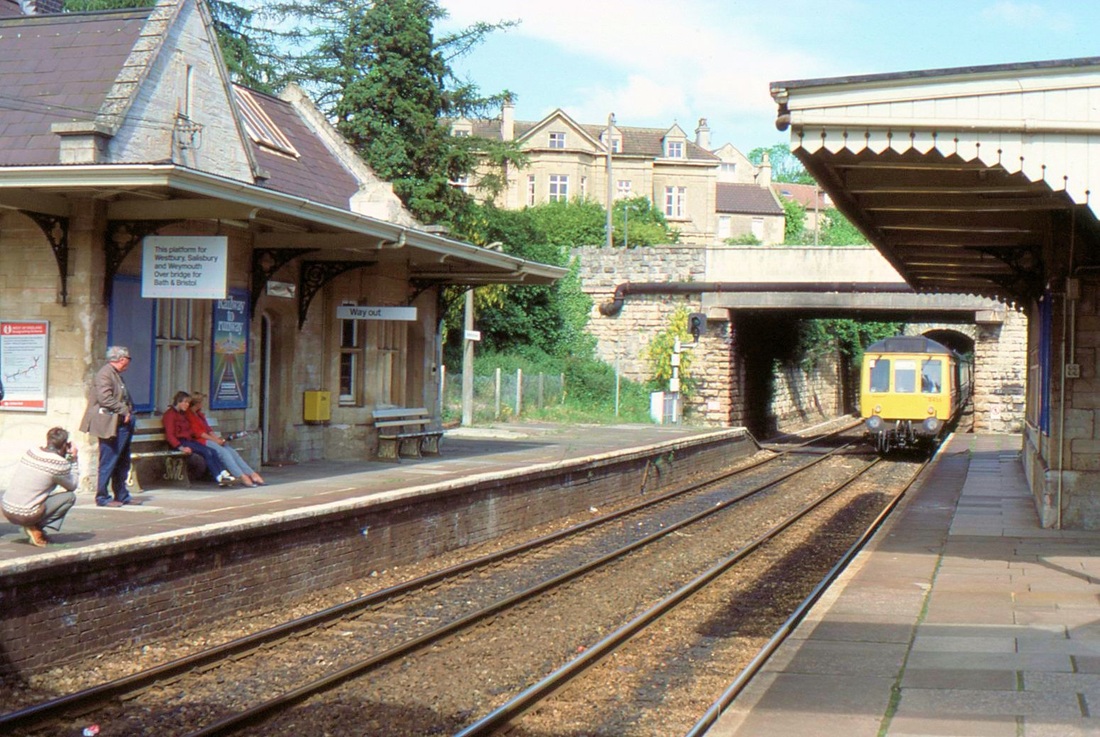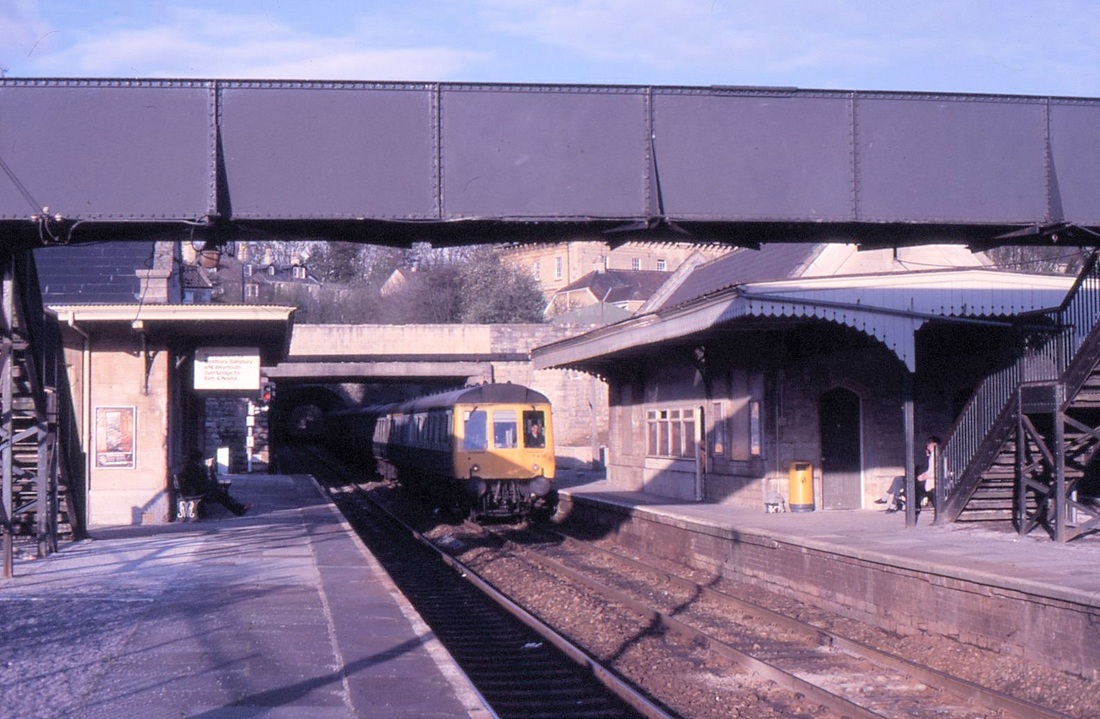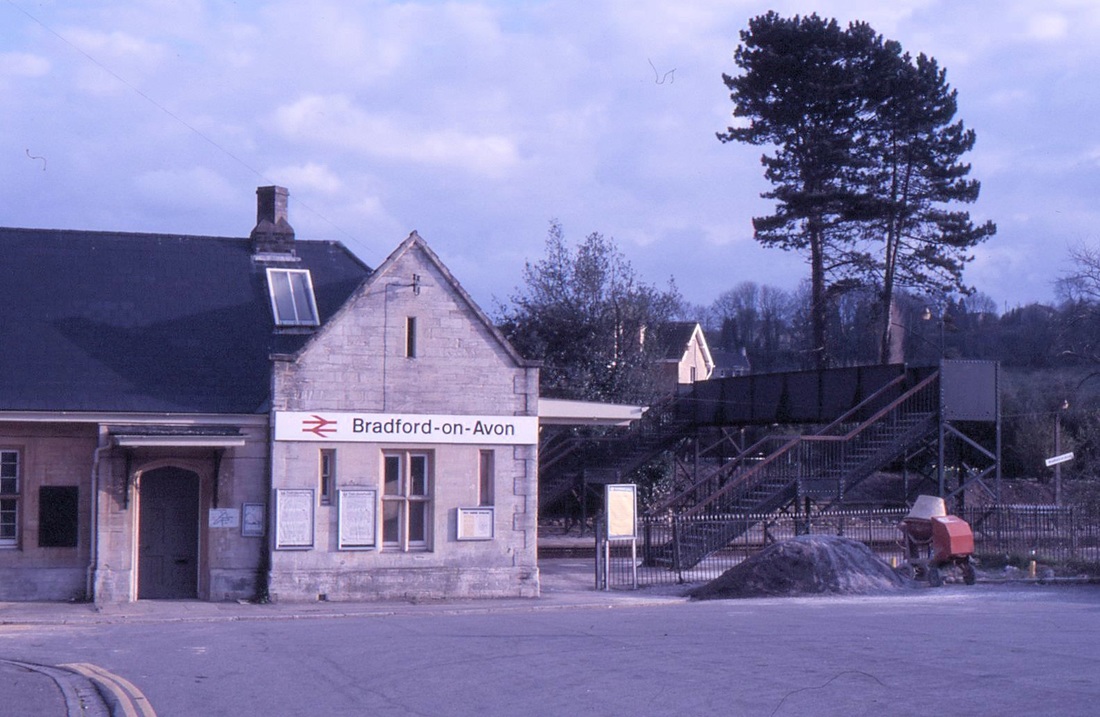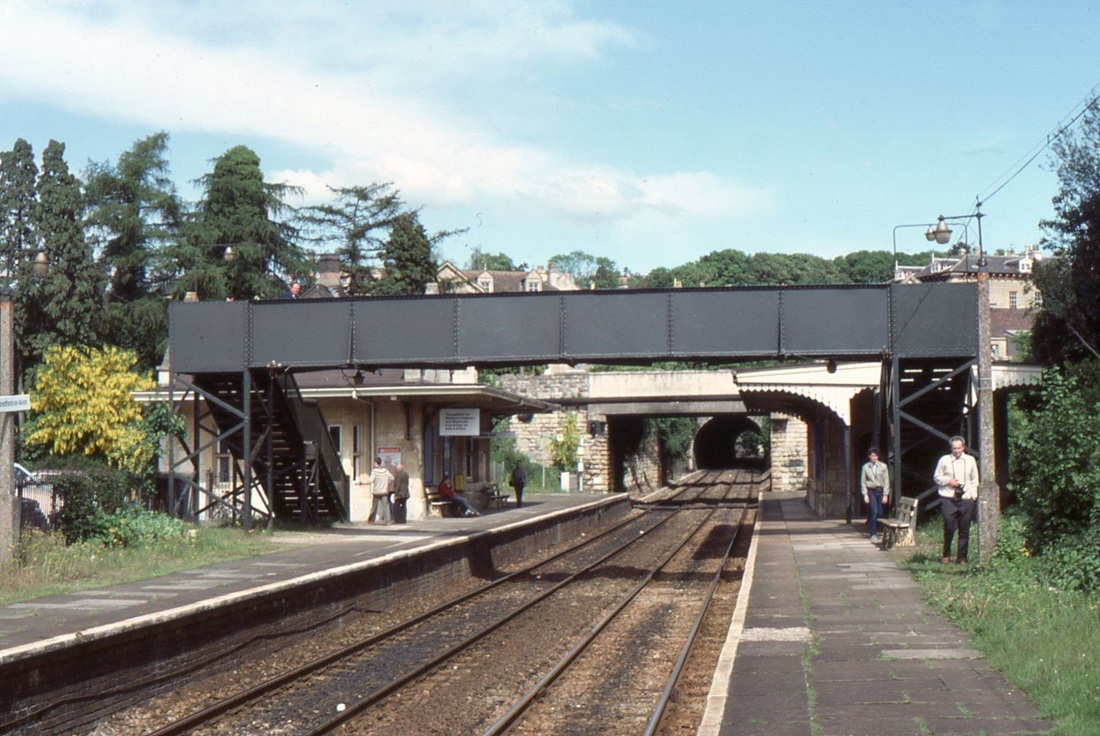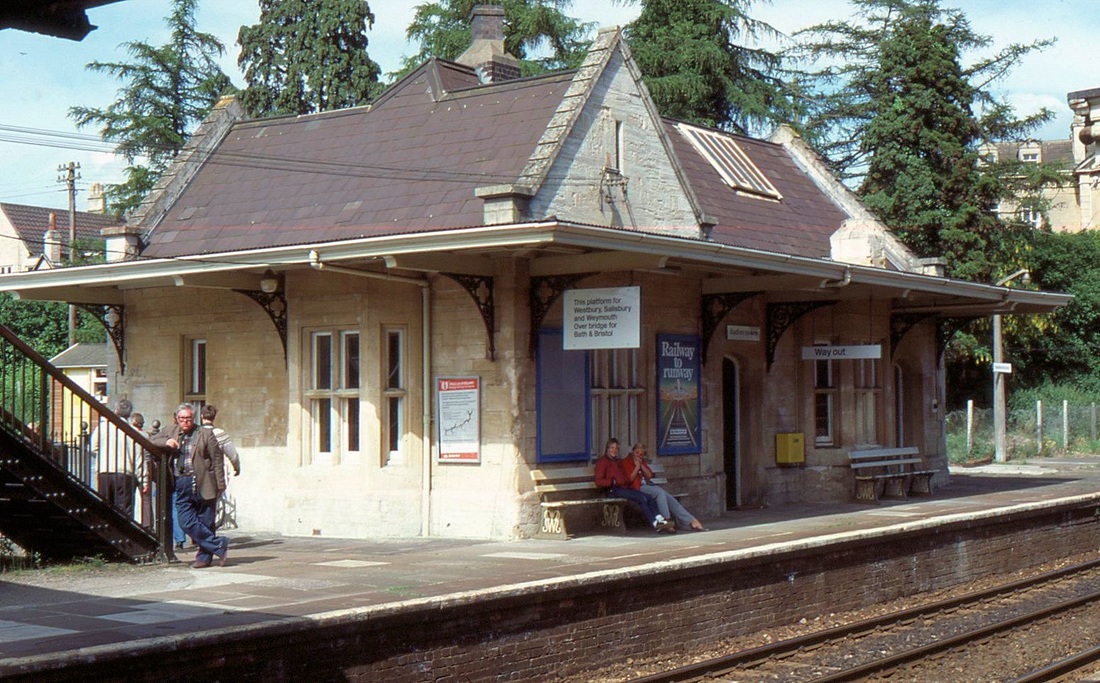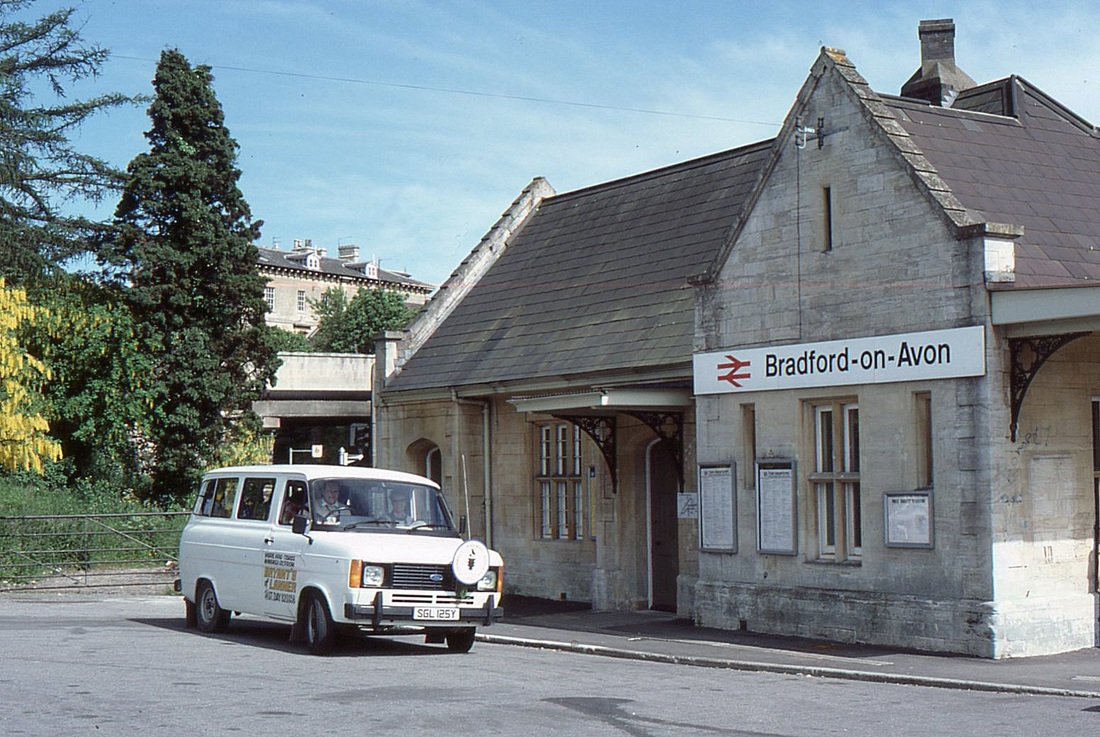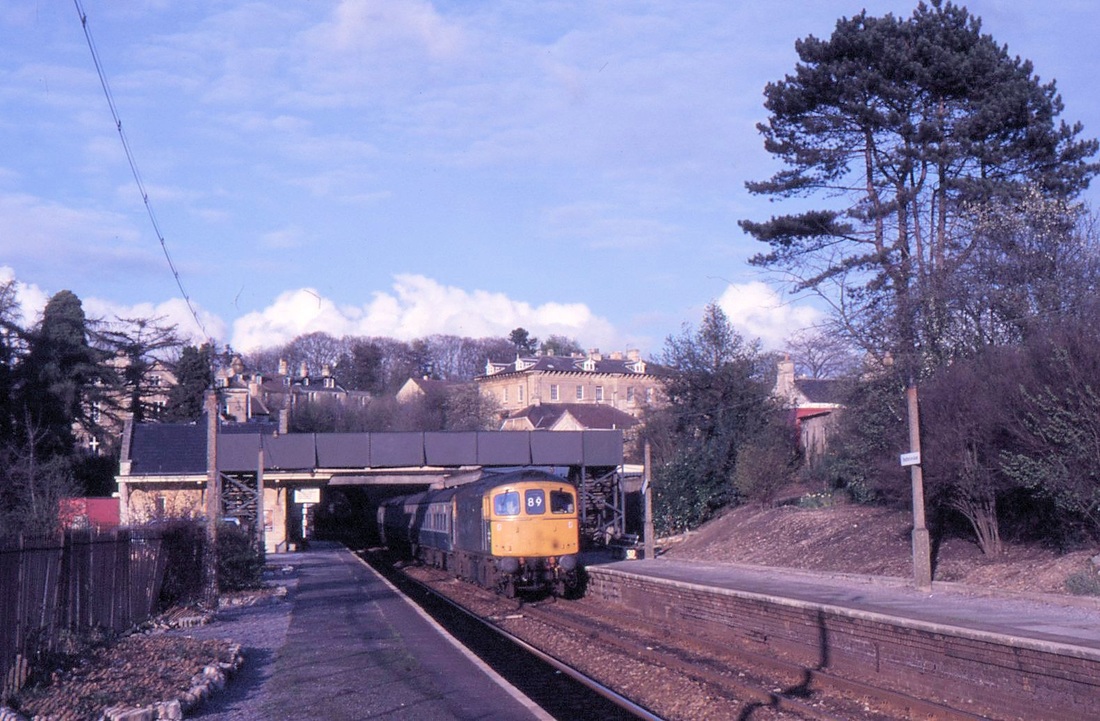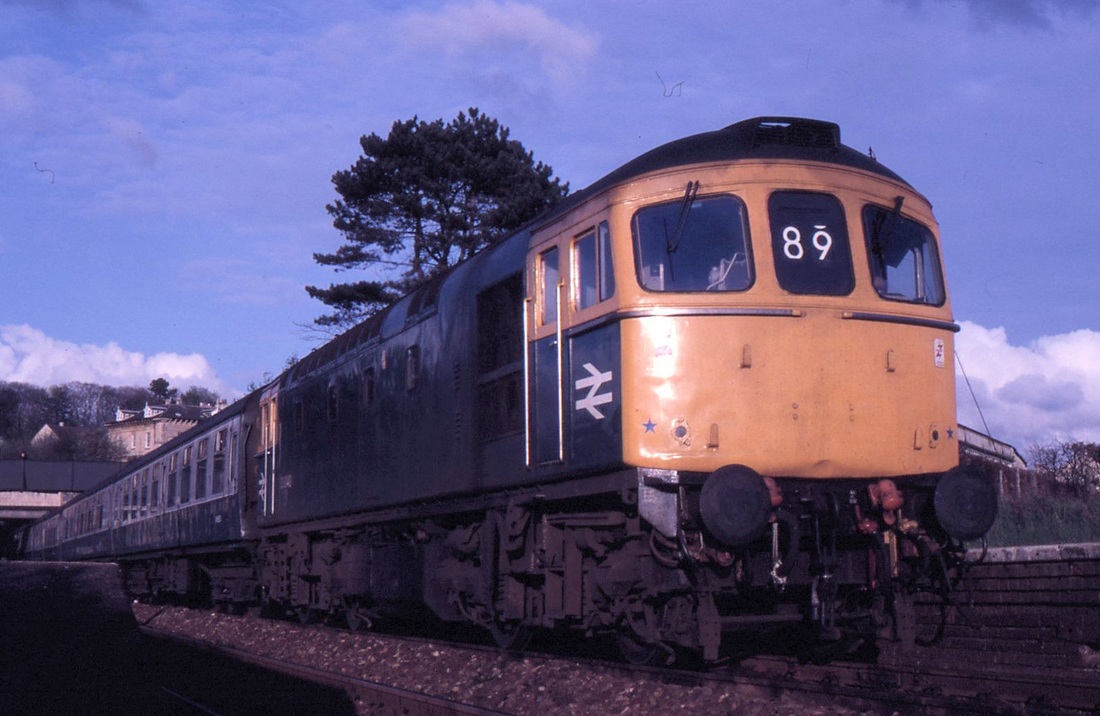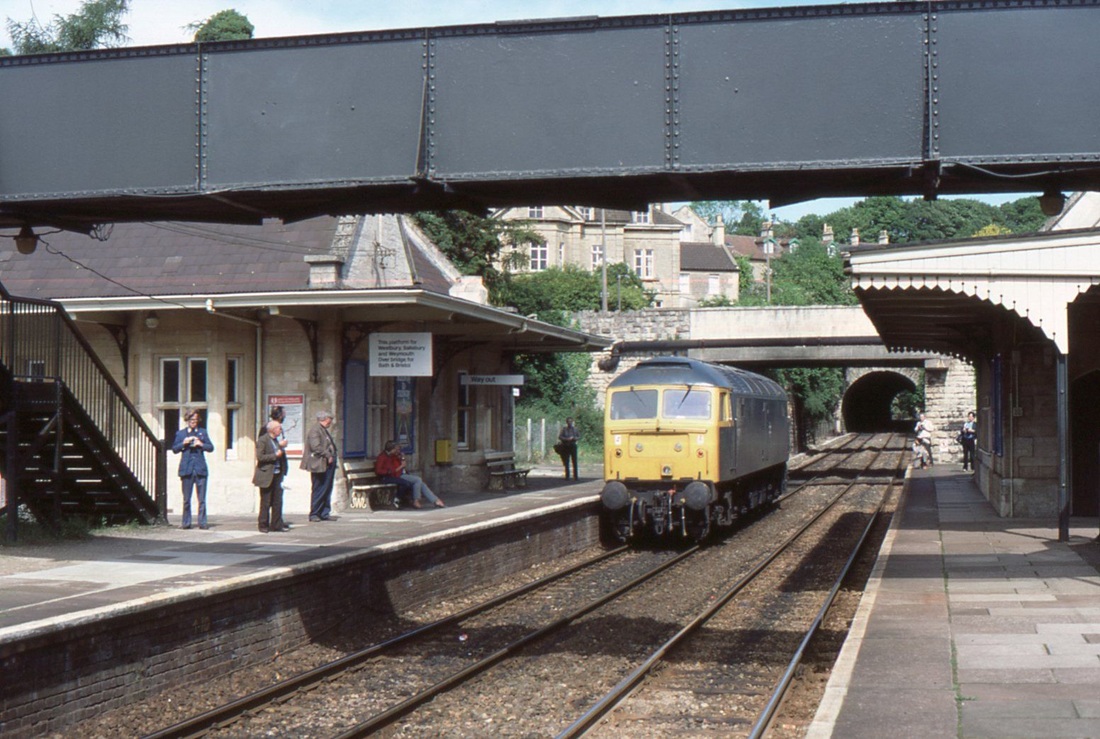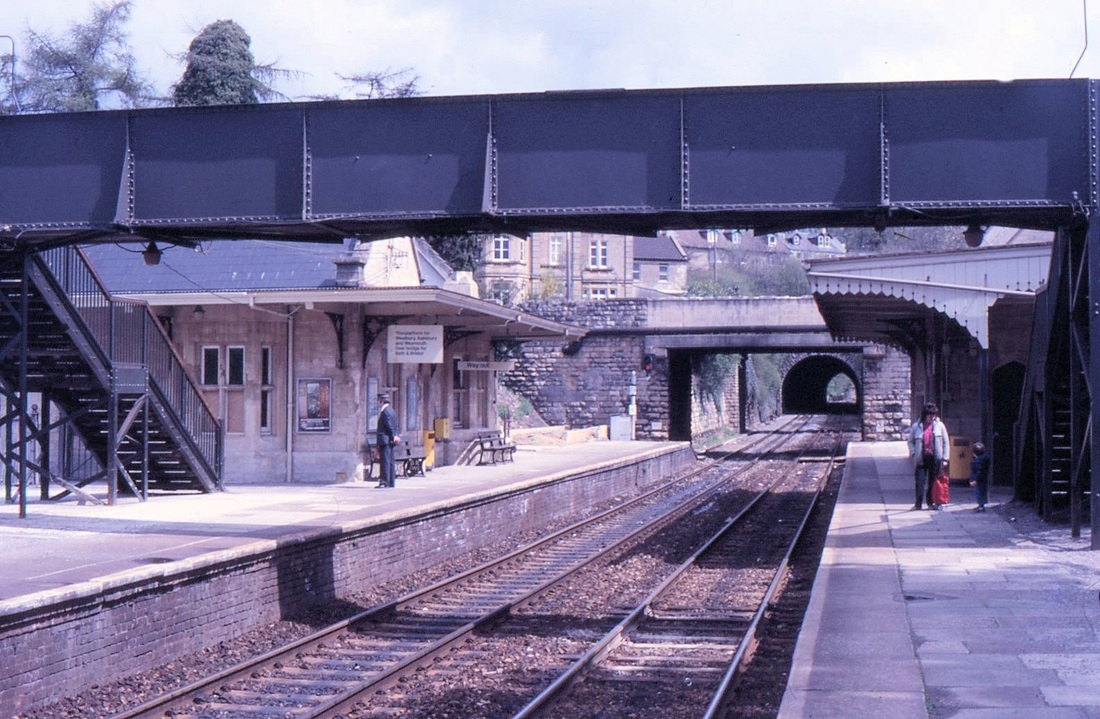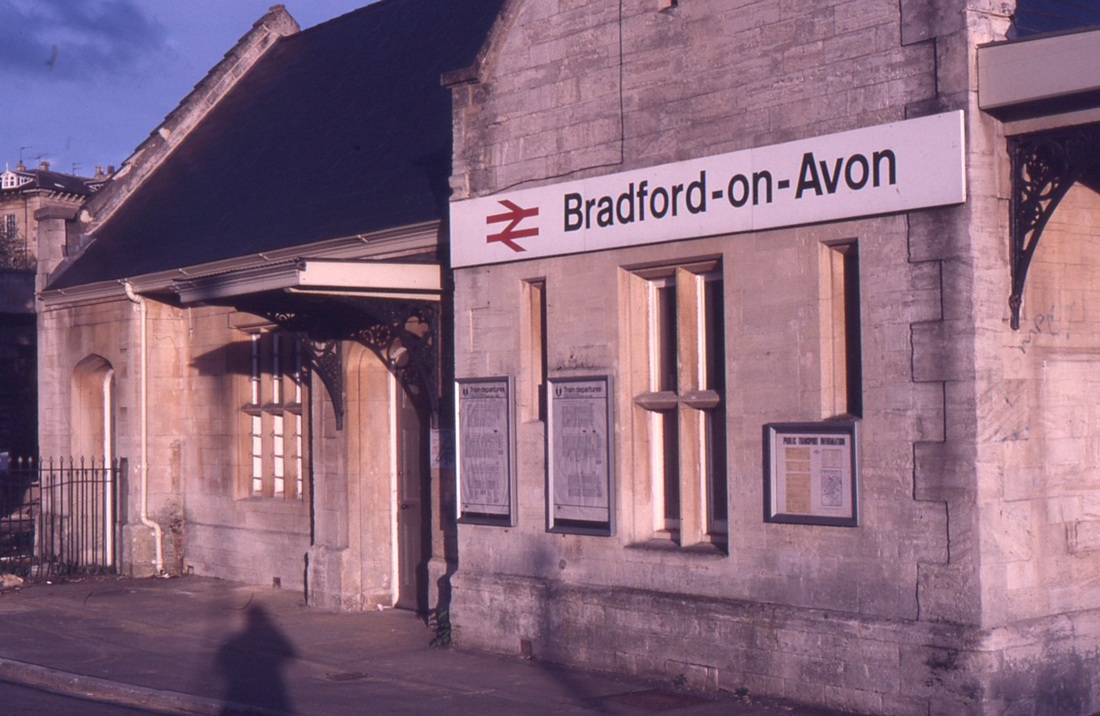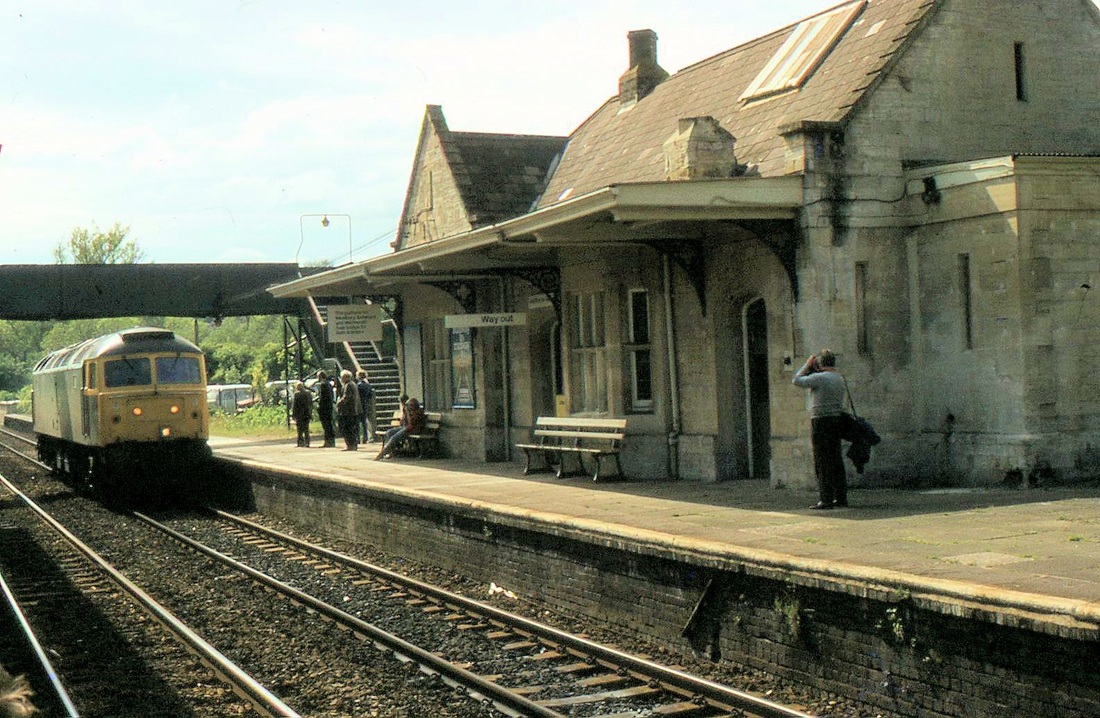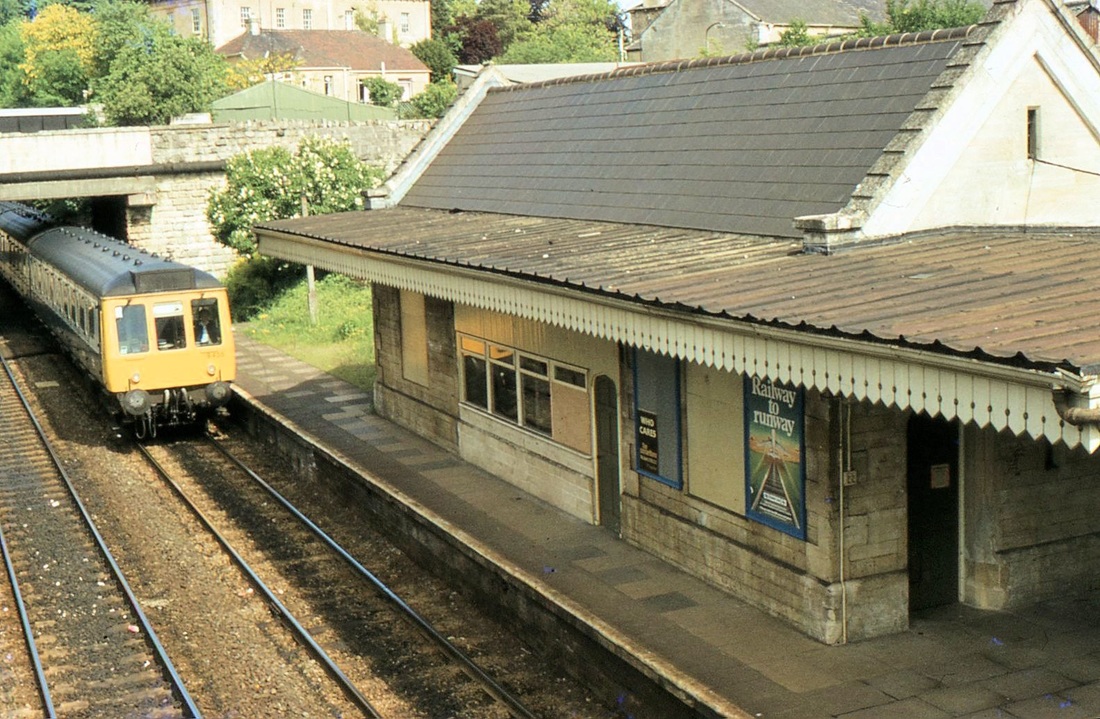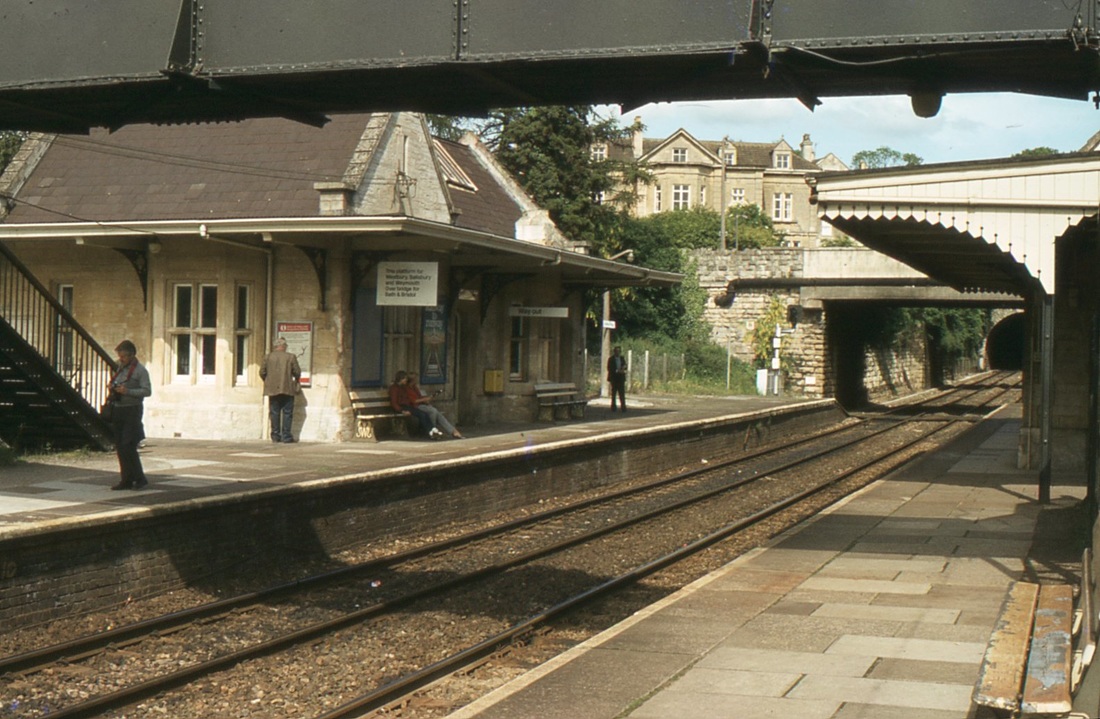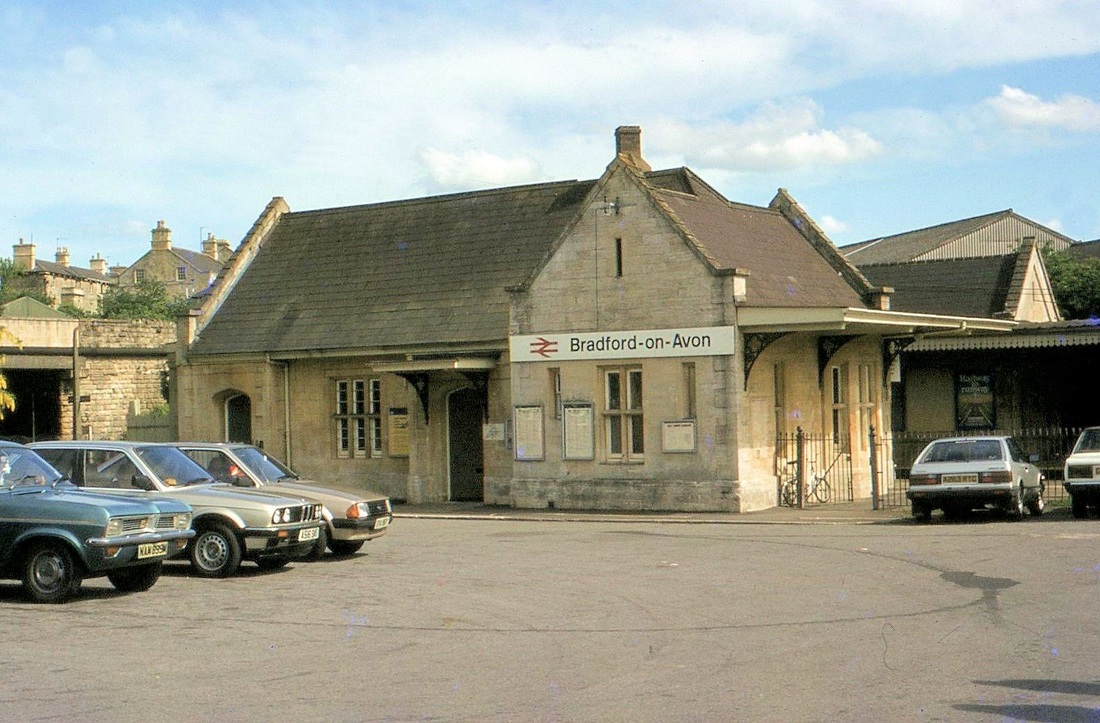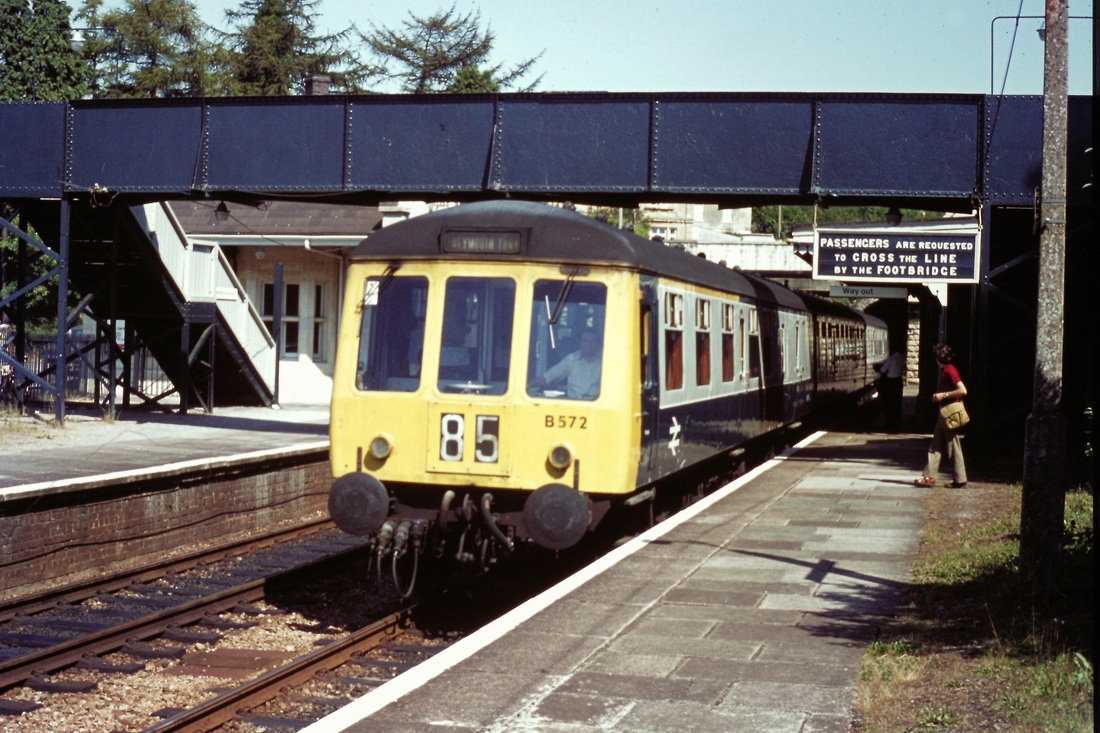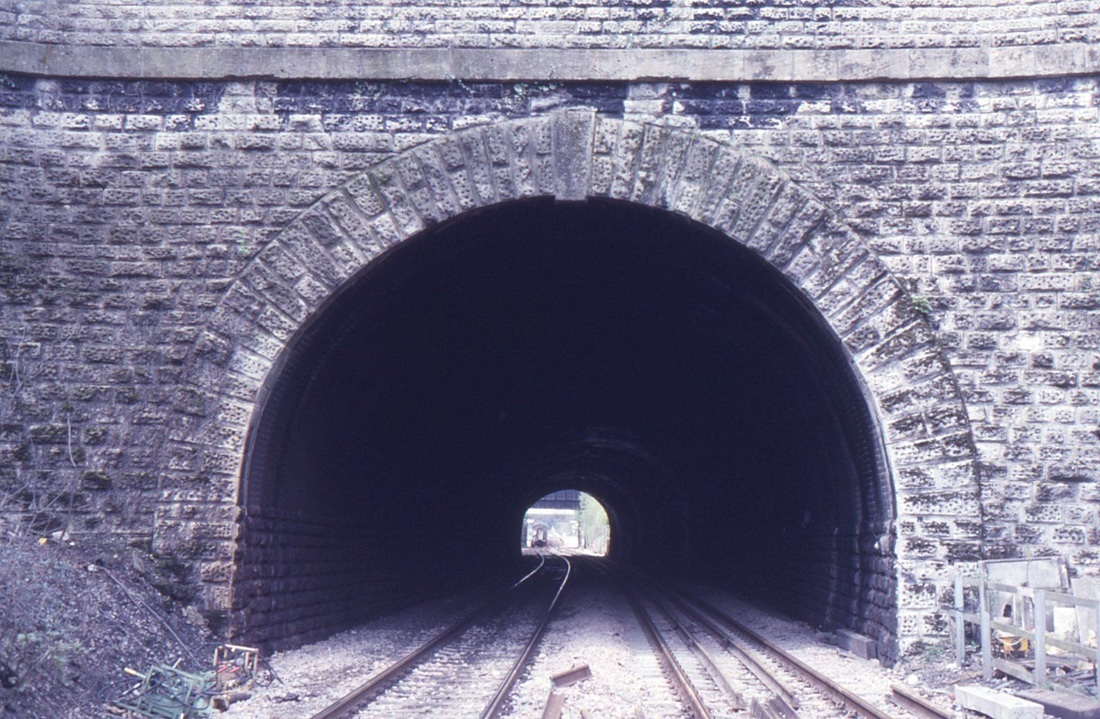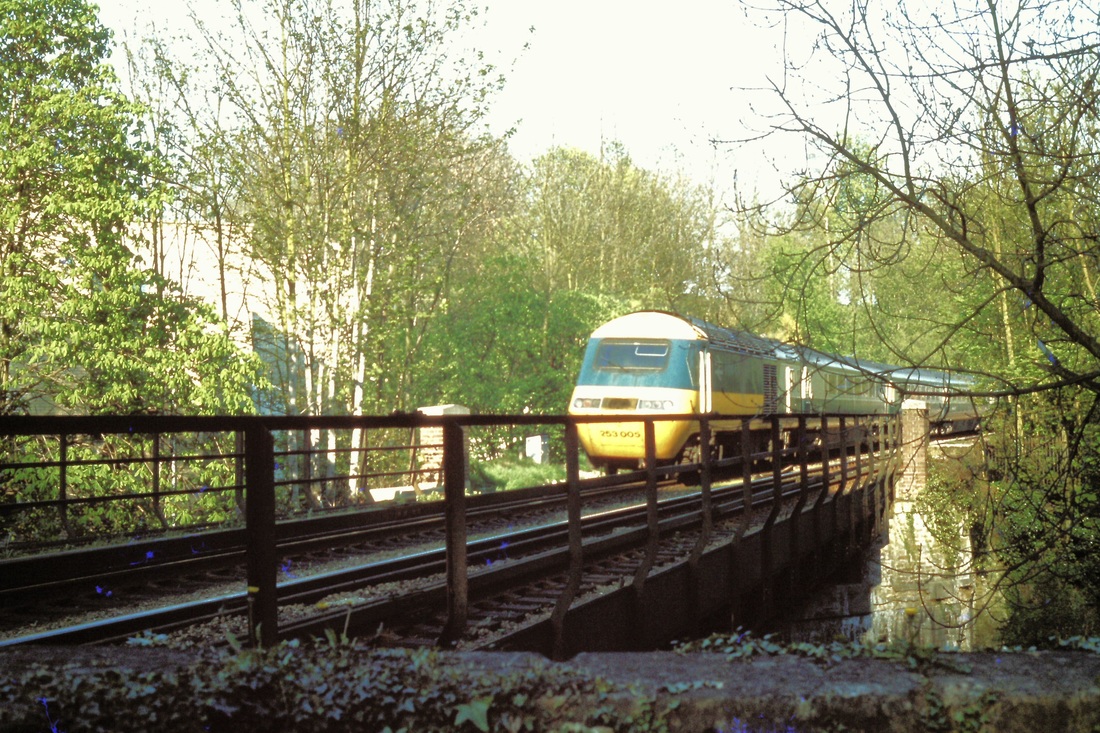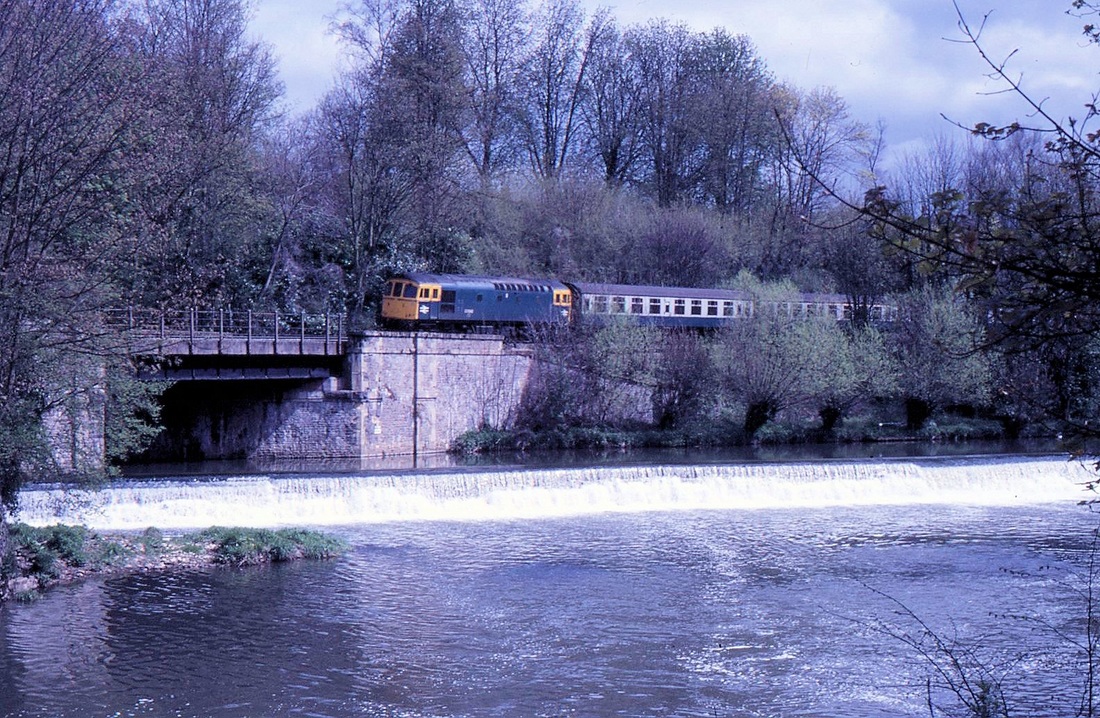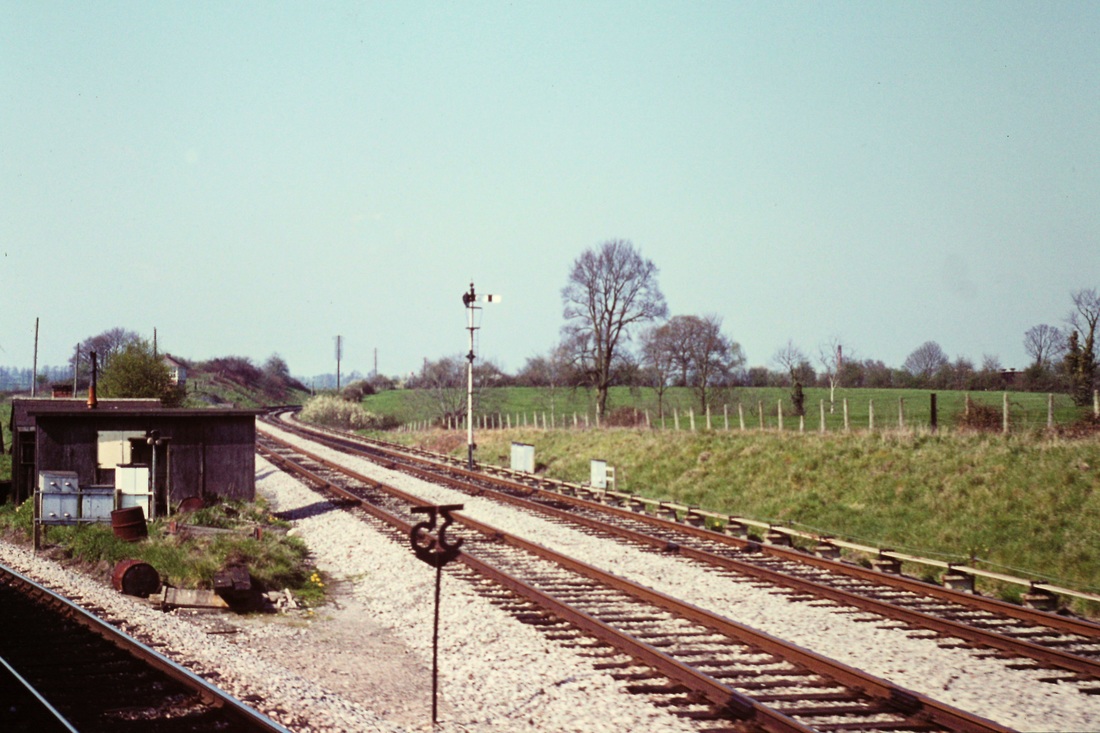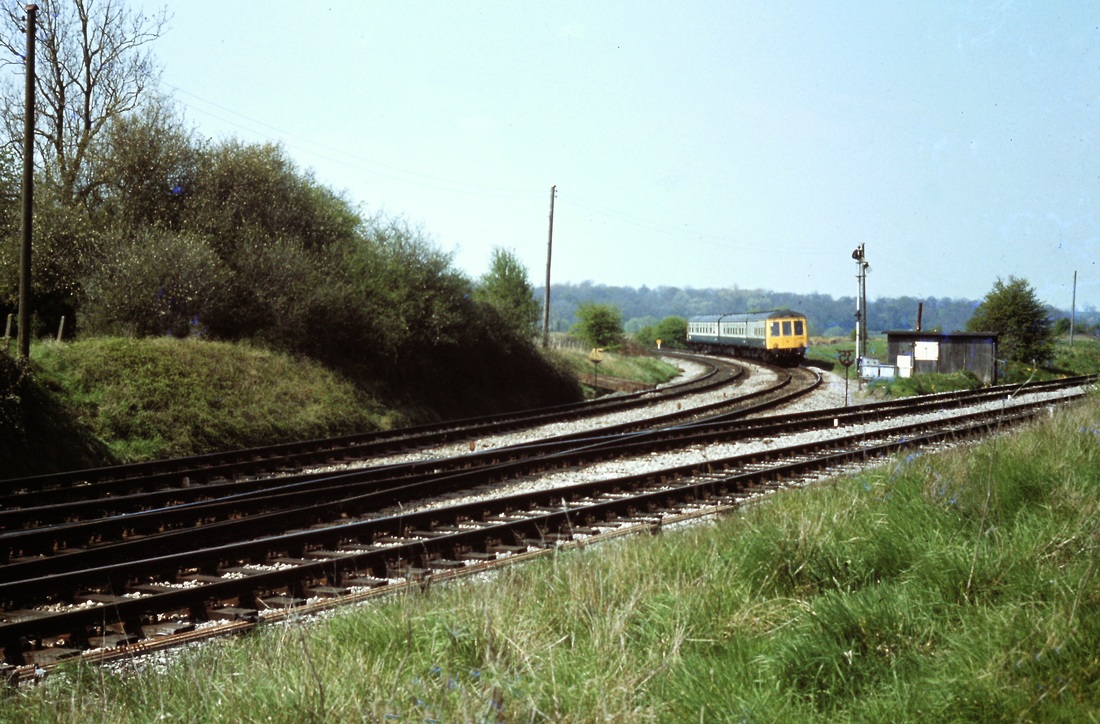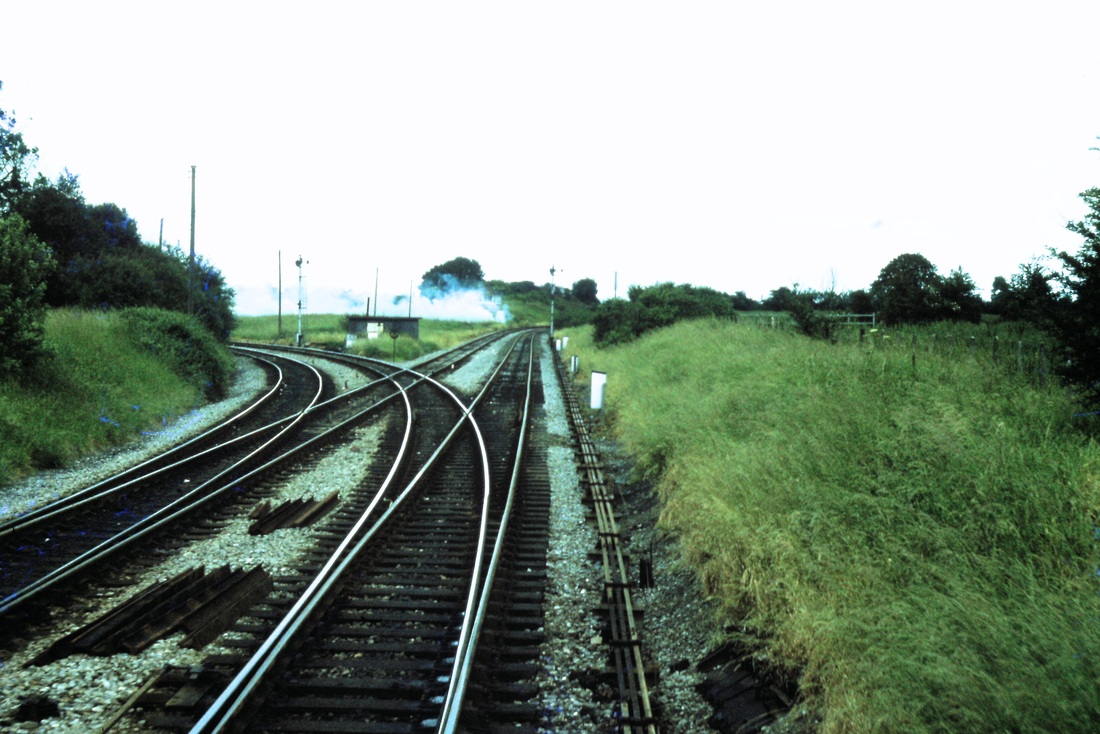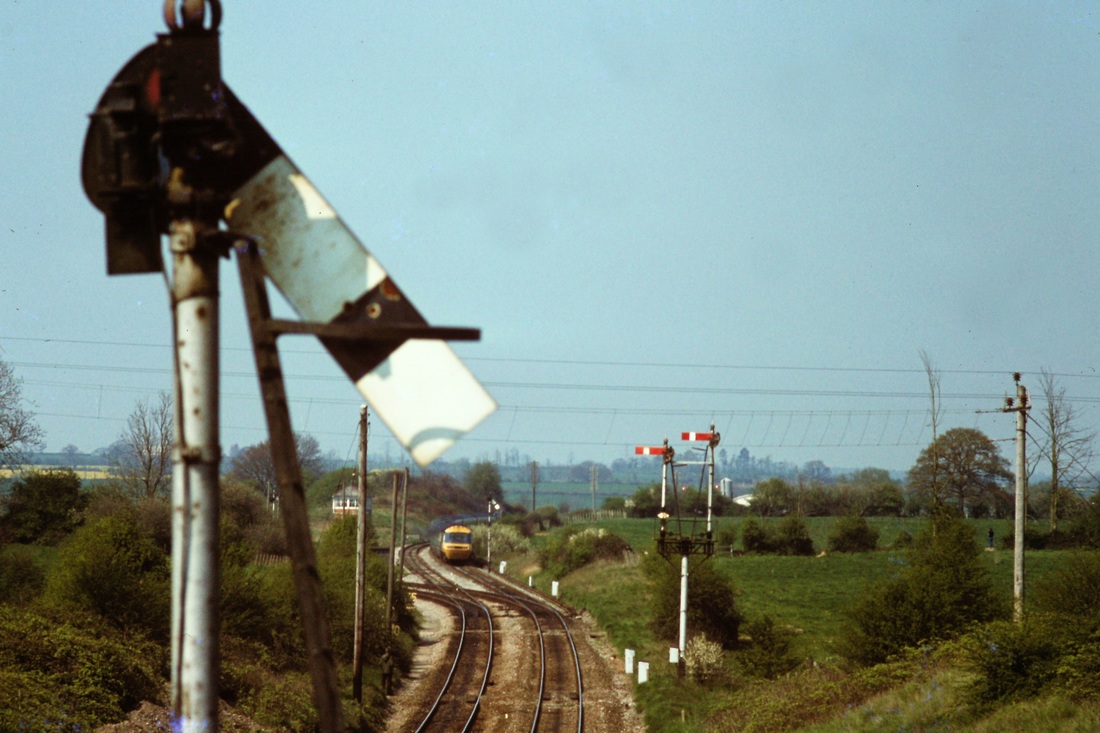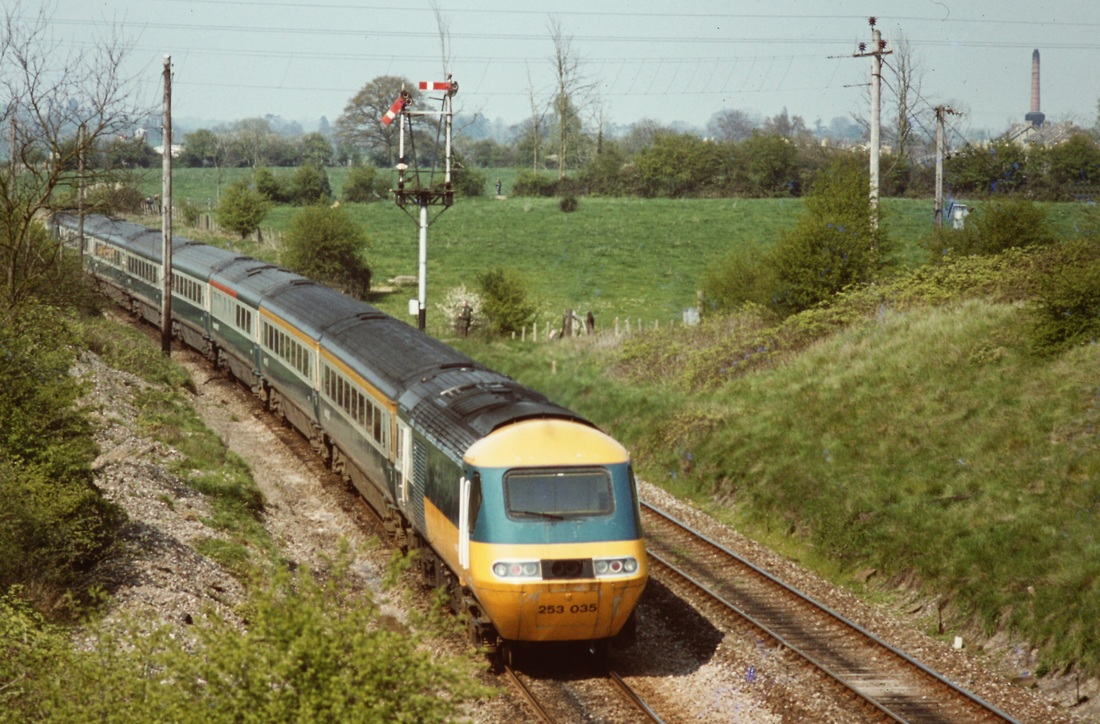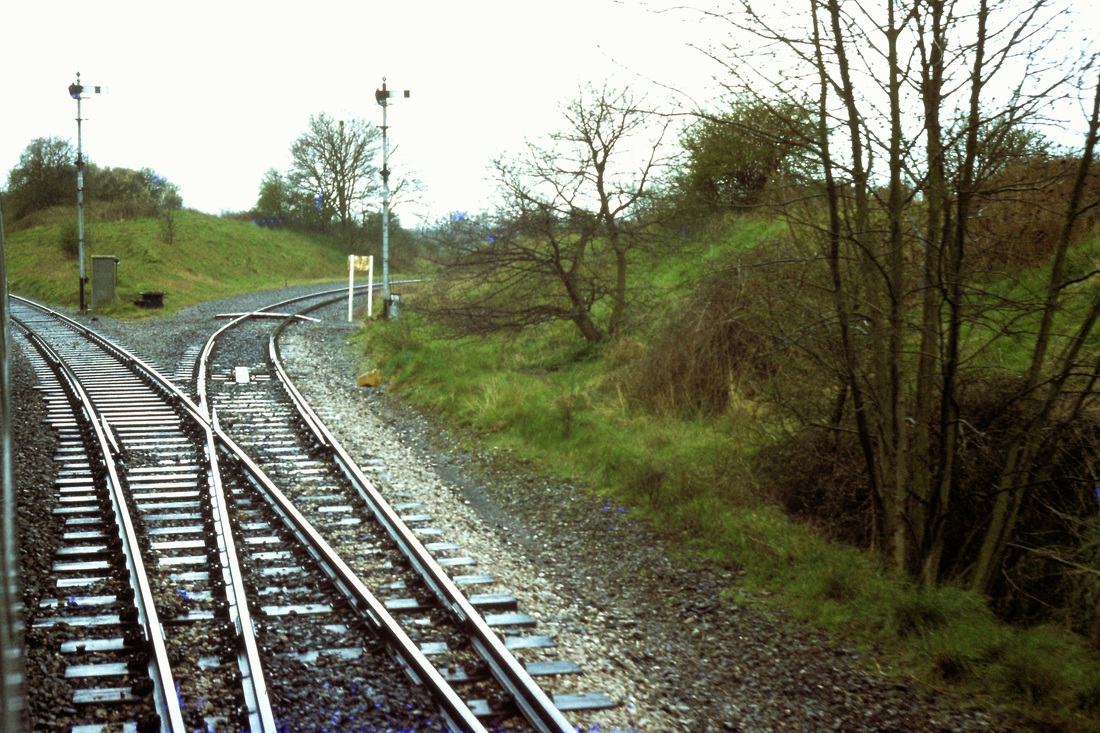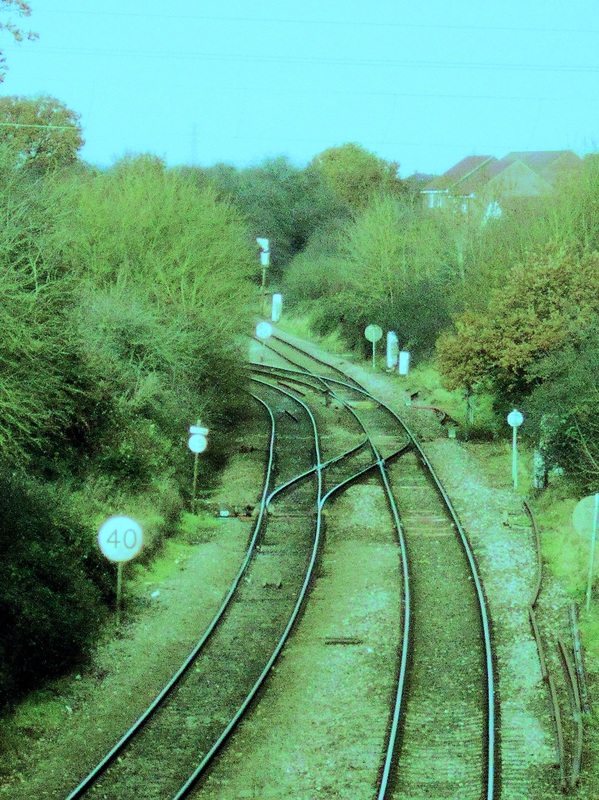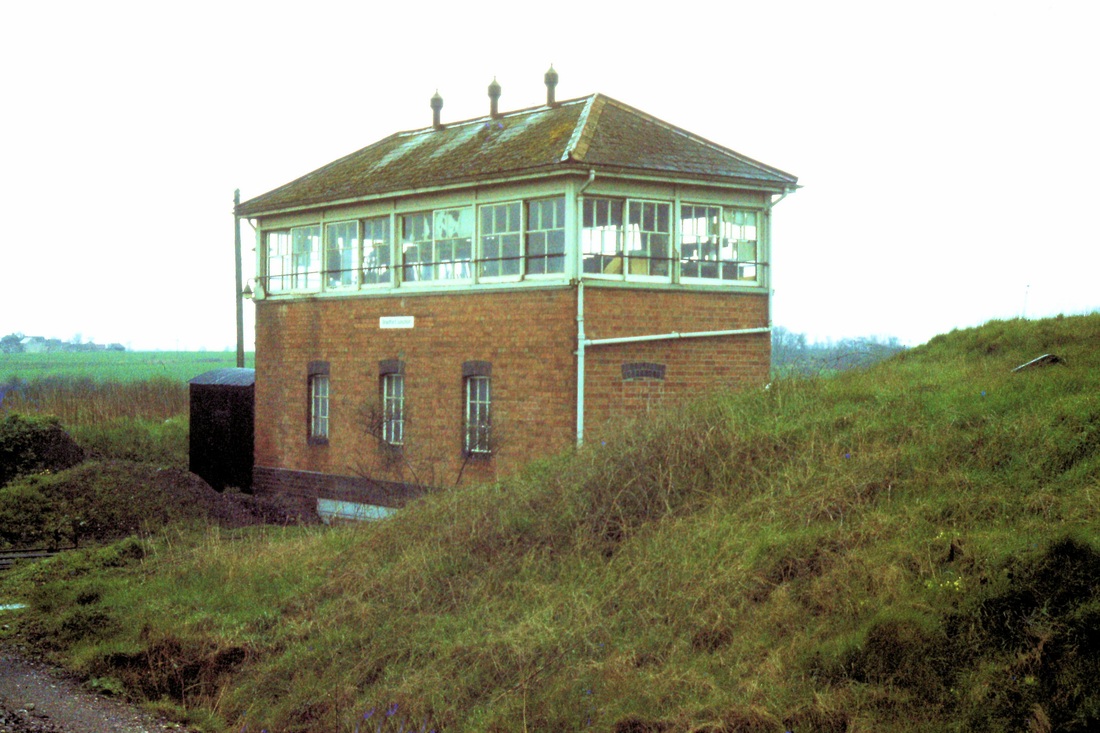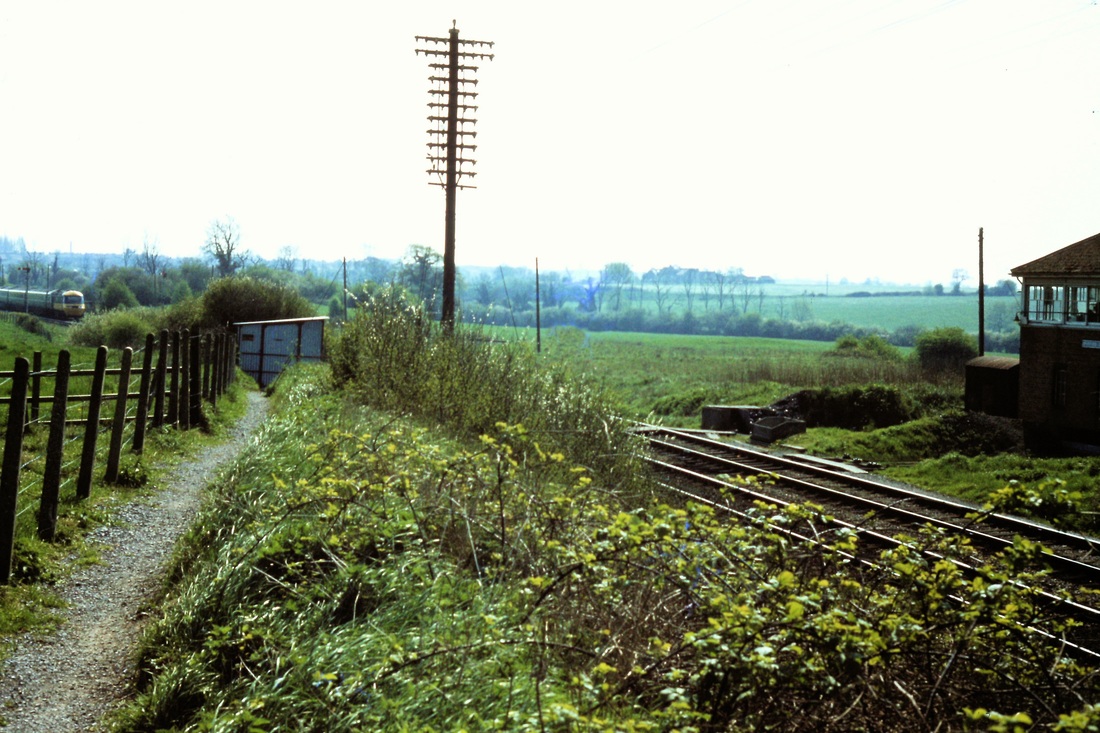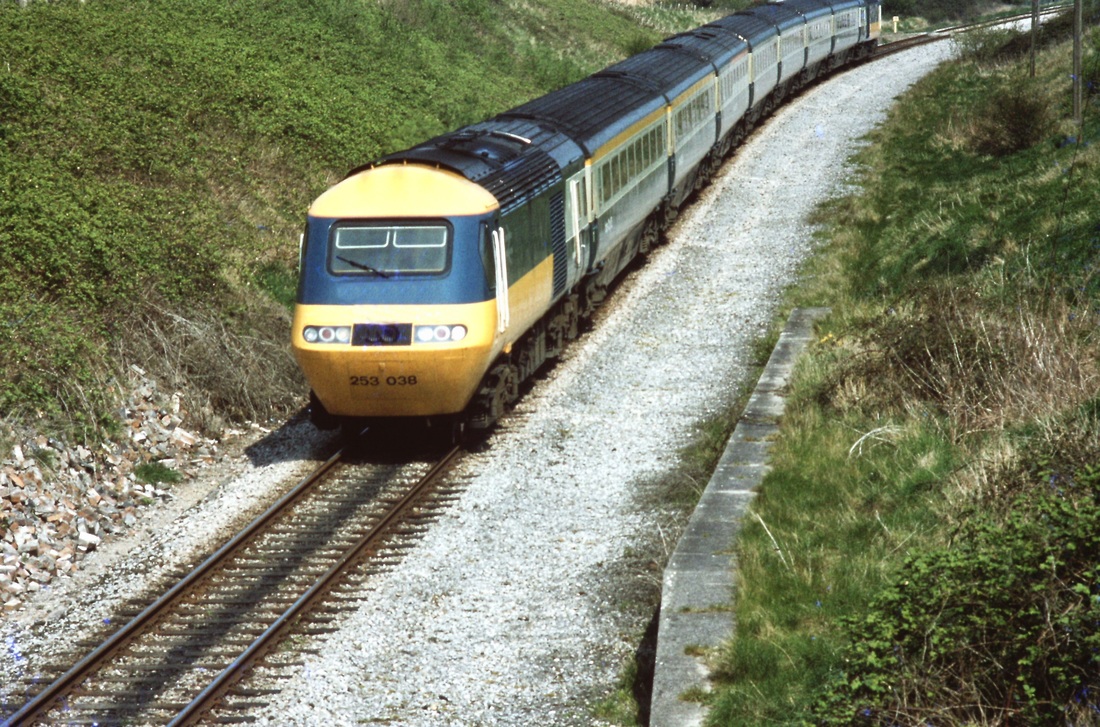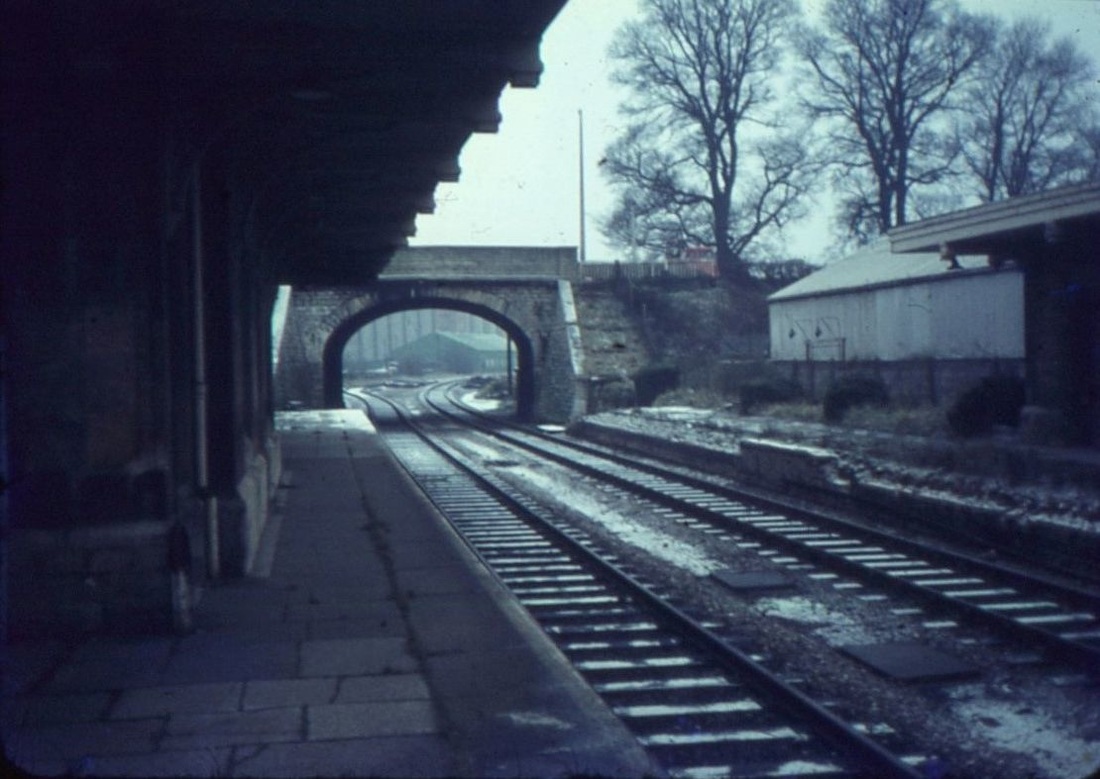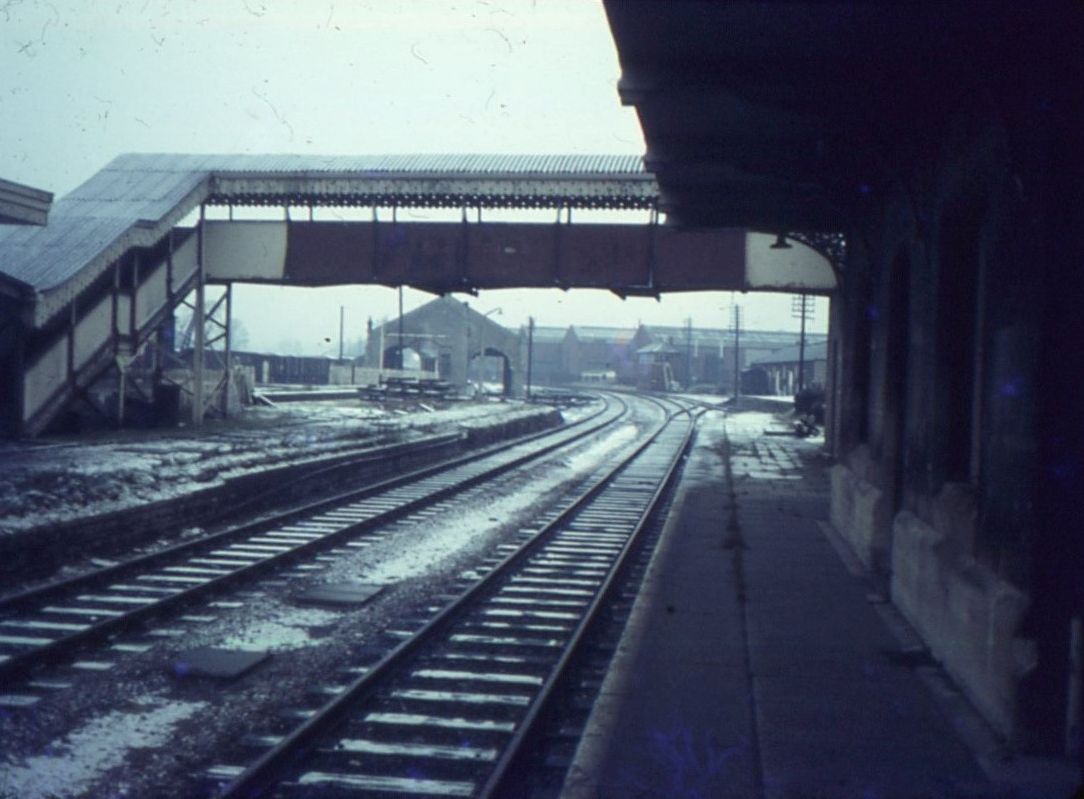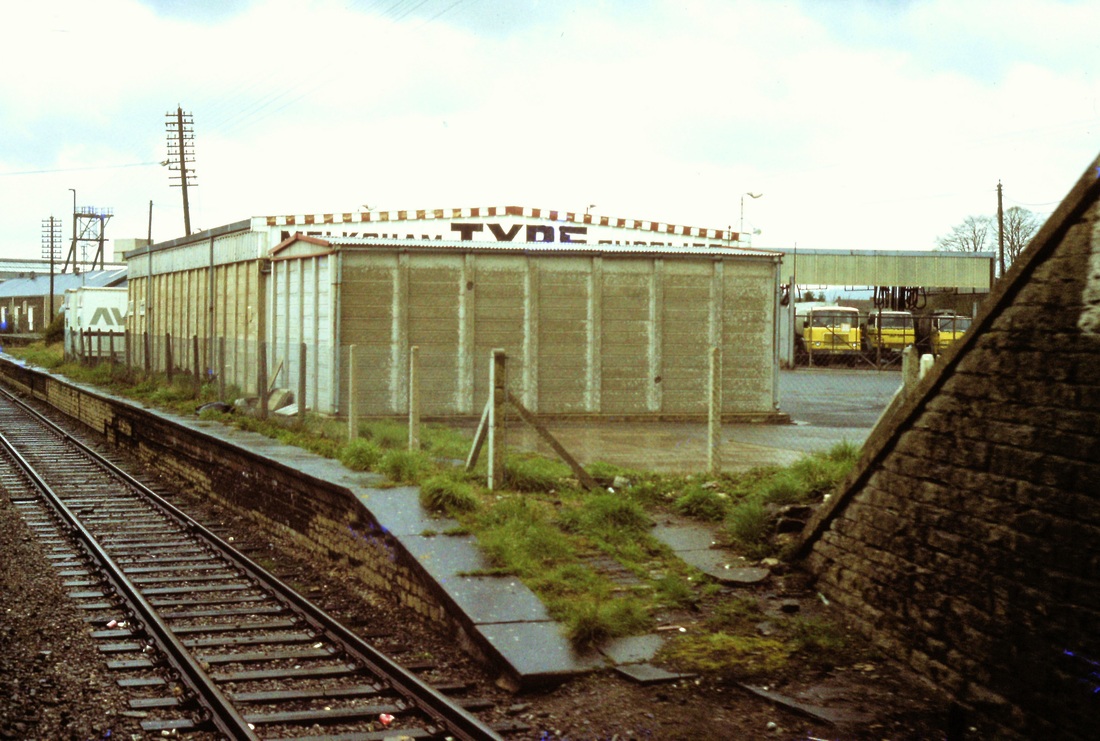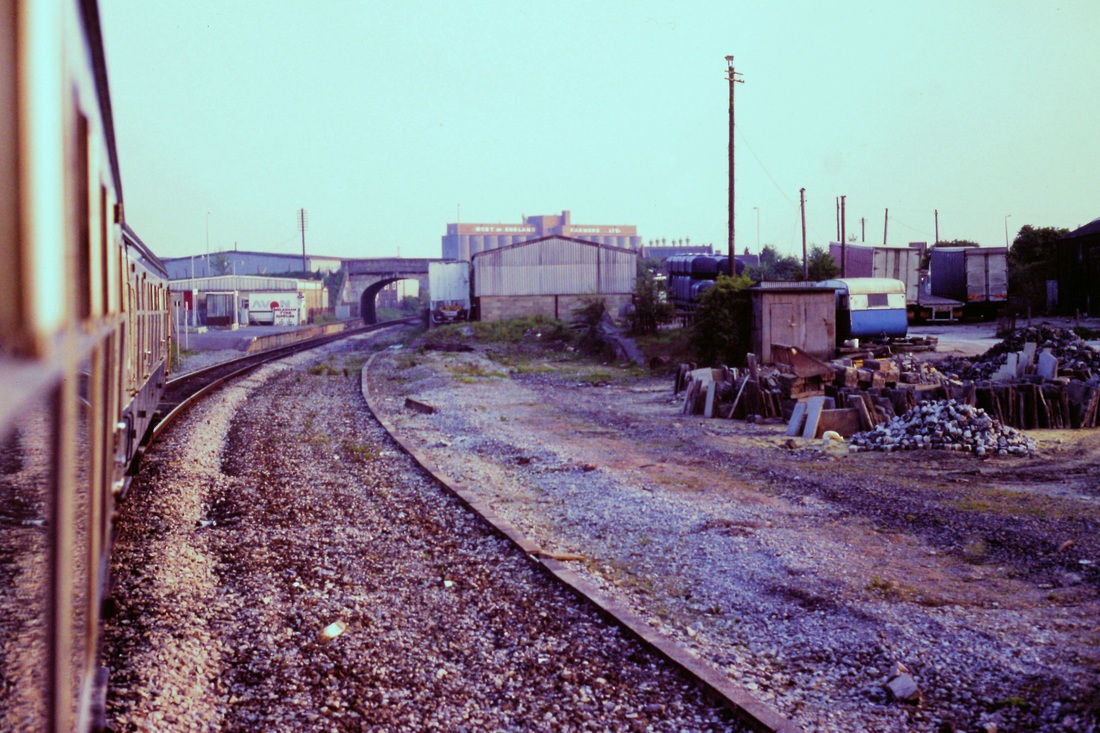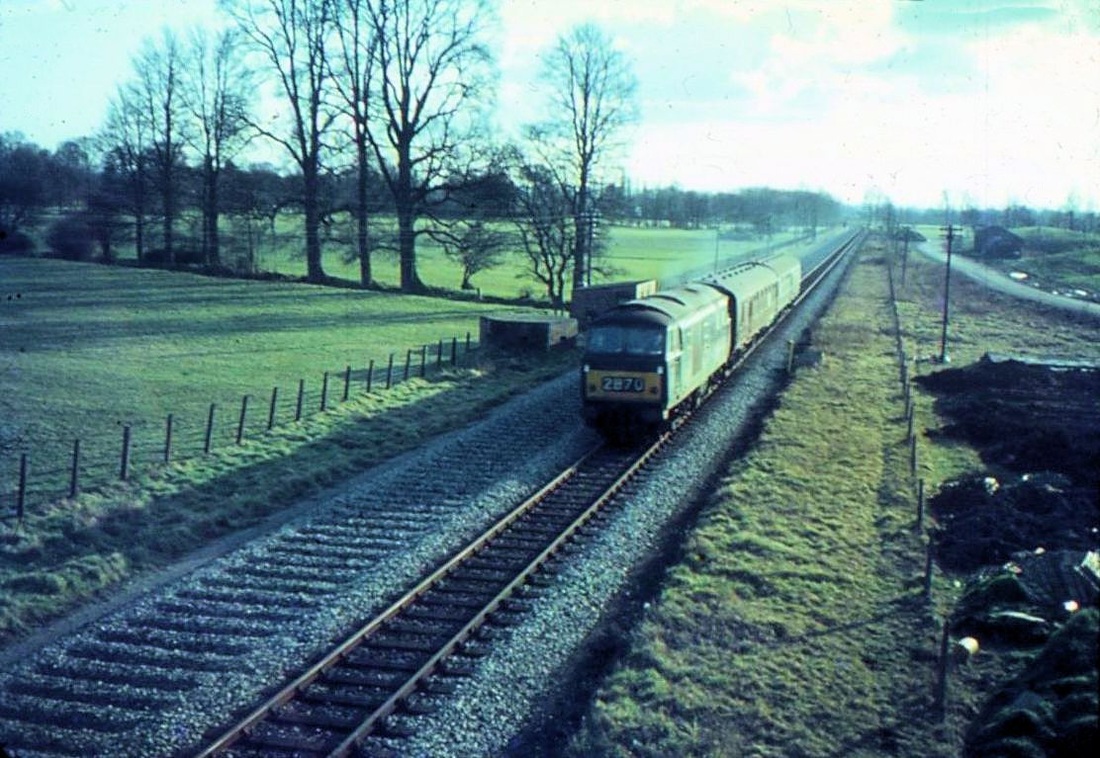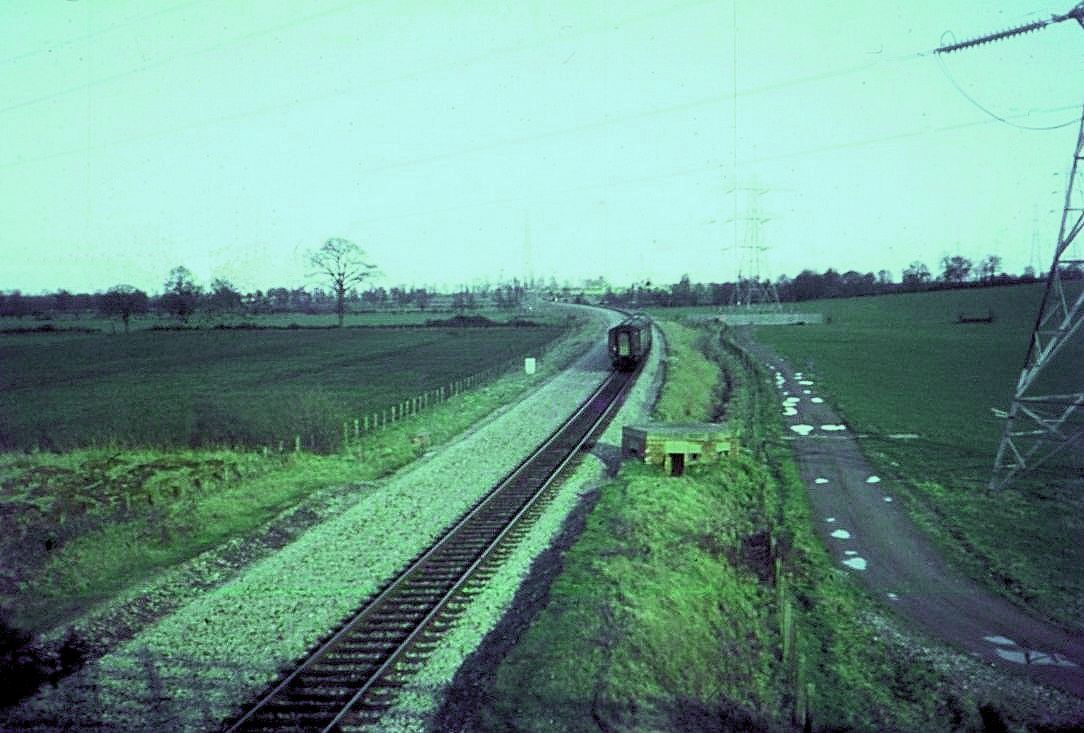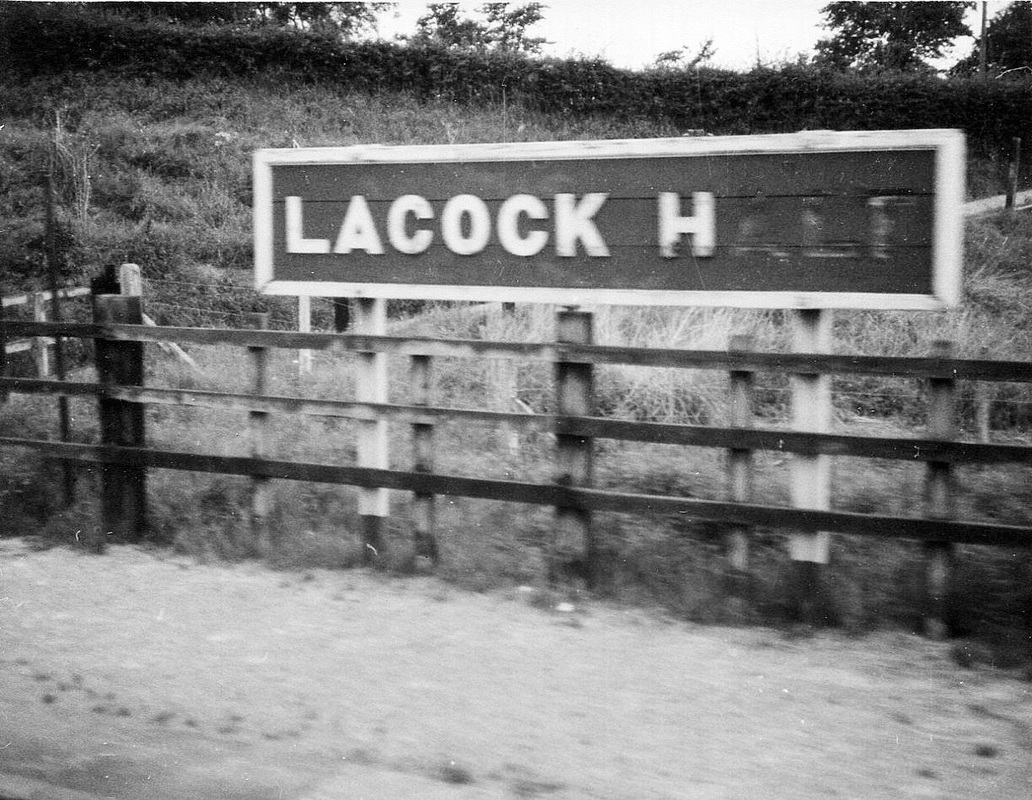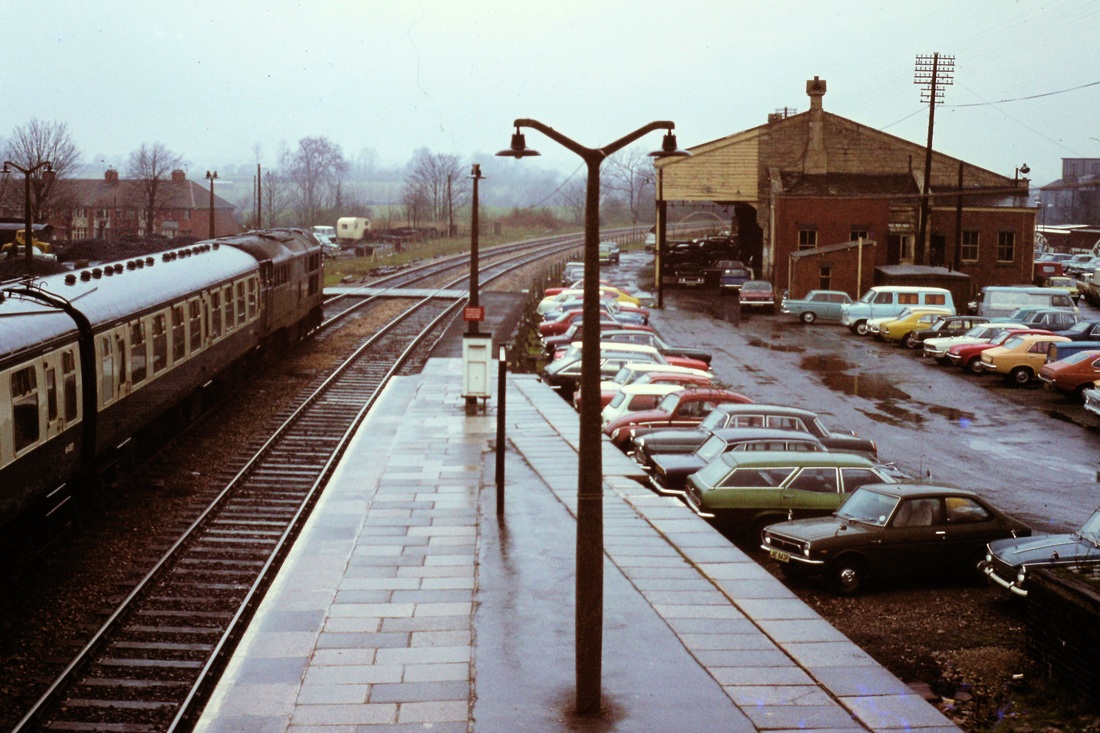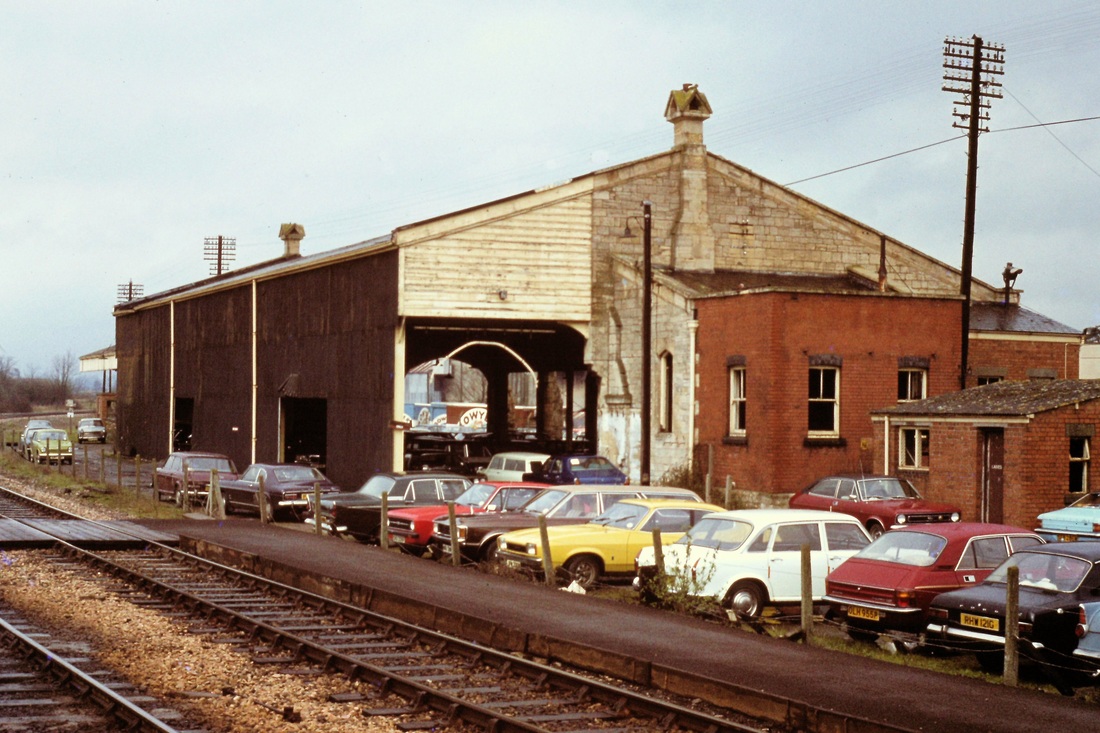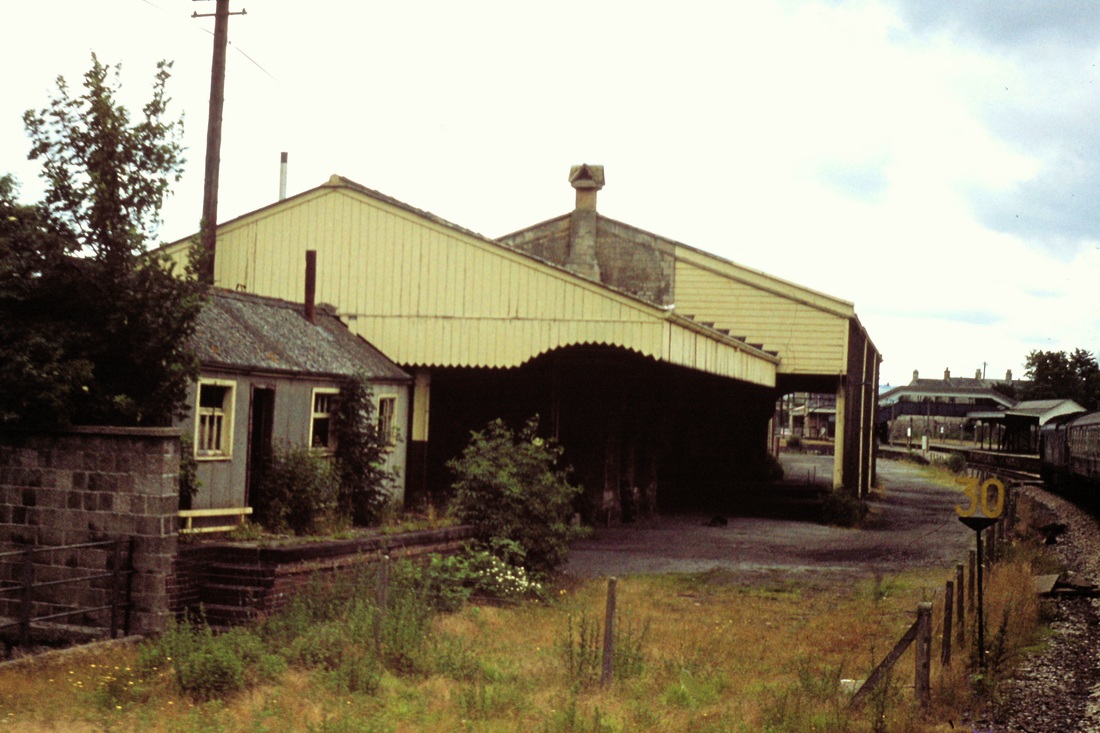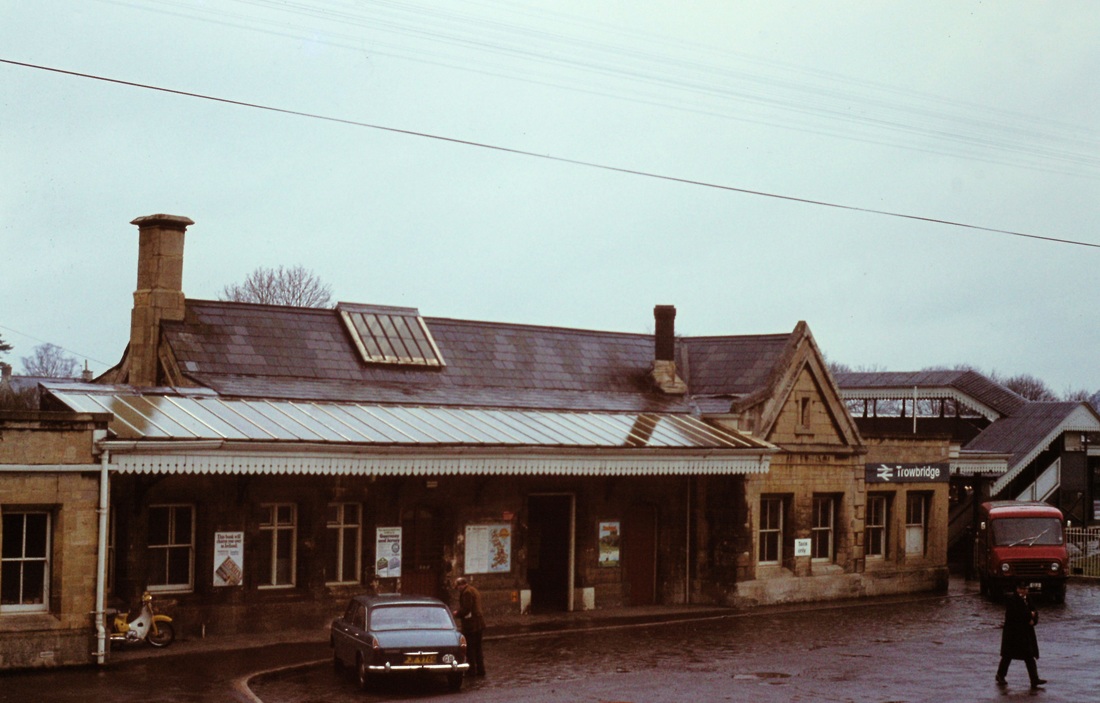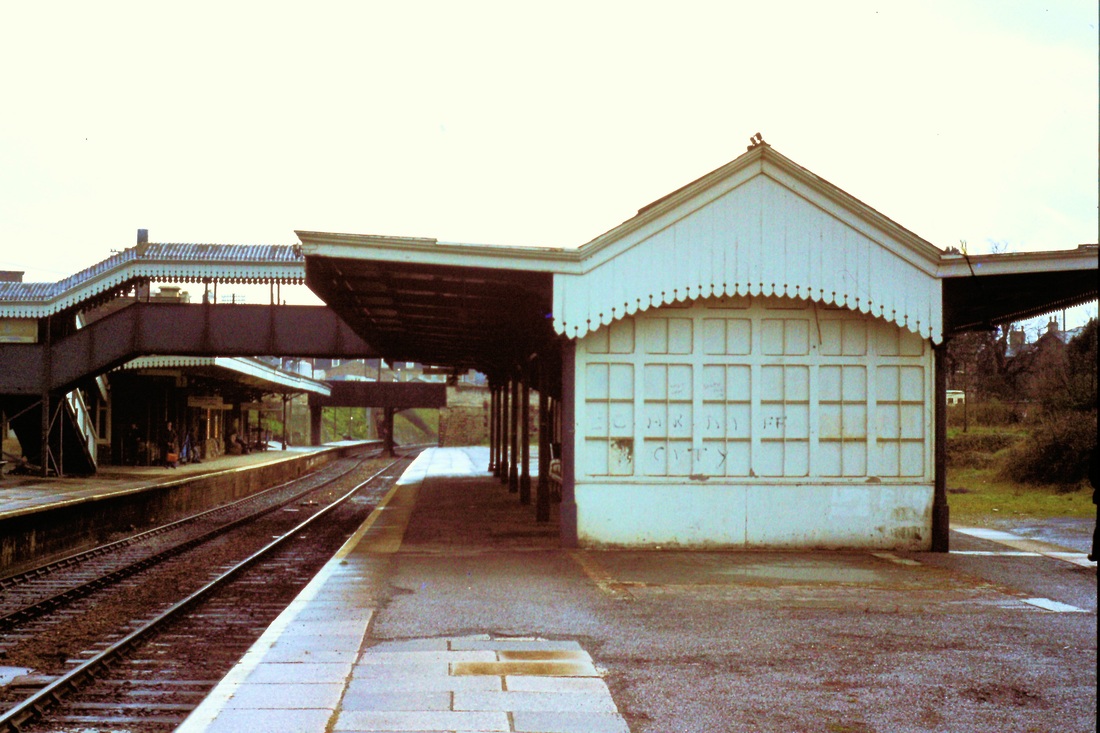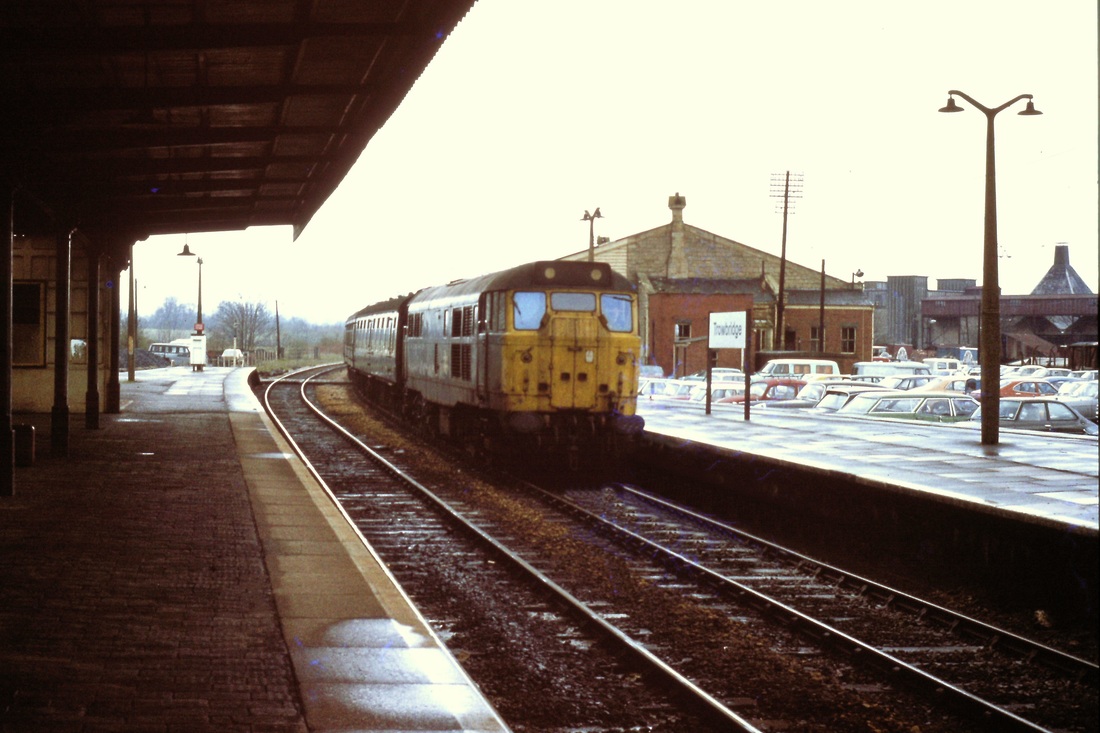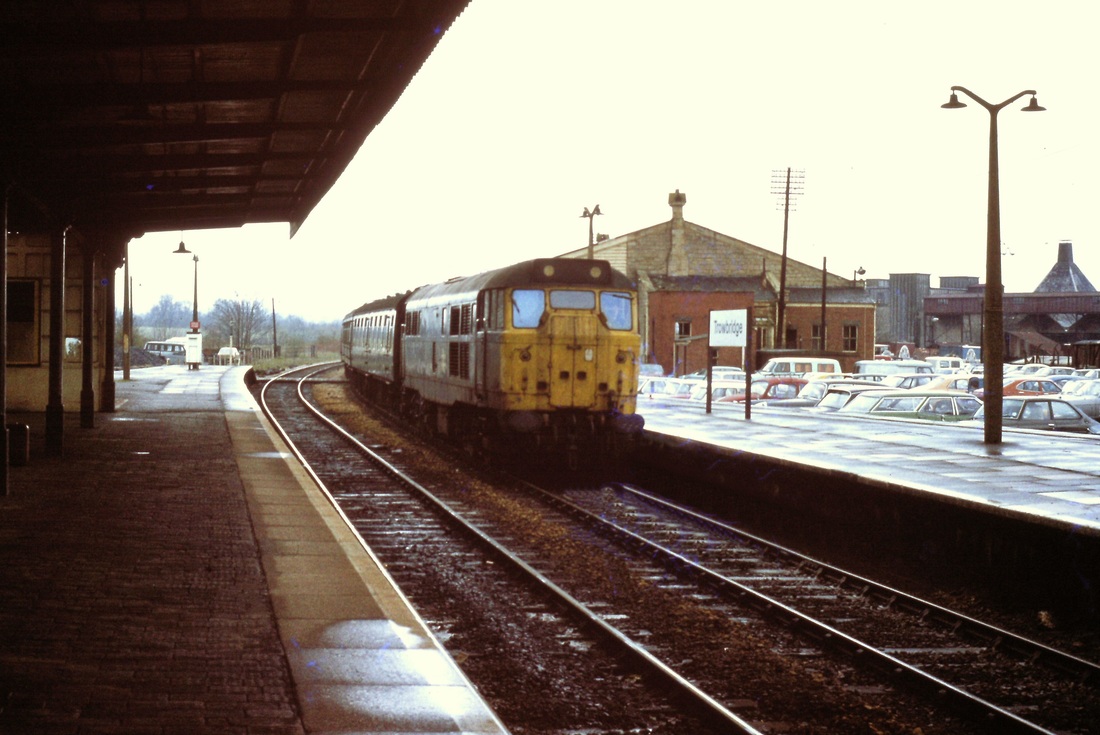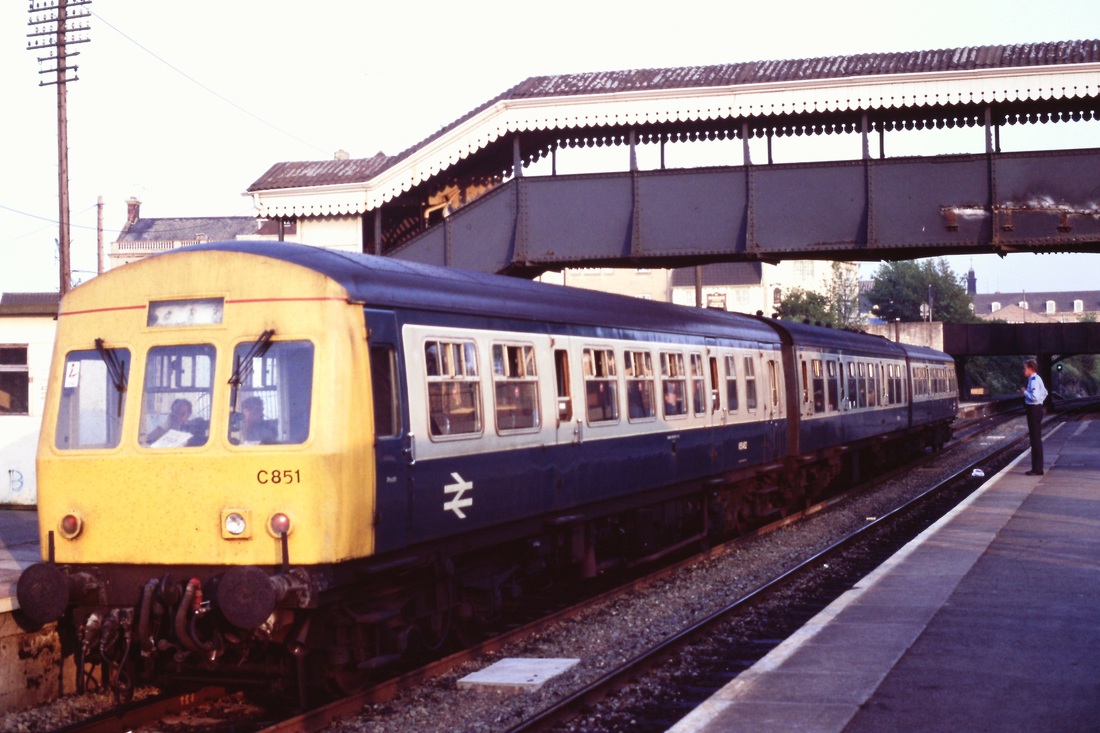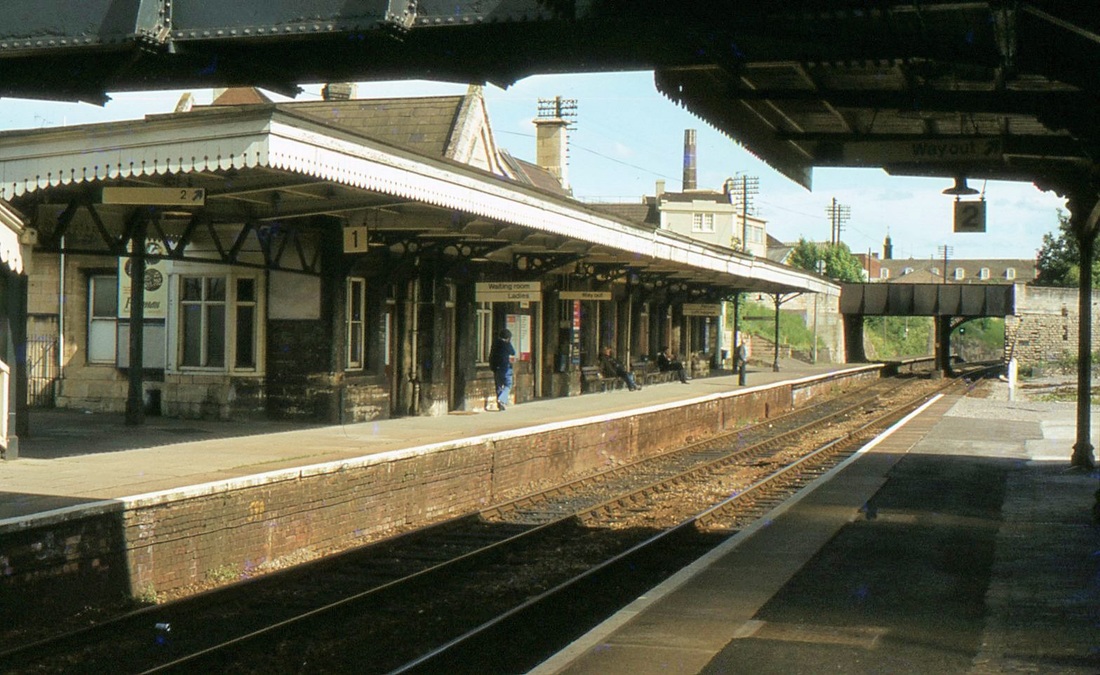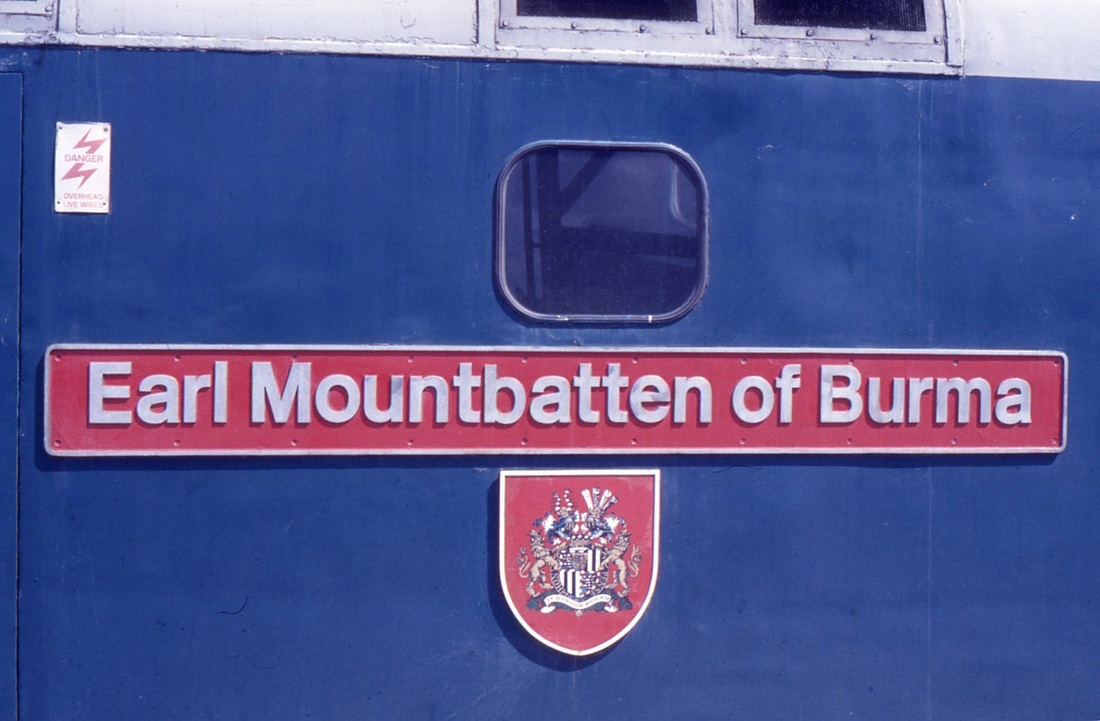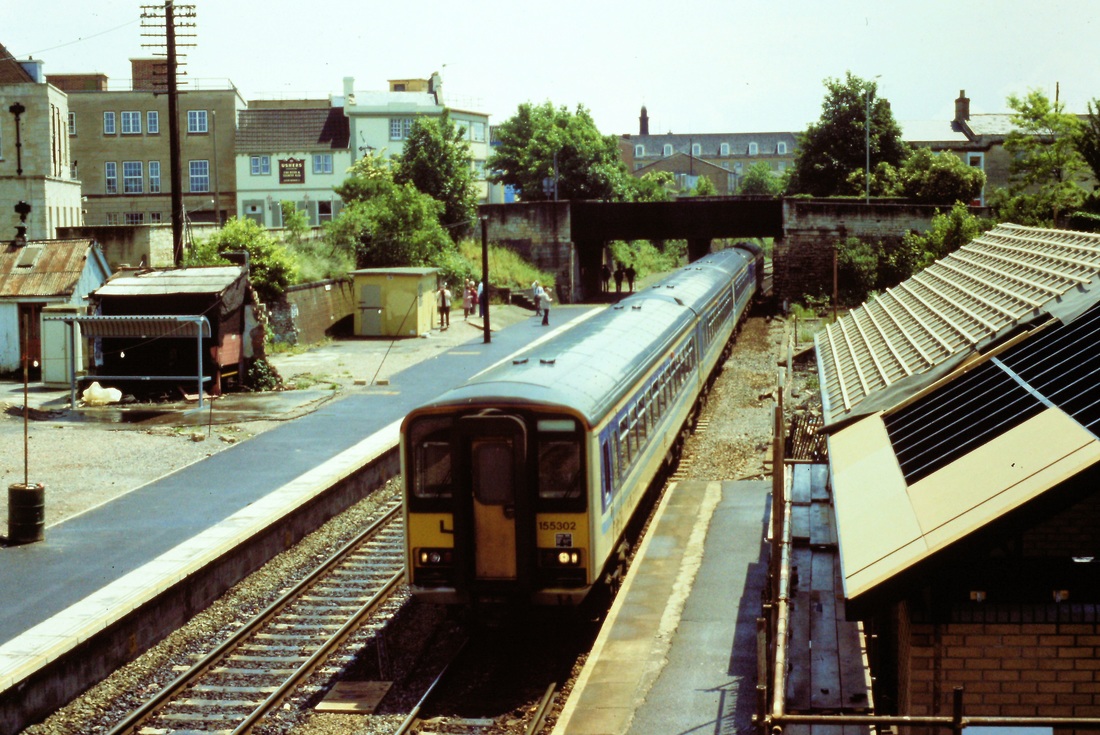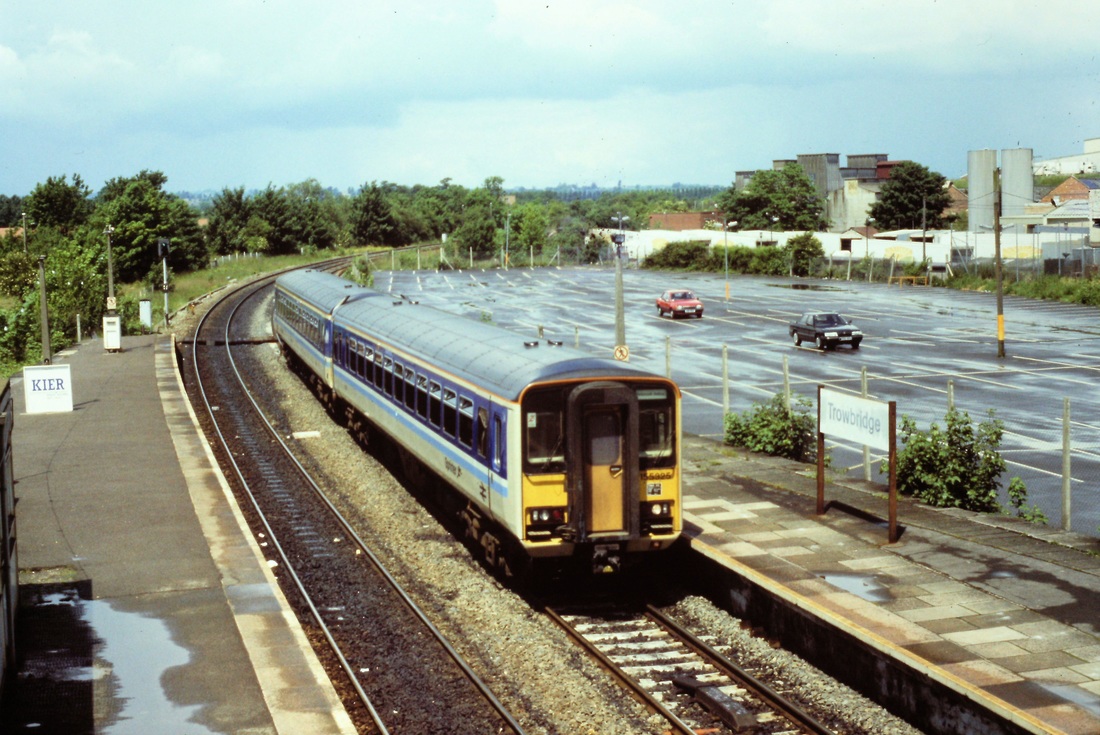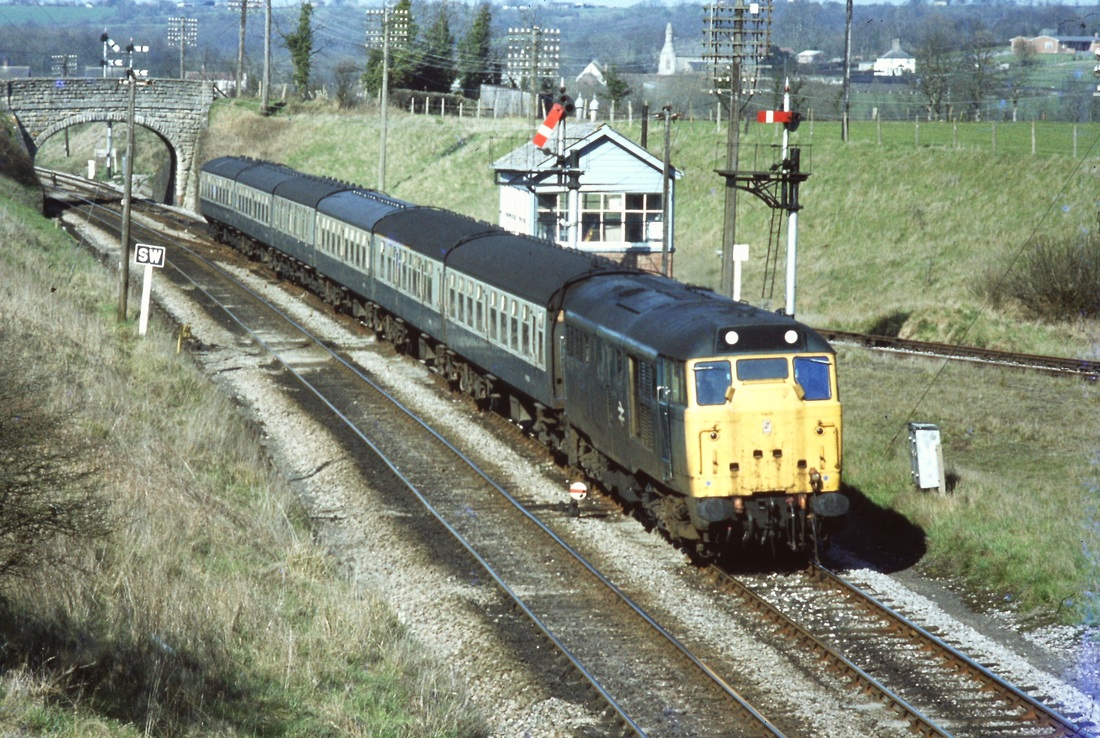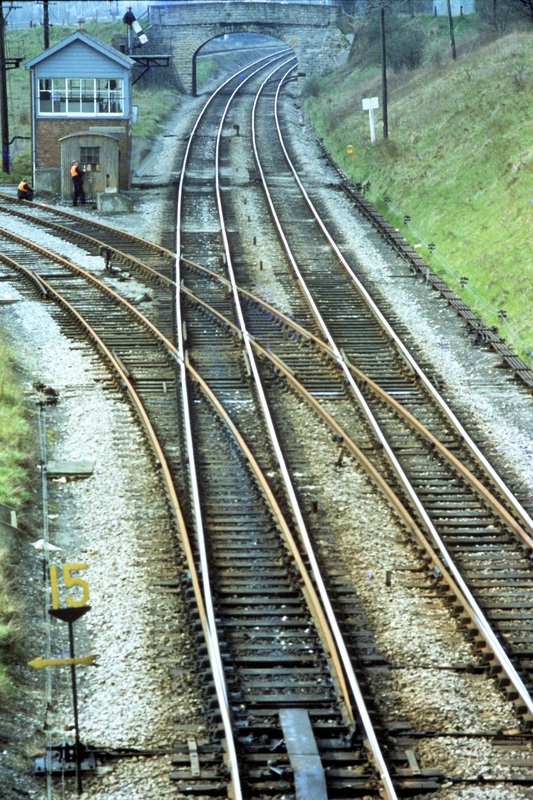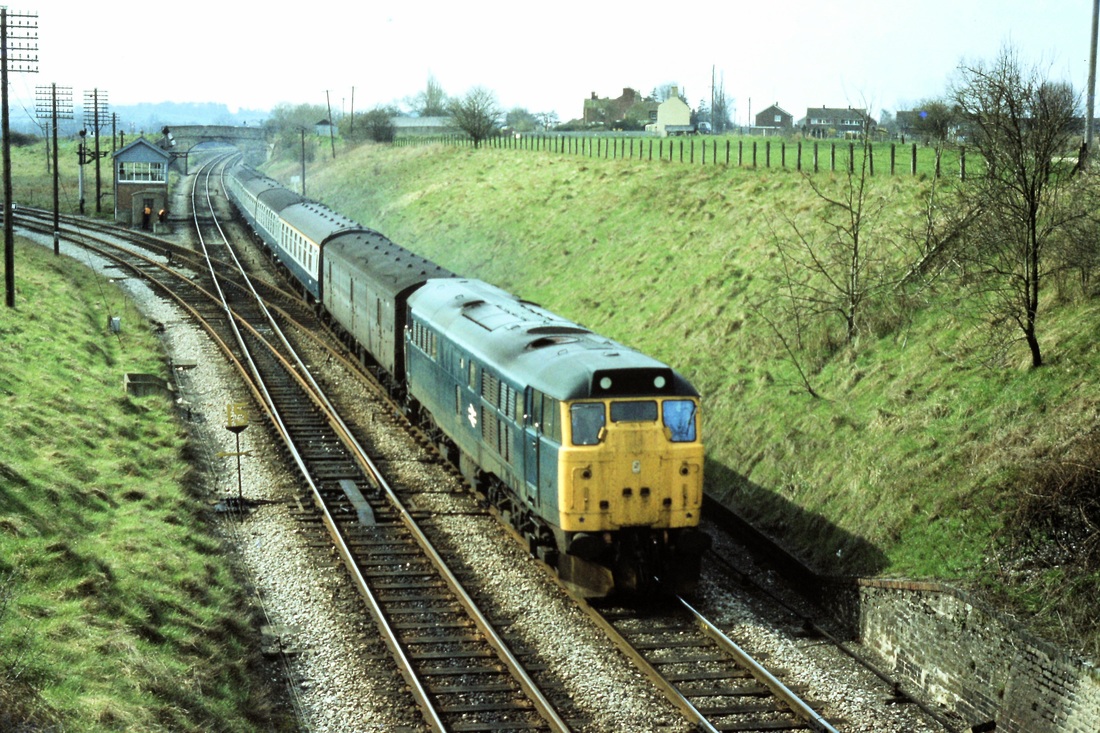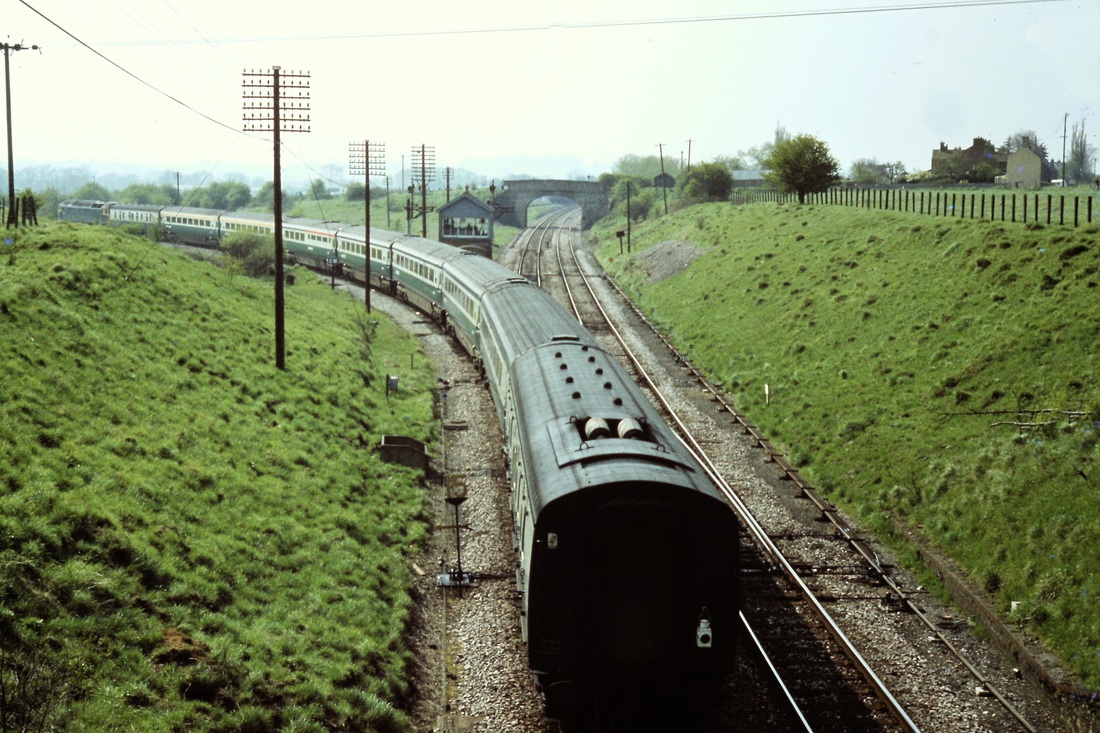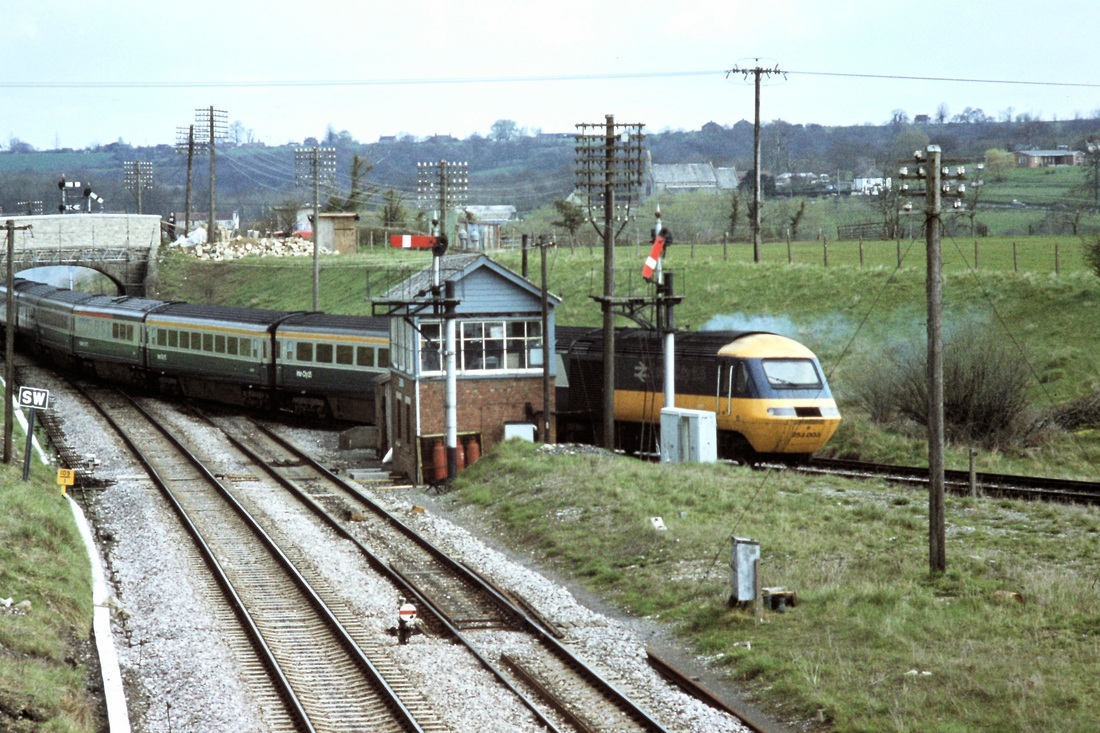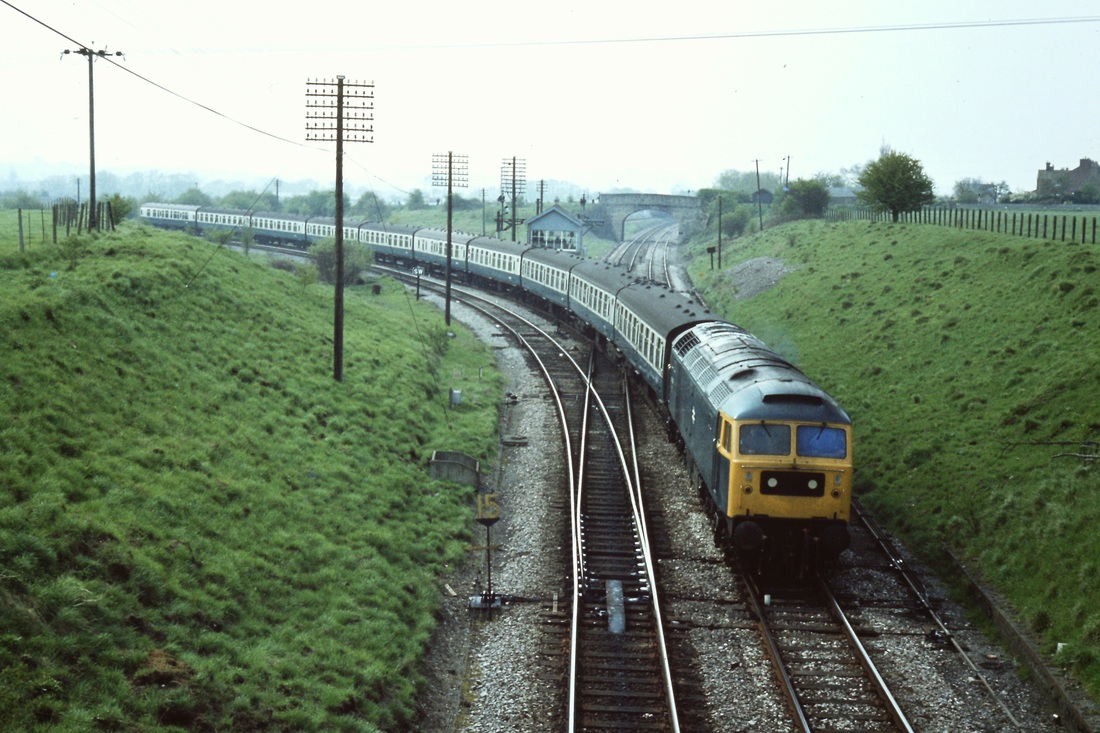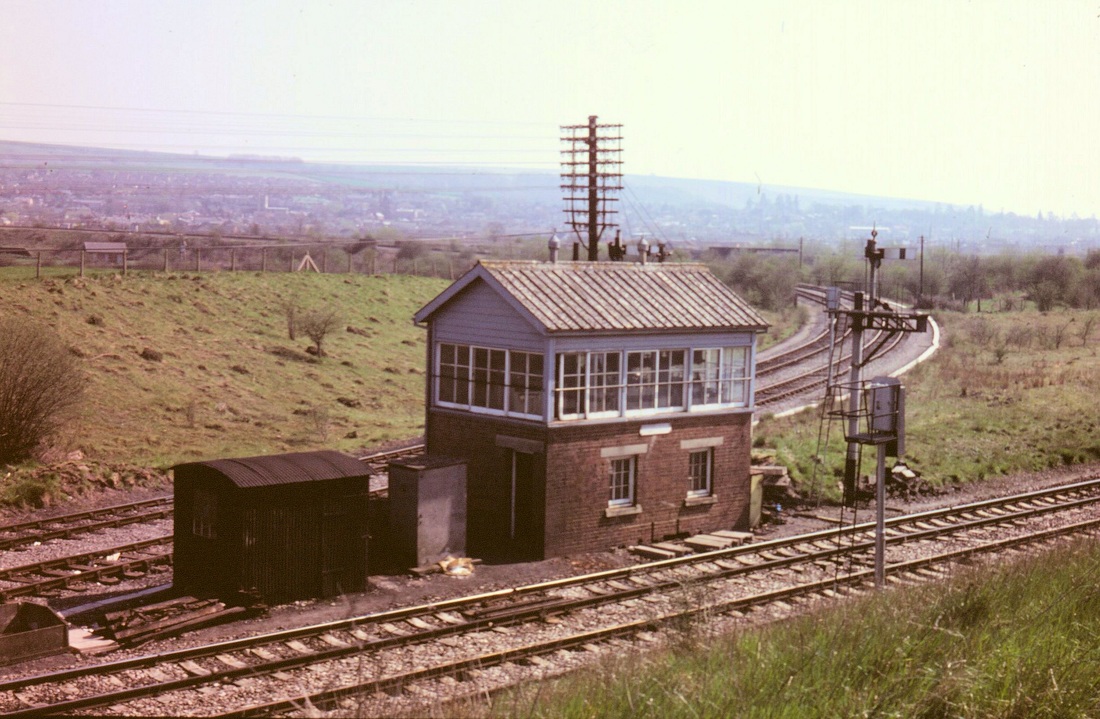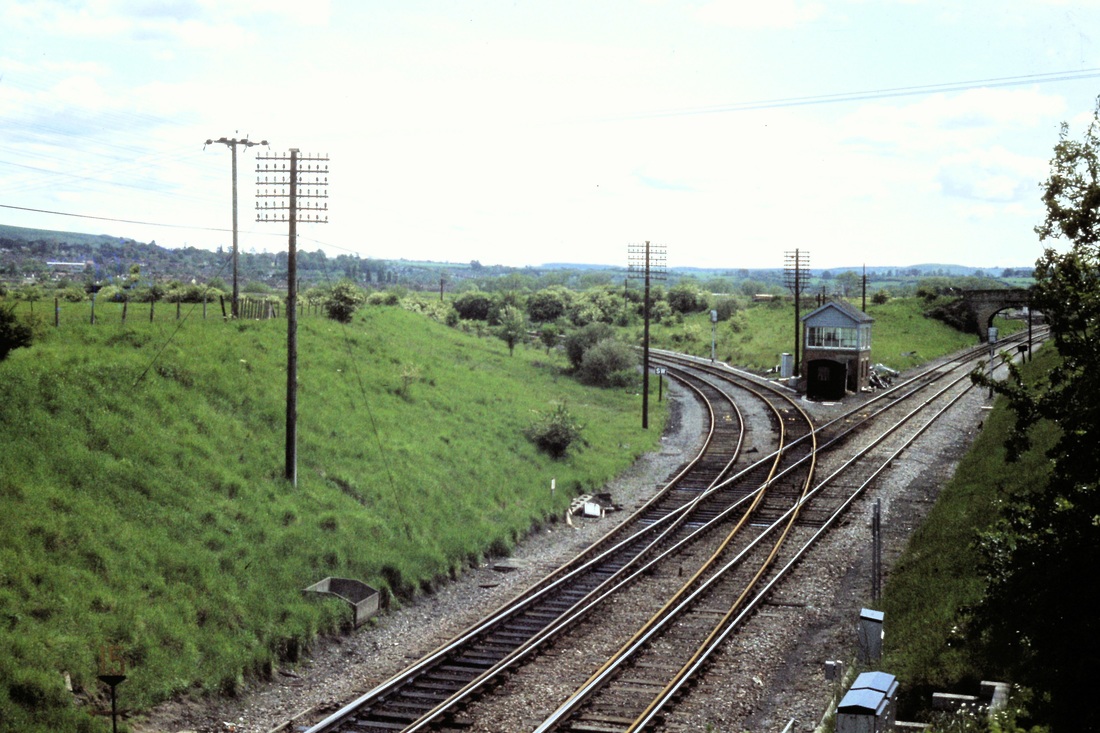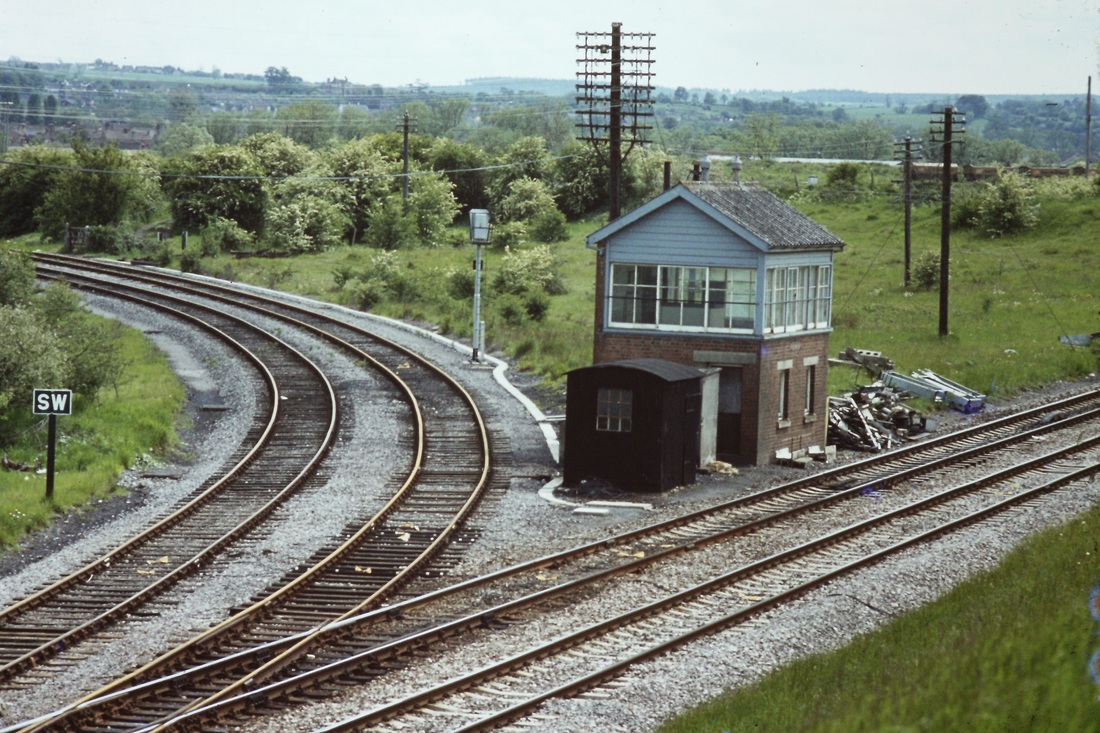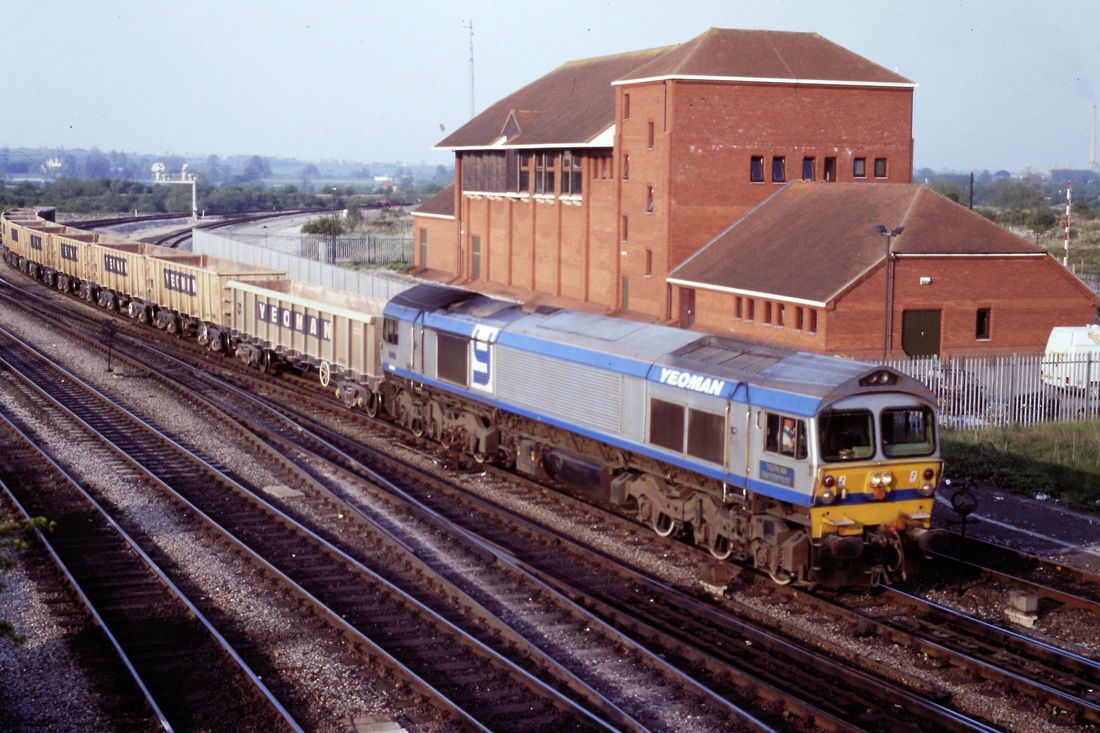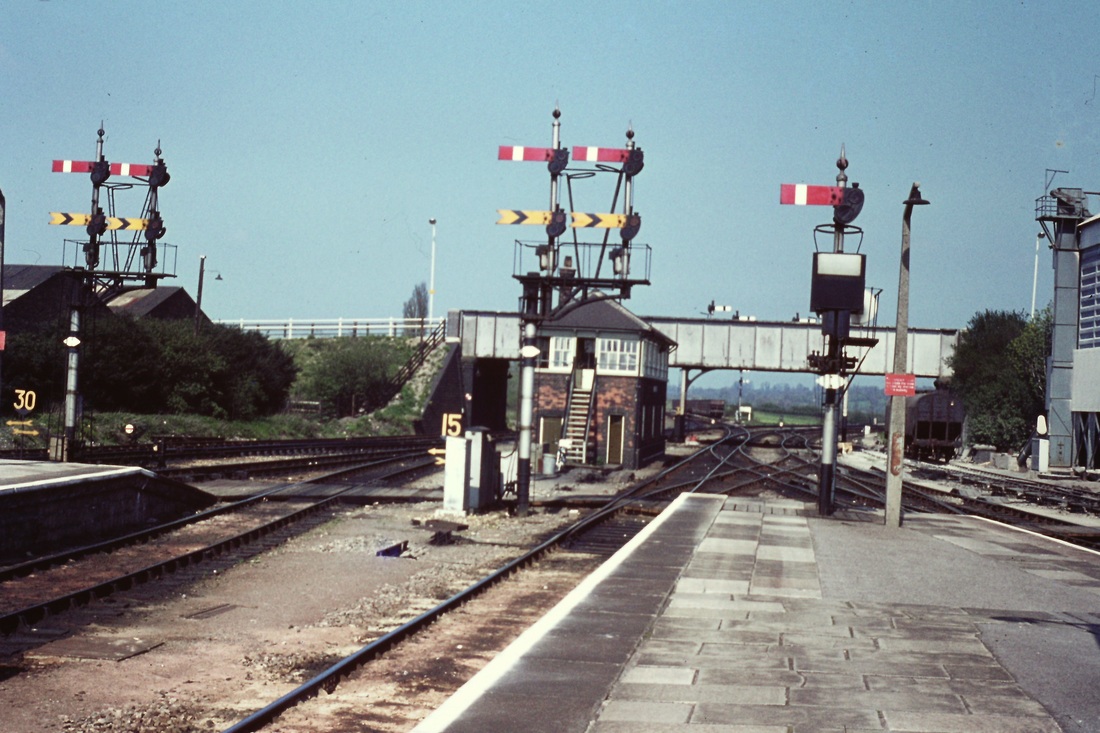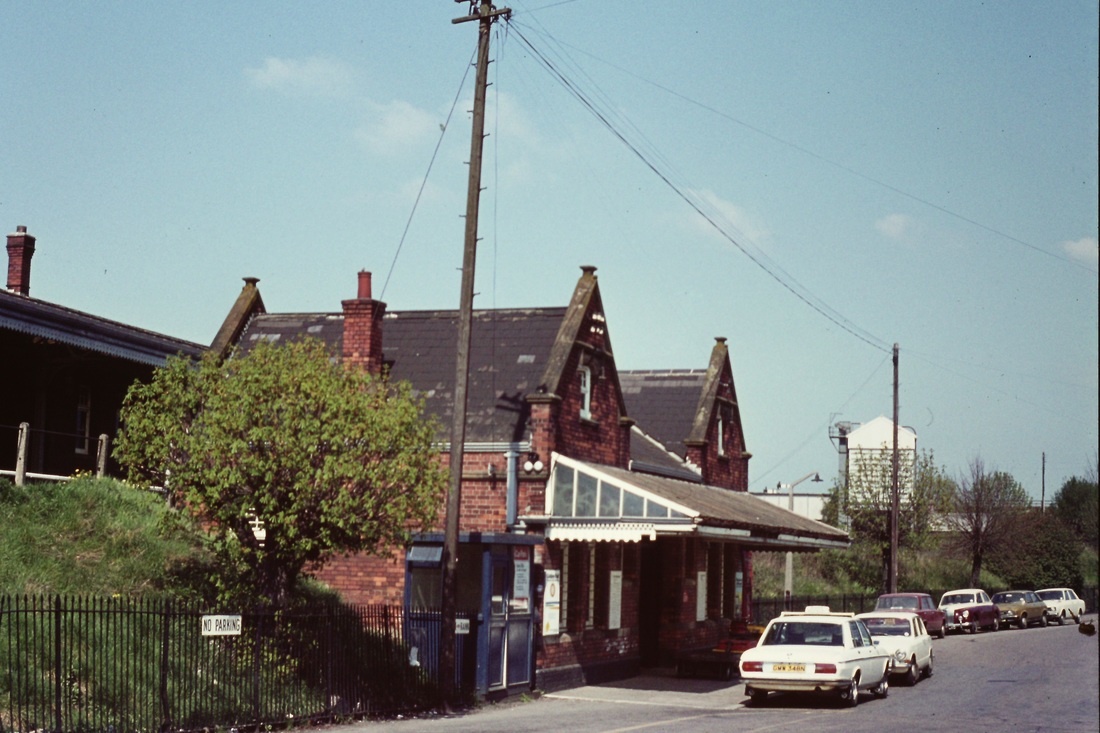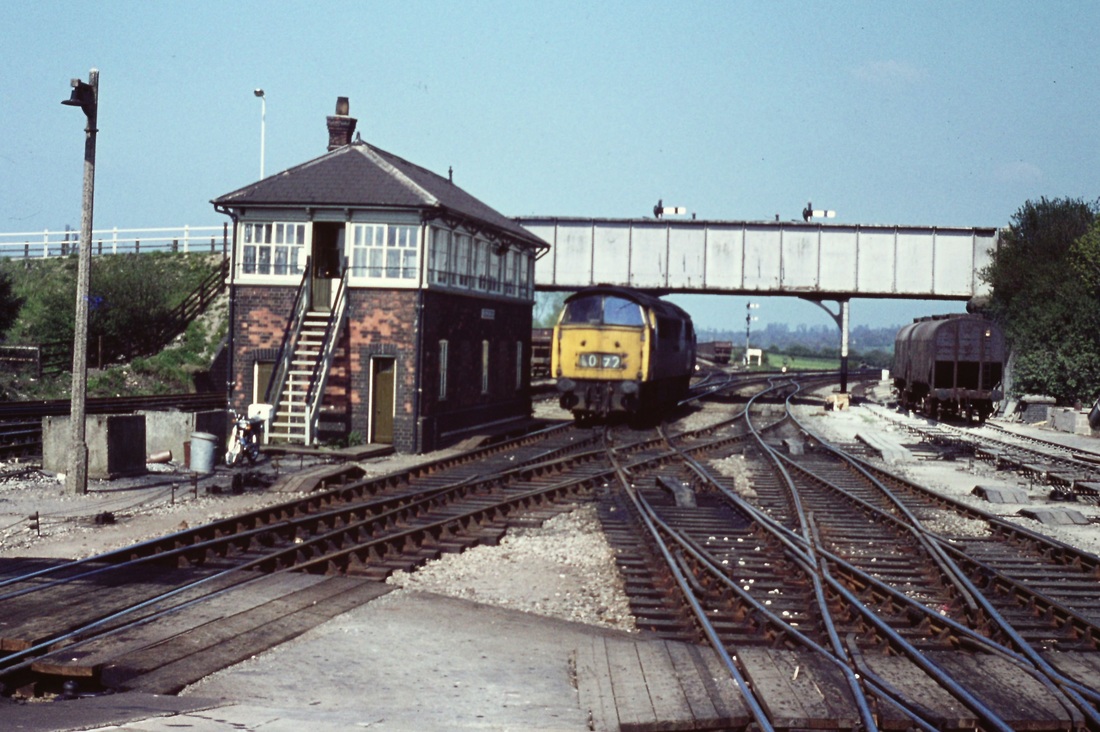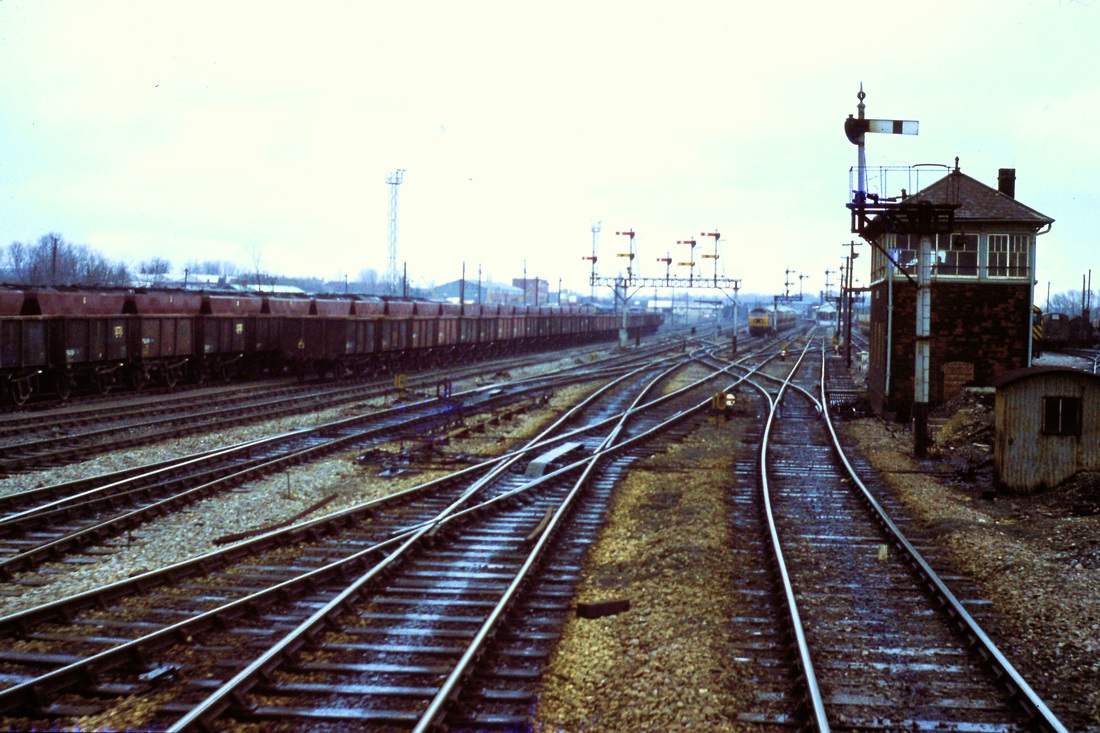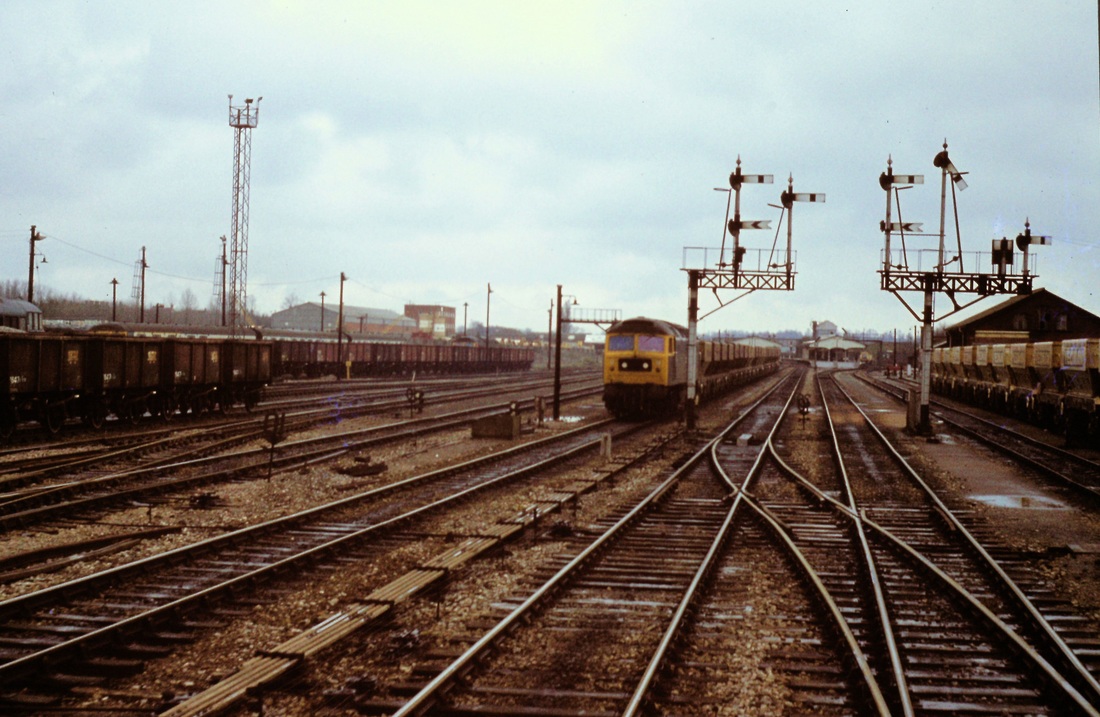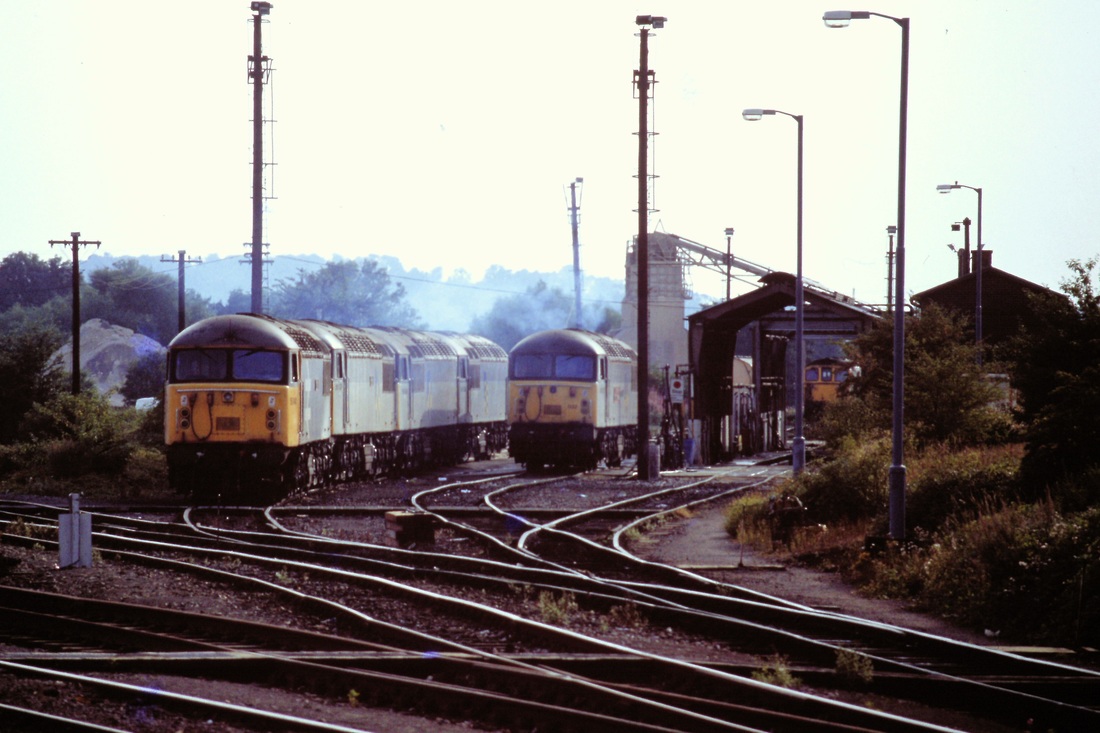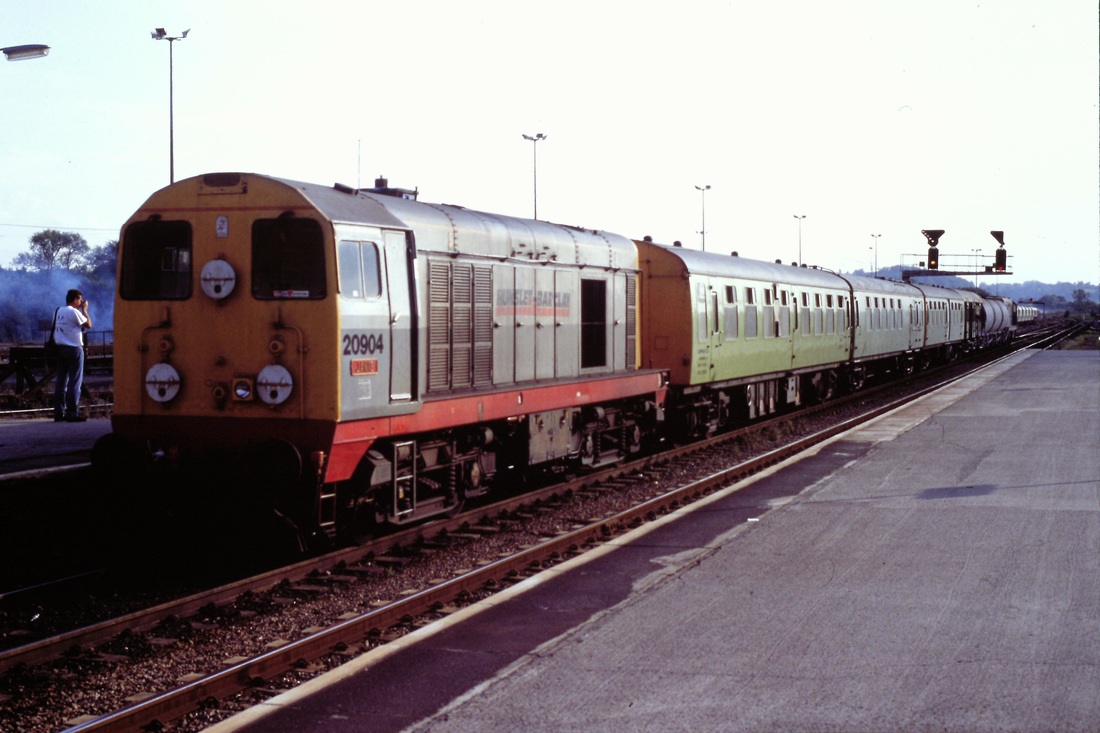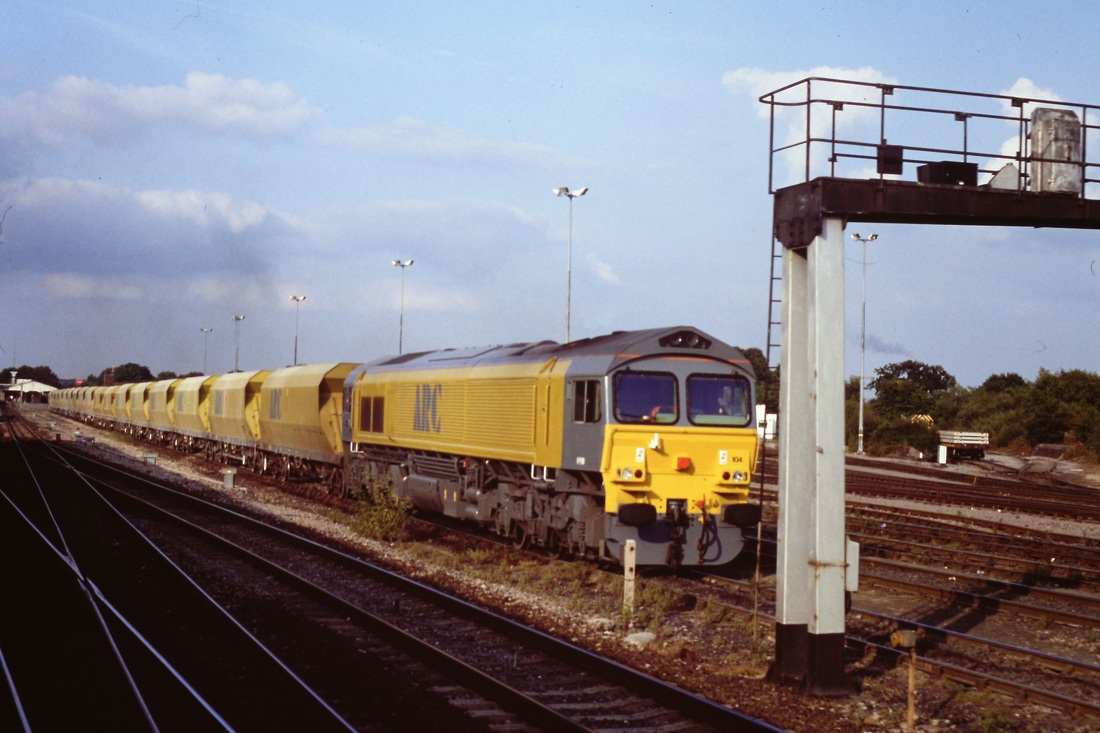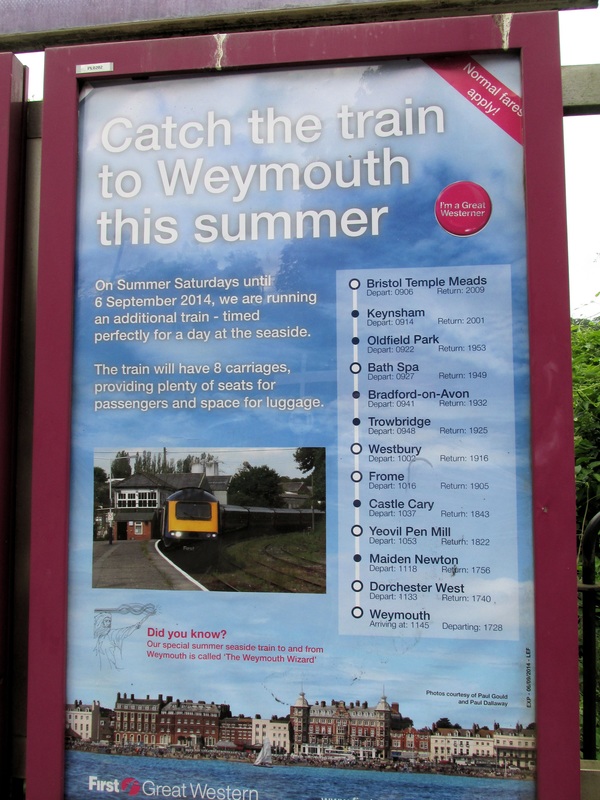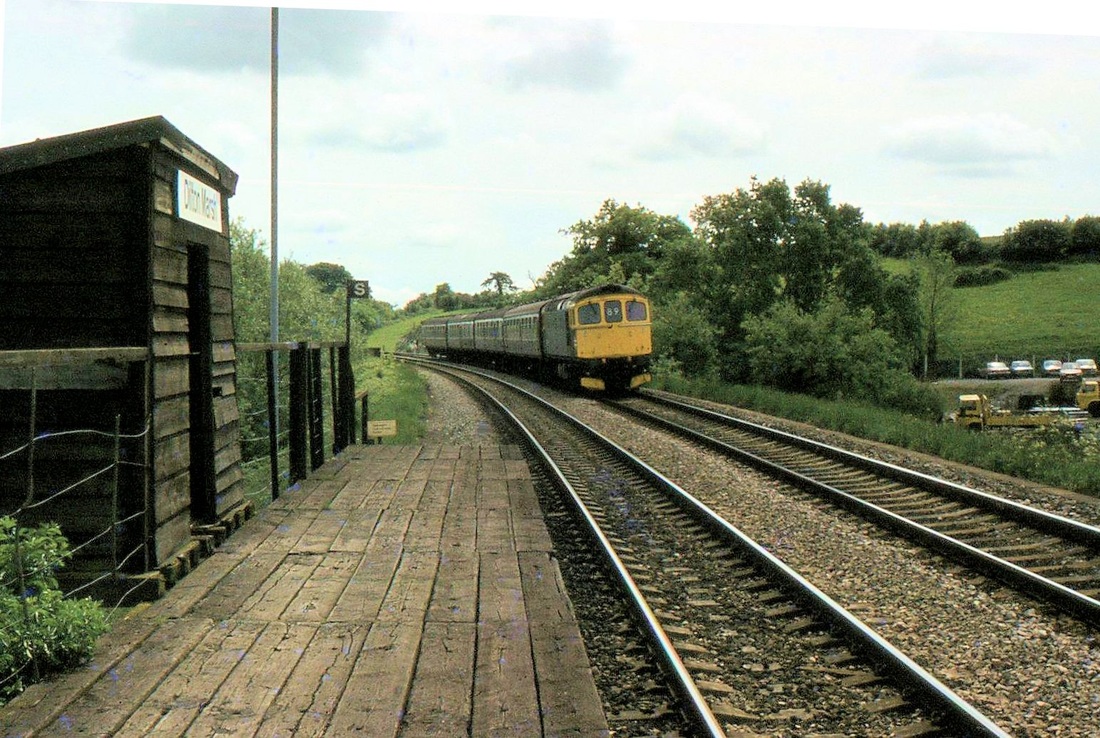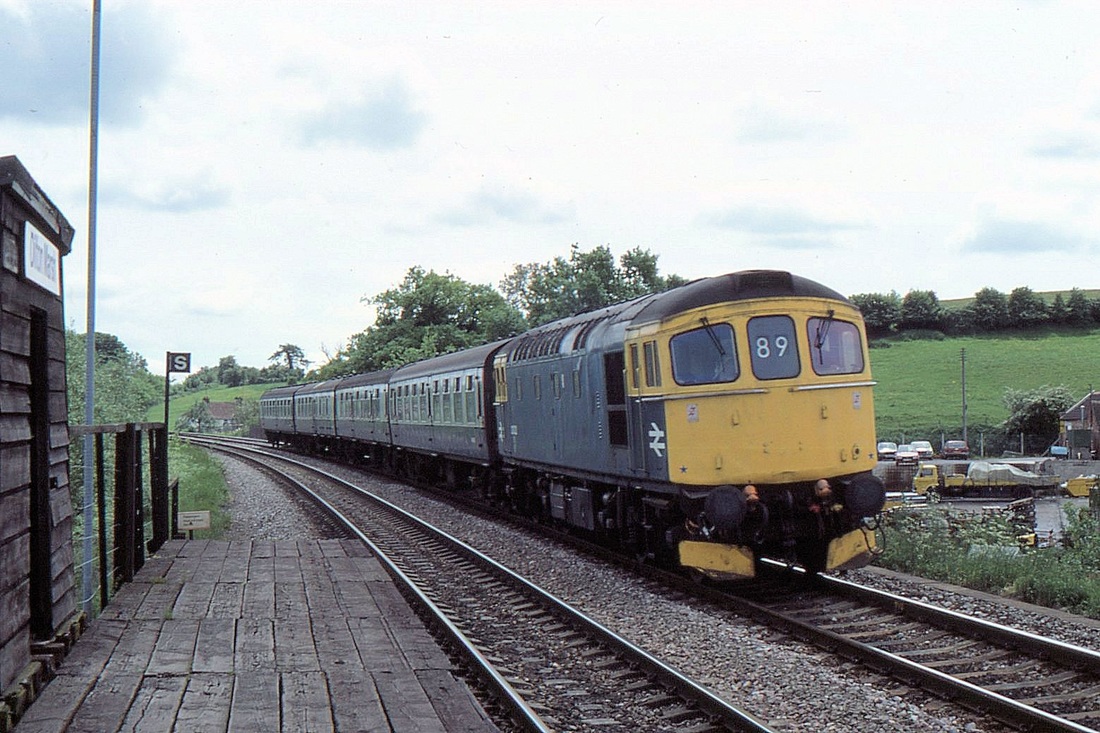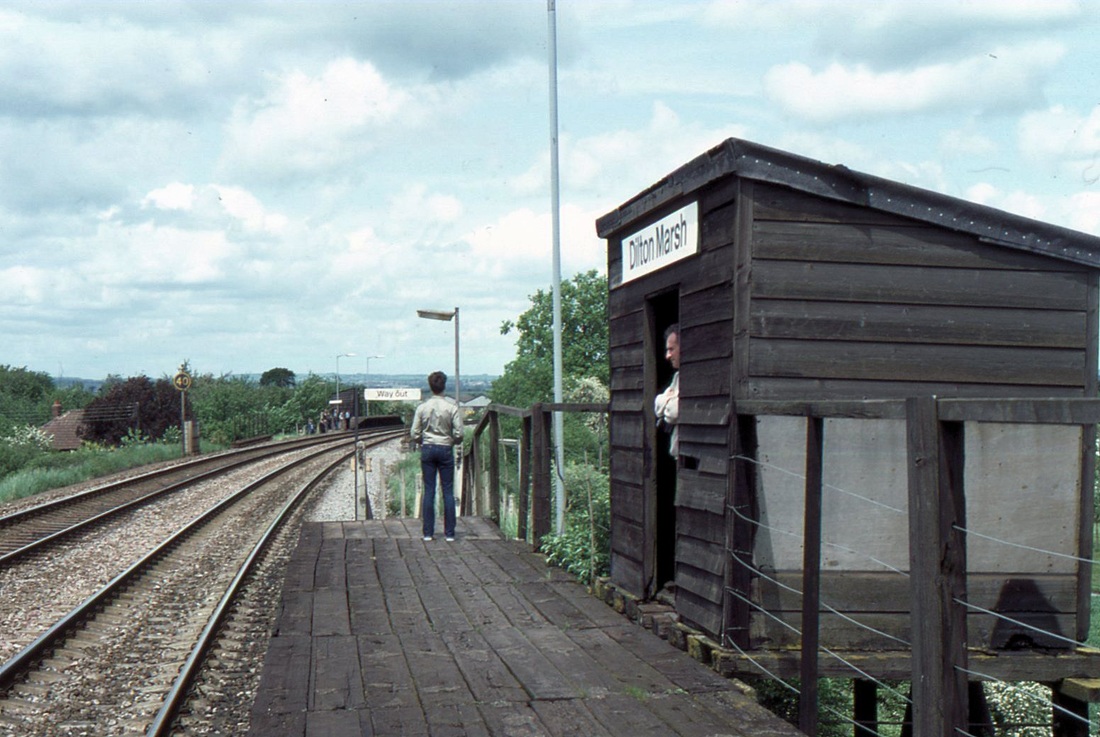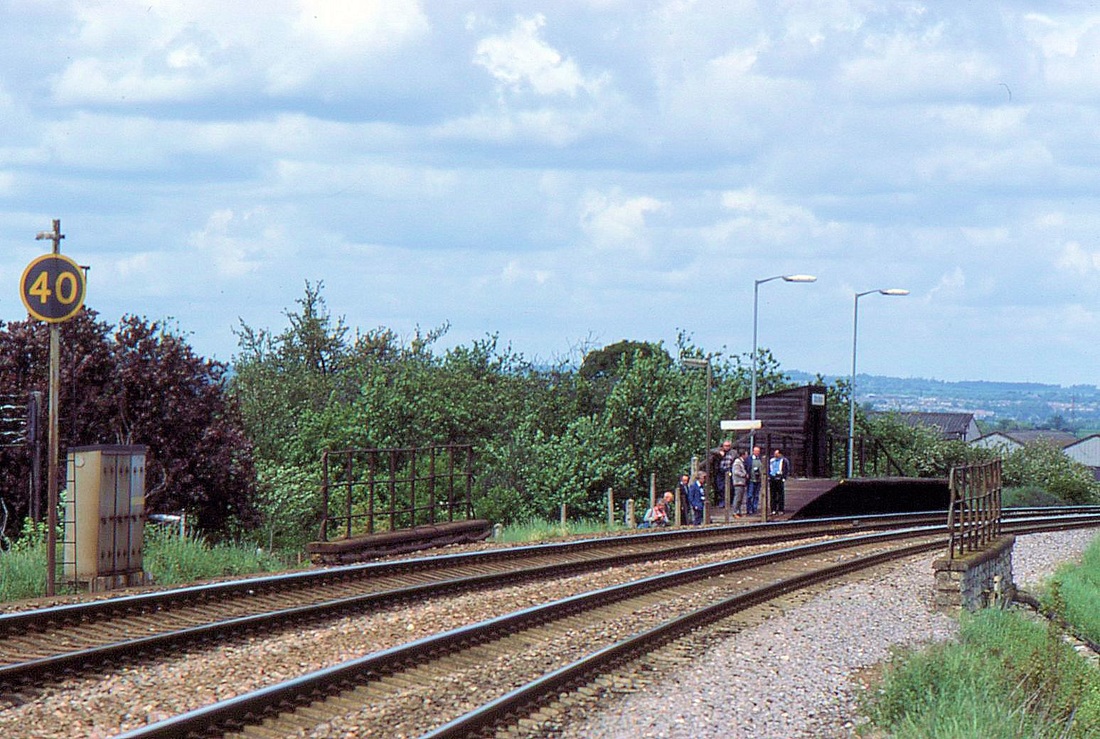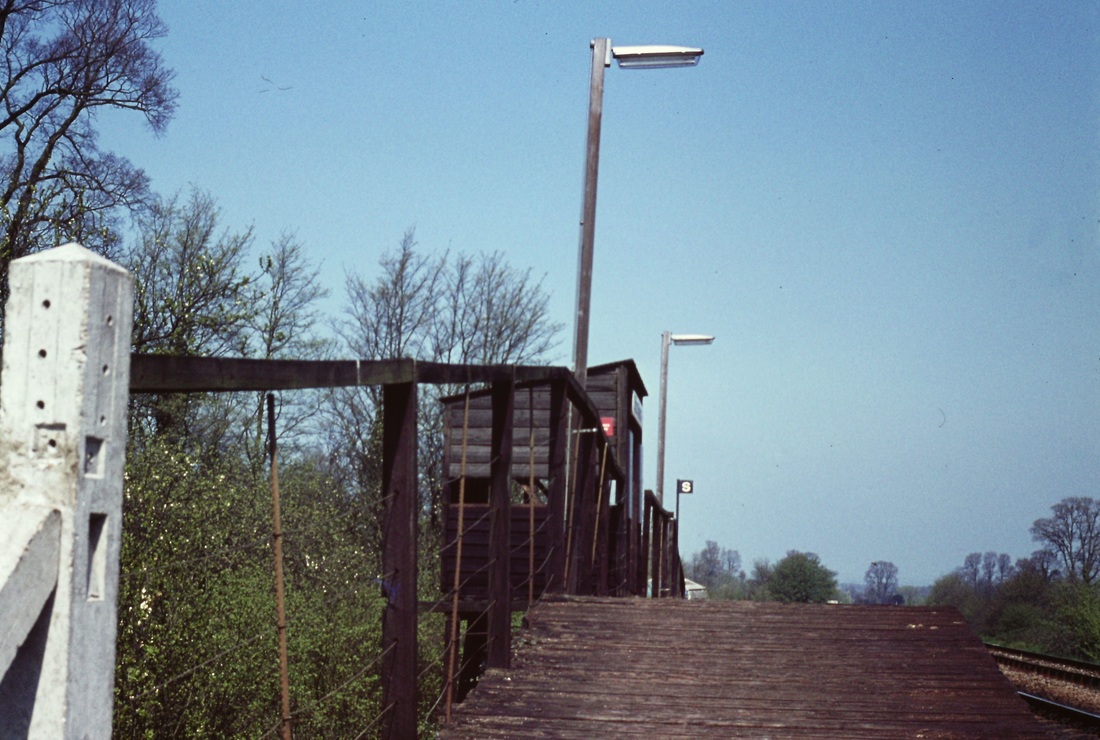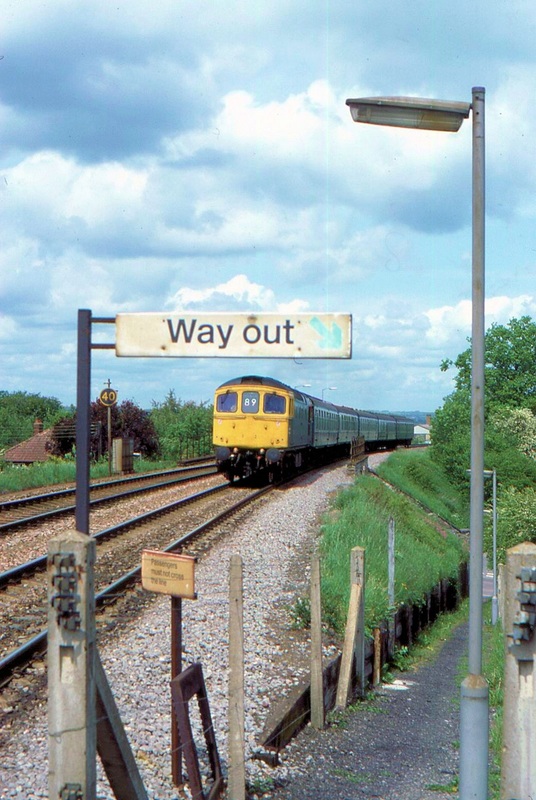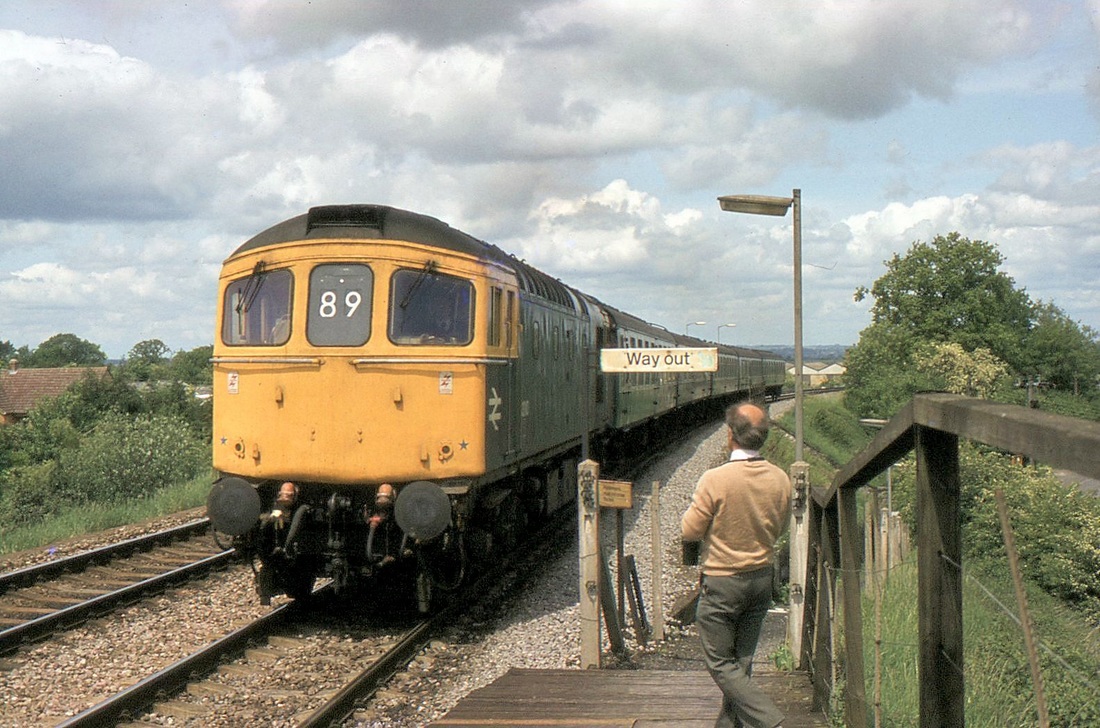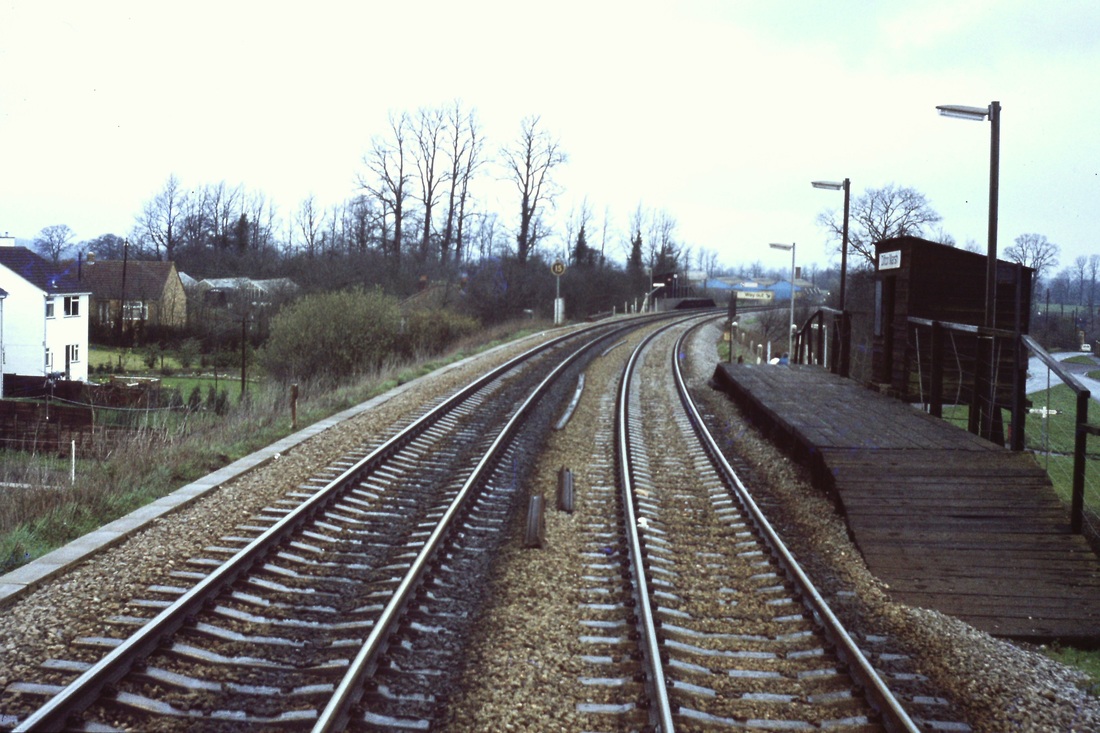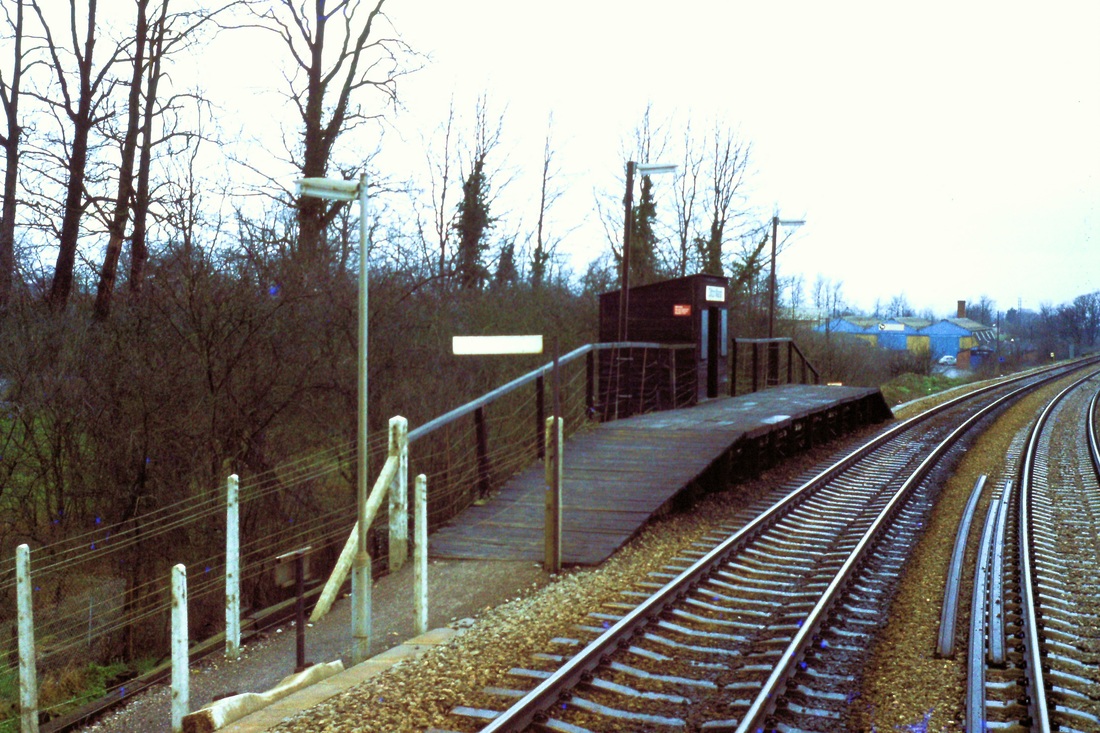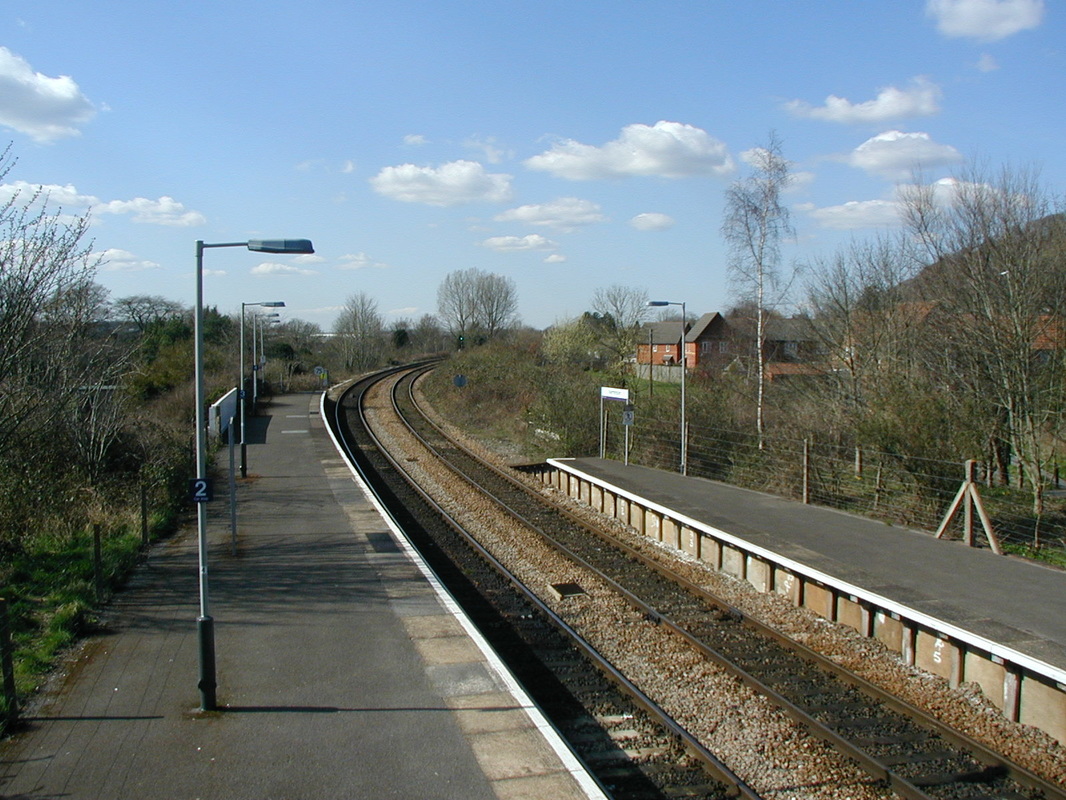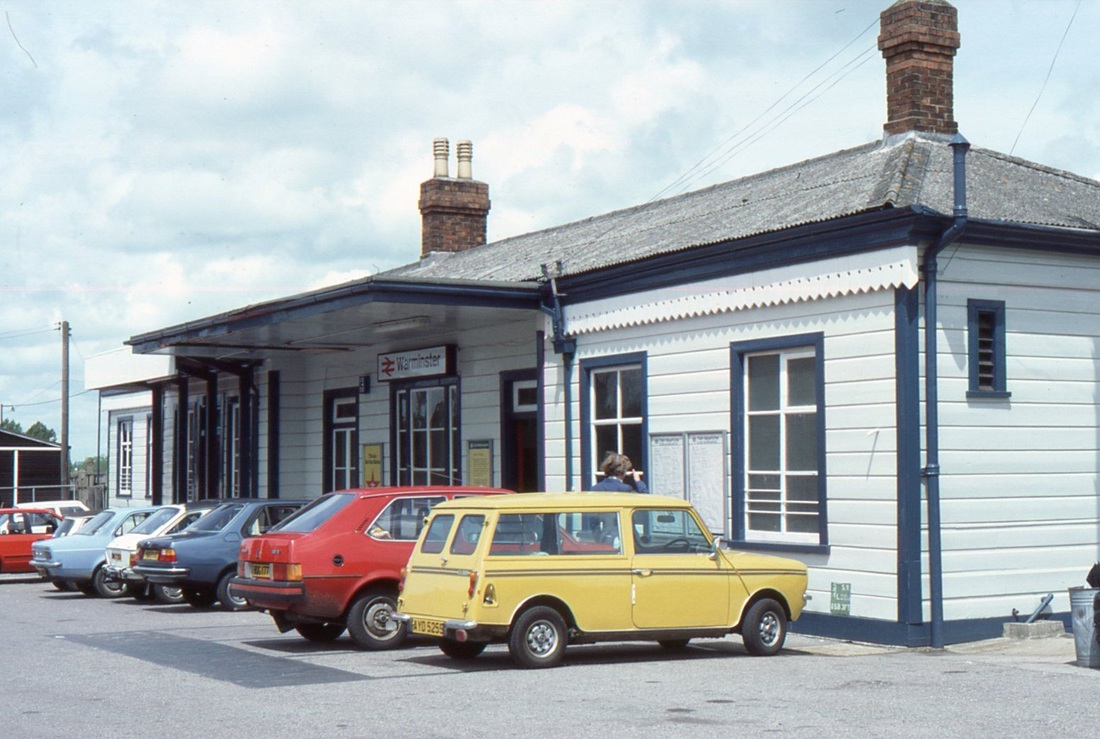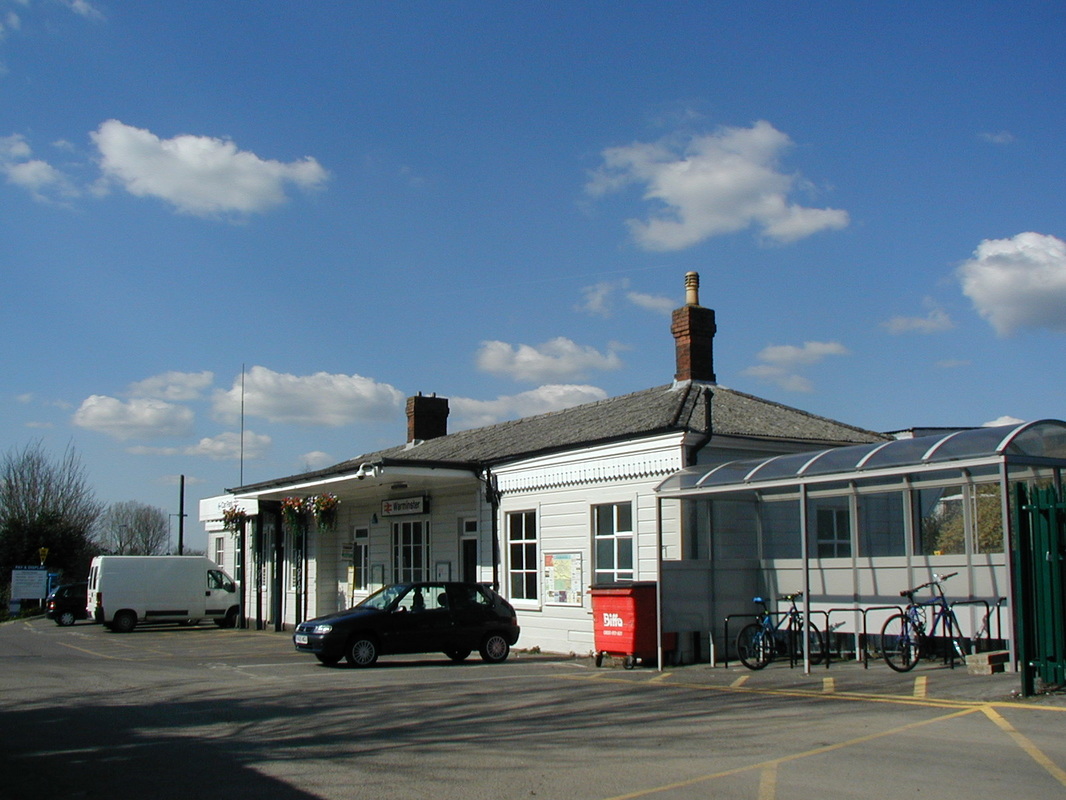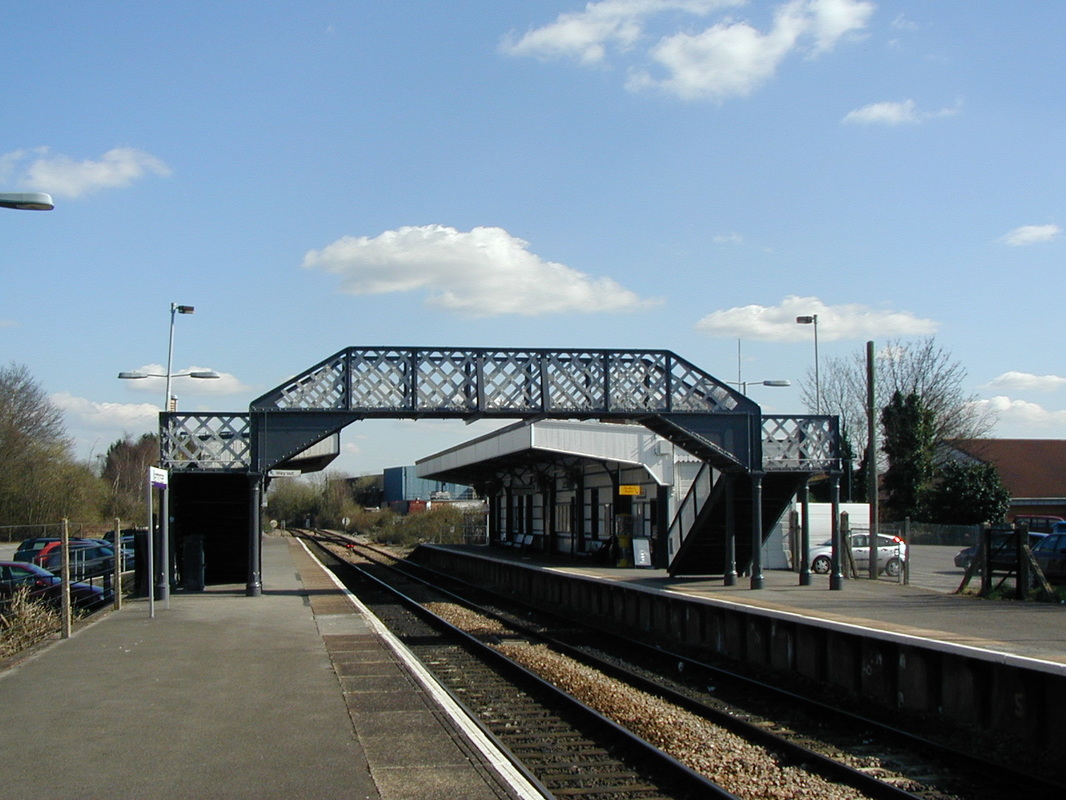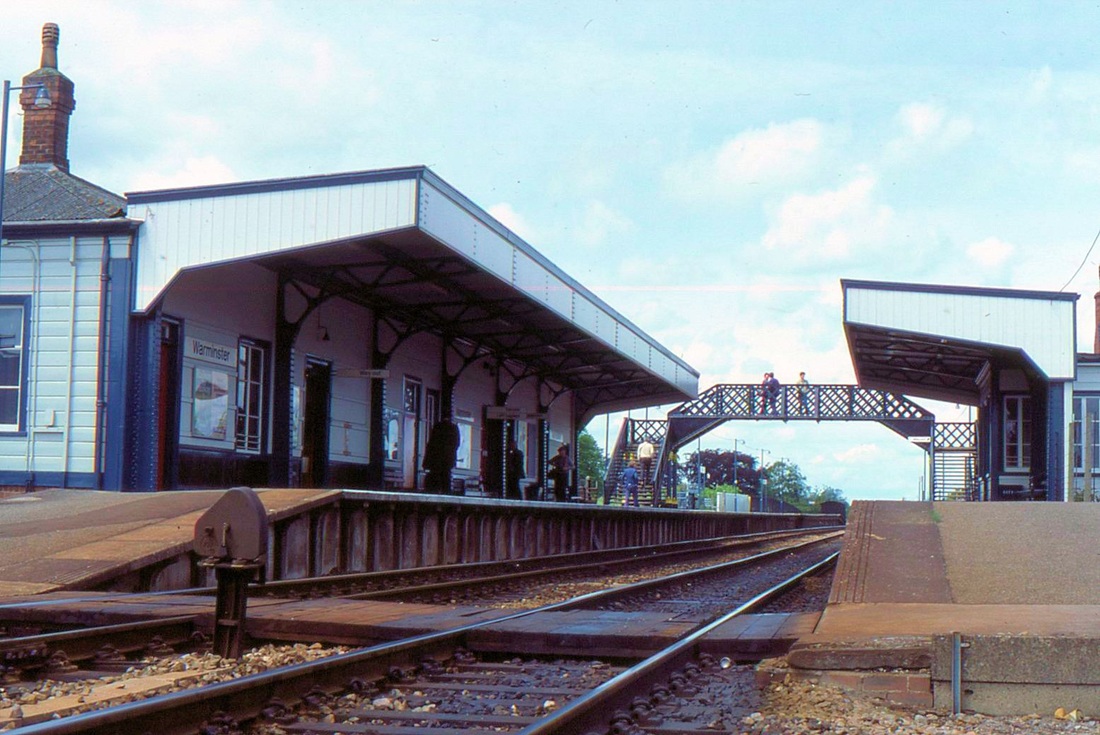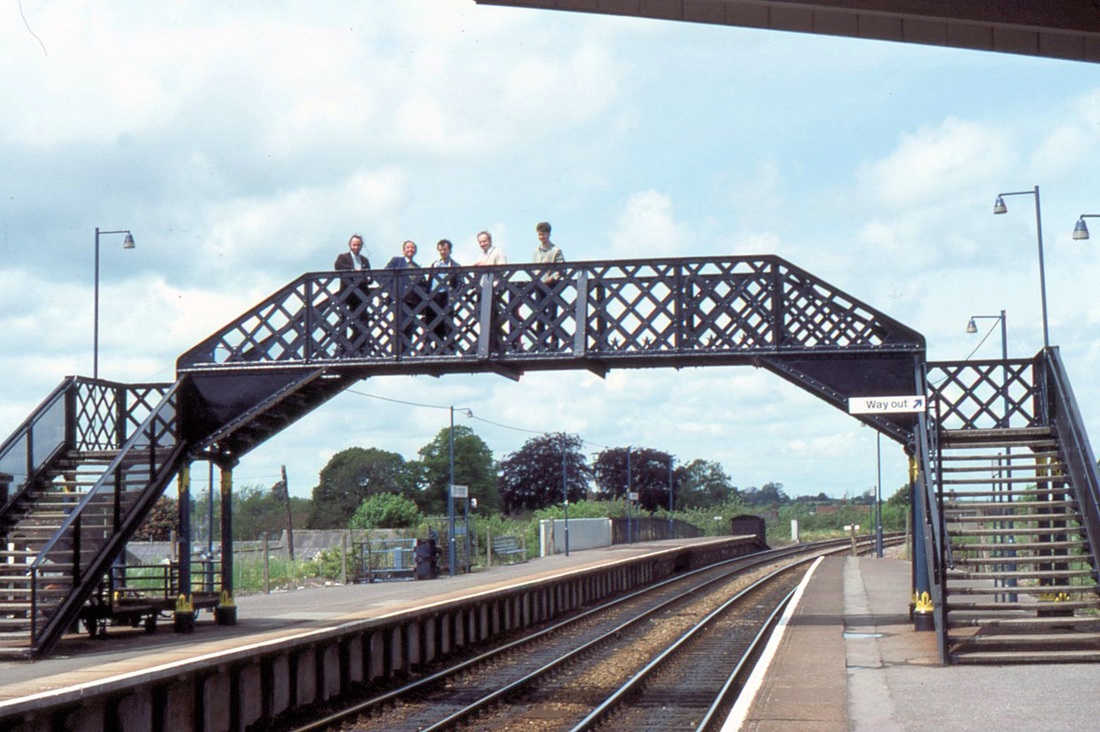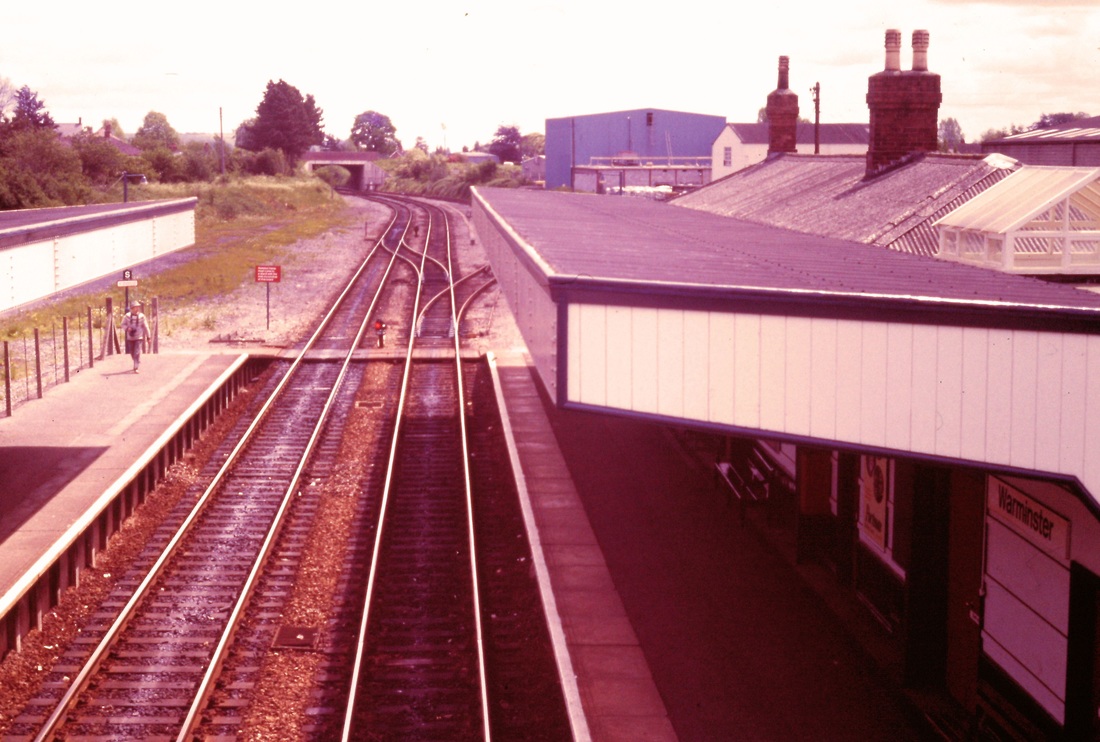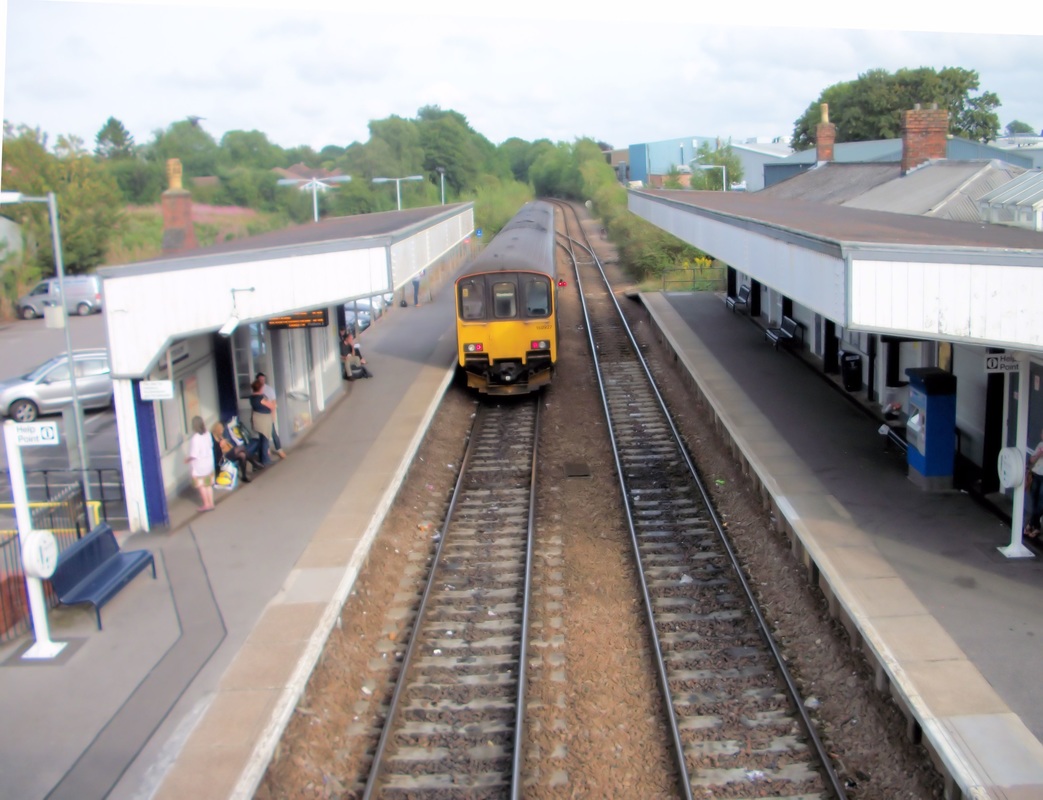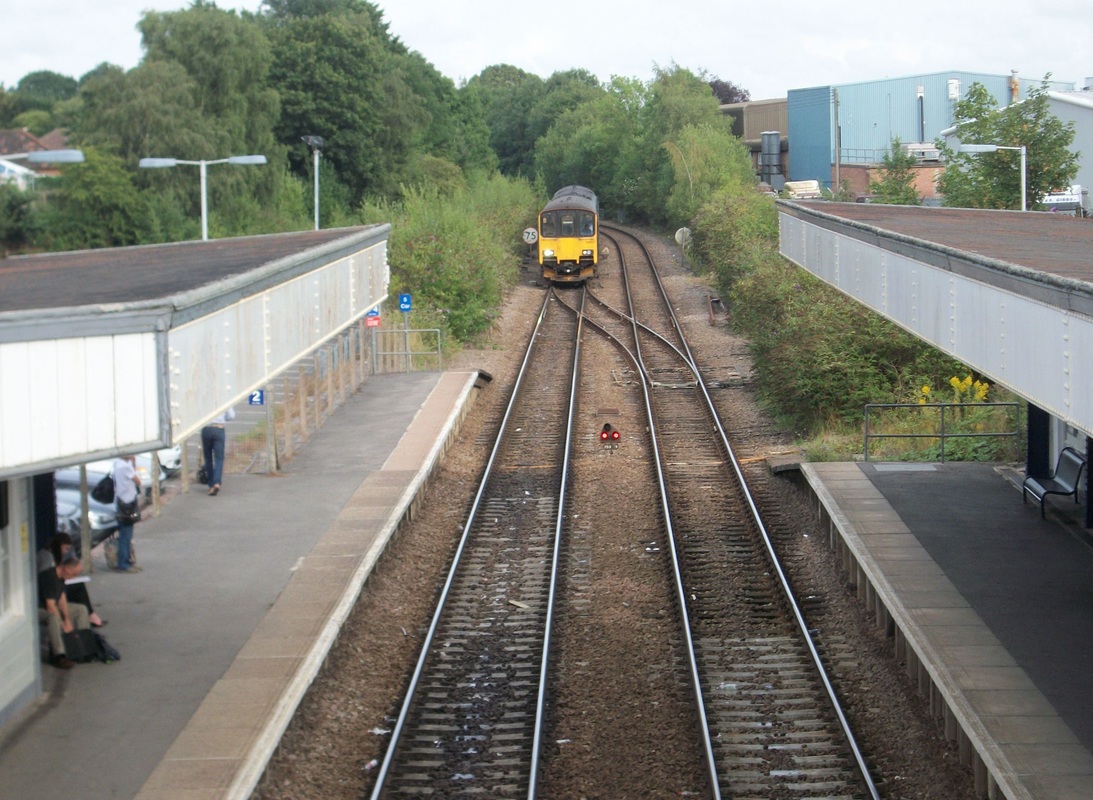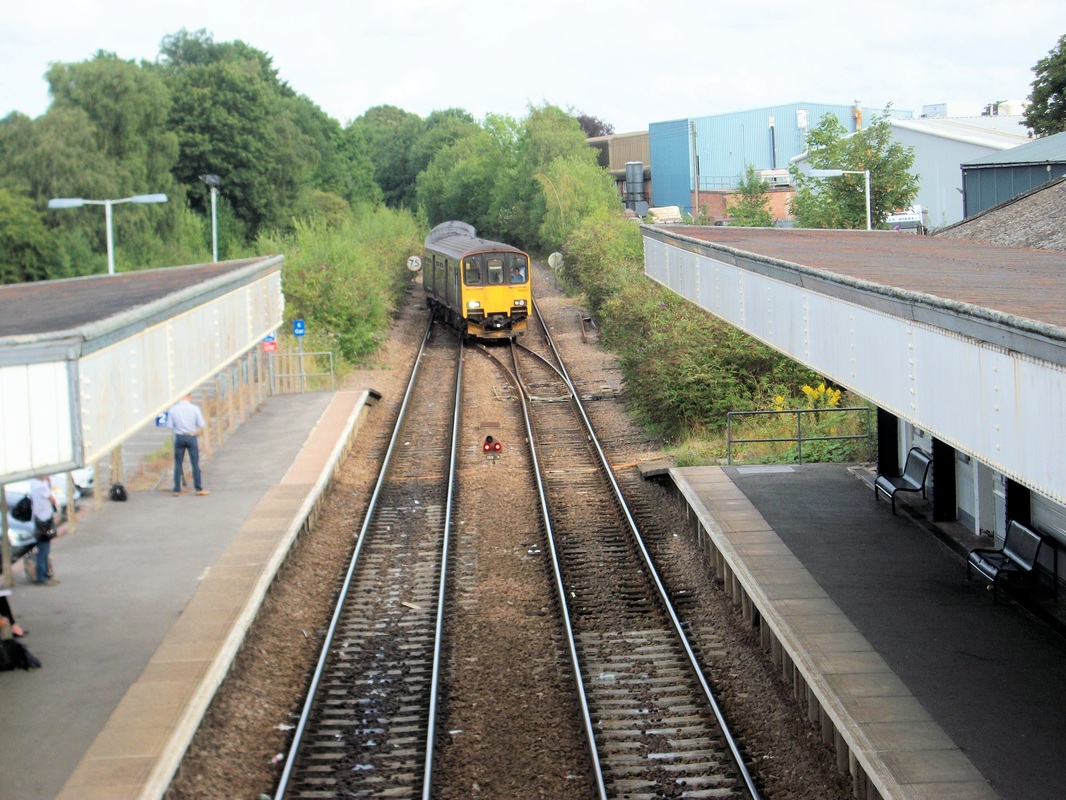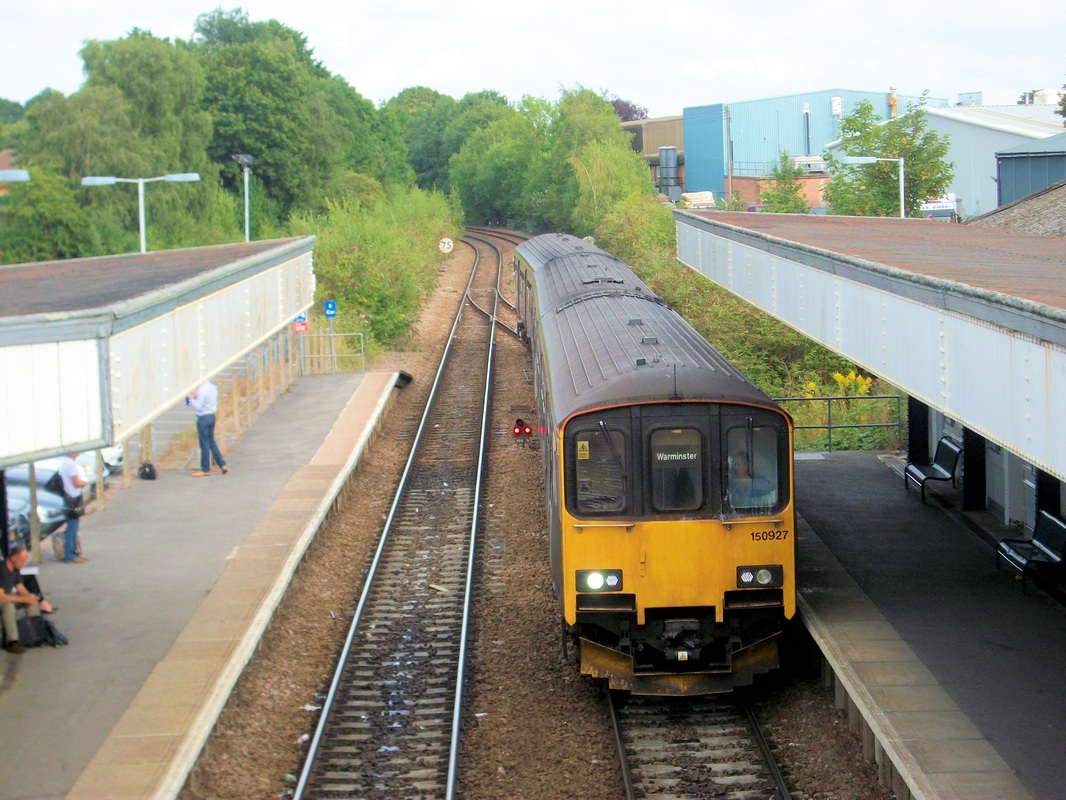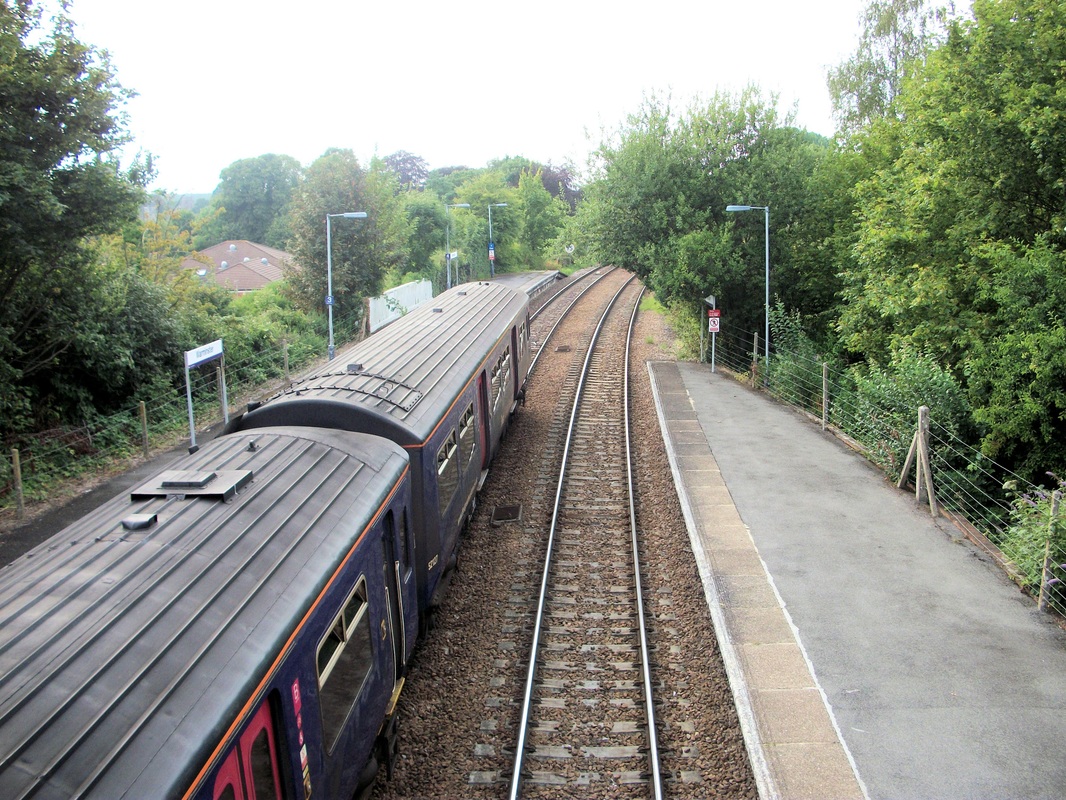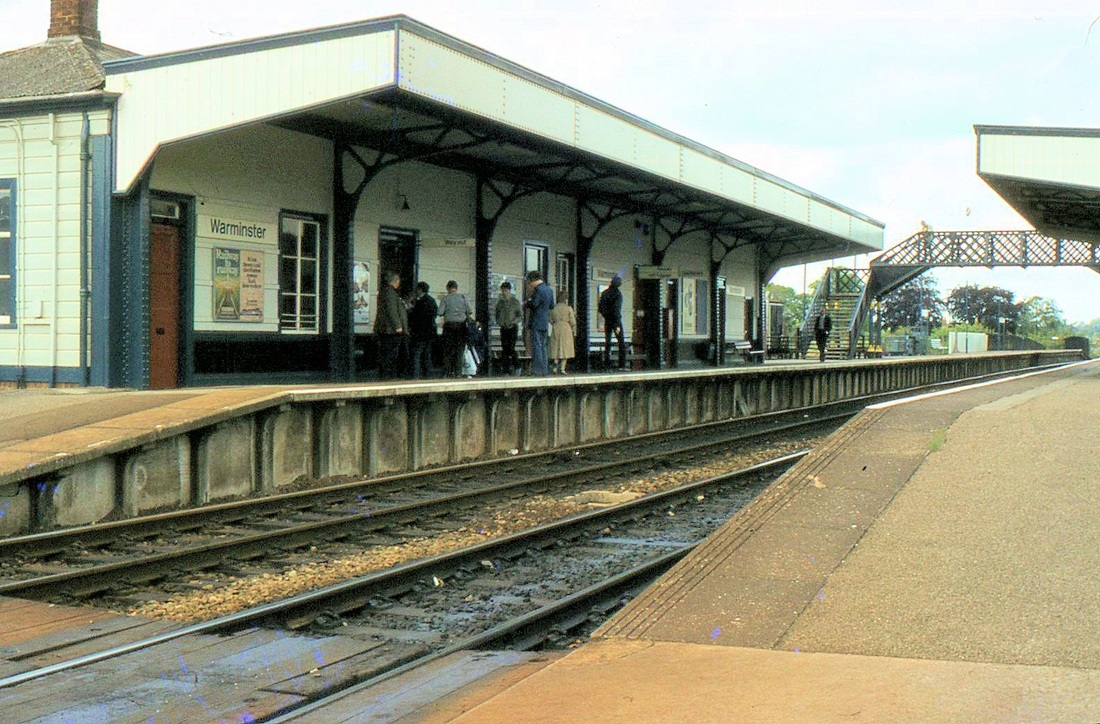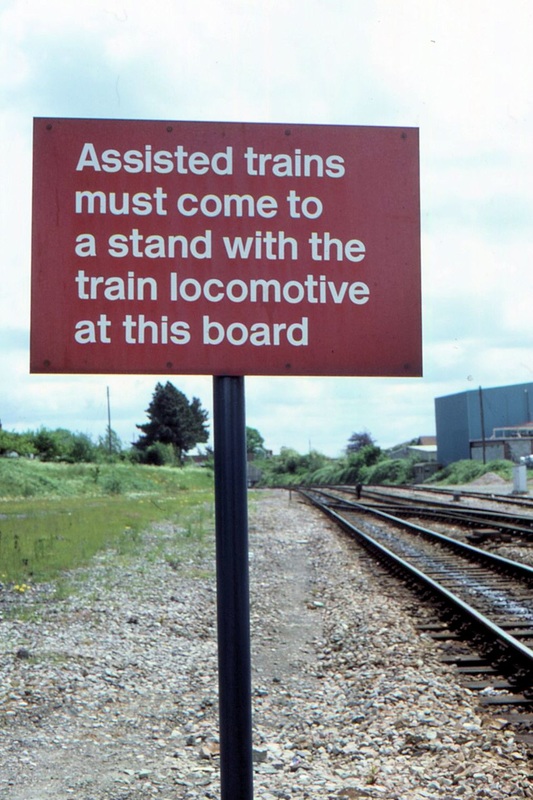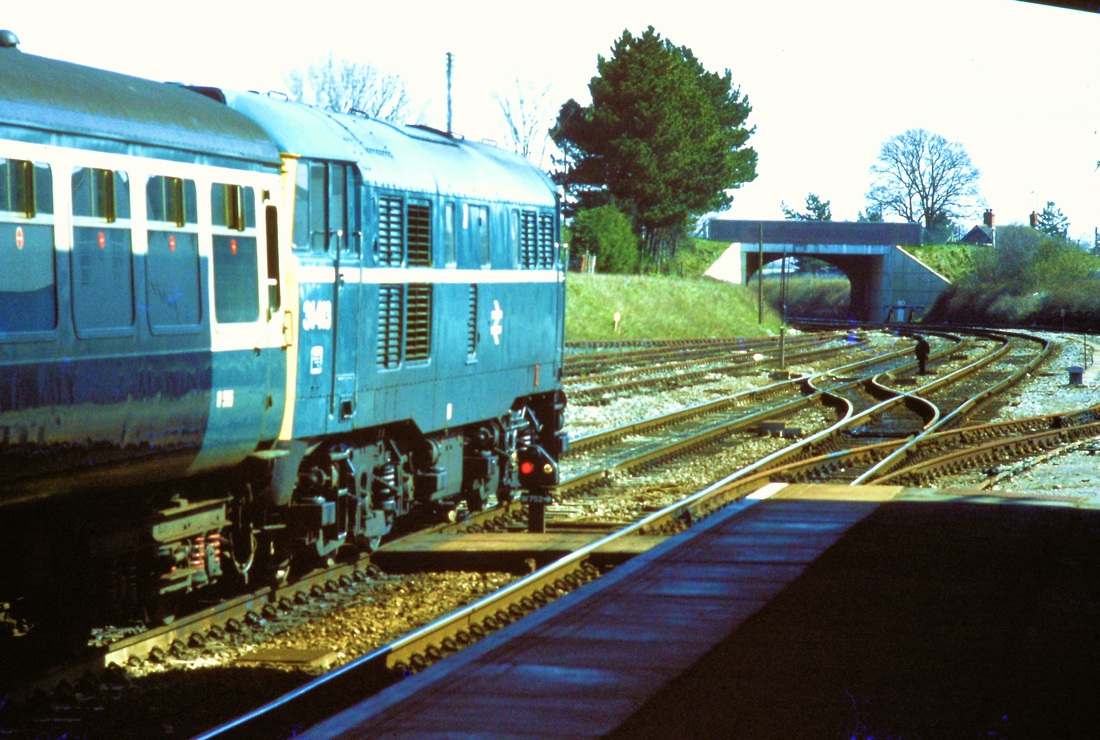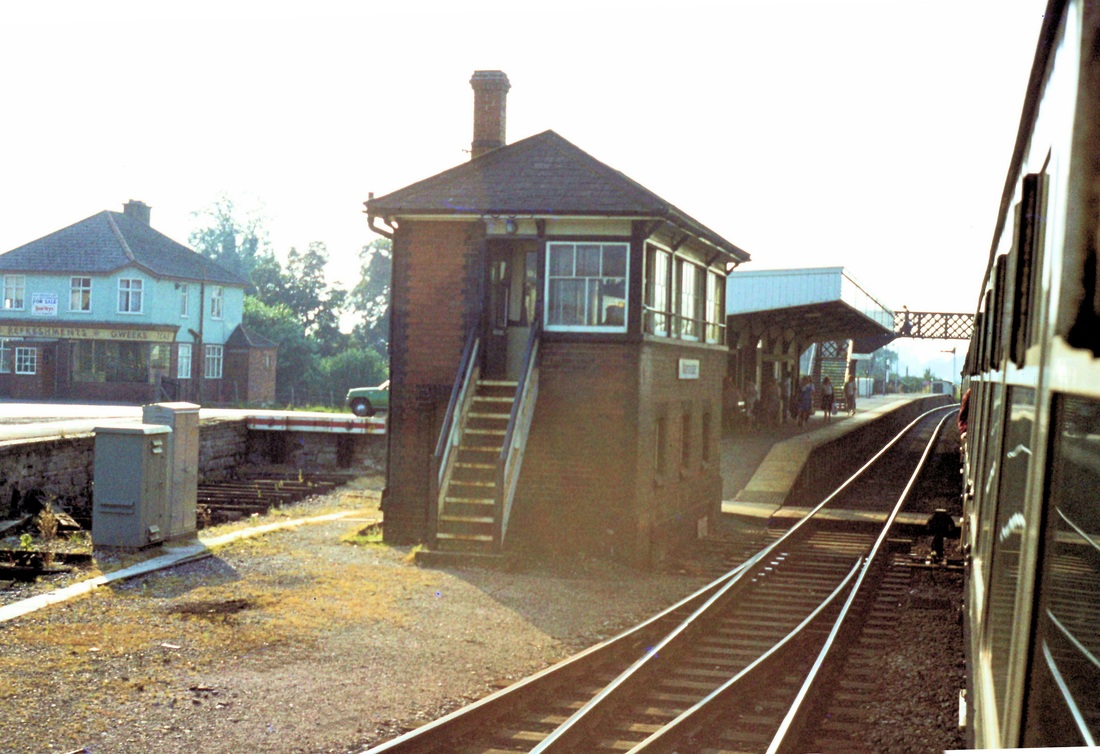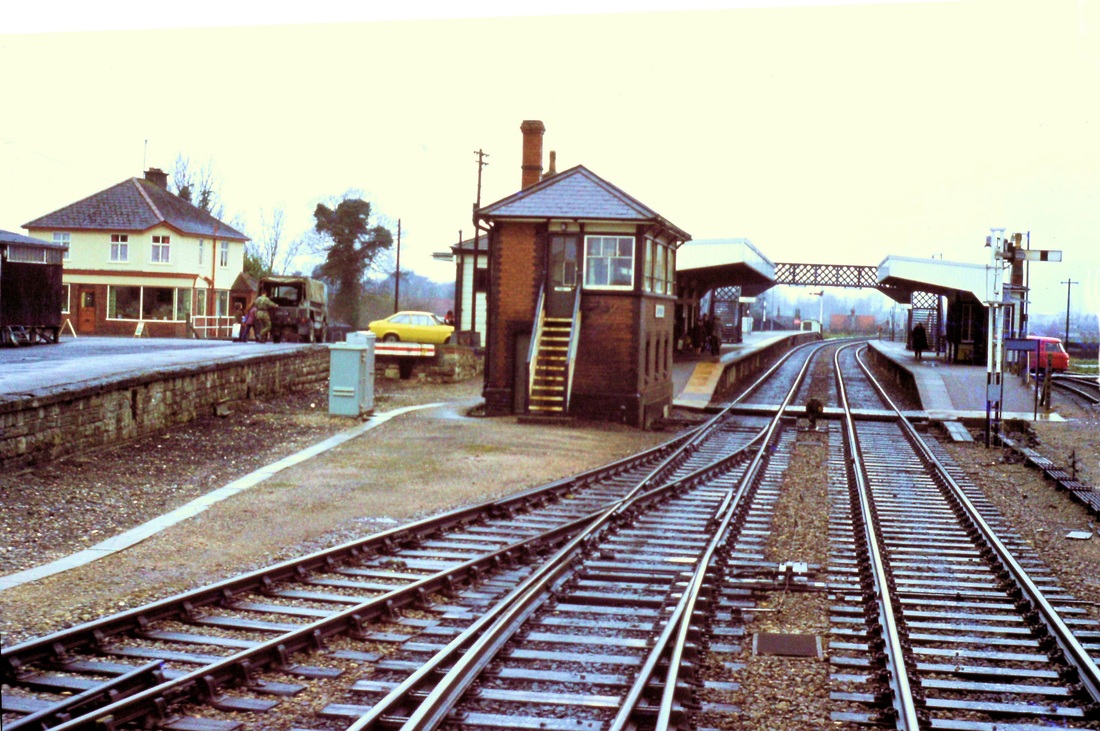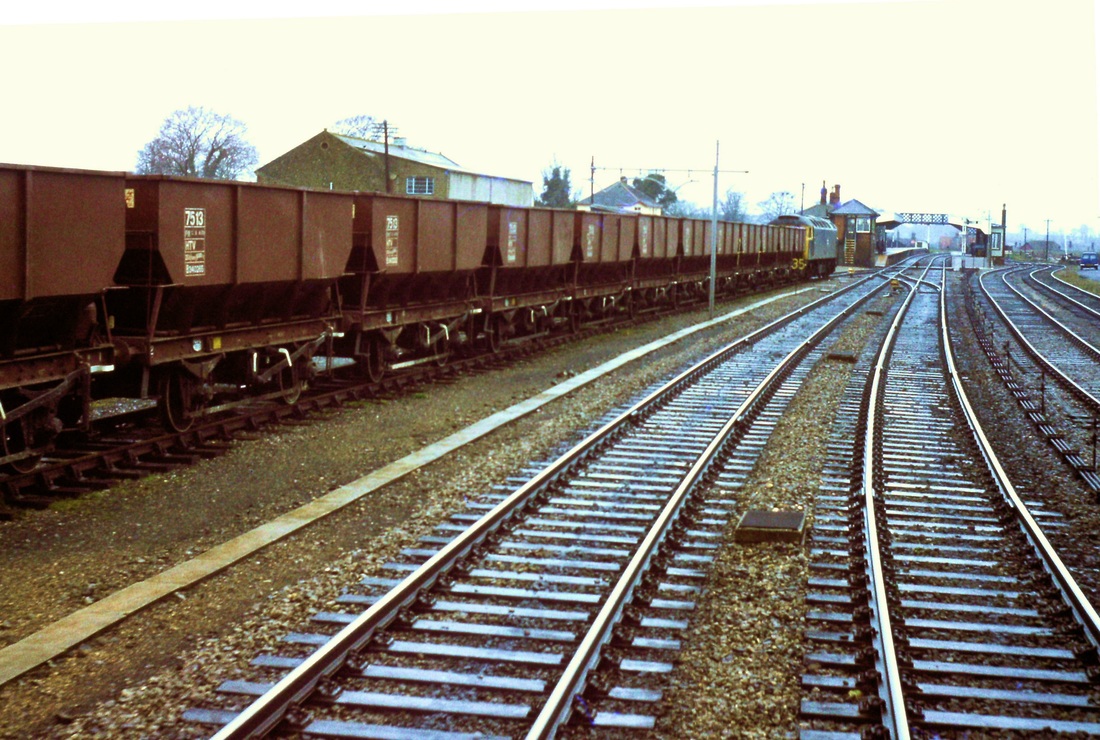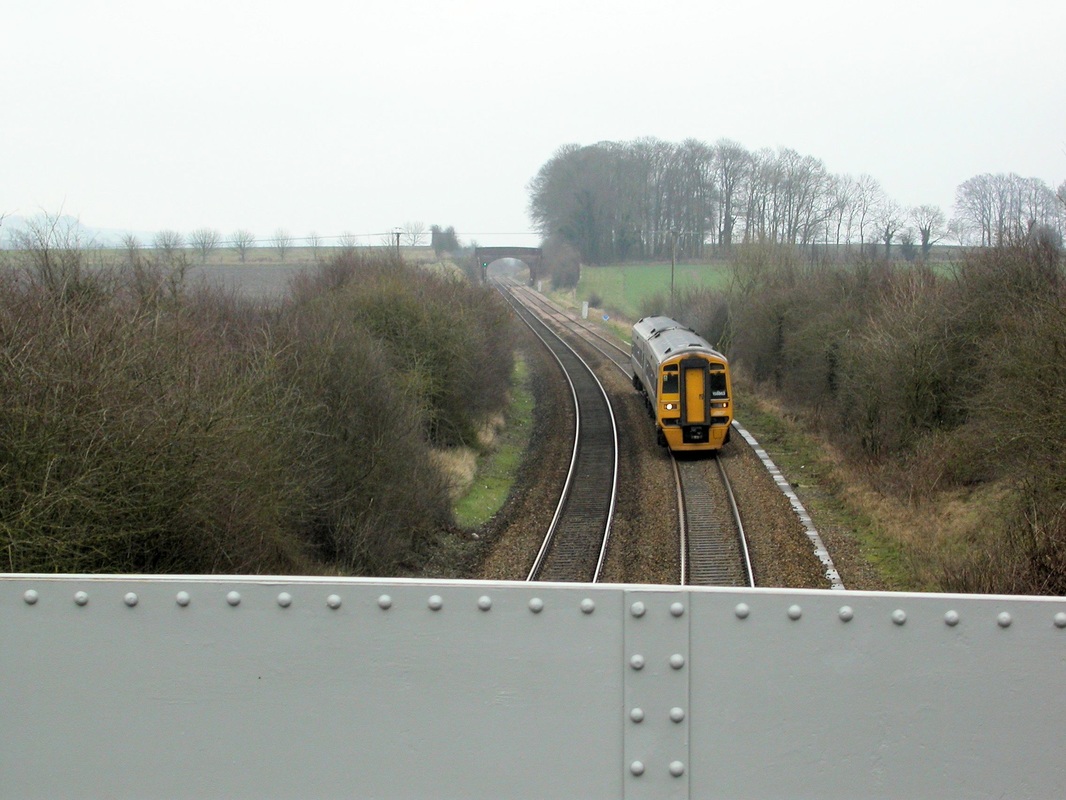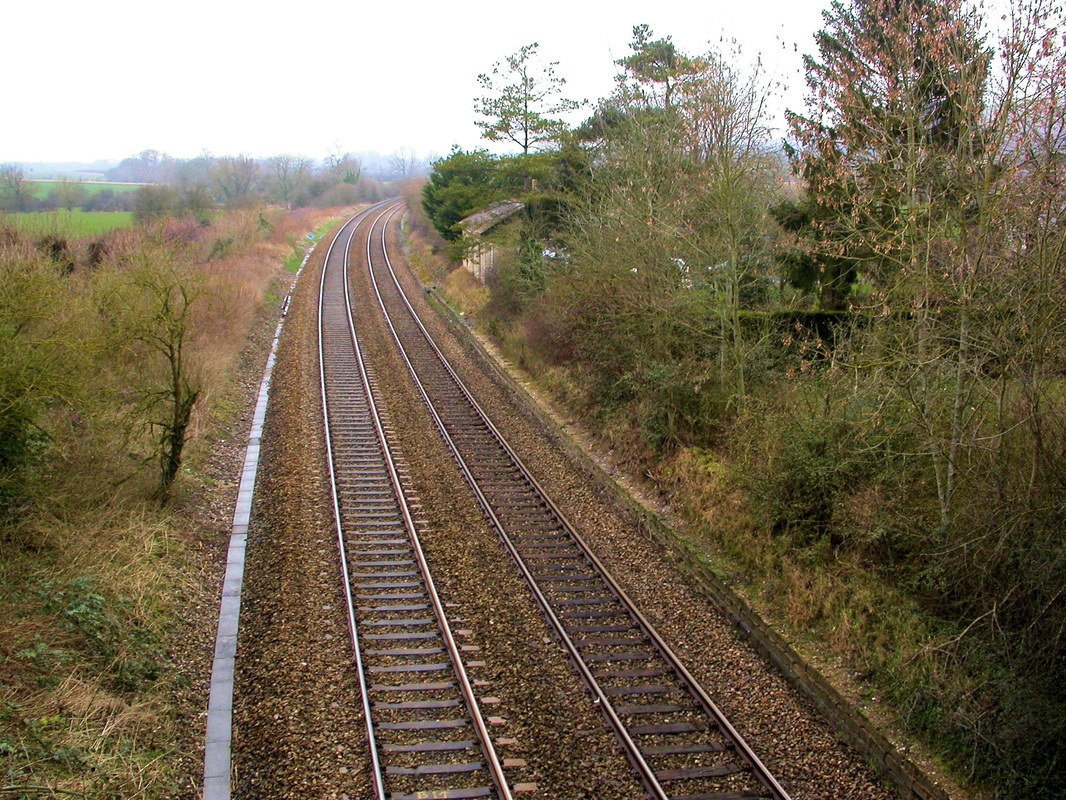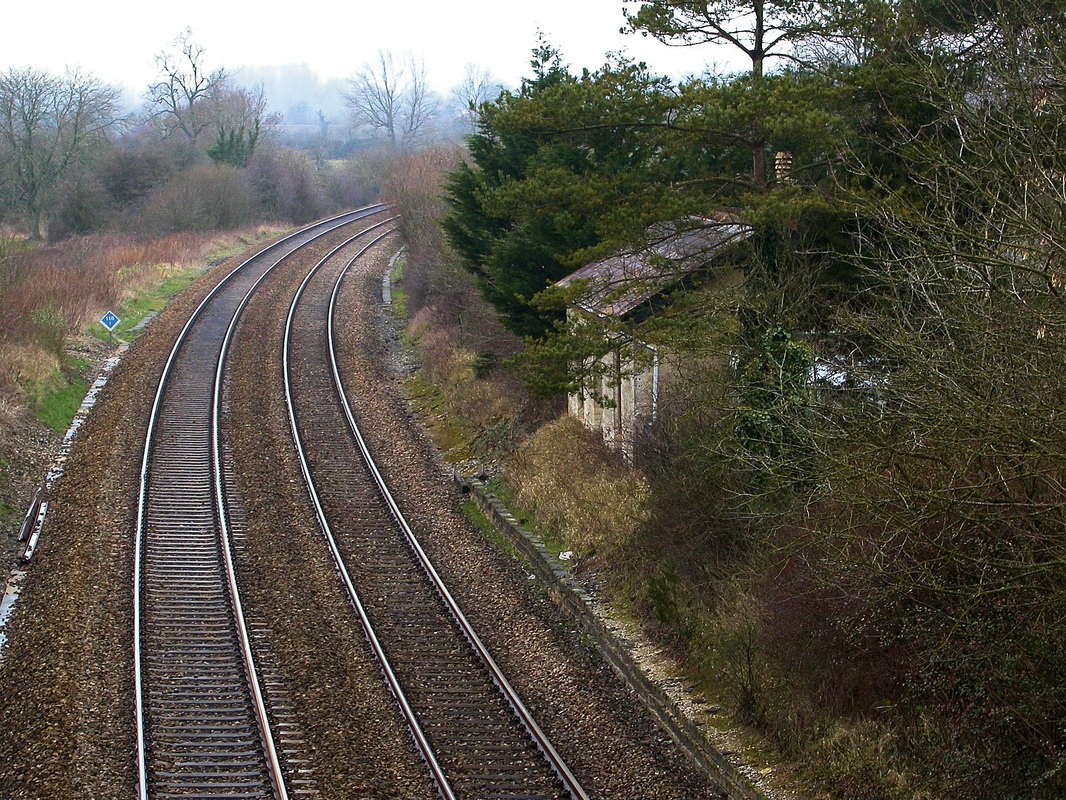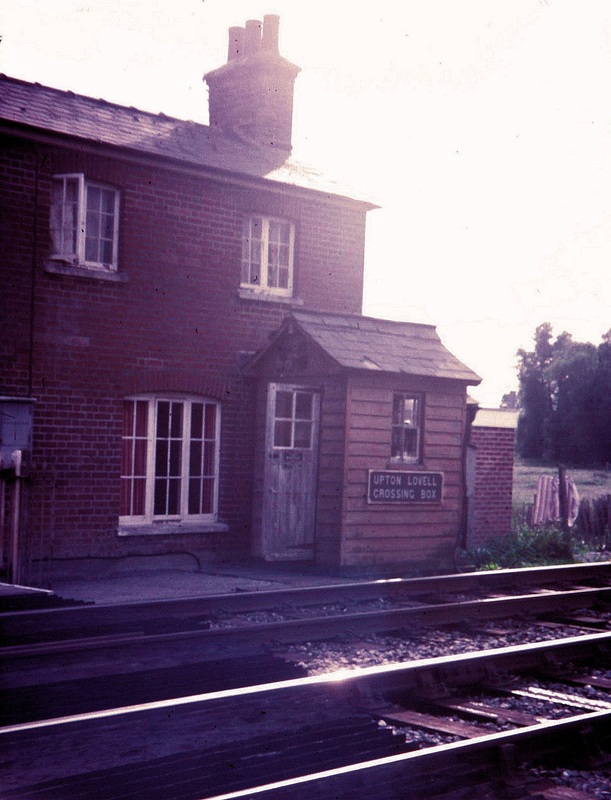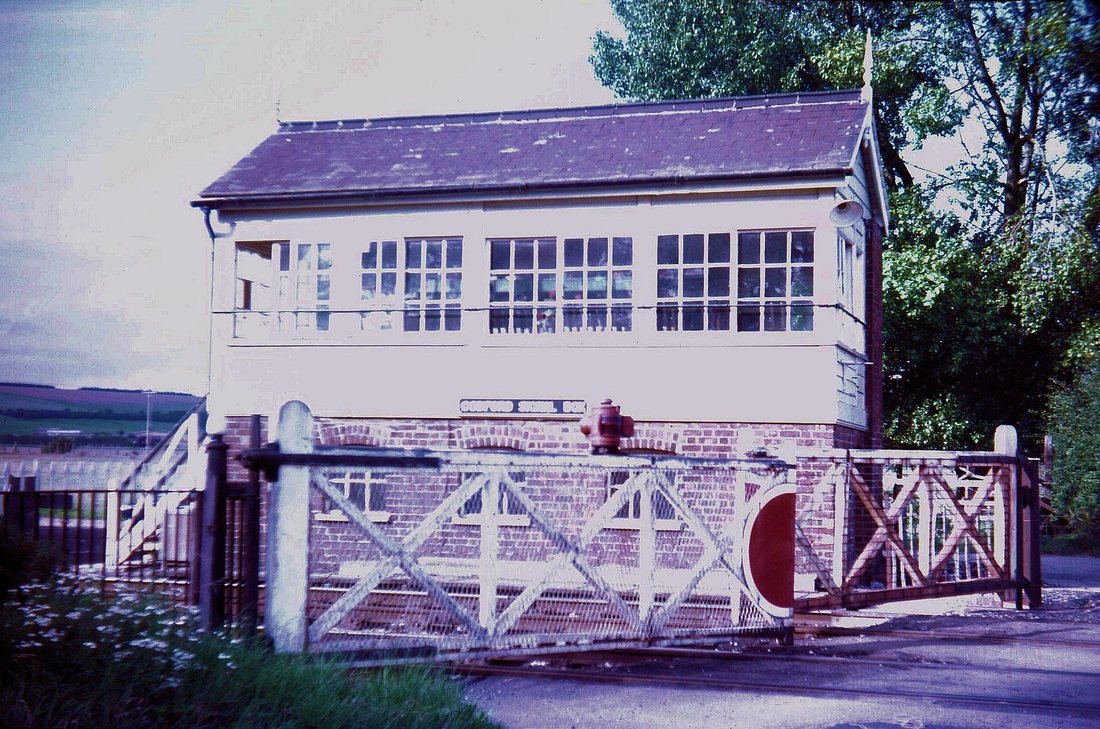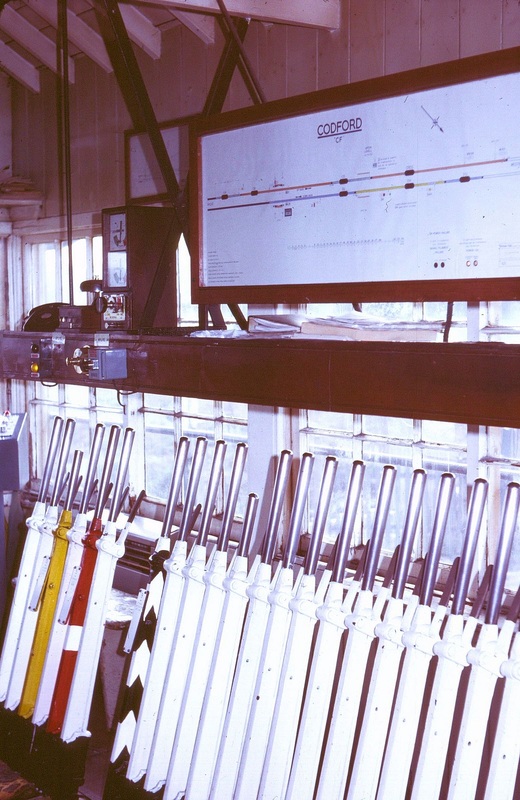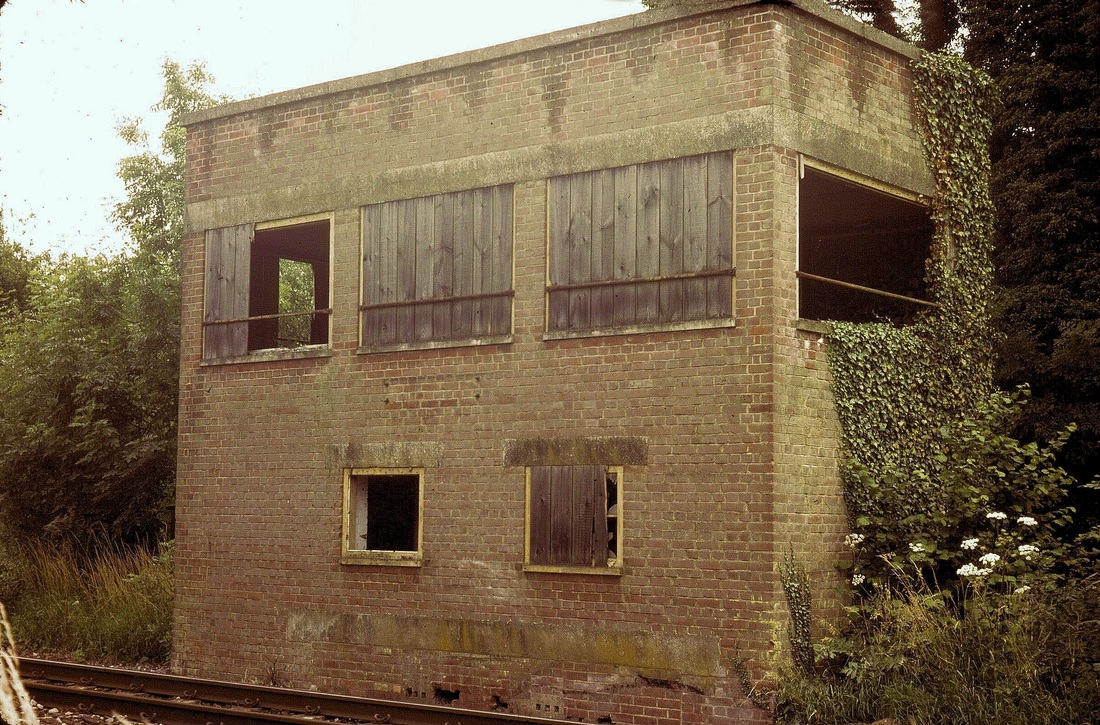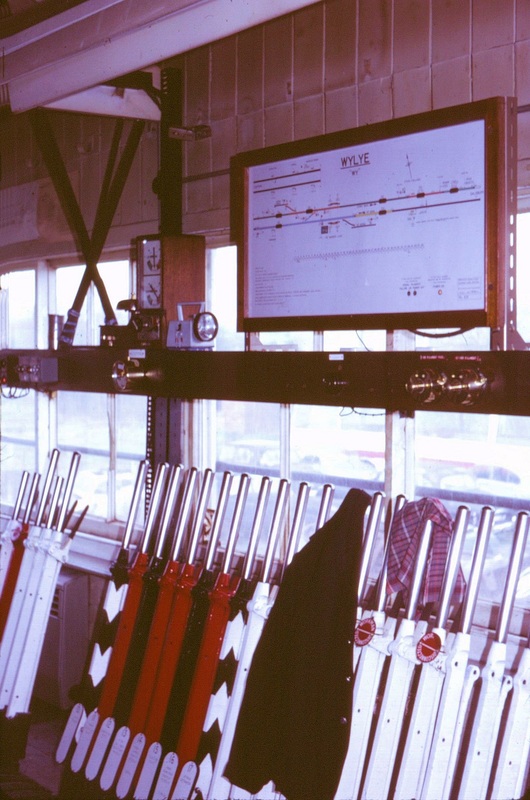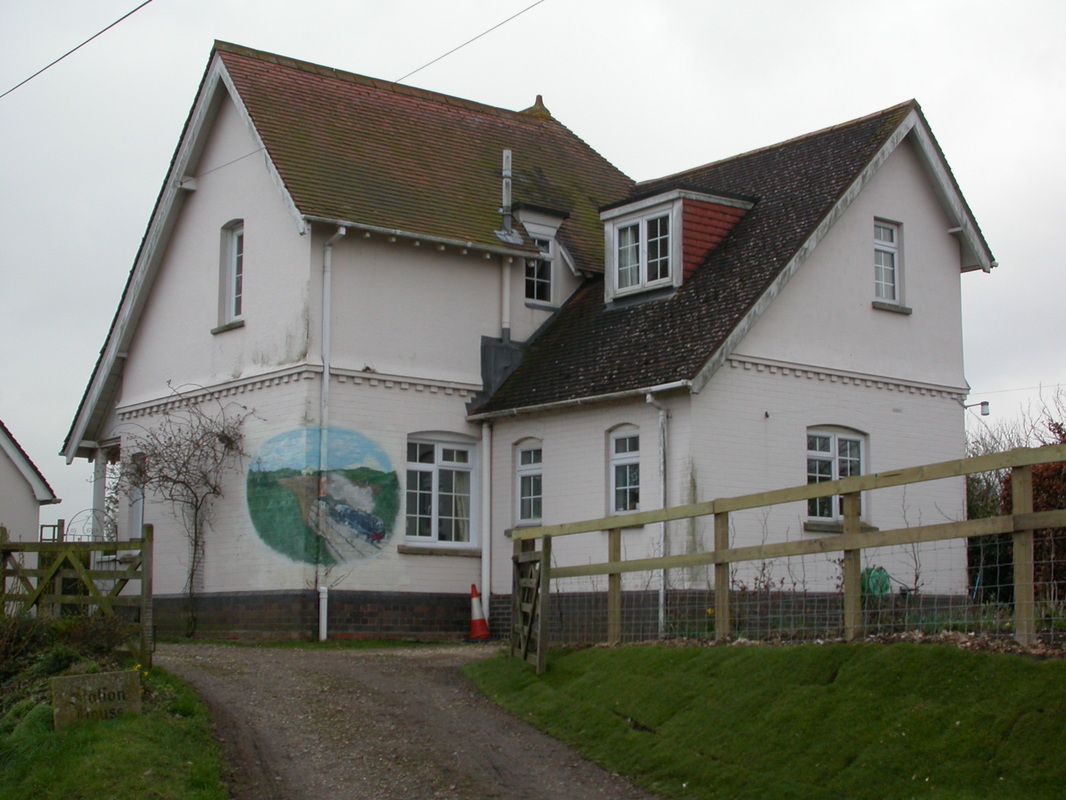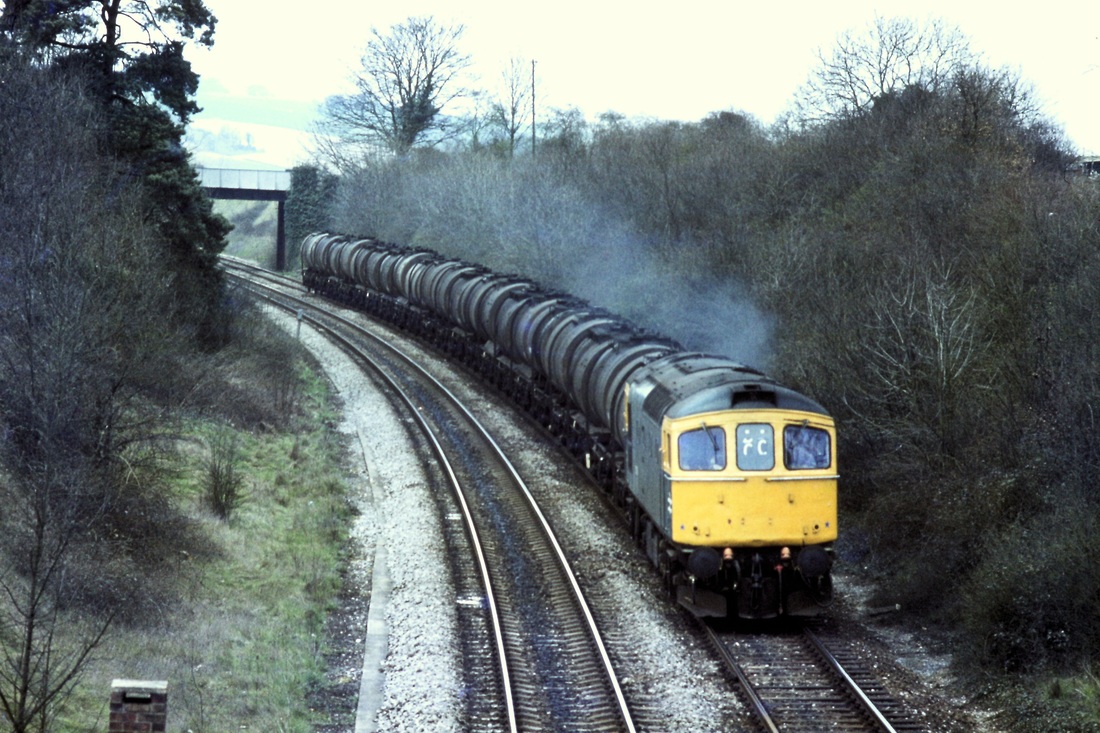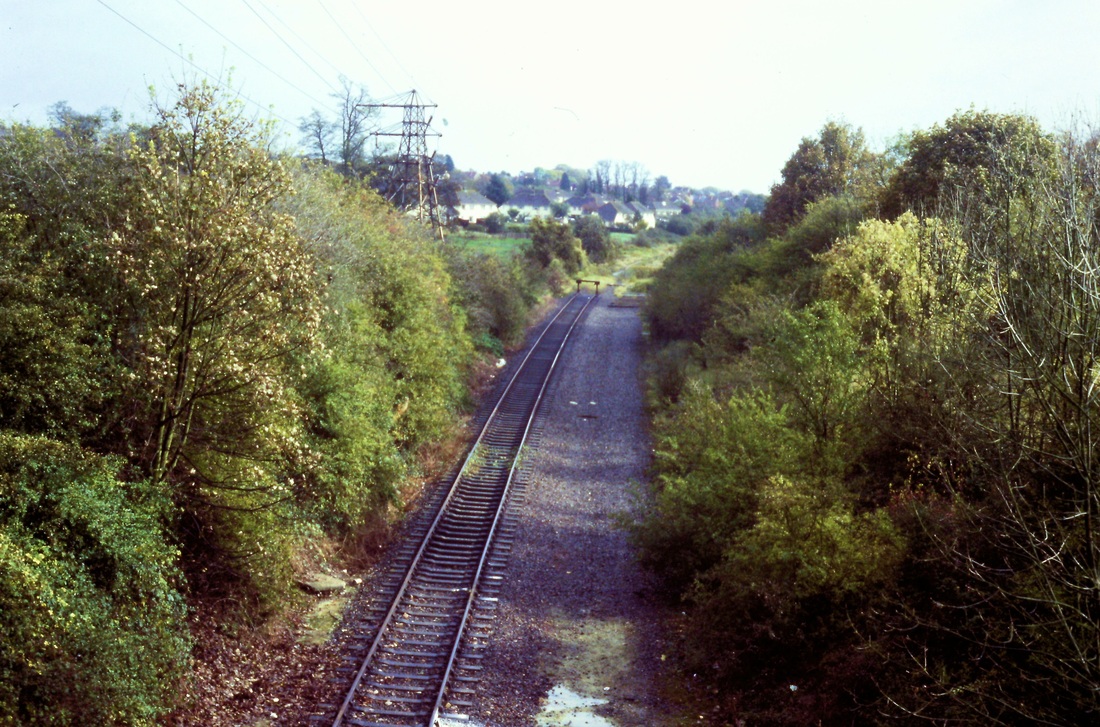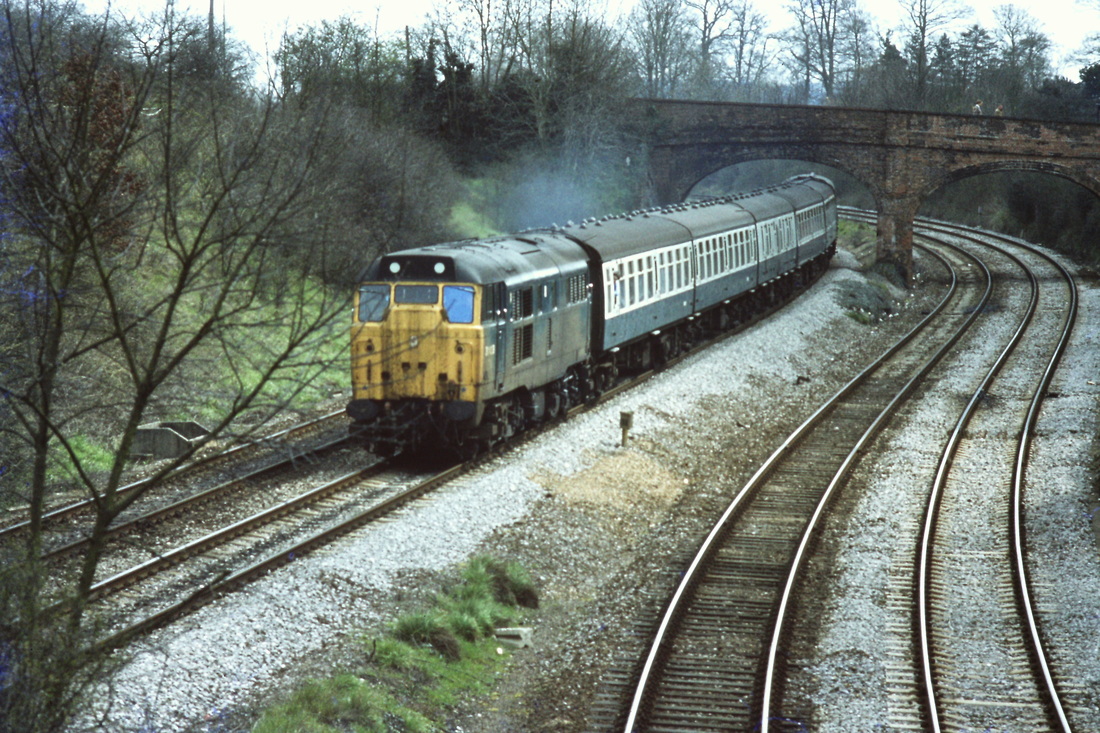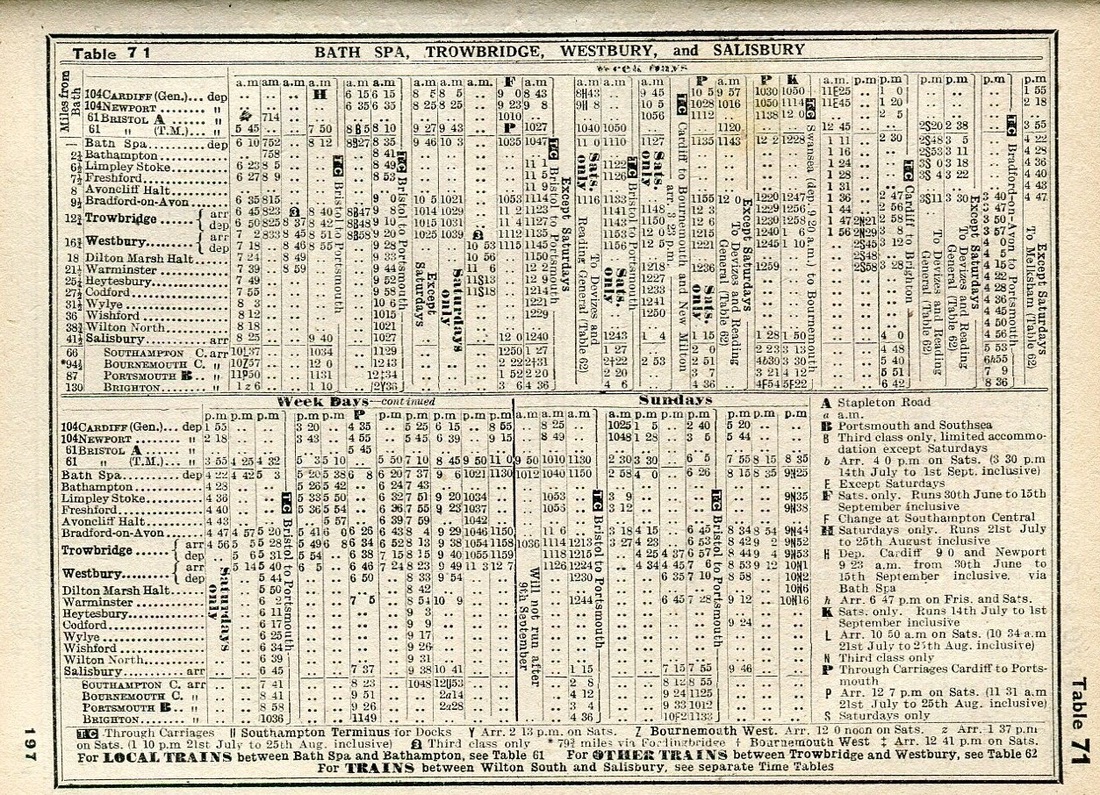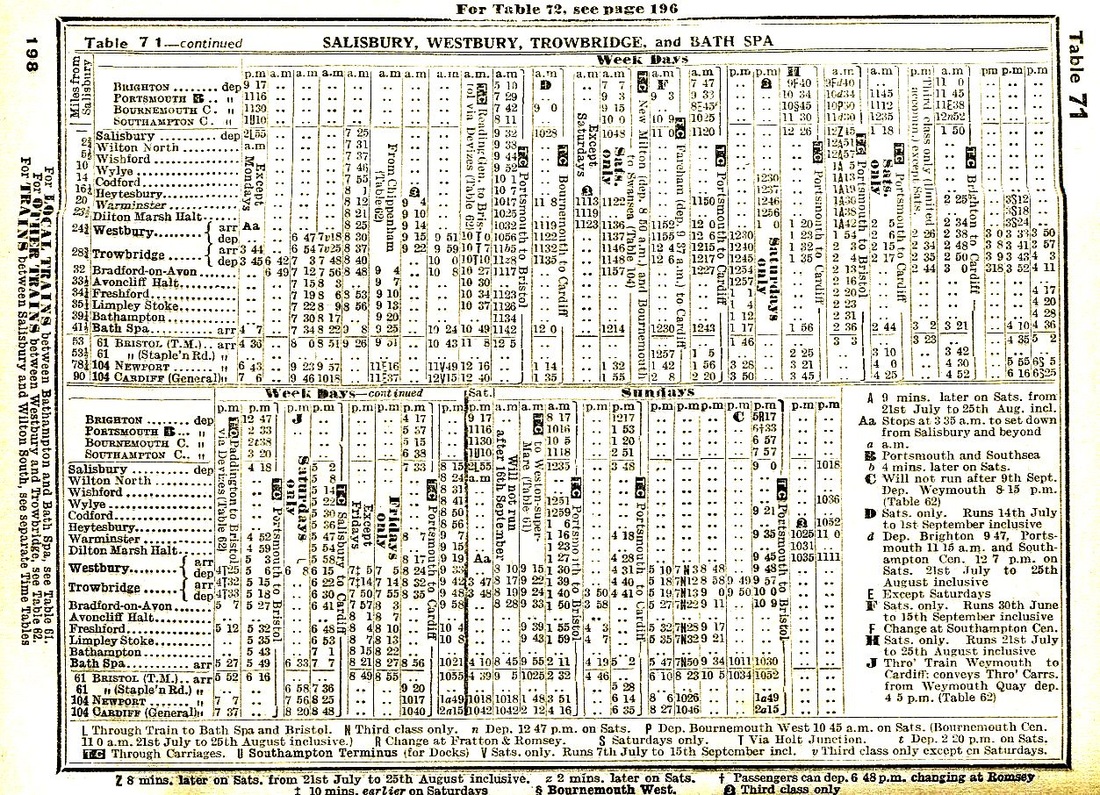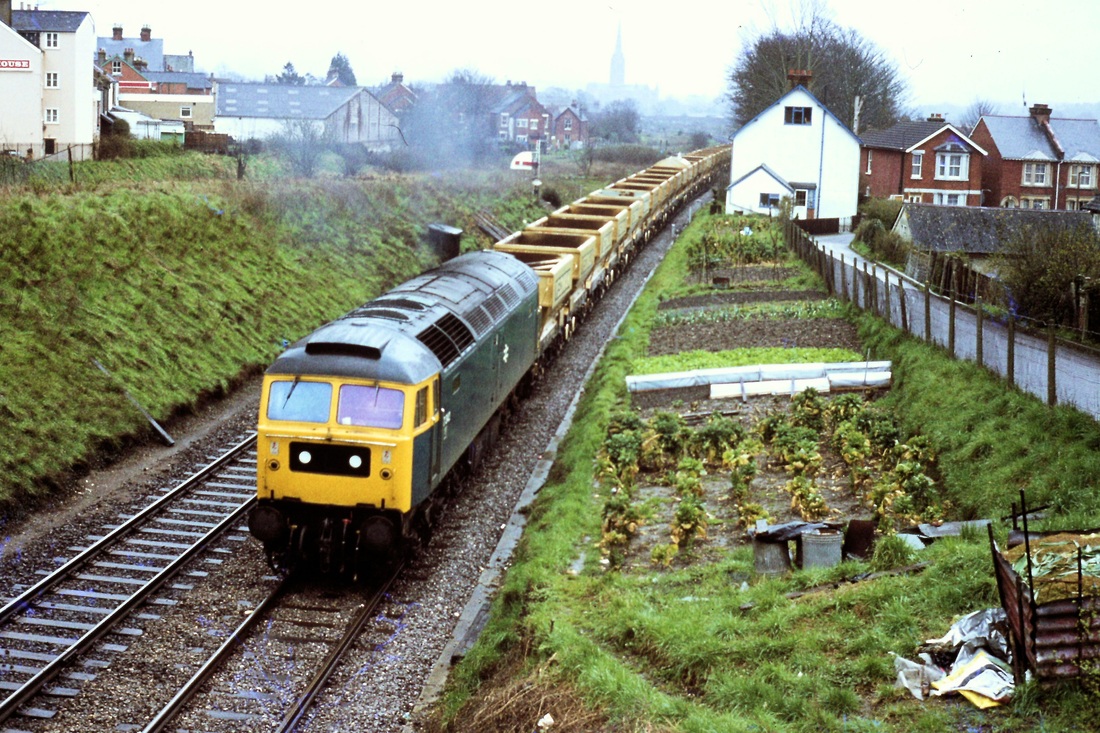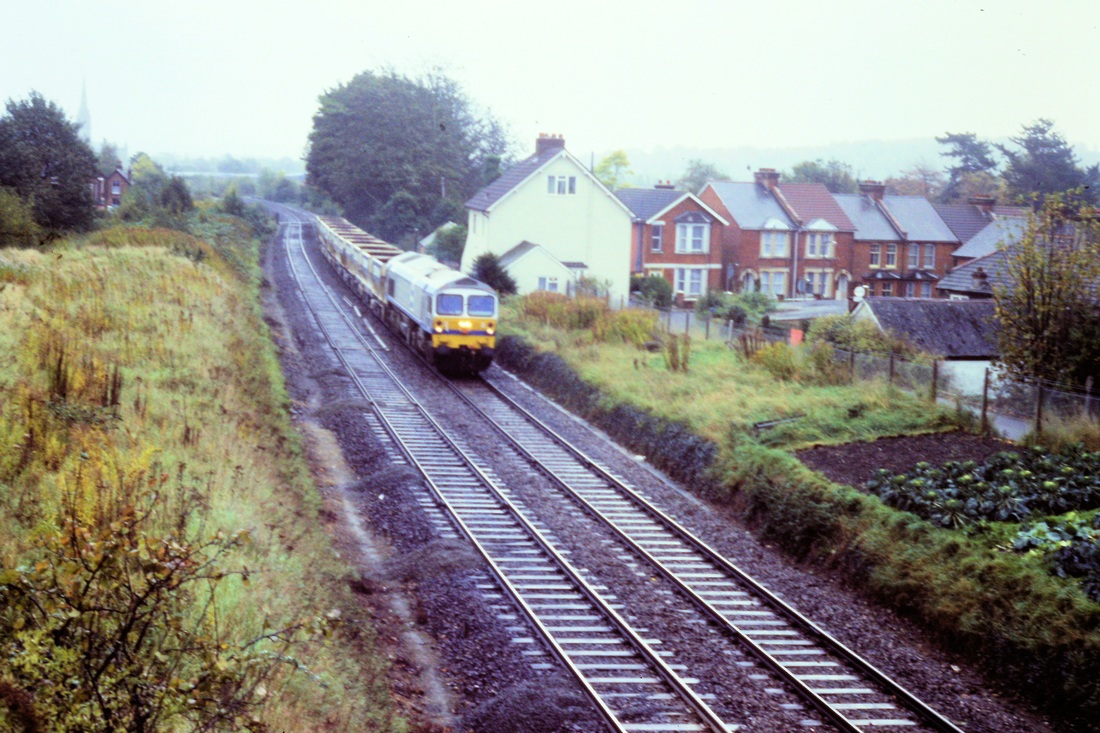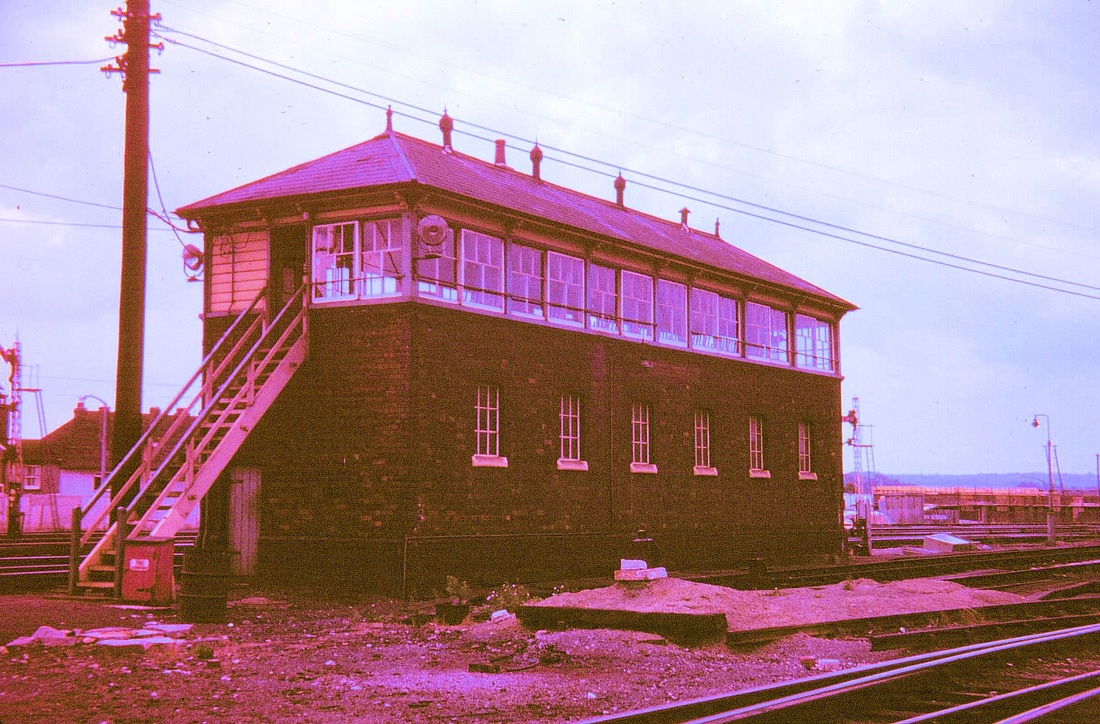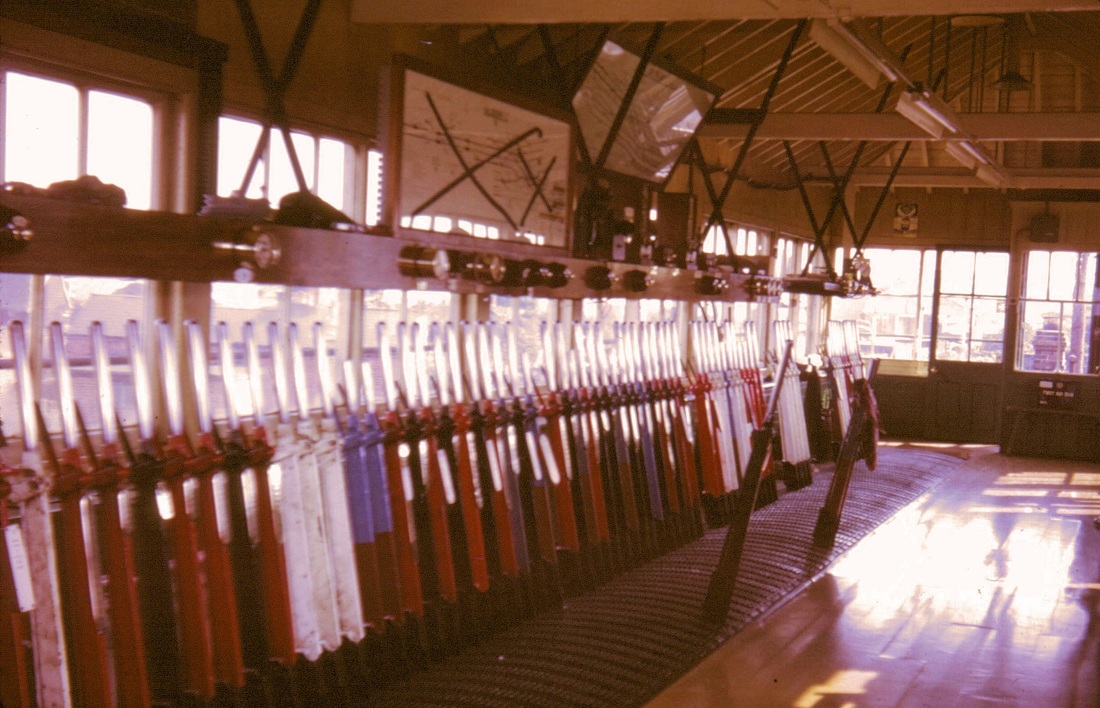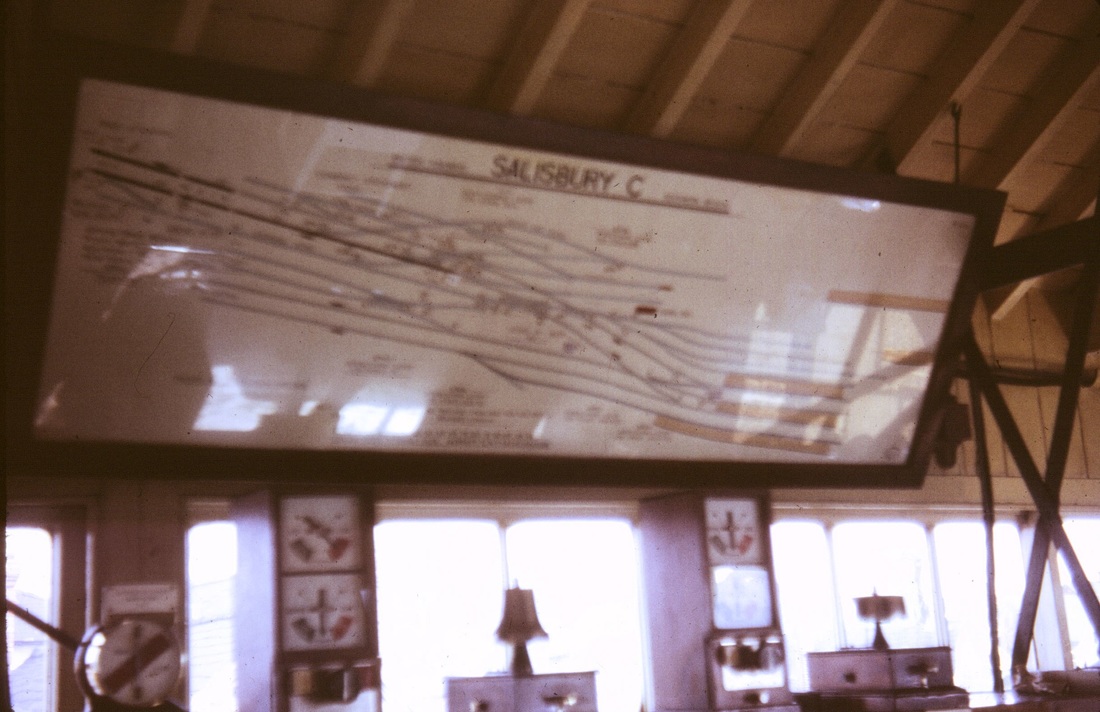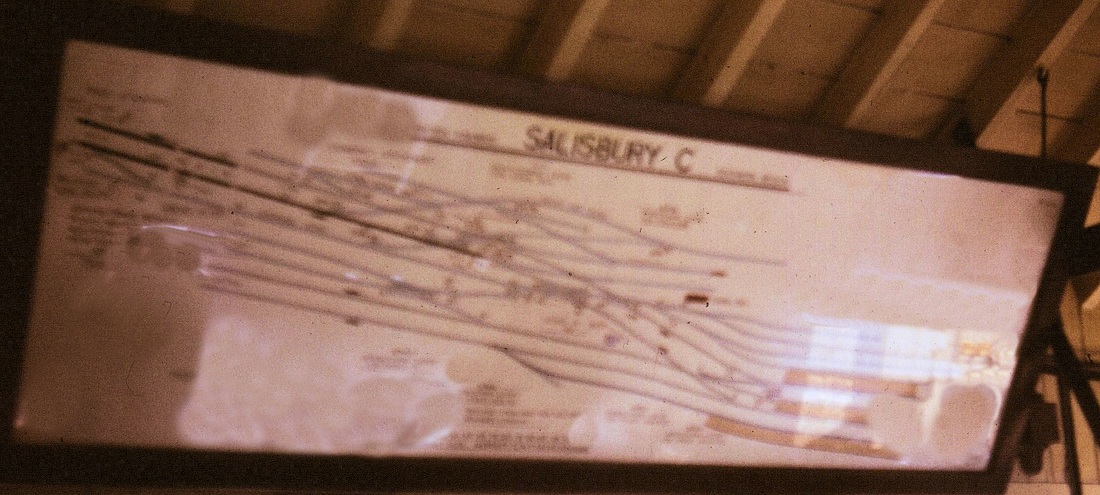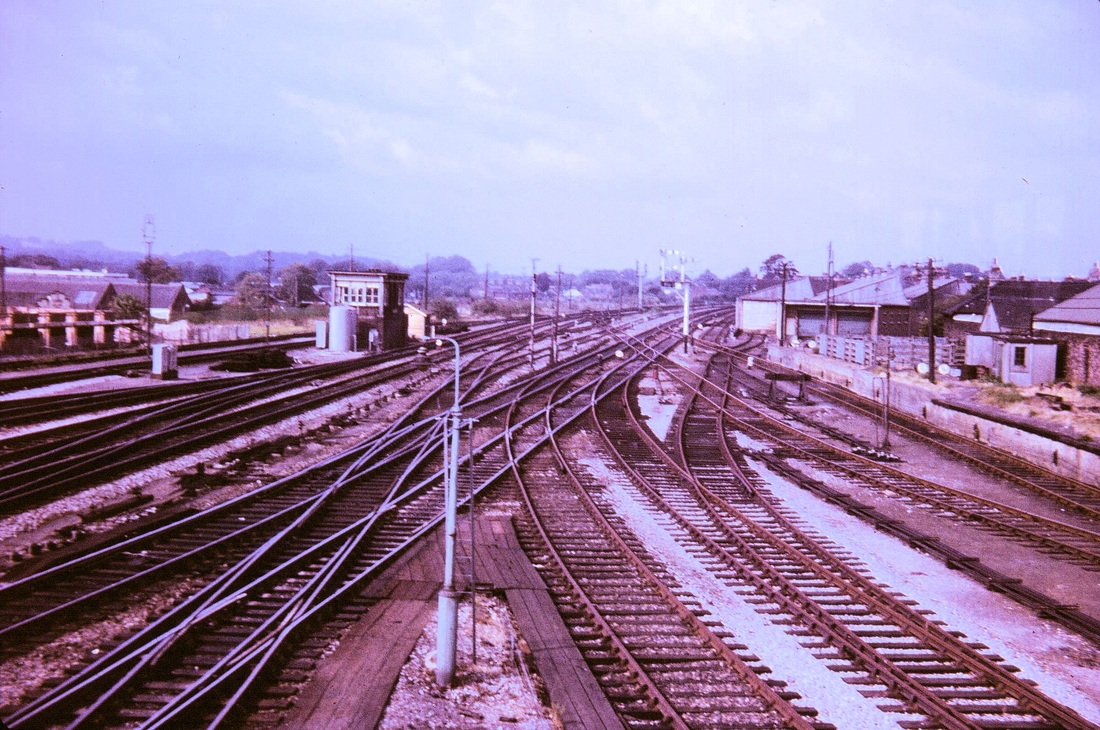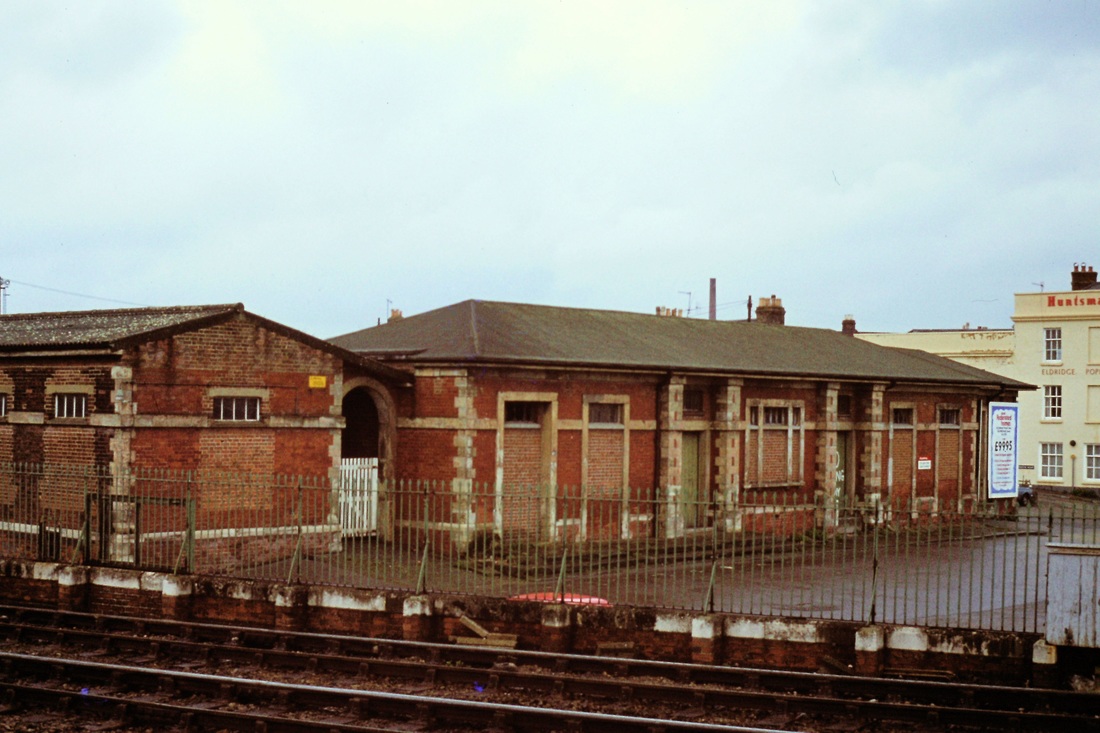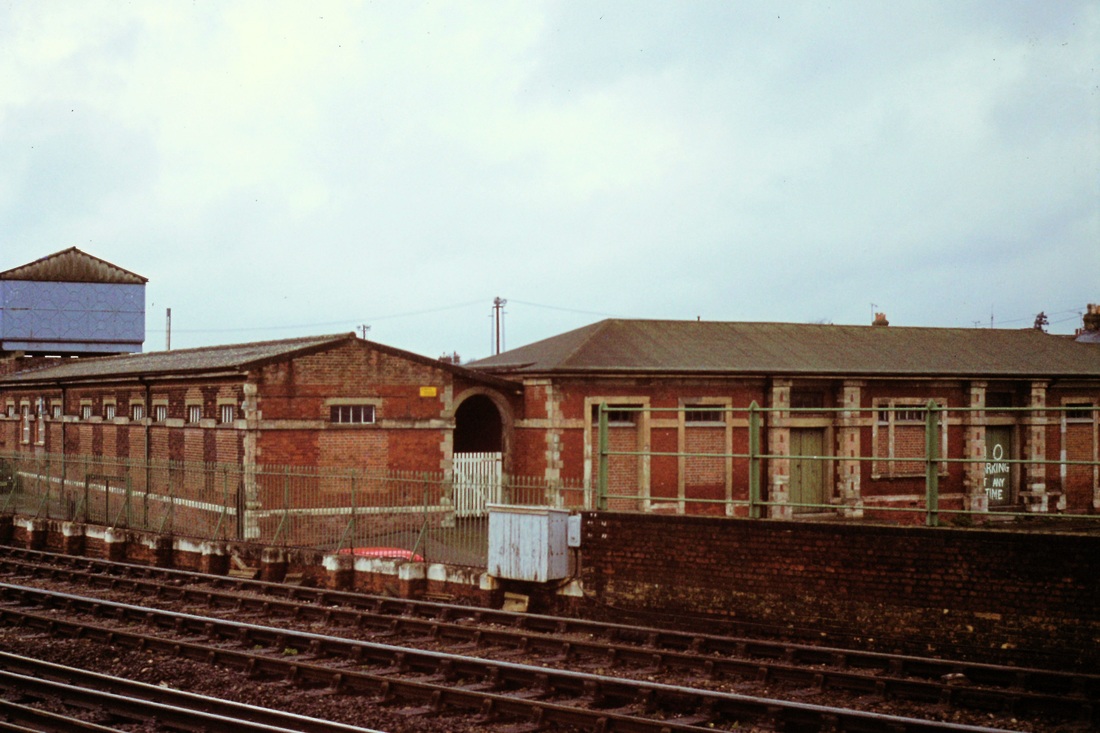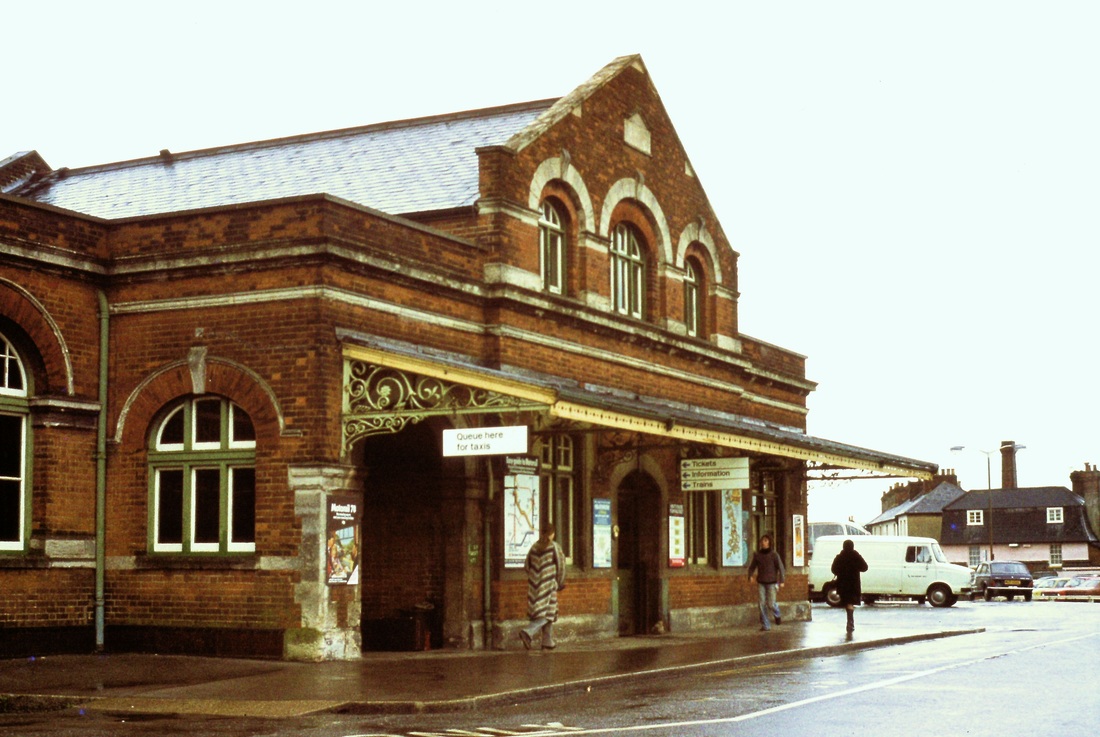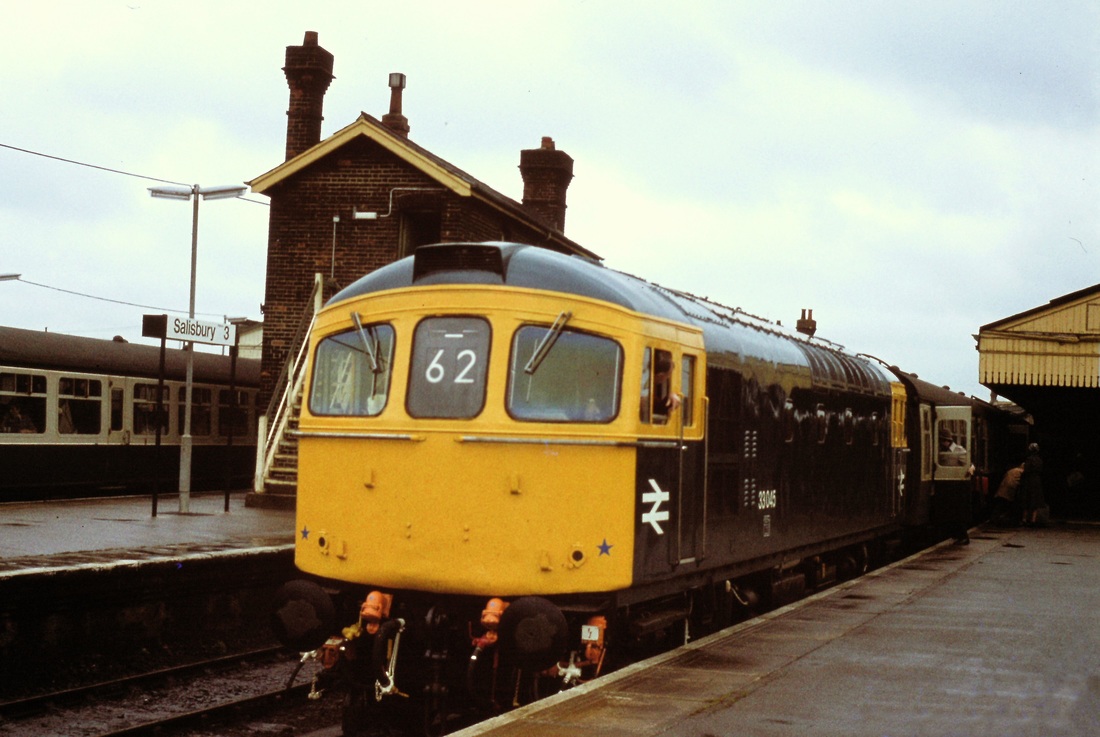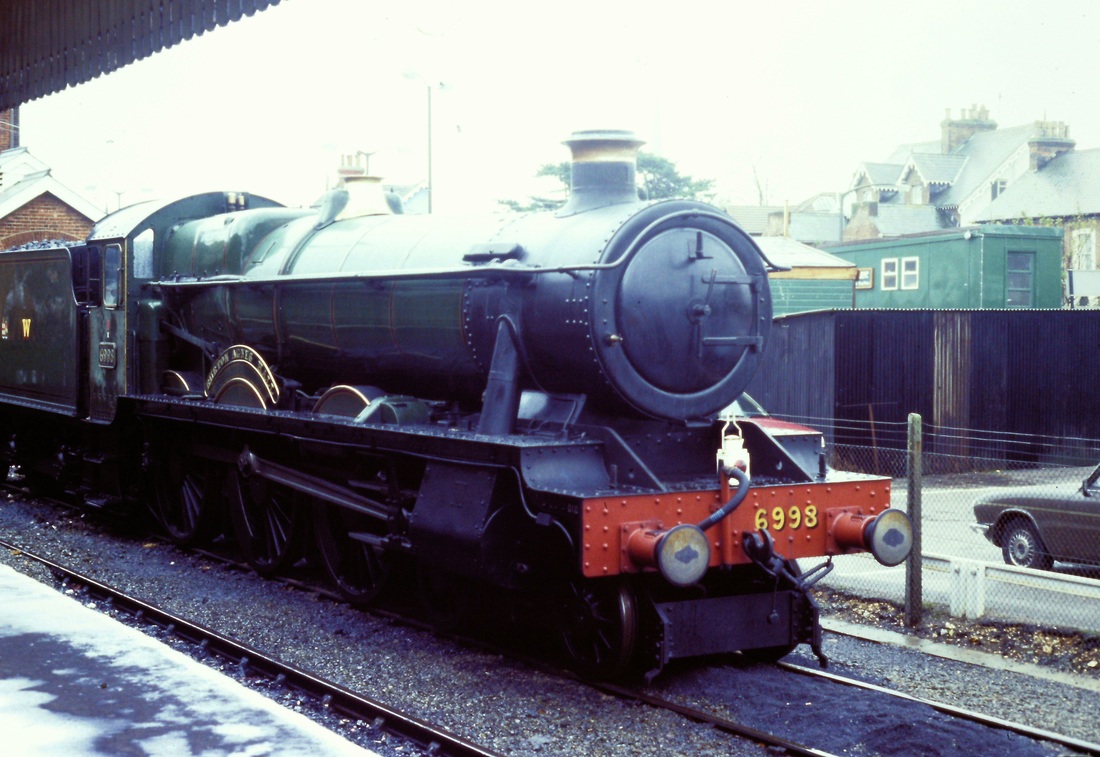Bristol Temple Meads to Salisbury via Bath and Westbury
Bristol Temple Meads
Bristol East Junction A quarter mile from BTM
Bristol North Somerset Junction Approx three quarters of a mile from BTM
St Annes Park One and half miles from BTM
Somerdale was a chocolate factory located in Keynsham near Bristol. It was closed by Kraft foods in 2011. It was the home of a Cadbury's plc production facility, which was was originally built by the Fry family when they expanded through consolidation of a number of existing facilities located in the centre of Bristol. The factory was served by a short branch line. This connection to Fry's chocolate factory was taken out of use on 26–27 July 1980.
The plans in progress include the demolition of 'block d' of the factory, to provide space for a rebuilt Fry Club. By August 2014 some of factory had been demolished and by September 2014 show homes were opened, and sales of houses began.
The plans in progress include the demolition of 'block d' of the factory, to provide space for a rebuilt Fry Club. By August 2014 some of factory had been demolished and by September 2014 show homes were opened, and sales of houses began.
Keynsham and Somerdale Approx four and half miles from BTM
For the more senior of our viewers Keynsham will be remembered for Horace Cyril Batchelor (22 January 1898 – 8 January 1977) was notable in the United Kingdom during the late 1940s to early 1960s as an advertiser on Radio Luxembourg. He advertised a way to win money by predicting the results of football matches using his "Infra-Draw Method"
Saltford Approx seven miles from BTM
Closed to passengers 5th January 1970 and to goods 1st September 1959
Closed to passengers 5th January 1970 and to goods 1st September 1959
Twerton Tunnels
Oldfield Park Approx ten and a quarter miles from BTM
Bath Spa Approx eleven and a quarter miles from BTM
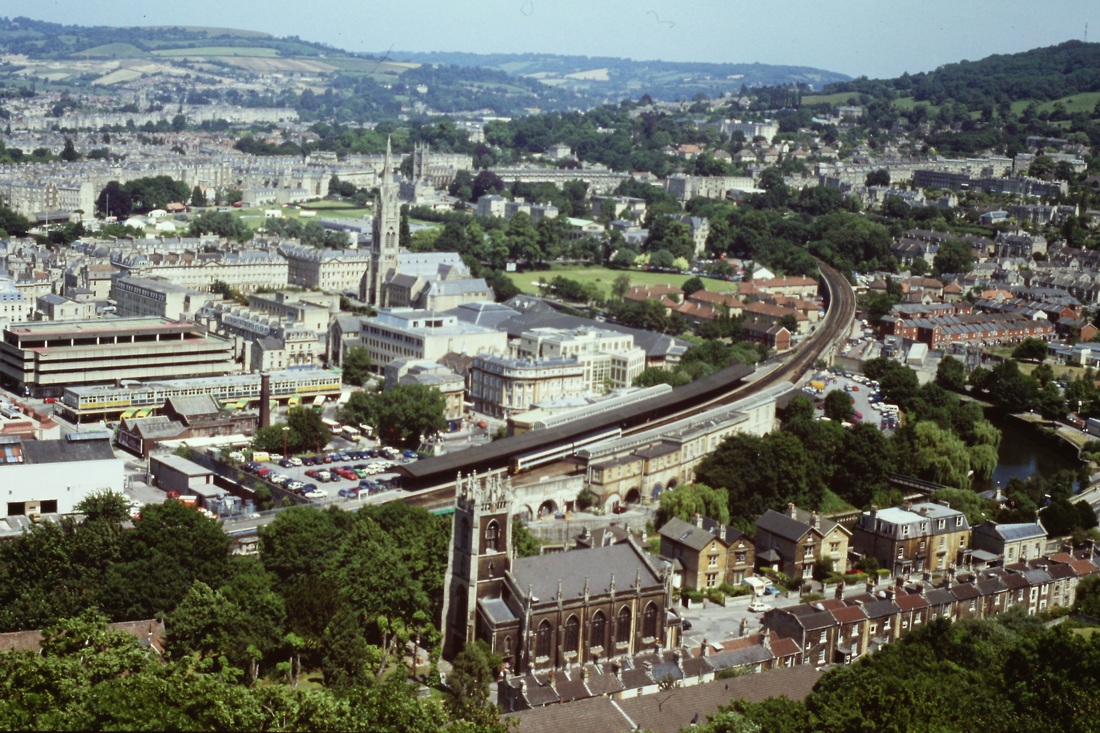
Class 158 Sprinter at Bath Station, taken from Beecham Walk. The river Avon passes under the main line twice both before and after Bath Spa station. The Kennet and Avon Canal leaves the Avon under the bridge to the extreme right in this picture and then climbs through a series of lock to continue a course more or less parallel to the main line, but higher, as far as Bathampton Junction. 27th June 1995 Copyright Roger Winnen
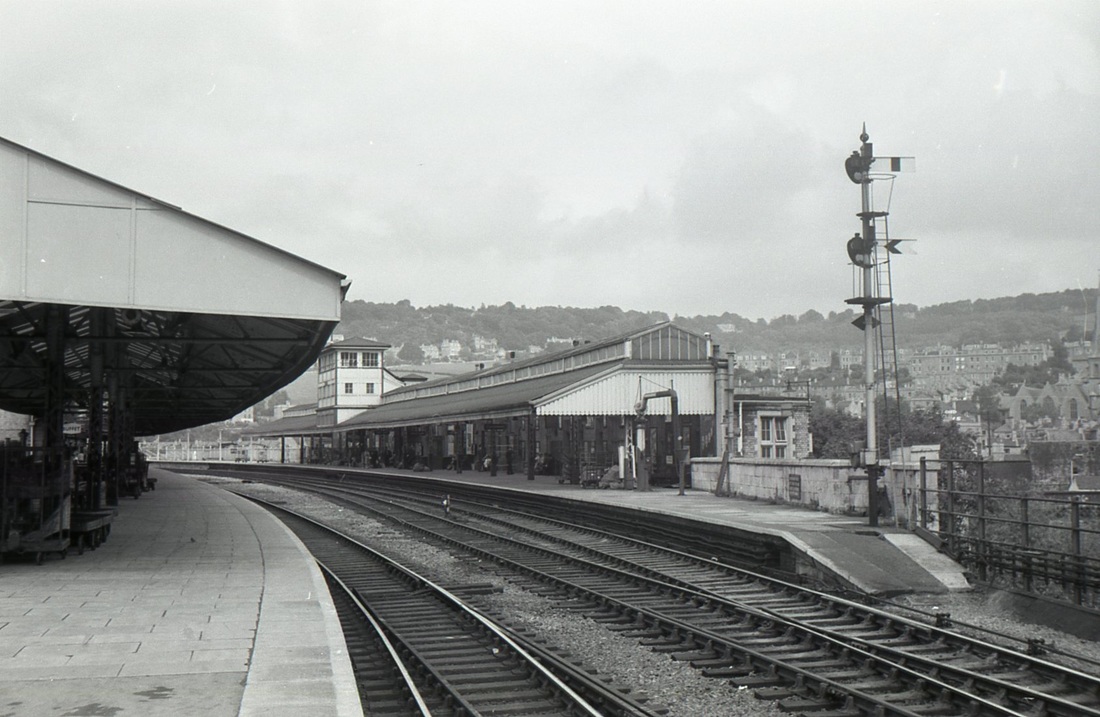
A most interesting view of Bath Spa station taken in 1965 showing the centre road and the elevated signalbox. This picture is dated June 1965 and was taken by Mike Roach, Copyright. ---- Note features such as the semaphore signalling and the water column on the down platform. Tony Cooke advises that there were at one time two through sidings between the main up and down lines.One of which was removed in 1962, The trailing connection to the up line was taken out of use in November 1962 and removed the next month.
Sydney Gardens
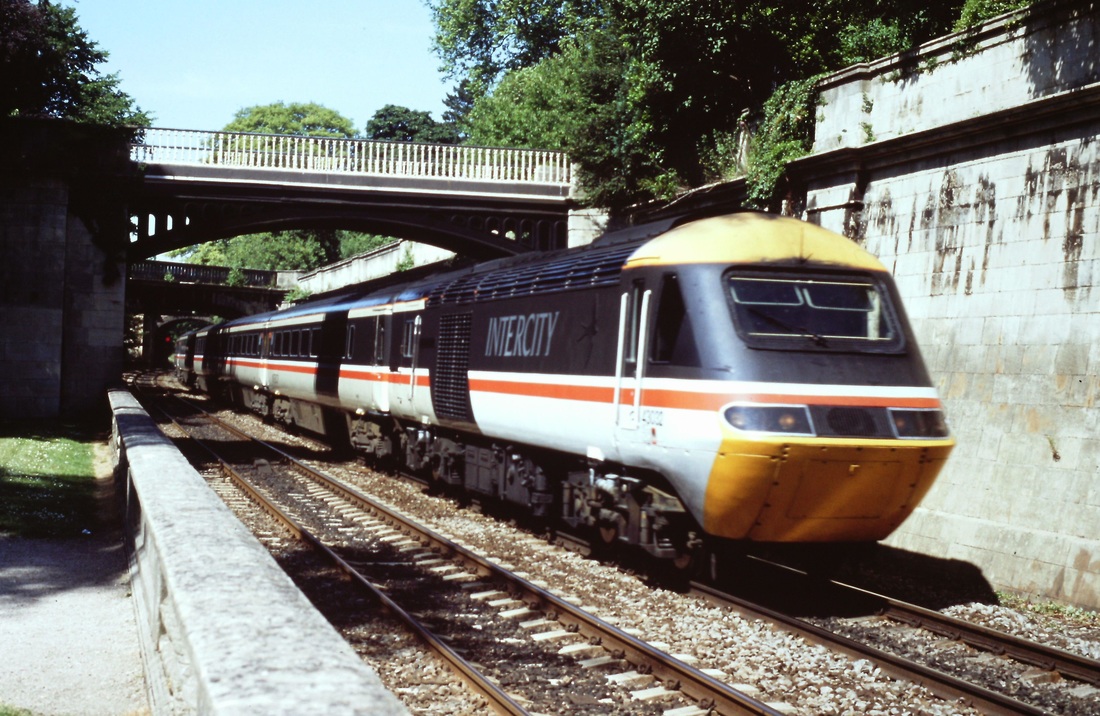
An HST on a down service heads for Bath through Sydney Gardens. The tail end is still in Sydney Gardens East tunnel. 27th June 1995 Copyright Roger Winnen. Note the elegant railings on the bridge and the general ambiance of the area. Unfortunately recently it has proved necessary to provide higher fencing alongside the wall.
Bathampton Approx thirteen and a half miles from BTM
Bathampton Junction
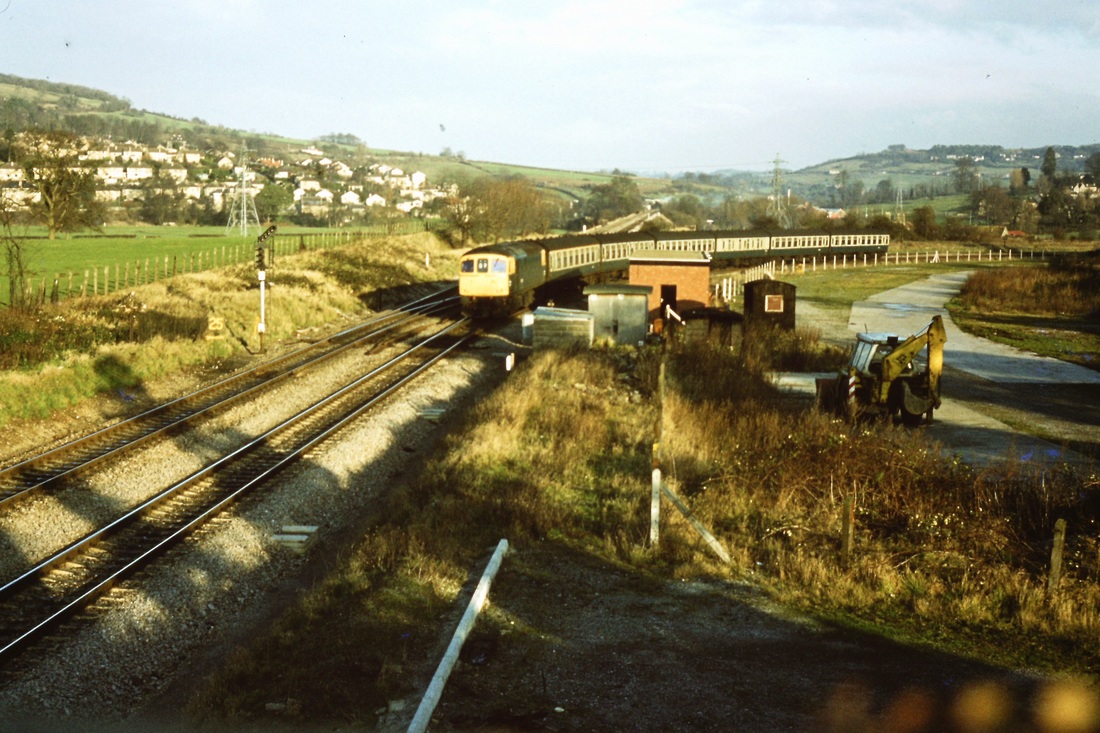
It's the 14th March 1981 as a Class 33 hauled train almost certainly from Portsmouth Harbour rounds the curve to joint the main Bristol to London line at Bathampton Junction. Yhe main line to Wotten Bassett, Swindon and London lies straight ahead, Box tunnel cuts through the distant hills. Copyright Roger Winnen
Dundas Aqueduct
Camerton Branch The branch was served by a junction to the north of Limpley Stoke. It was closed to passengers 21st September 1925 survived as a goods branch until 1951. However the line has fame in the fact that it was used for the filming of the 'Titfield Thunderbolt'.
Limpley Stoke Seventeen and a half miles from BTM
Cornwall Railway Society visit to Limpley Stoke. On the 3rd July 1999 a CRS party were 'on tour' visiting various spots in the Westbury, Bristol, Bath area when we chanced to come across an open gate which led off the by road up some steps to the preserved building at Limpley Stoke station. One of us went to see if it might be possible to visit and met the owner who welcomed us up to his station and was very pleased to see a gathering of interested folk. Many thanks to whoever that gentleman was.
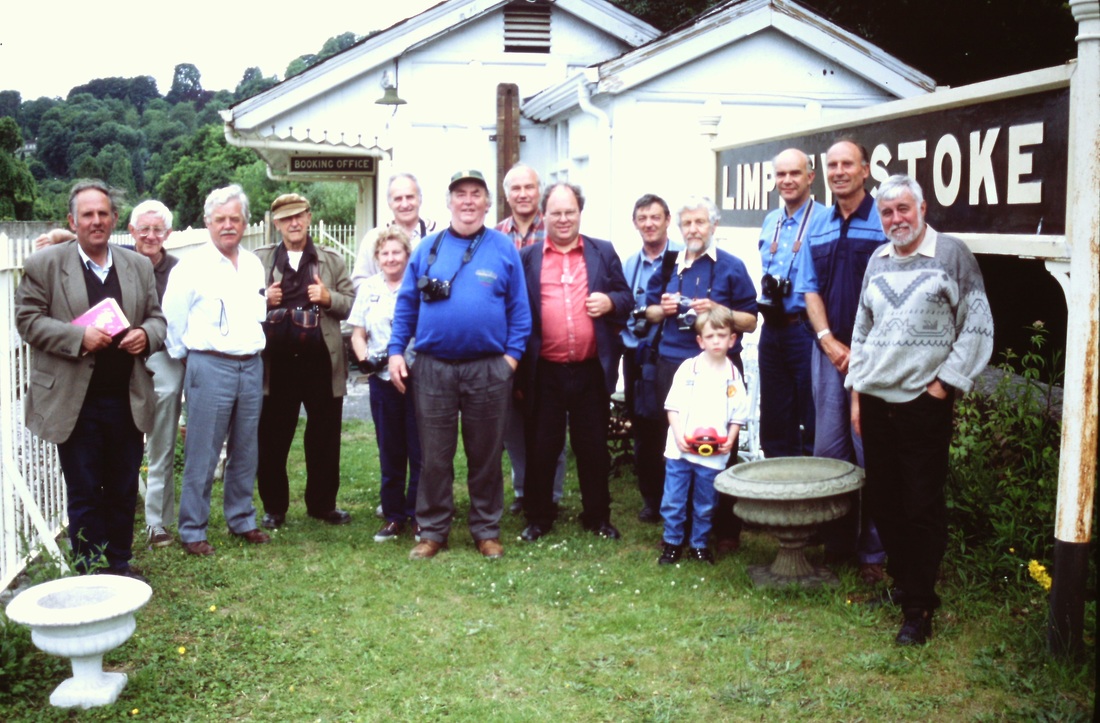
The complete minibus party at Limpley Stoke on 3rd July 1999. For once Roger Winnen is in front of the camera - seen here to the extreme left. Roger has over many years organised the outdoor events for the CRS, a service for which we are extremely grateful. We are also grateful to the owner of the station who took this photograph using Rogers camera.
Freshford Eighteen and a half miles from BTM
Avoncliff Nineteen and three quarter miles from BTM
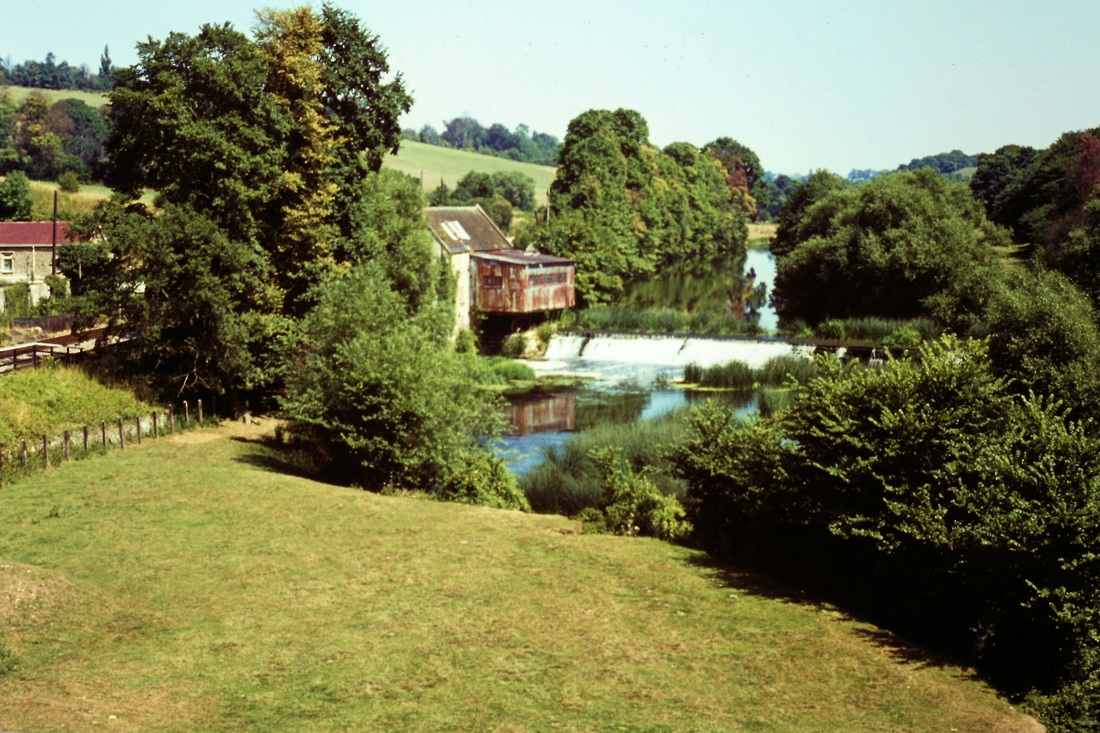
Ever been to Avoncliff? It really is a delightful place, about a mile or so down stream from Bradford on Avon located on a cul-de-sac so very little traffic. Here you have the River Avon, and the Avoncliffe Aquaduct, passing canal traffic and of course trains - the end of the platform can just be seen to the left. So sit here for a while enjoy your sandwiches, or visit the pub just over to the right. There is a pleasant walk either way along the bank of the Kennet and Avon Canal. Roger sums up the scene in this deligtful photograph. 7th August 1975 Copyright Roger Winnen
Bradford on Avon Twenty one and quarter miles from BTM
Bradford tunnel 159 yards followed by Greenland Mill Half barrier crossing
Bradford Junctions
Some two miles south of Bradford on Avon lay a triangular junction known as Bradford Junctions. The junction joins the Wilts, Somerset and Weymouth railway to Westbury (O 1848) with the Westbury to Bath line (O 1857). A link line, the Bradford on Avon Loop opened in 1895, this being an early casualty closing in XXXXX. The individual junctions being named West, South and North. The North being at the junction of the lines from Bradford on Avon and those towards Melksham and Thingley. Each of these junctions had, at one time, an individual signalbox. The functions of these three boxes being taken over on the 2nd May 1933 by a single box called Bradford Junction located on the Thingley curve. It is recommended that you take a look at Google Earth at 50 deg 20' 20.49" North and 2 deg 12' 41.77 East which will bring you to the centre of the triangle and give an aerial view of no less that three trains. (Or simply 'key in' Trowbridge - the triangle is to the NW). Two passenger trains are on the Bradford Curve and one empty stone train waiting on the Thingley curve. Also visible is the empty trackbed of the Bradford on Avon Loop. The aqueduct which carries the Kennet and Avon Canal over the metals about a quarter of a mile south of the south junction provides a good observation point for some of the activities as can be seen below.
Some two miles south of Bradford on Avon lay a triangular junction known as Bradford Junctions. The junction joins the Wilts, Somerset and Weymouth railway to Westbury (O 1848) with the Westbury to Bath line (O 1857). A link line, the Bradford on Avon Loop opened in 1895, this being an early casualty closing in XXXXX. The individual junctions being named West, South and North. The North being at the junction of the lines from Bradford on Avon and those towards Melksham and Thingley. Each of these junctions had, at one time, an individual signalbox. The functions of these three boxes being taken over on the 2nd May 1933 by a single box called Bradford Junction located on the Thingley curve. It is recommended that you take a look at Google Earth at 50 deg 20' 20.49" North and 2 deg 12' 41.77 East which will bring you to the centre of the triangle and give an aerial view of no less that three trains. (Or simply 'key in' Trowbridge - the triangle is to the NW). Two passenger trains are on the Bradford Curve and one empty stone train waiting on the Thingley curve. Also visible is the empty trackbed of the Bradford on Avon Loop. The aqueduct which carries the Kennet and Avon Canal over the metals about a quarter of a mile south of the south junction provides a good observation point for some of the activities as can be seen below.
Bradford West Junction Twenty three and a quarter miles from BTM
Bradford South Junction Plus two chains on the west mileage
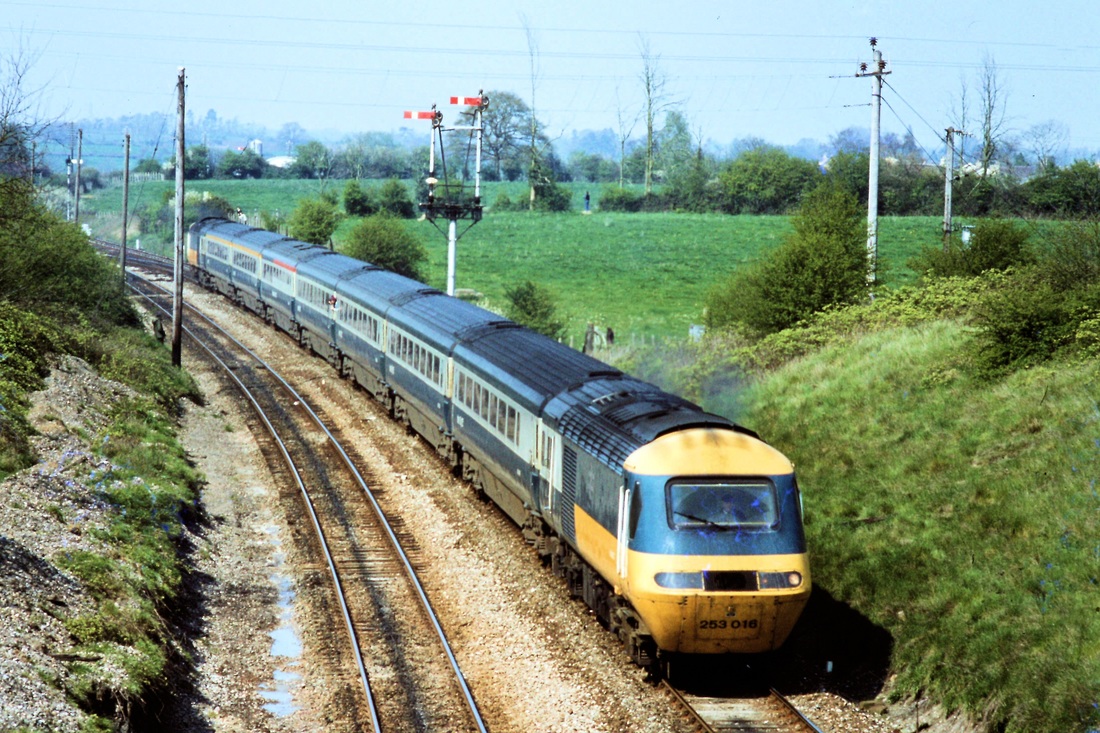
The down service has now joined the line from Bathampton Junction and will continue via Trowbridge and Westbury. Of the two bracket signals facing the phtographer the higher one indicates a higher line speed for the route towards Thingley Junction rather than that around the sharp curve towards Bradford on Avon and Bathampton. Copyright Roger Winnen.
Bradford Junction. Approx 108 miles 23 chains from London
The box and a diversion along to Thingley Junction
The box and a diversion along to Thingley Junction
We now divert to follow the route to Tingley Junction.
Staverton Halt 103 miles seventy three chains from London
Holt Junction 102 miles 58 chains from London
Closed passengers 18th April 1966 Closed to goods 7th October 1963
Was the junction for a line through to Devizes and Patney & Chirton which closed along with Holt on the 18th April 1966.
Closed passengers 18th April 1966 Closed to goods 7th October 1963
Was the junction for a line through to Devizes and Patney & Chirton which closed along with Holt on the 18th April 1966.
Brougton Gifford 101miles 56 chains from London
Opened October 1905 Closed 7th February 1965
Opened October 1905 Closed 7th February 1965
Melksham - on route to Thingley Junction. One hundred milesand fourteen chains from London
Courtesy Wilkipedia :- Melksham railway station serves the town of Melksham and It is on the a branch line from Thingley Jct to Trowbridge hat was originally part of the Wilts, Somerset and Weymouth railway absorbed in 1850 by the GWR
The station opened with the original section of the line between Thingley Junction and Westbury on 5th September 1848. British Rail closed the station in 1966 but reopened it in 1985. The station had a siding which gave access to the former Wiltshire United Dairies and creamery allowing access for milk trains. After its closure the dairy was converted into an industrial estate.
The station opened with the original section of the line between Thingley Junction and Westbury on 5th September 1848. British Rail closed the station in 1966 but reopened it in 1985. The station had a siding which gave access to the former Wiltshire United Dairies and creamery allowing access for milk trains. After its closure the dairy was converted into an industrial estate.
Beanacre 98 miles 75 chains from London
Lacock 97 miles 12 chains from London
Thingley Junction Junction with the main London - Bristol, via Bath line.
------------------------------------------------------------------------
Trowbridge (Back on our main route to Westbury) Twenty four miles from BTM
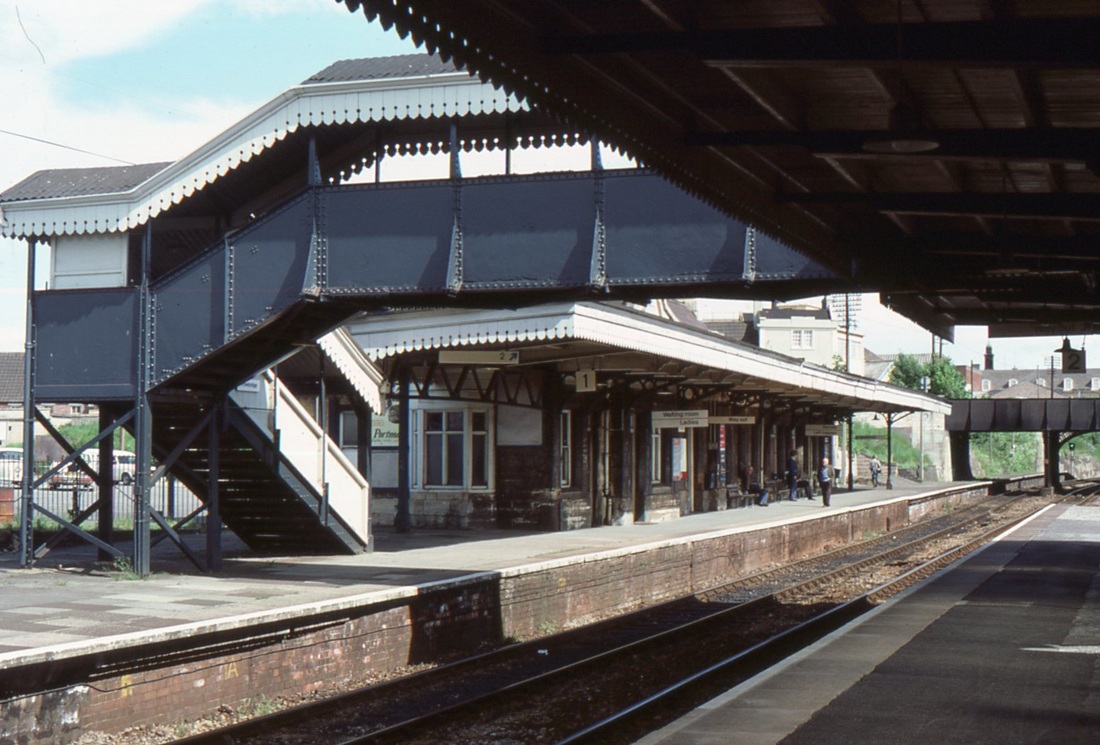
Trowbridge in all its glory, now the station building is a shadow of this structure. We're looking towards Westbury. However better things have happened on the other platform. 2nd June 1984 Copyright Mike Roach N.B. It is pleasing to note that this footbridge has found fresh use at Williton on the West Somerset. Quote Chris Osment.
Hawkeridge Junction
Westbury Twenty eight miles from BTM
Westbury avoiding lines
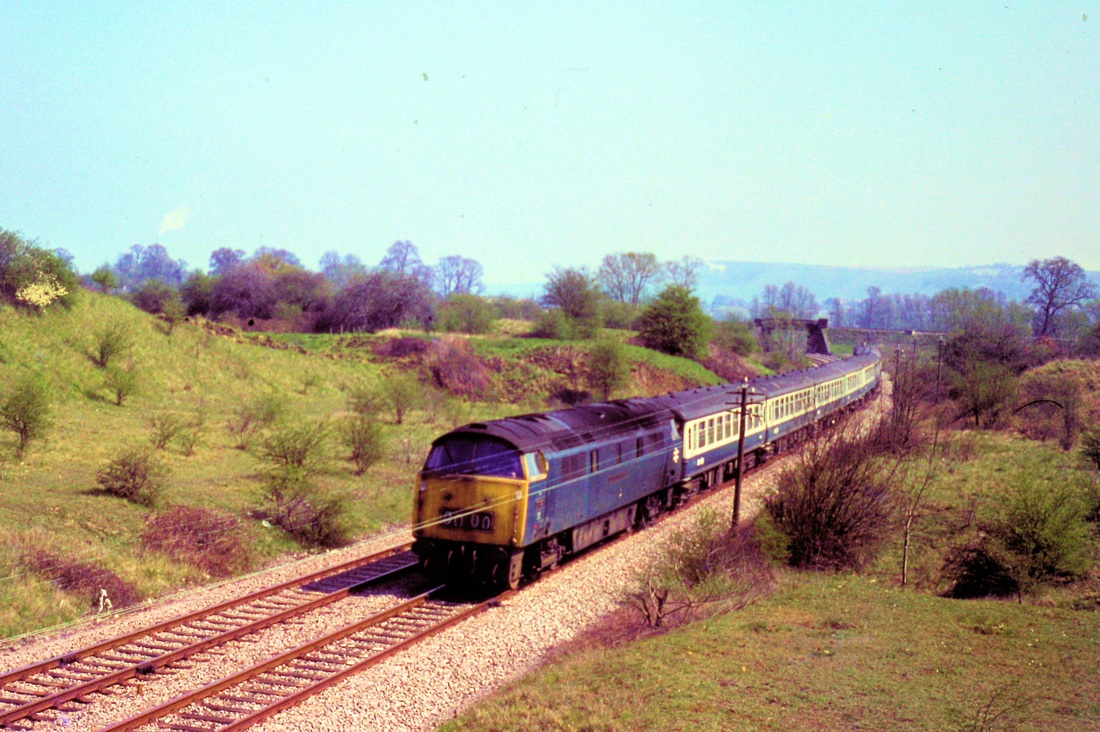
In the Salisbury to Westbury line crosses over the Westbury avoiding line on the Berks Hants. A Western hauls a down service, next stop probably Taunton. The date 21st April 1976 N.B. the Westbury two and a quarter mile long avoiding line between Heywood Road junction (nearer London) and Fairwood Junction was opened in 1933. Copyright Roger Winnen
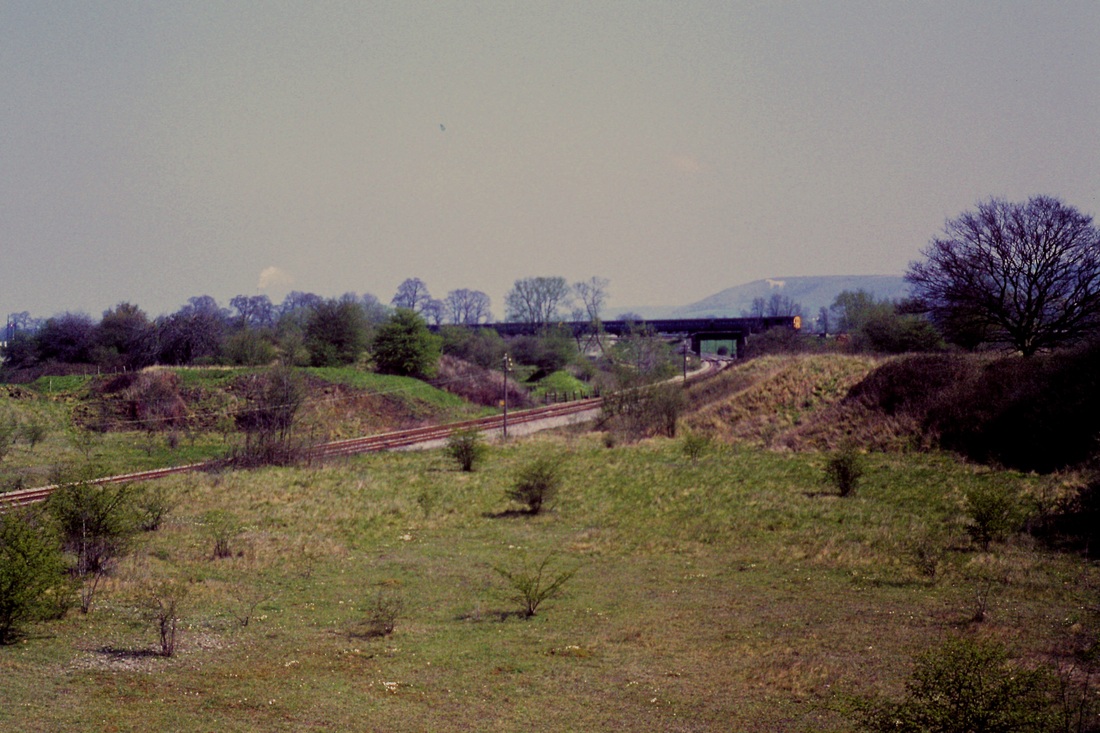
The white horse gazes down from his perch on the hills, in the foreground a freight train bound for Salisbury crosses over the west of England main line. The crescent shape, centre left of the picture over the trees is not an early Moon but a plume of steam from the cement works beyond Westbury. 21st April 1976. Copyright Roger Winnen
Dilton Marsh Twenty nine and a quarter miles from BTM
Warminster Thirty two and three quarter miles from BTM
Heytesbury Thirty six and a half miles from BTM
Upton Lovell Level Crossing
Codford Thirty eight and three quarter miles from BTM
Sherrington Level Crossing
Wylye Thirty eight miles from BTM
Wishford Forty seven miles from BTM
Wilton North (GW) Fifty miles from BTM
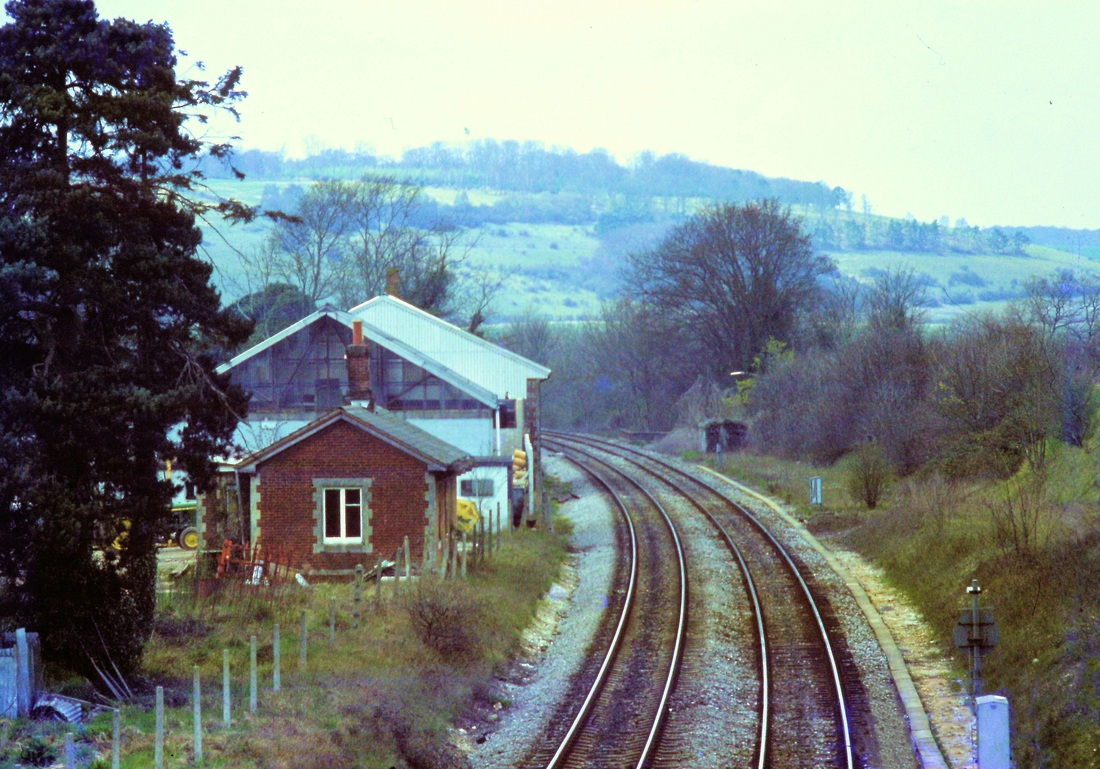
Wilton North, the GW station closed on the 19th September 1955, its neighbour on the Southern, just a quarter of a mile away, closed almost eleven years later on 7th March 1966. The GW station building and goods shed survive - the goods not being withdrawn until 6th September 1965. This view 10th April 1980. Copyright Roger Winnen.
Quidhampton Quarry
It is owned by Imerys and produced chalk and china clay until its closure in 2009. Wilkipedia
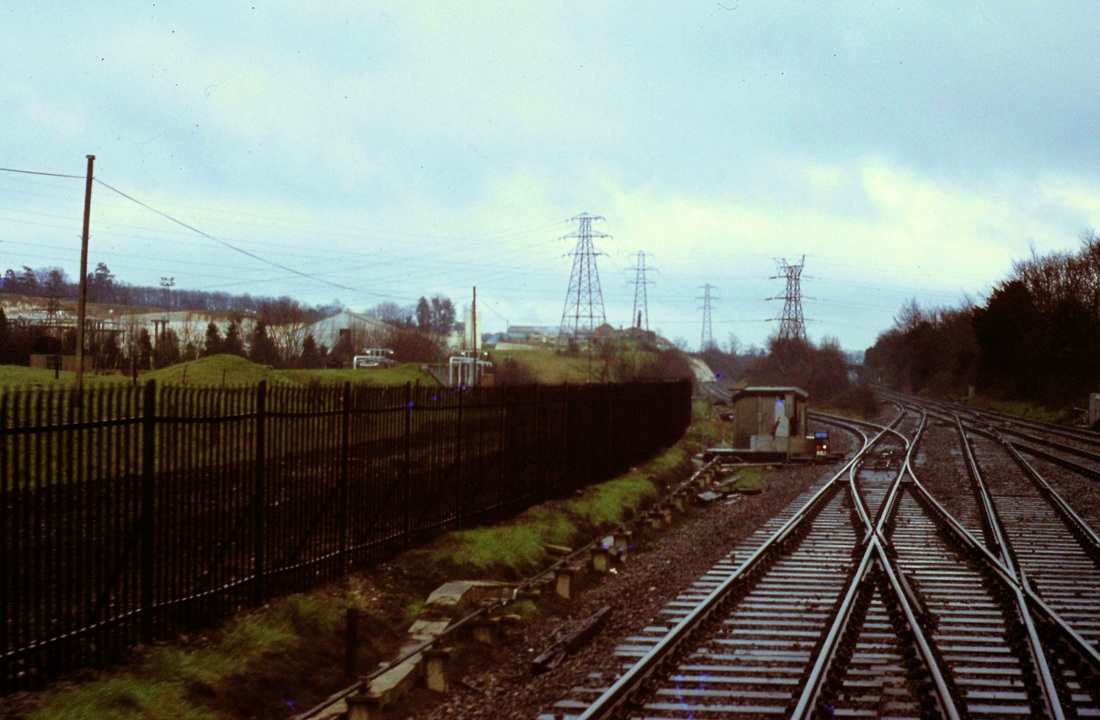
Wilton Junction is the junction between the two main lines, that from Westbury in the foreground merging with the double track line from Yeovil and Exeter which can be seen at the right hand side of the picture. The crossover in the foreground was used for train accessing Quidhampton Quarry which was rail served via a siding off the main line to the left. 31st March 1978 Copyright Roger Winnen
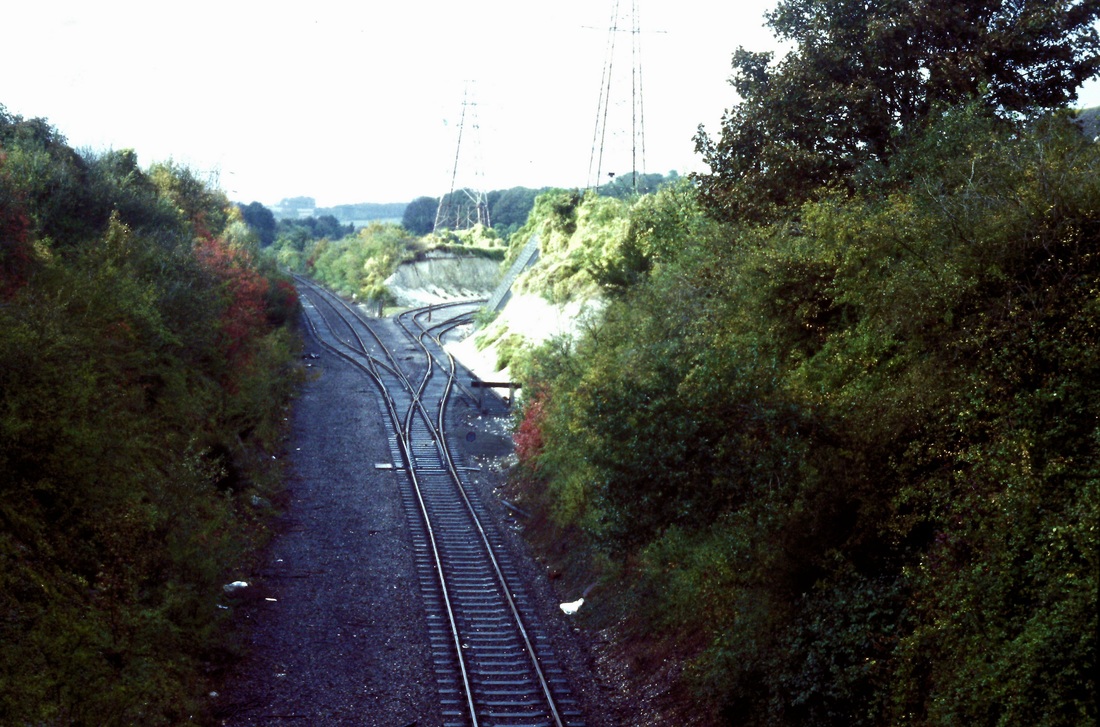
We are looking back towards the connection with the National Network at Wilton Junction. The metals to the right lead into the quarry itself. A run round loop is visible which leads into a single track before the main line connection. This alignment was formerly the double track main line from Westbury leading from Wilton North direct to the GW terminal at Salisbury. This picture taken 31st March 1978. Copyright Roger Winnen.
Salisbury Fifty two and half miles from BTM
Note from Chris Osment ;- The pictures below are of, in, or taken from the ex-GWR ‘C’ box at Salisbury. At the time the signalling controlled from it was being rationalised, with the lever-frame being reduced from 96 to 65 levers, with ‘work in progress’ during my visit, hence both the ‘old’ and (not yet in use) ‘new’ box diagrams on display.
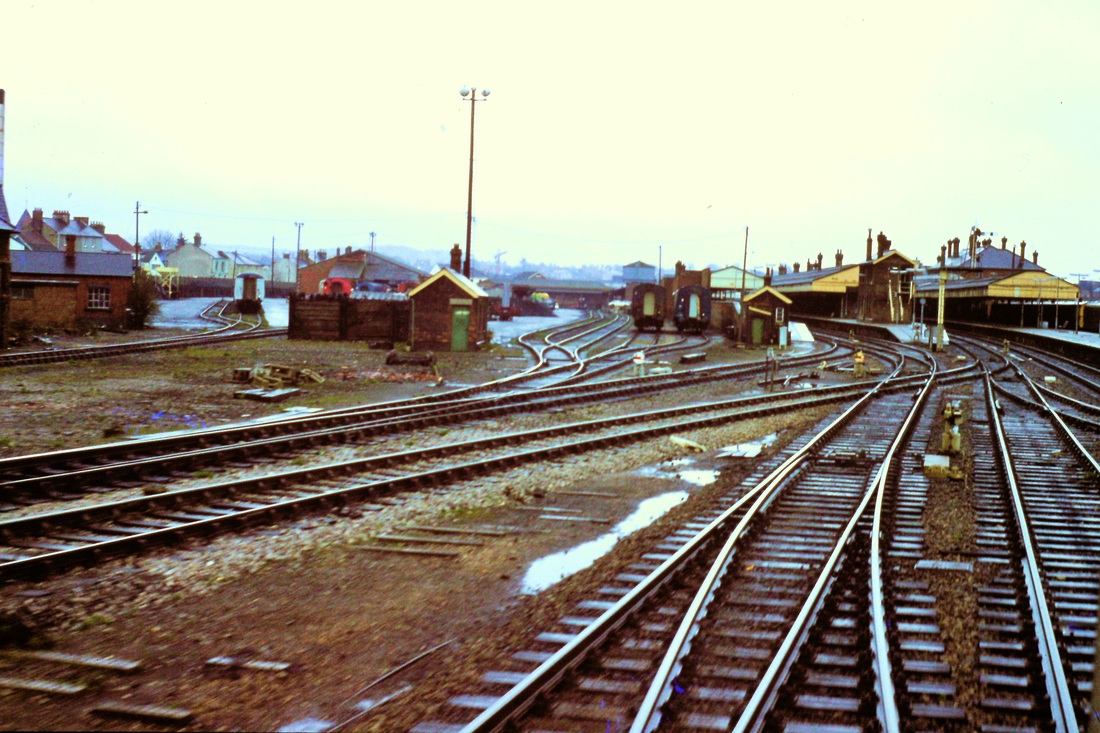
One of Rogers 'out of the back window shots' from a train departing Salisbury on the 31st March 1978. Here one sees the area now occupied by the South West Trains depot. Indeed one can see right up to the GWR terminal buildings. The GWR station closed to passengers on the 12th September 1932. Copyright Roger Winnen
